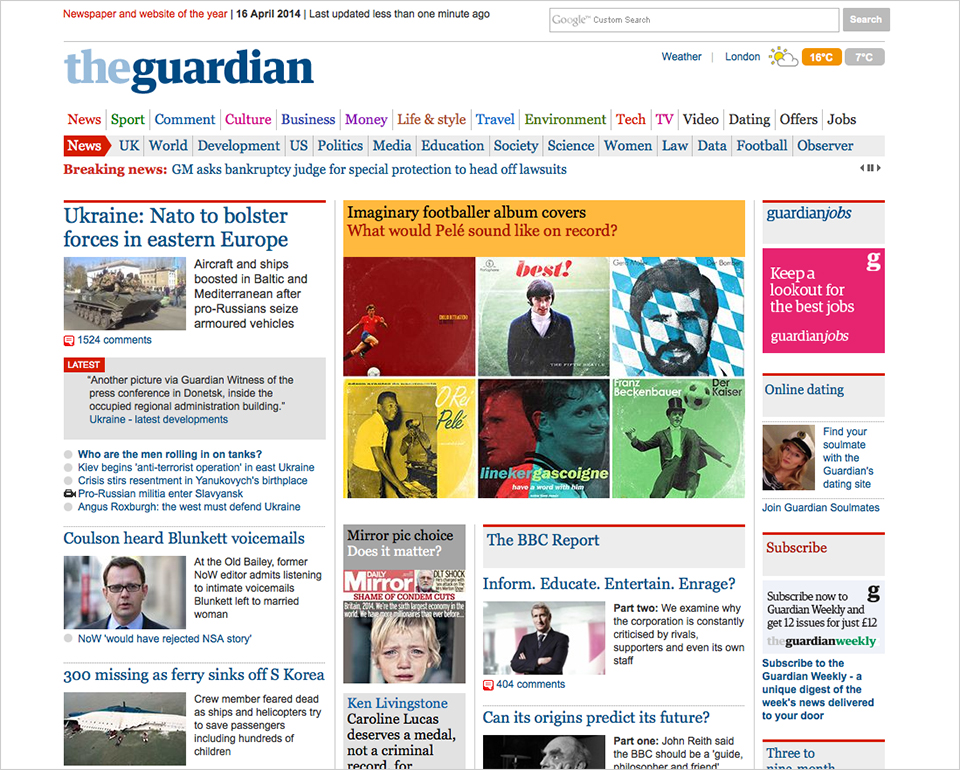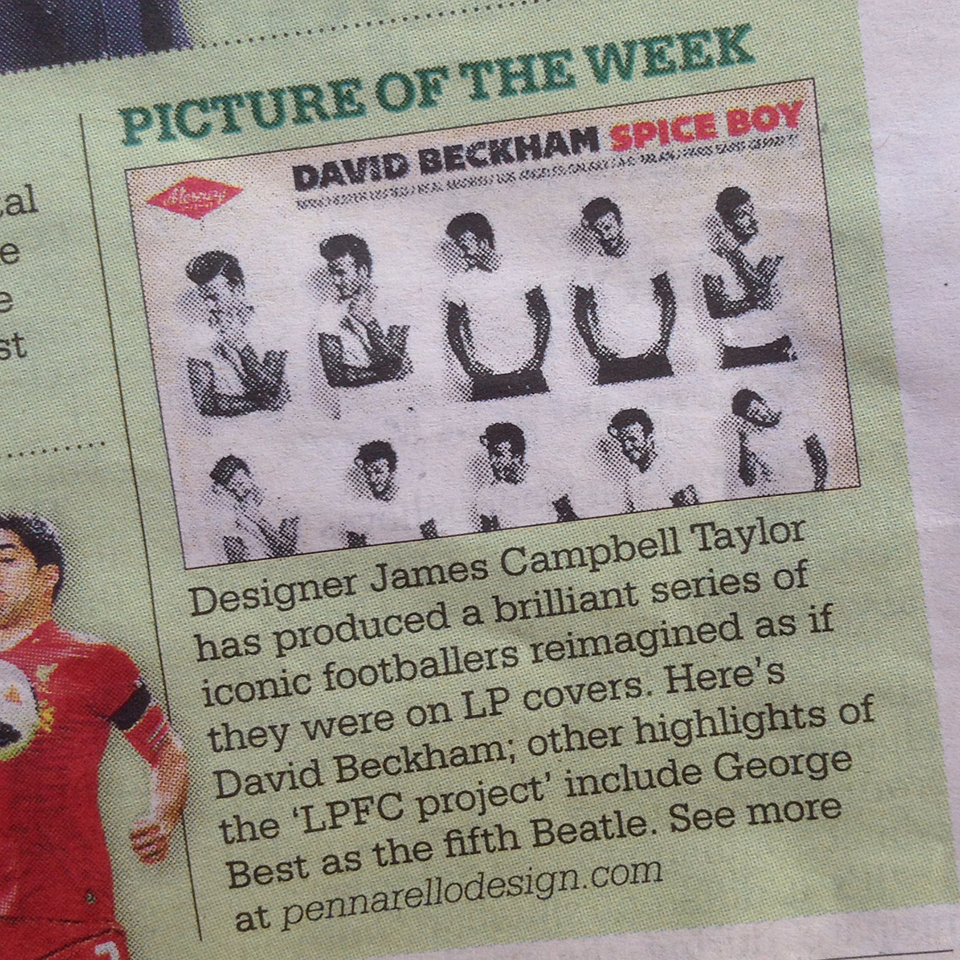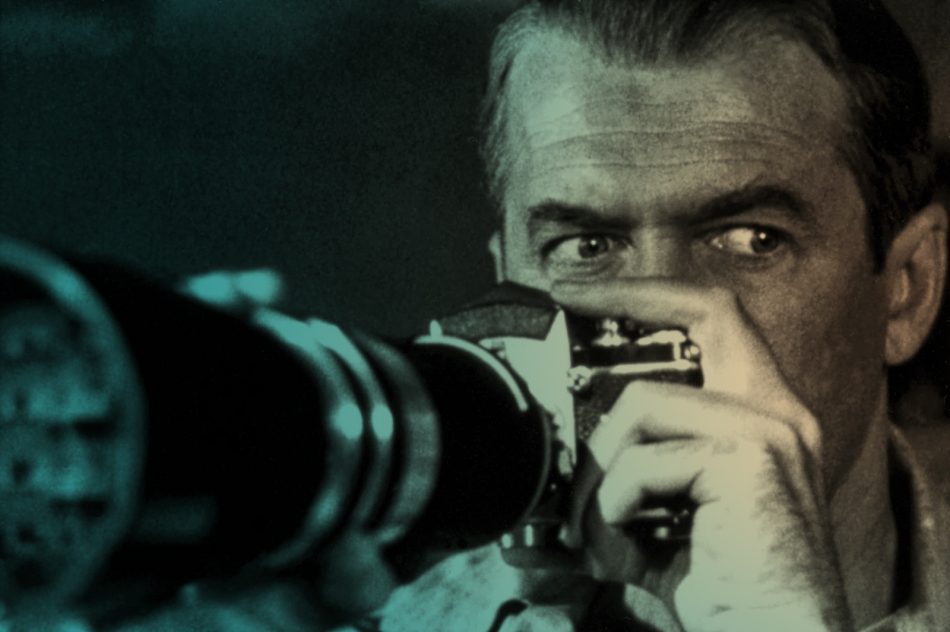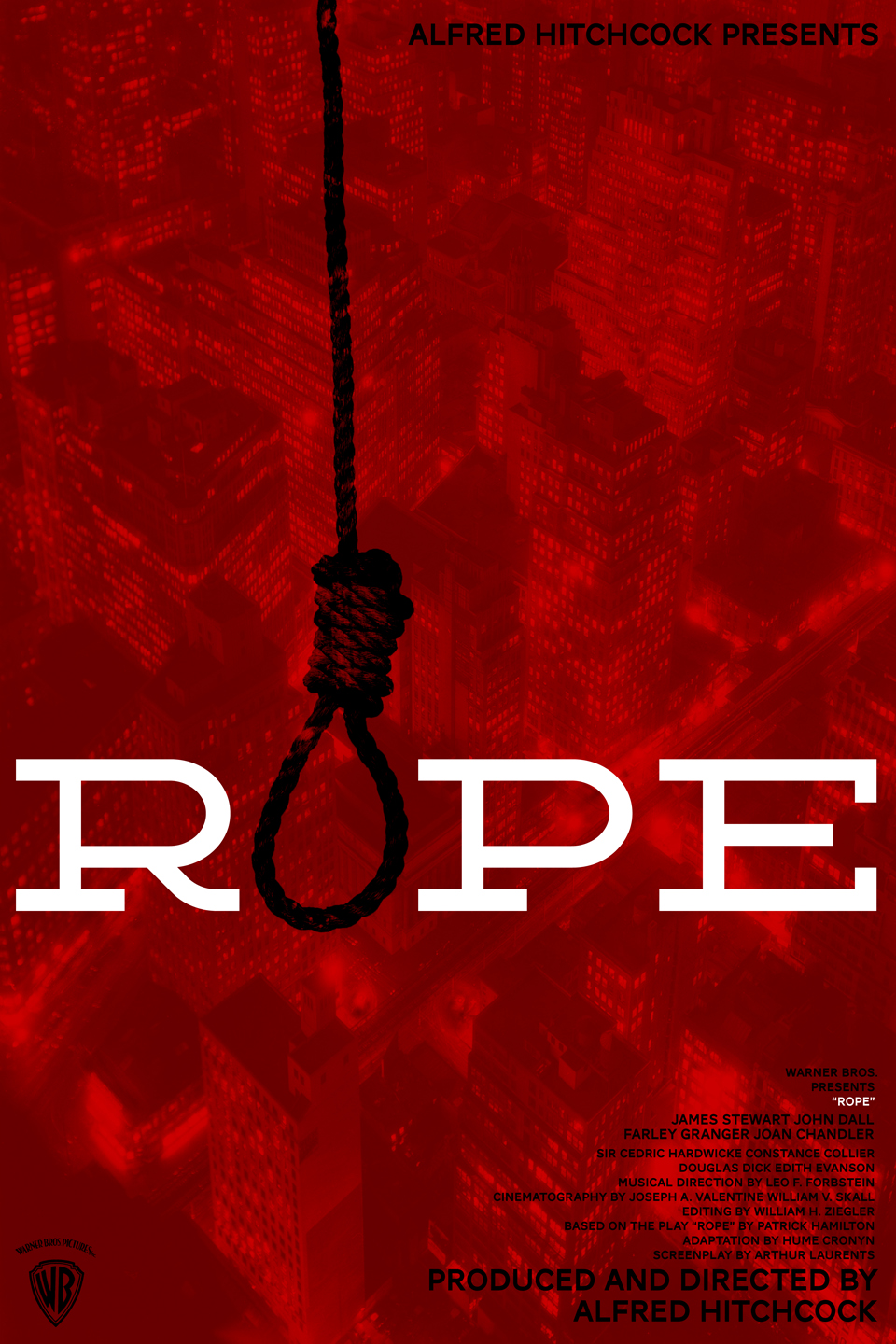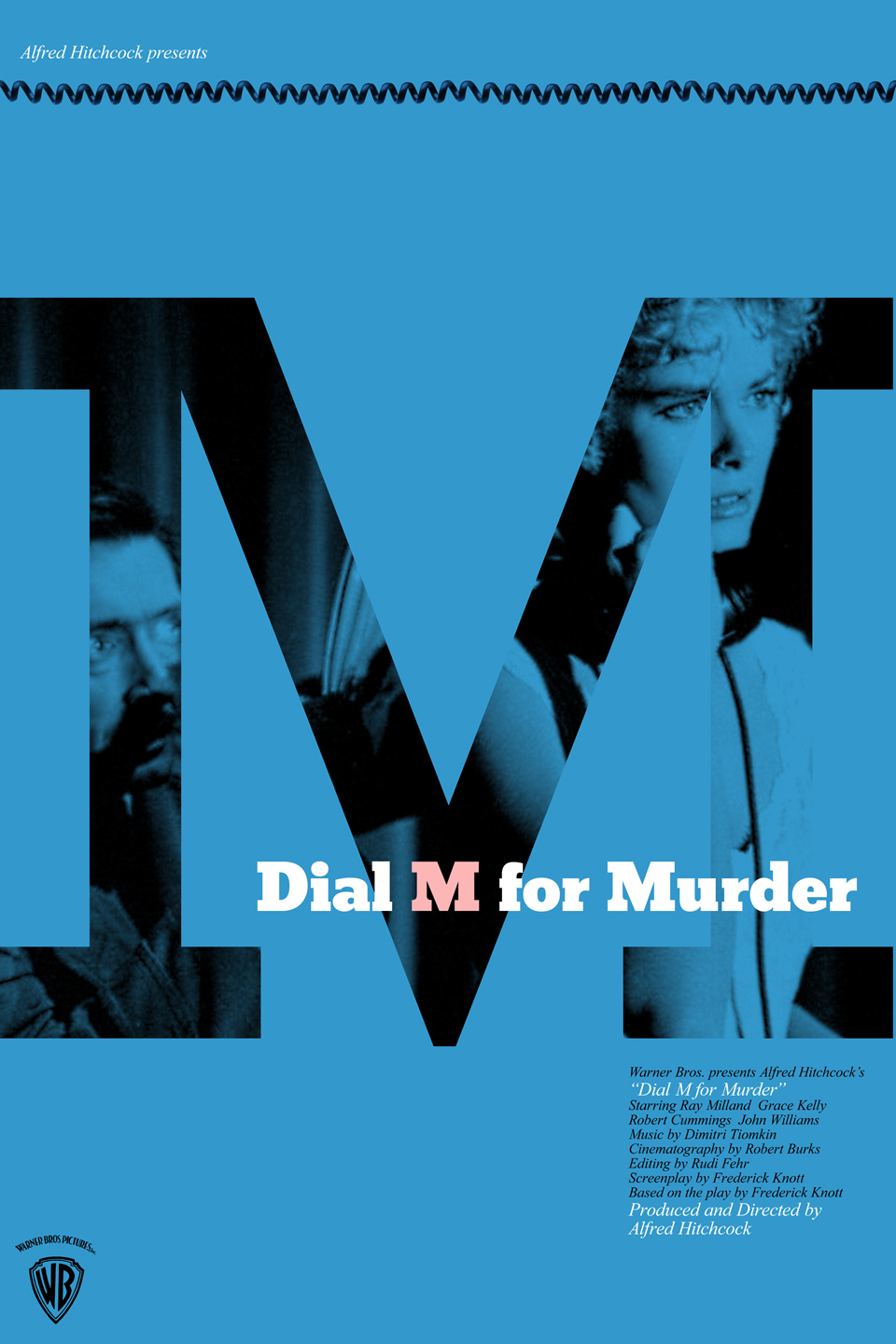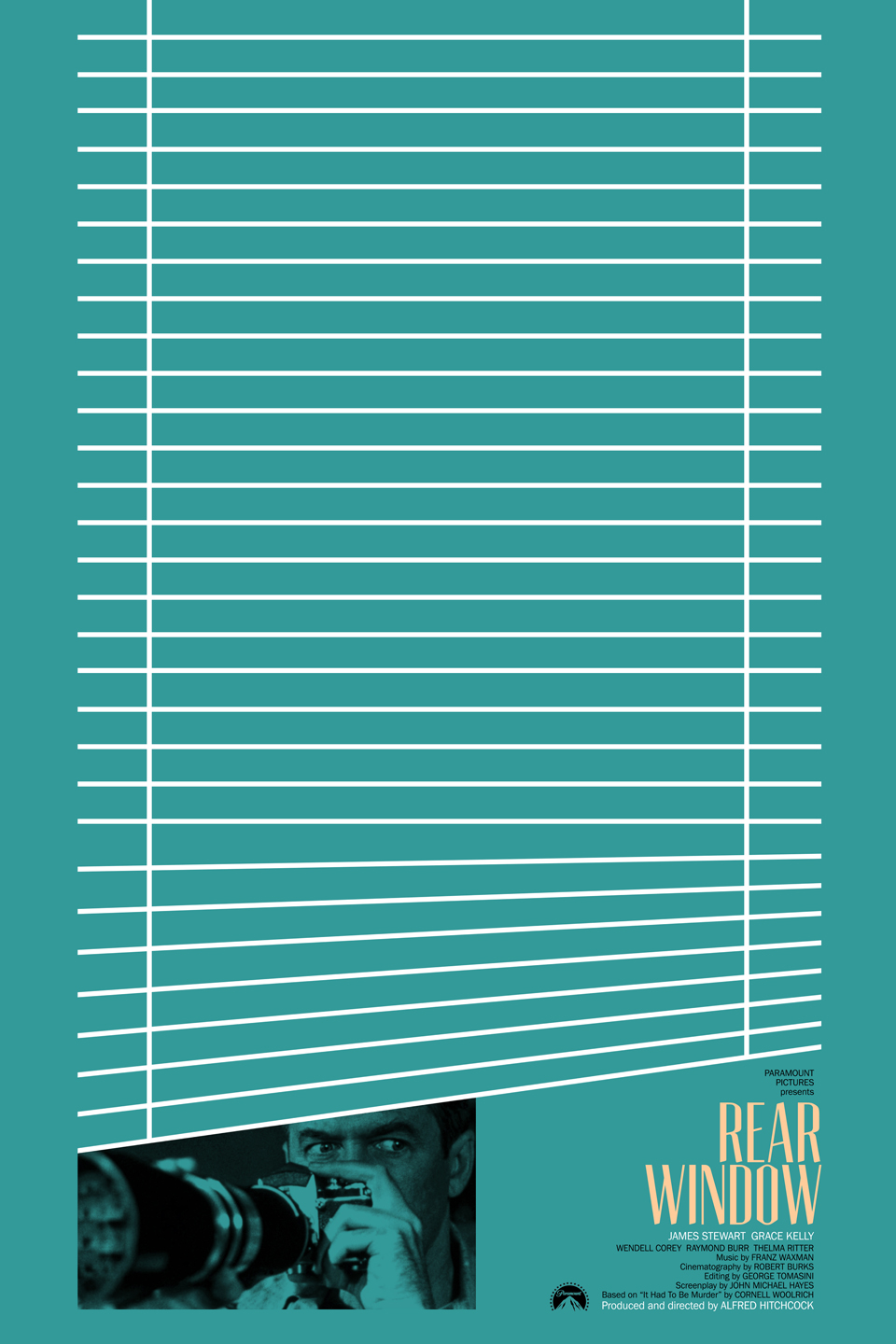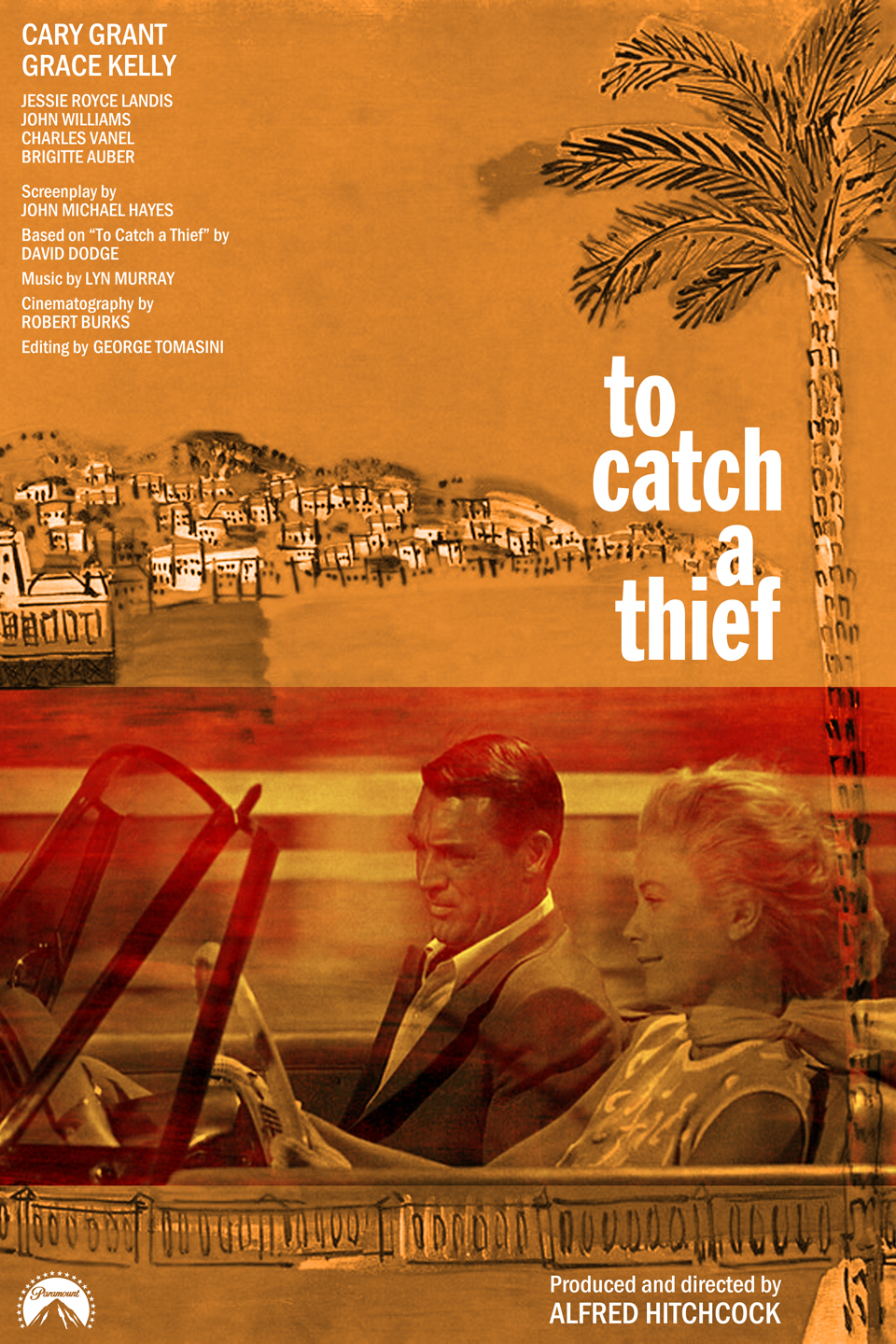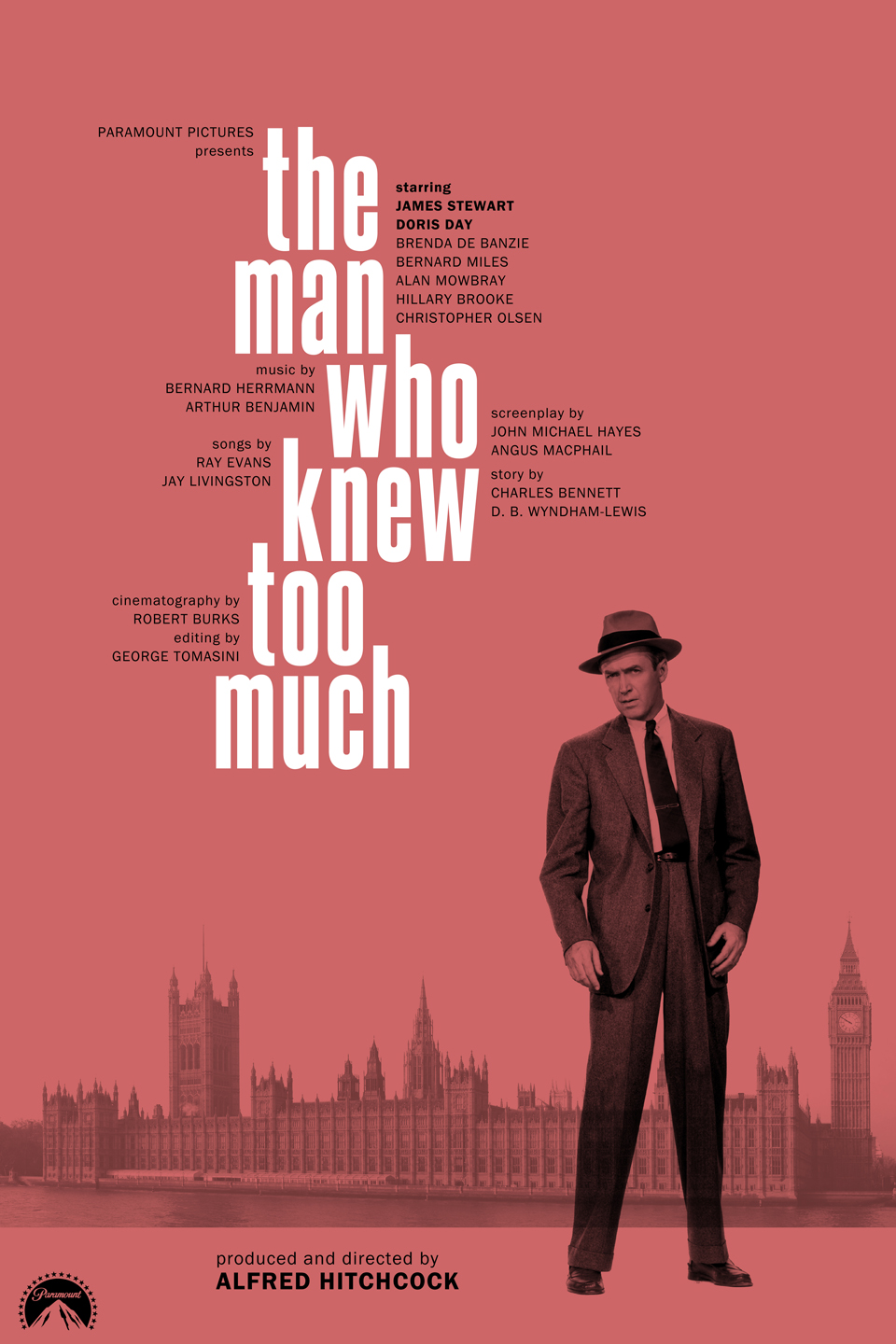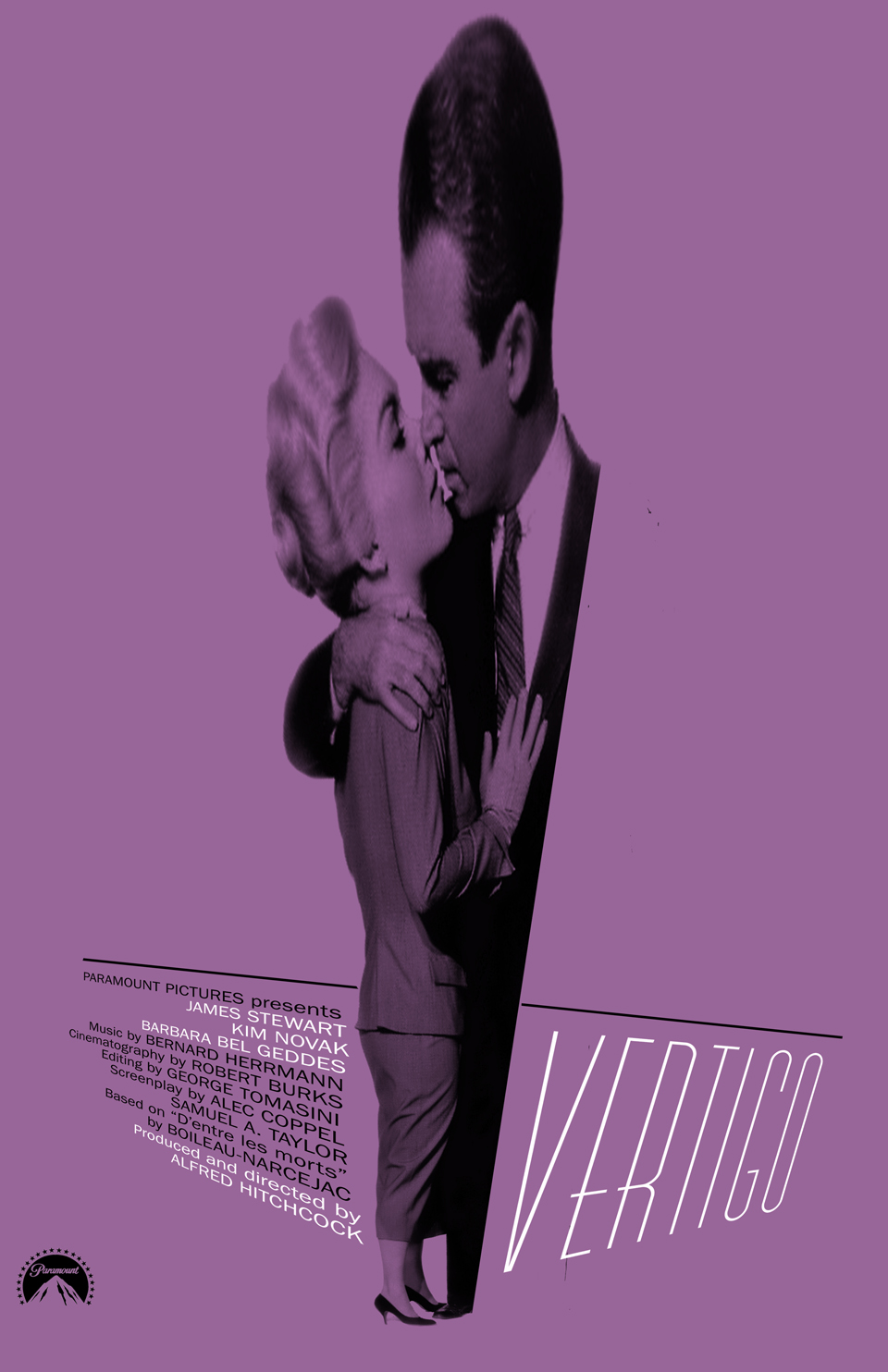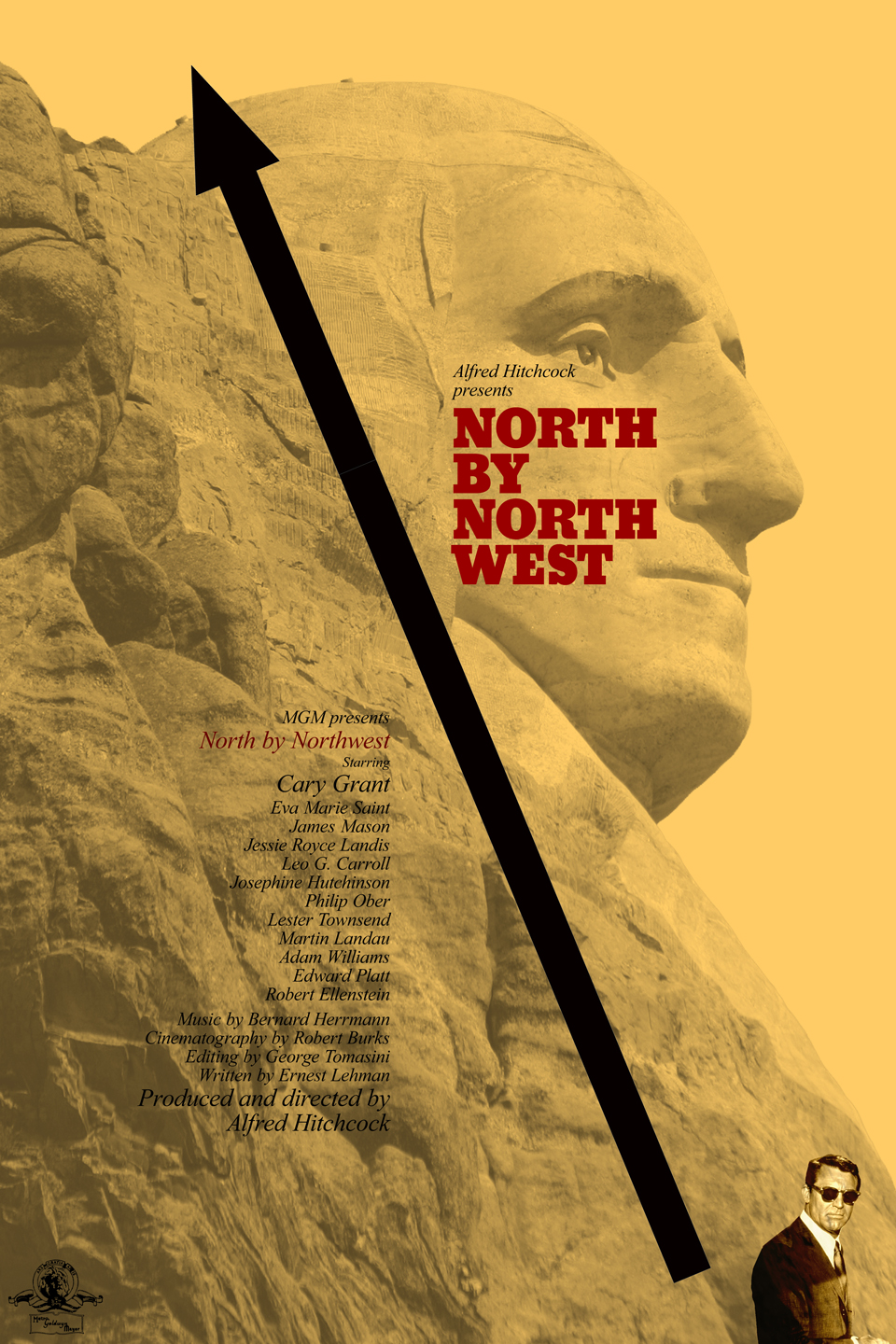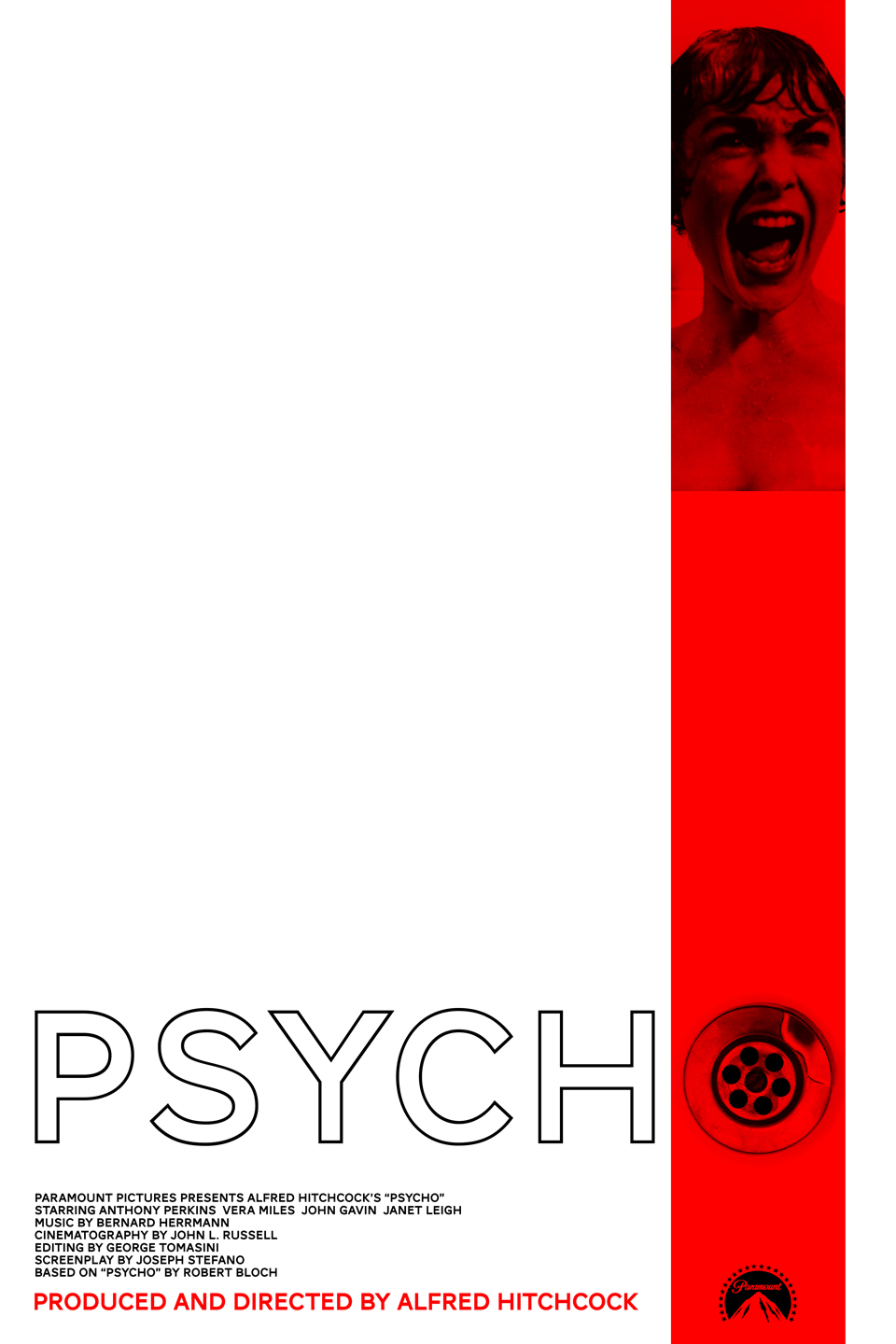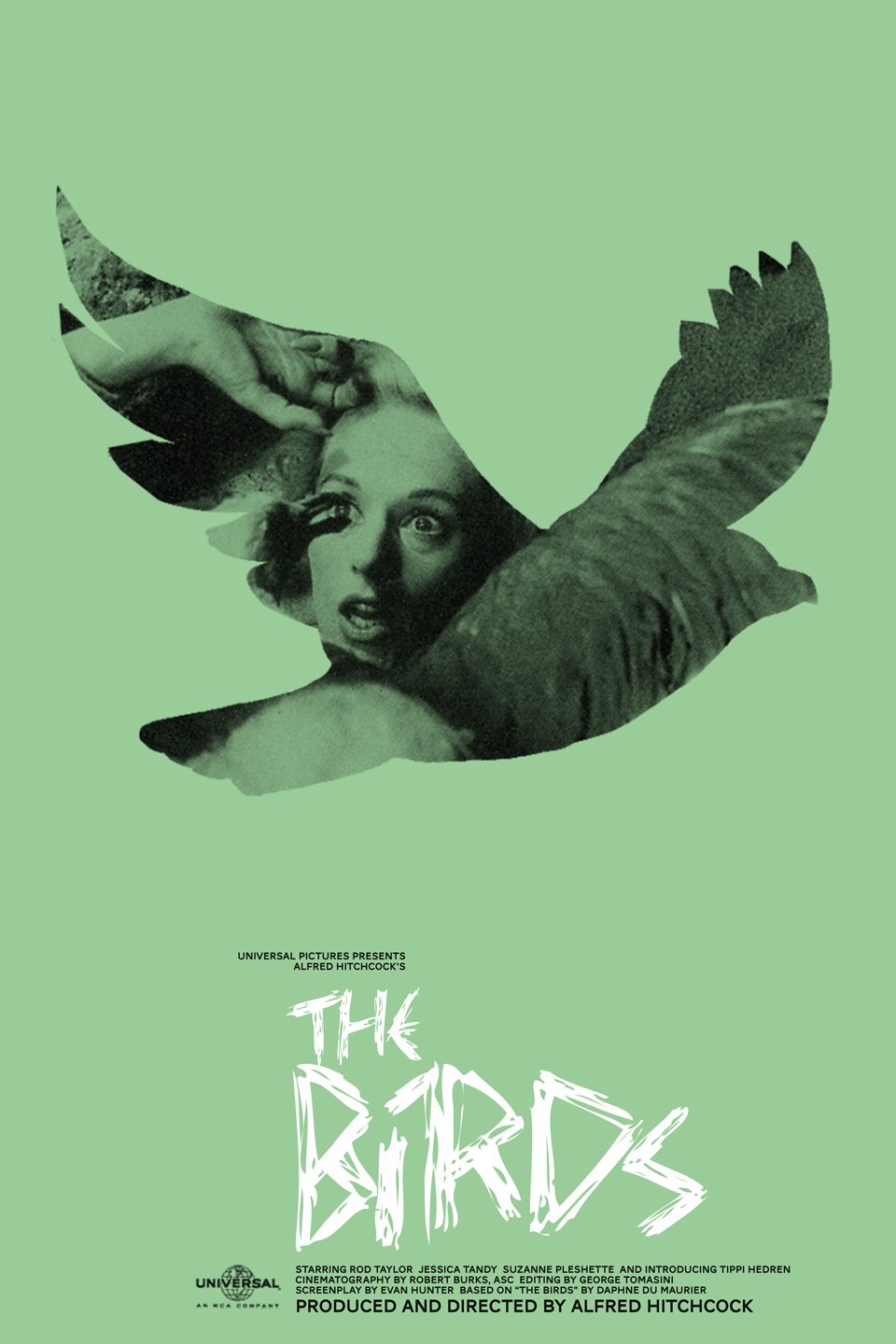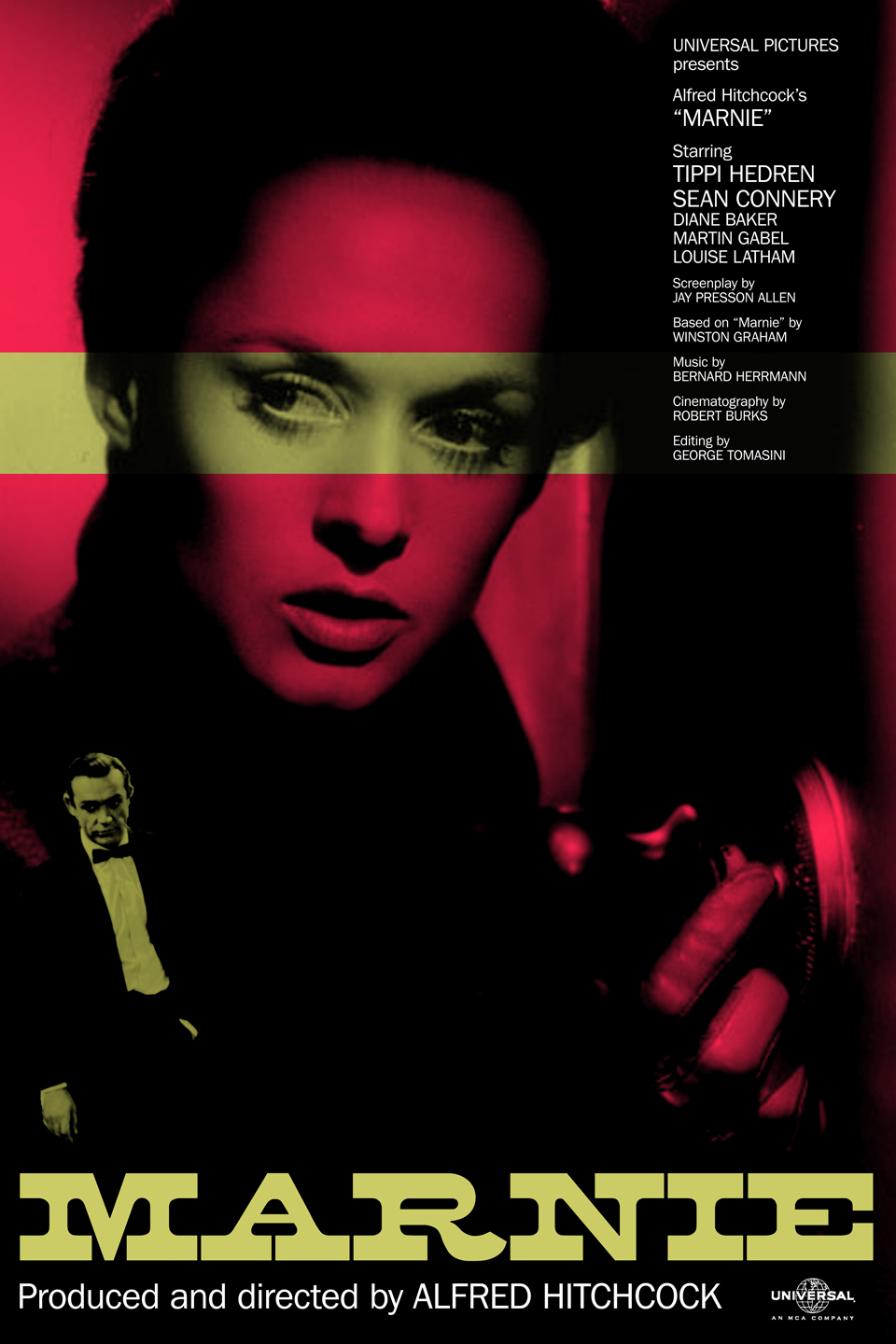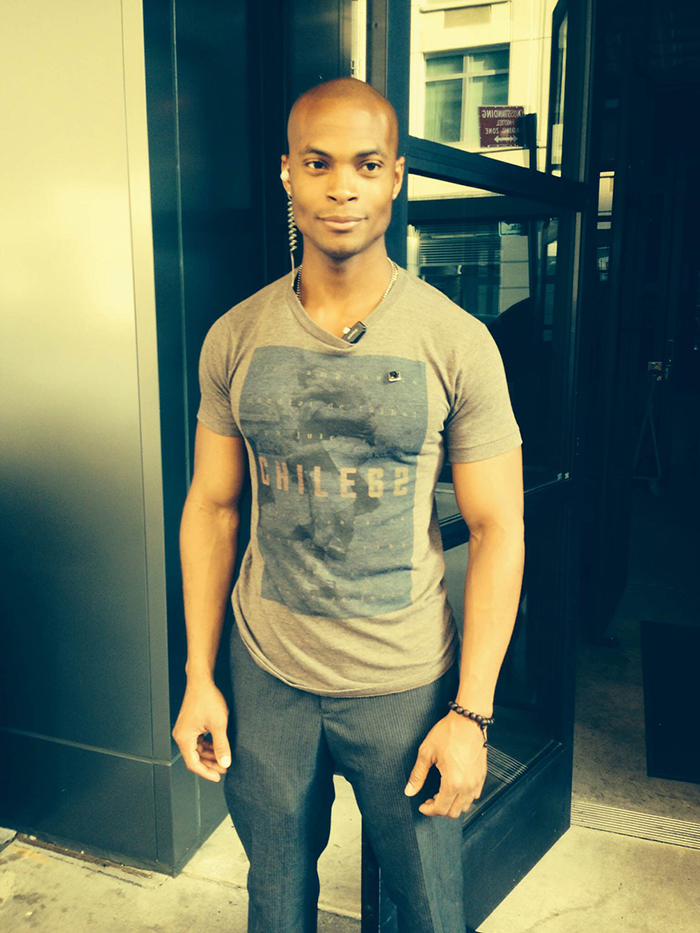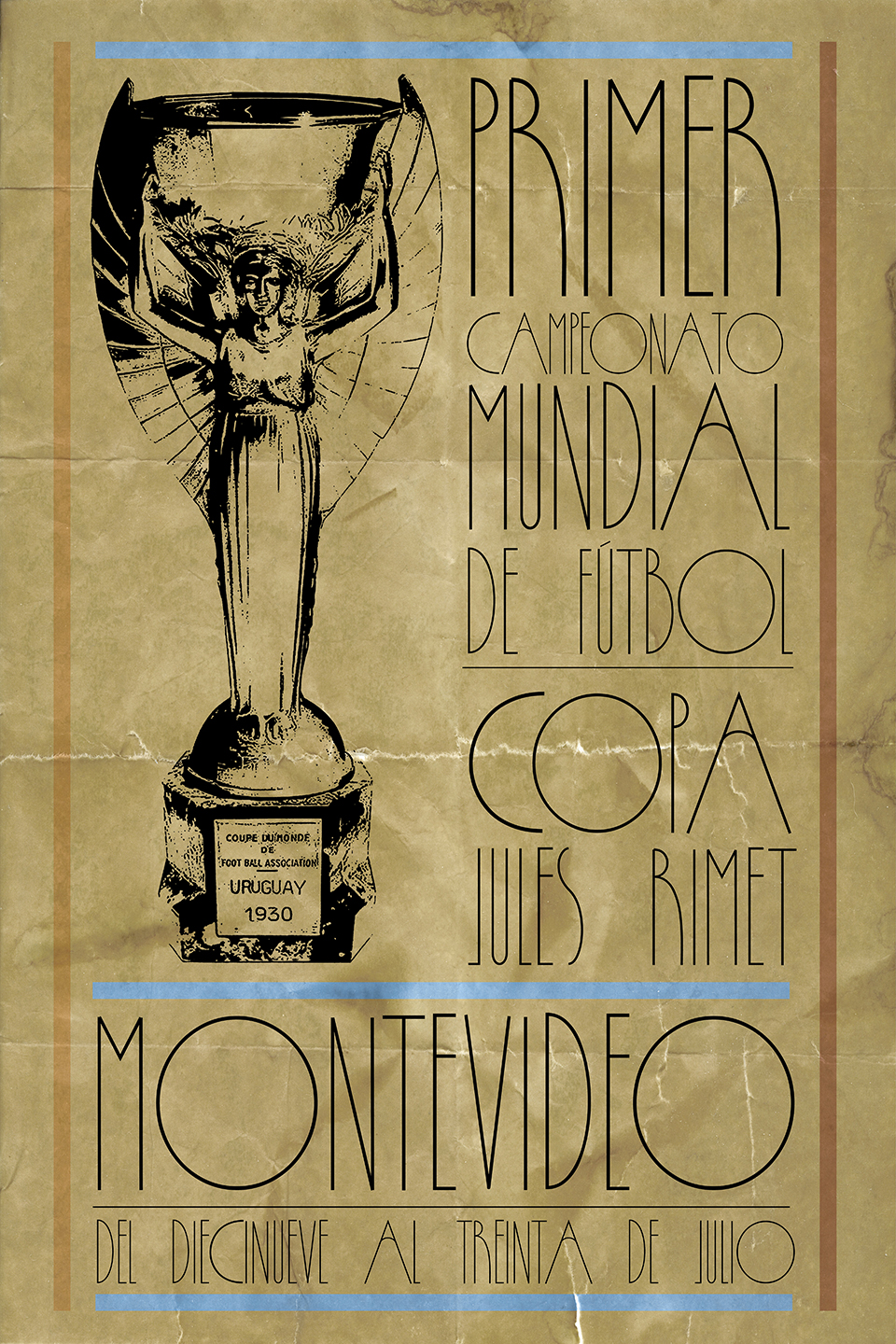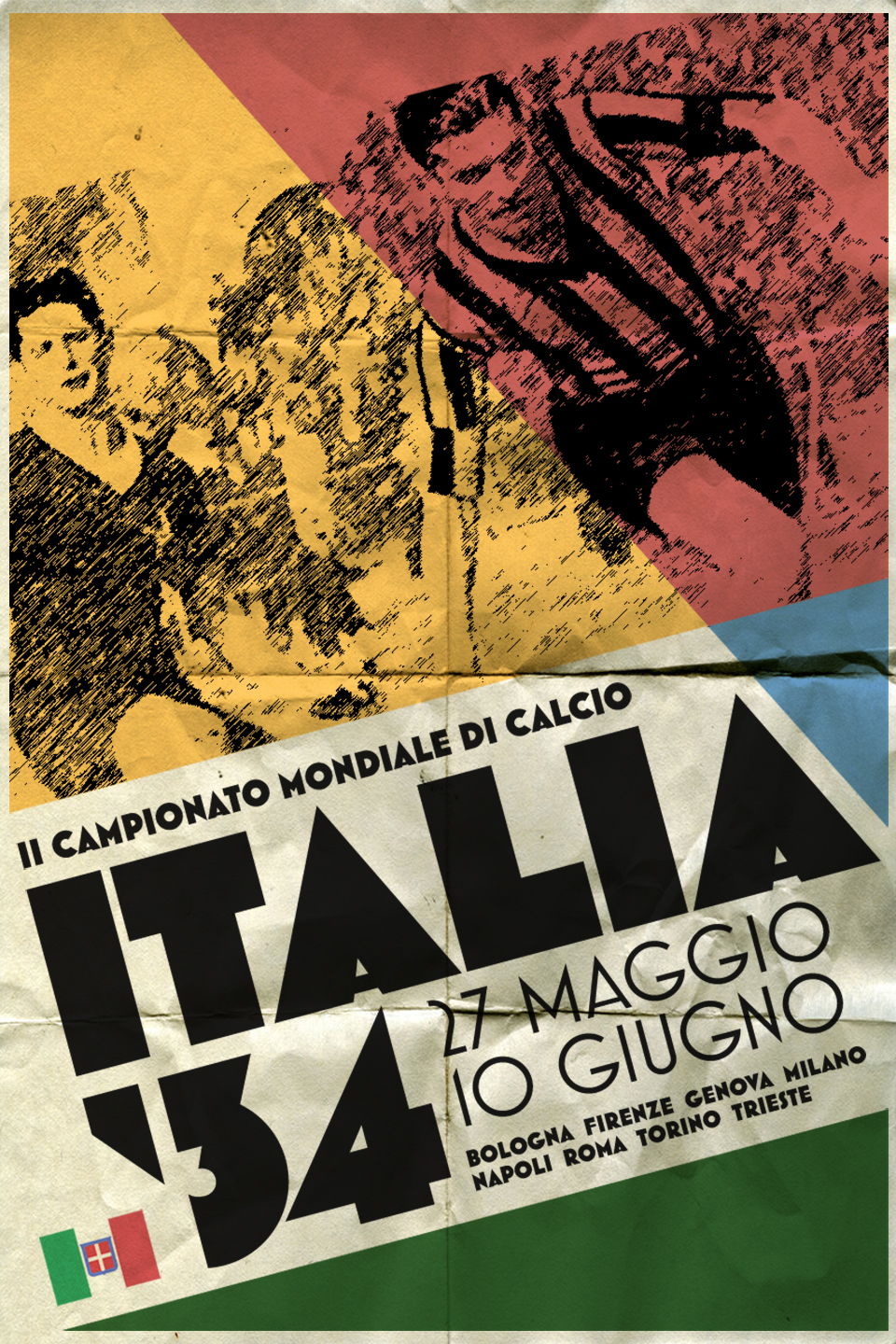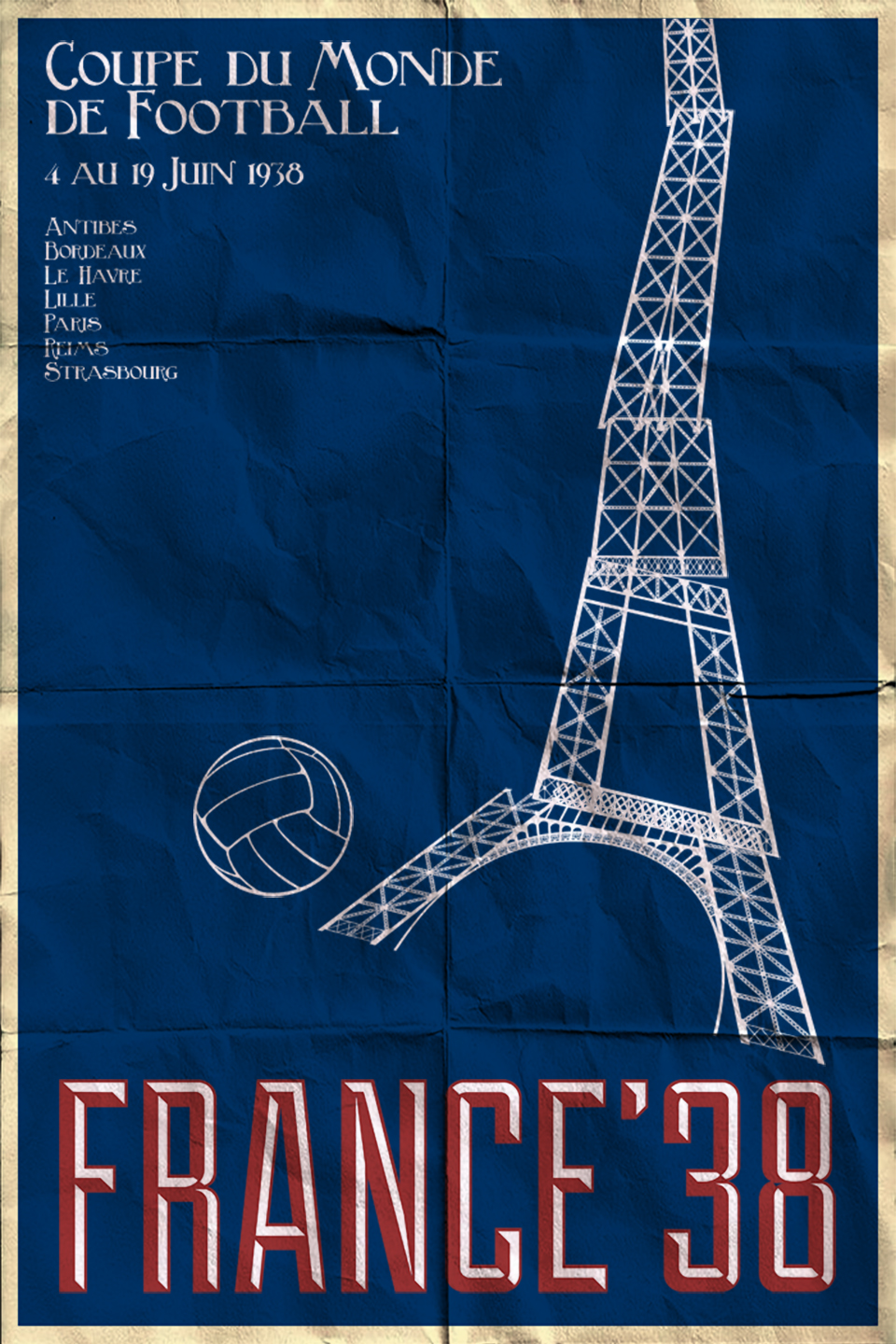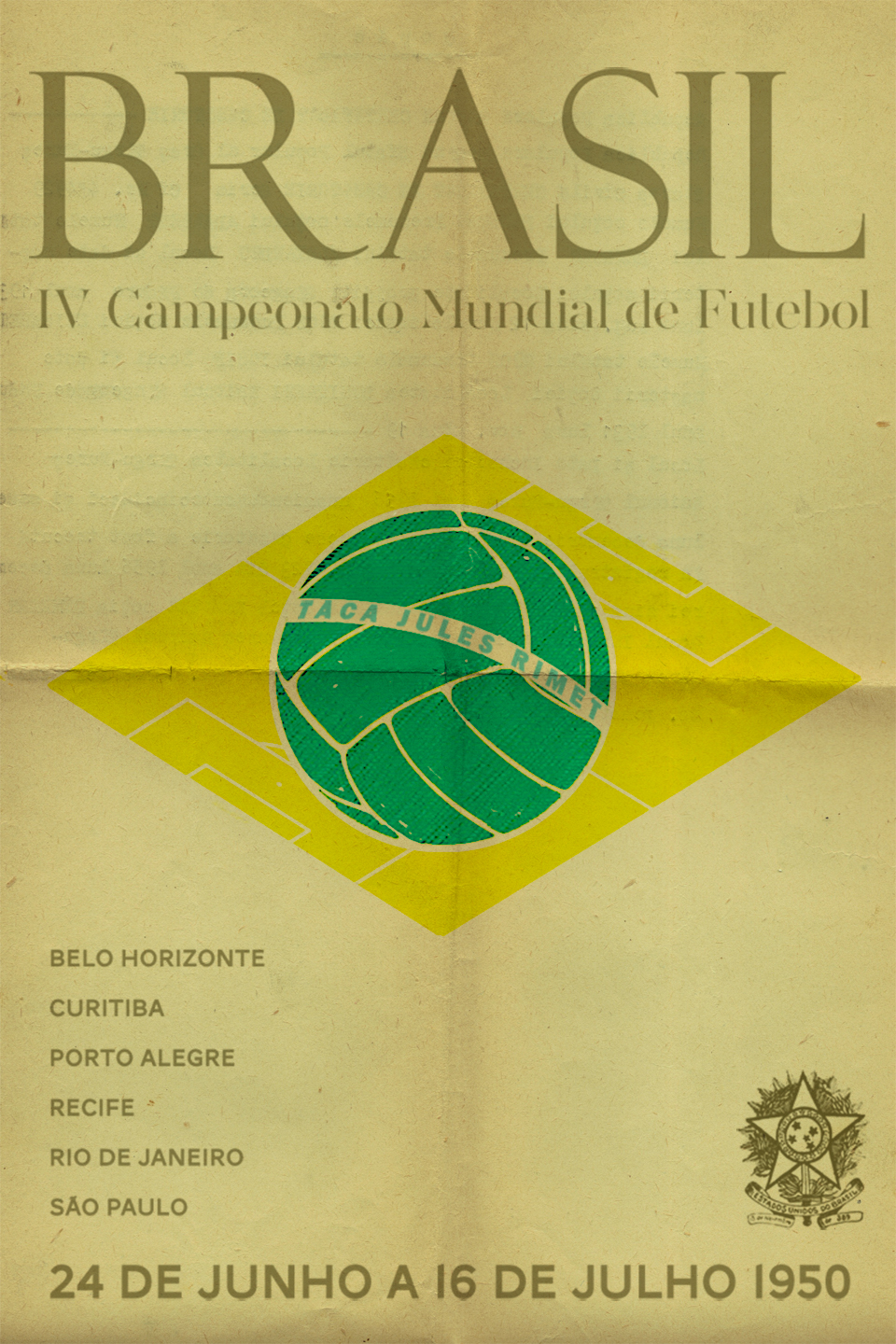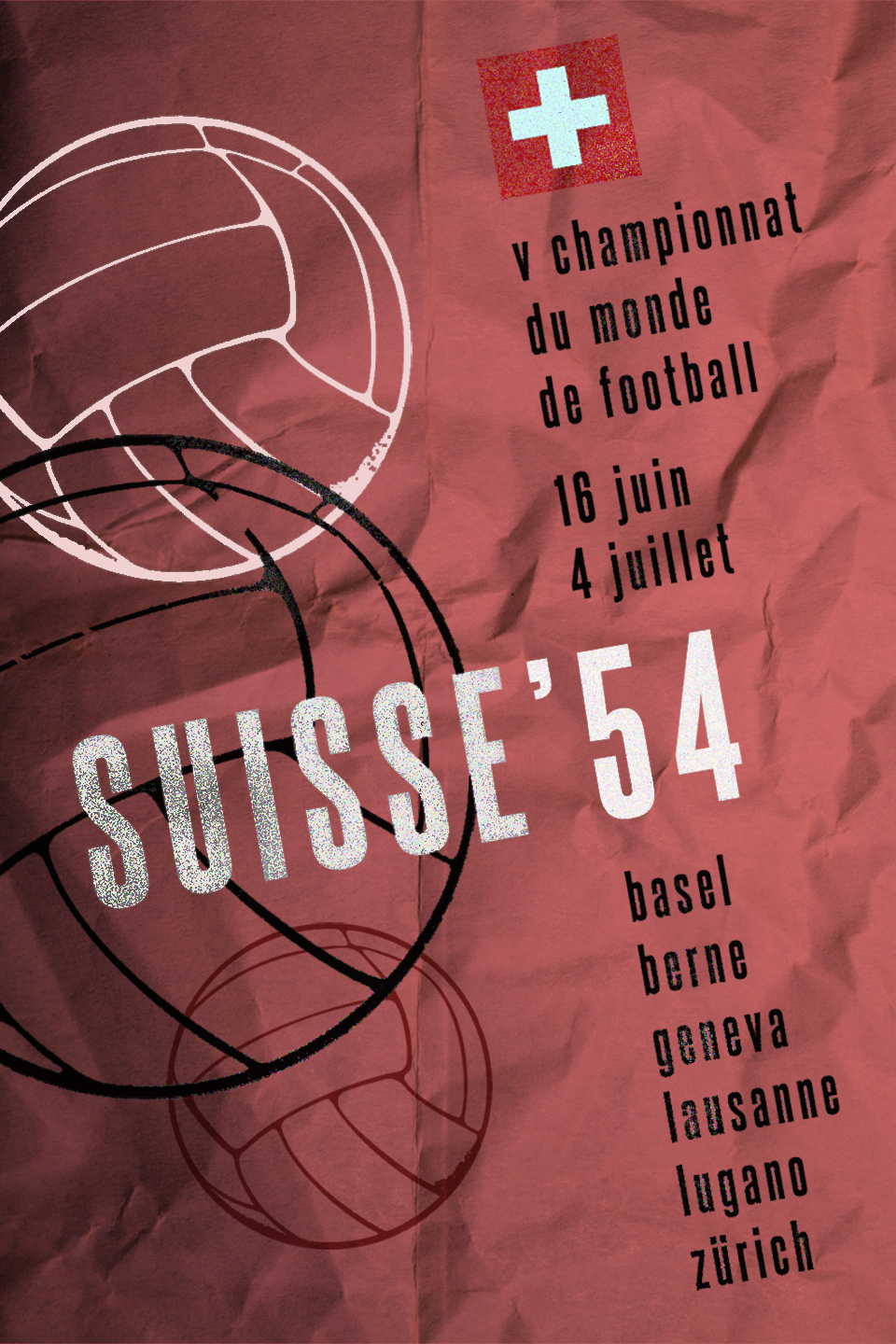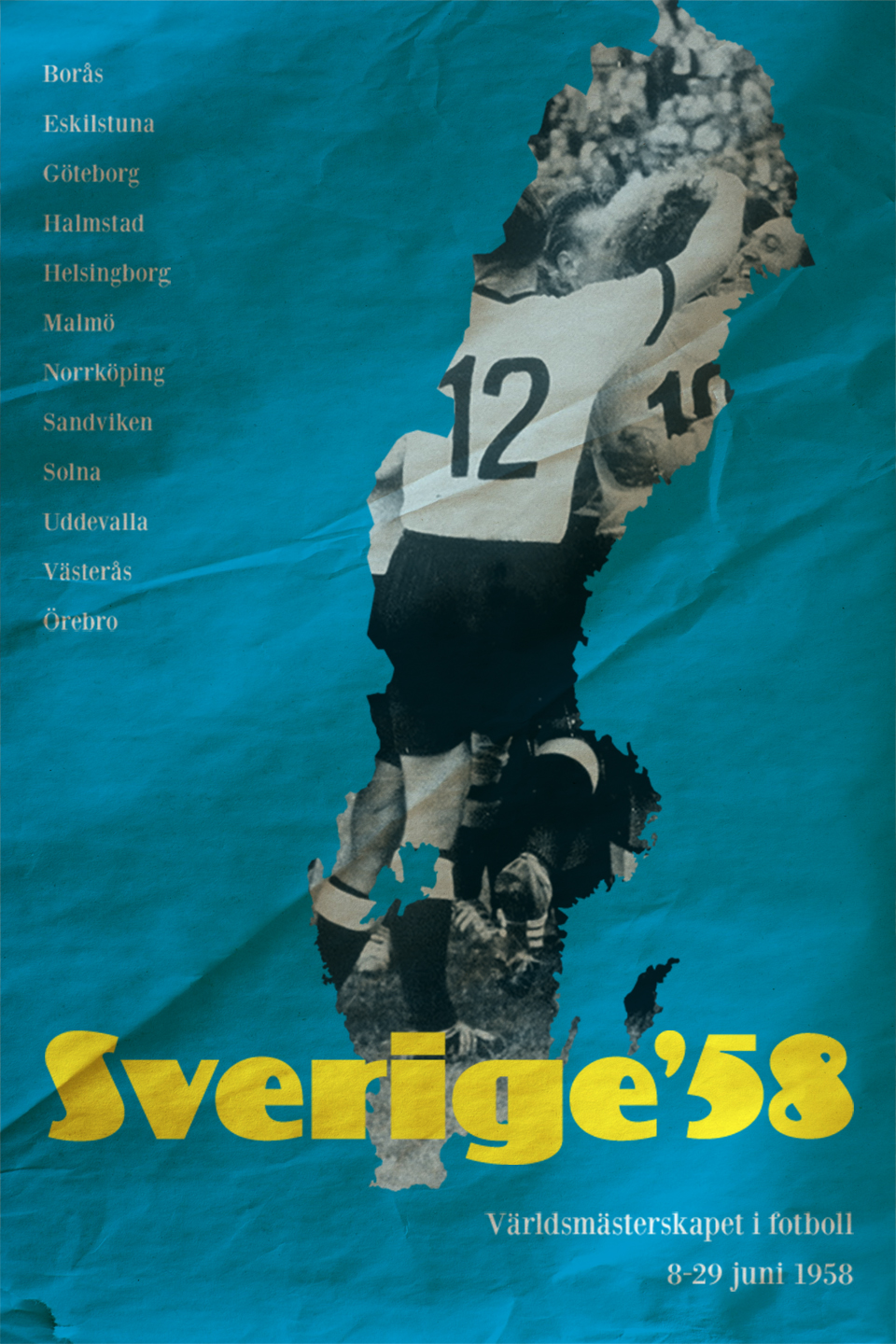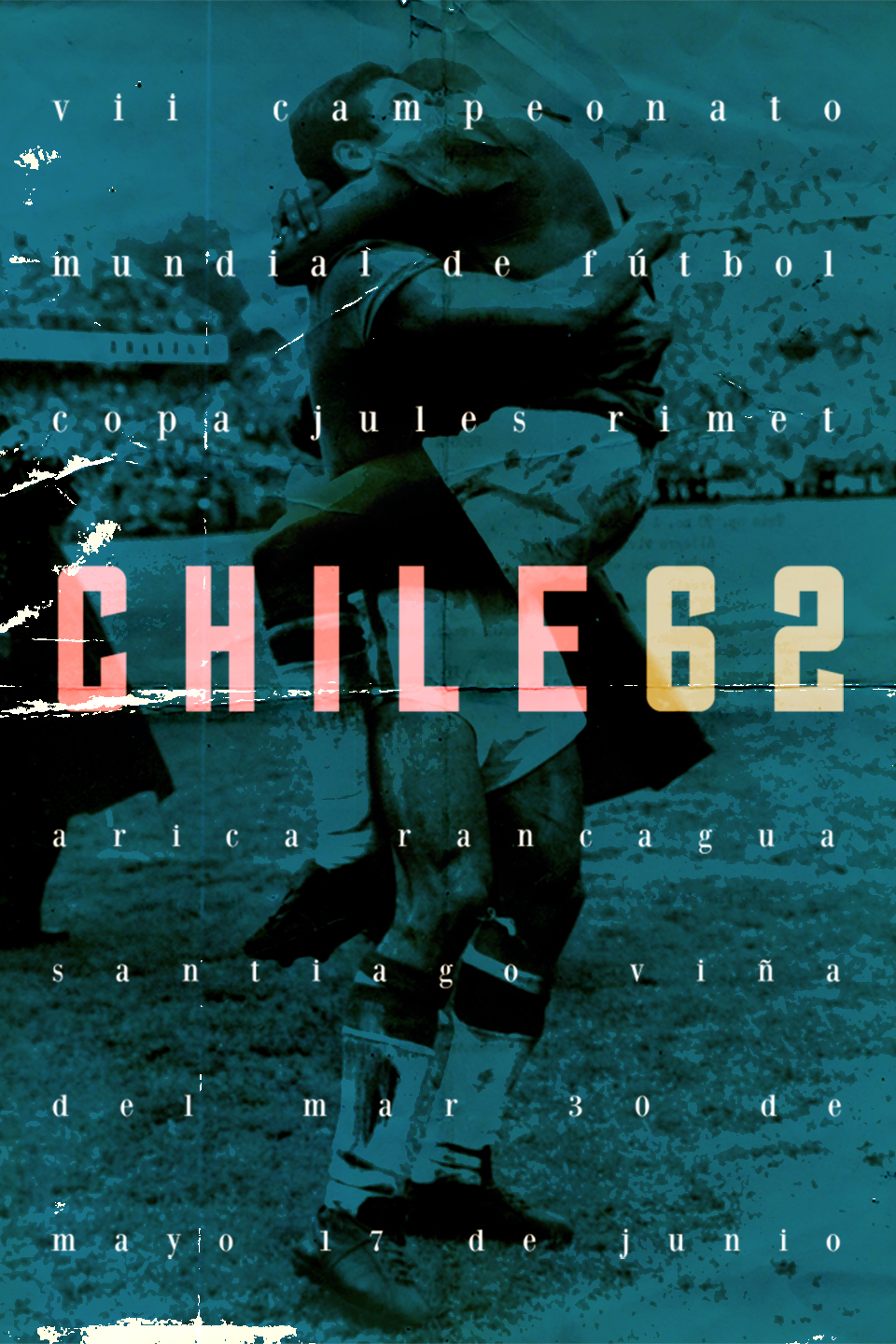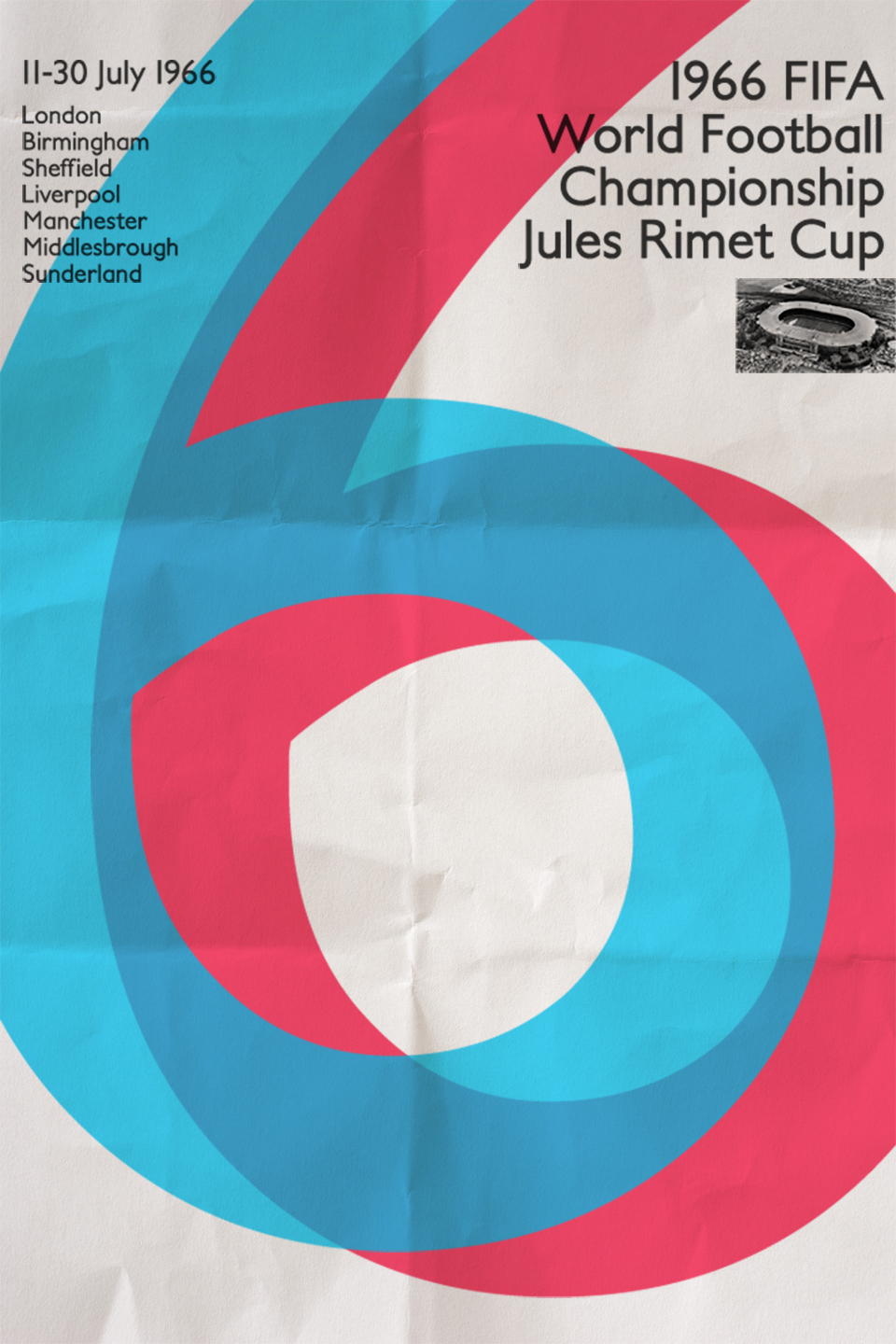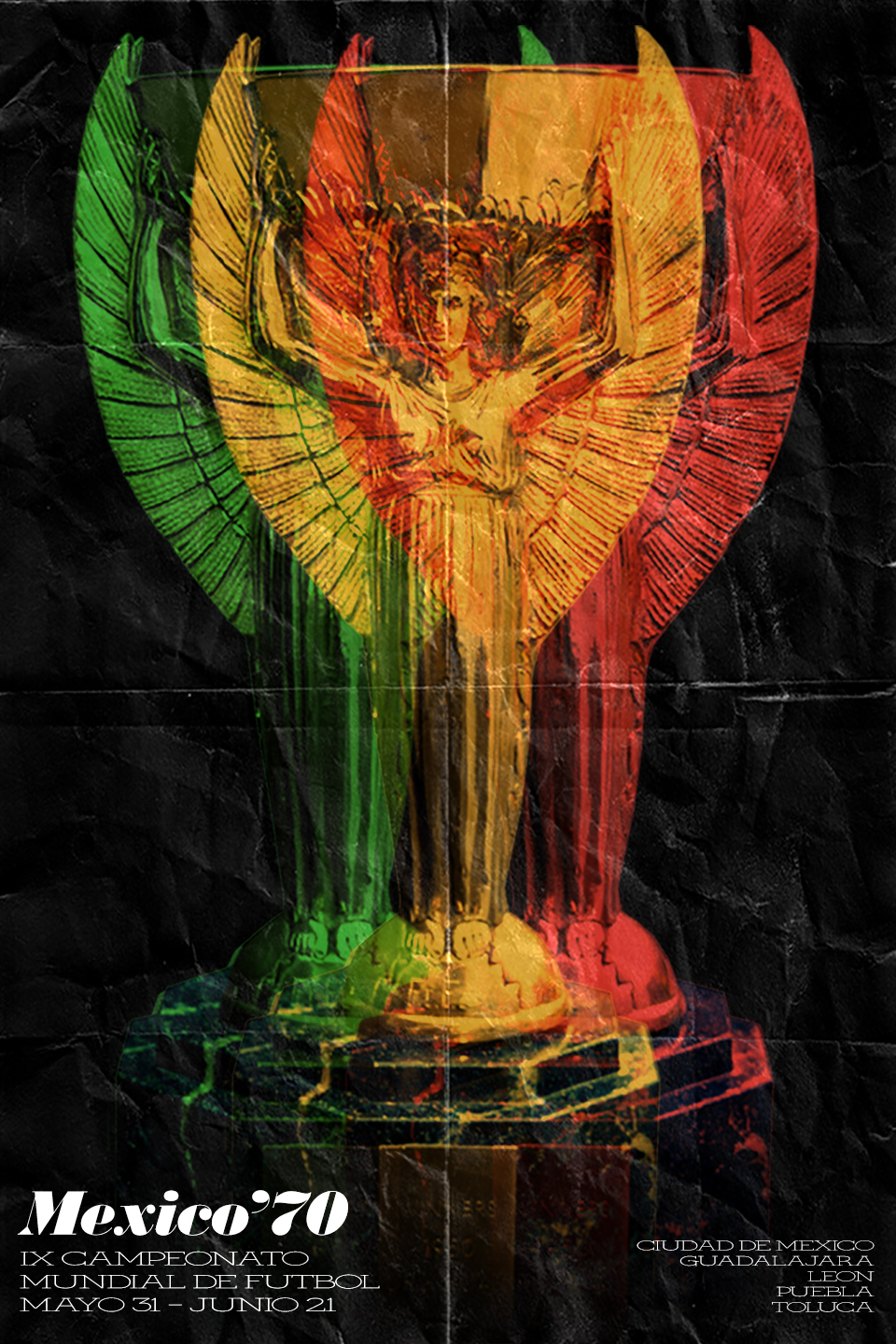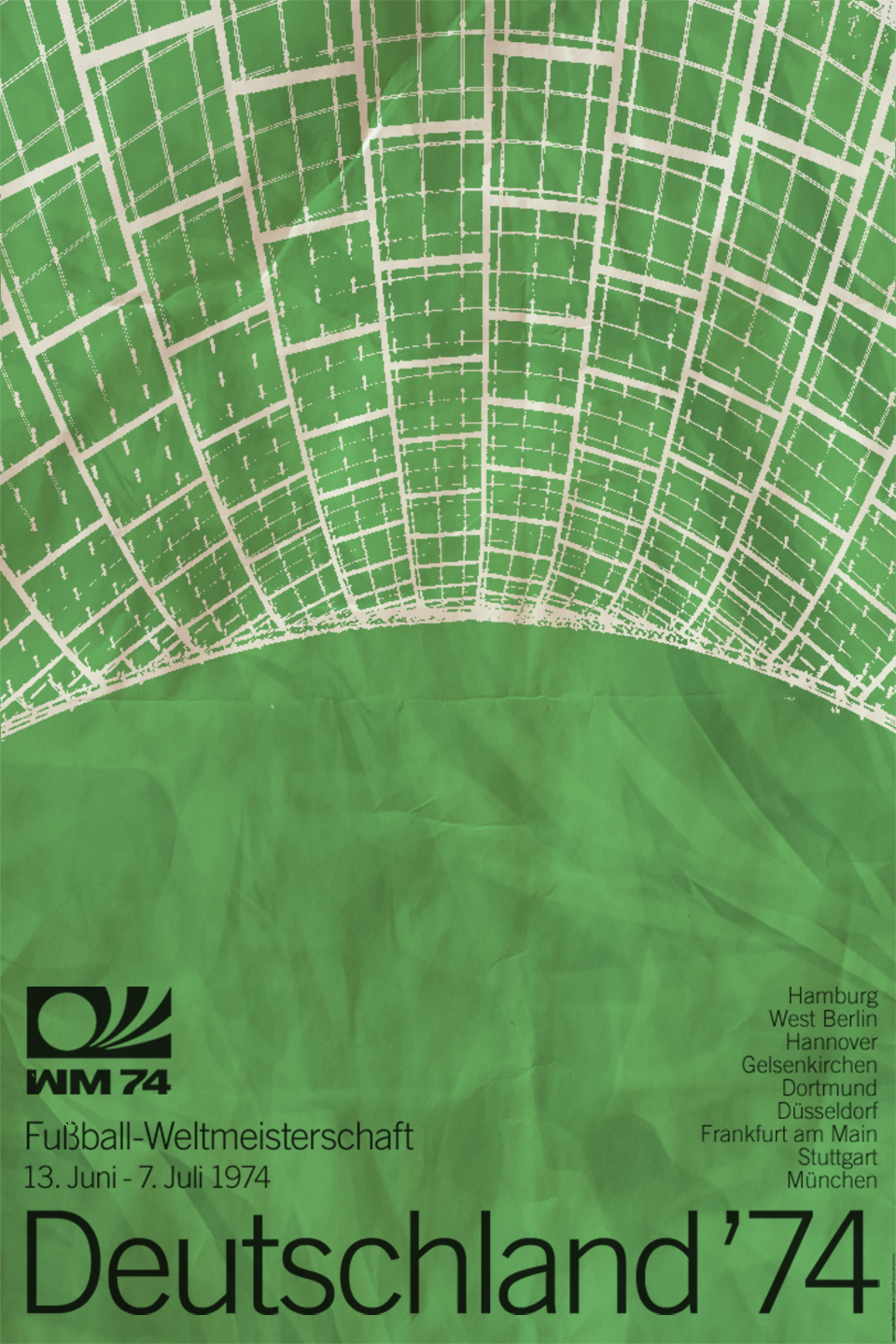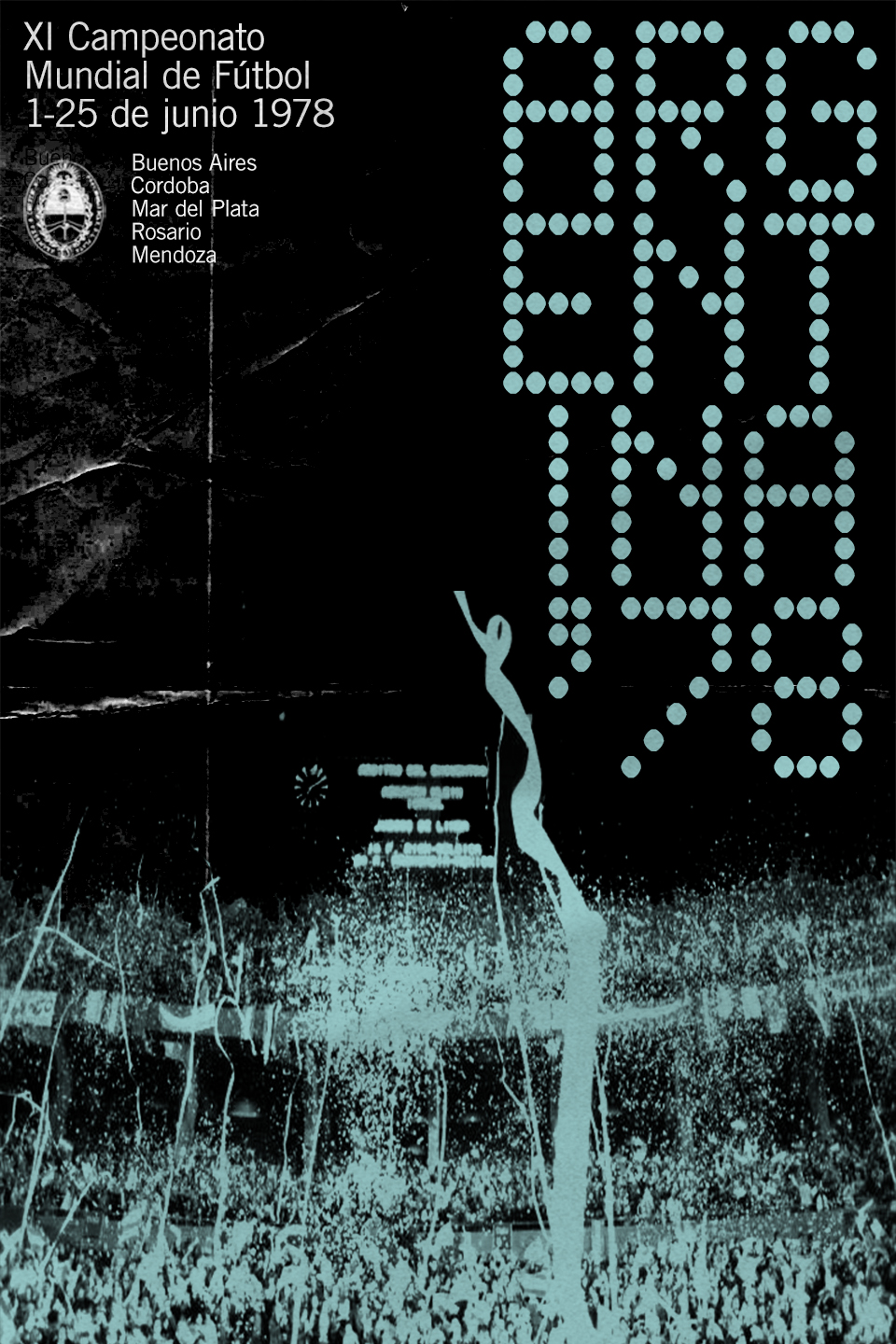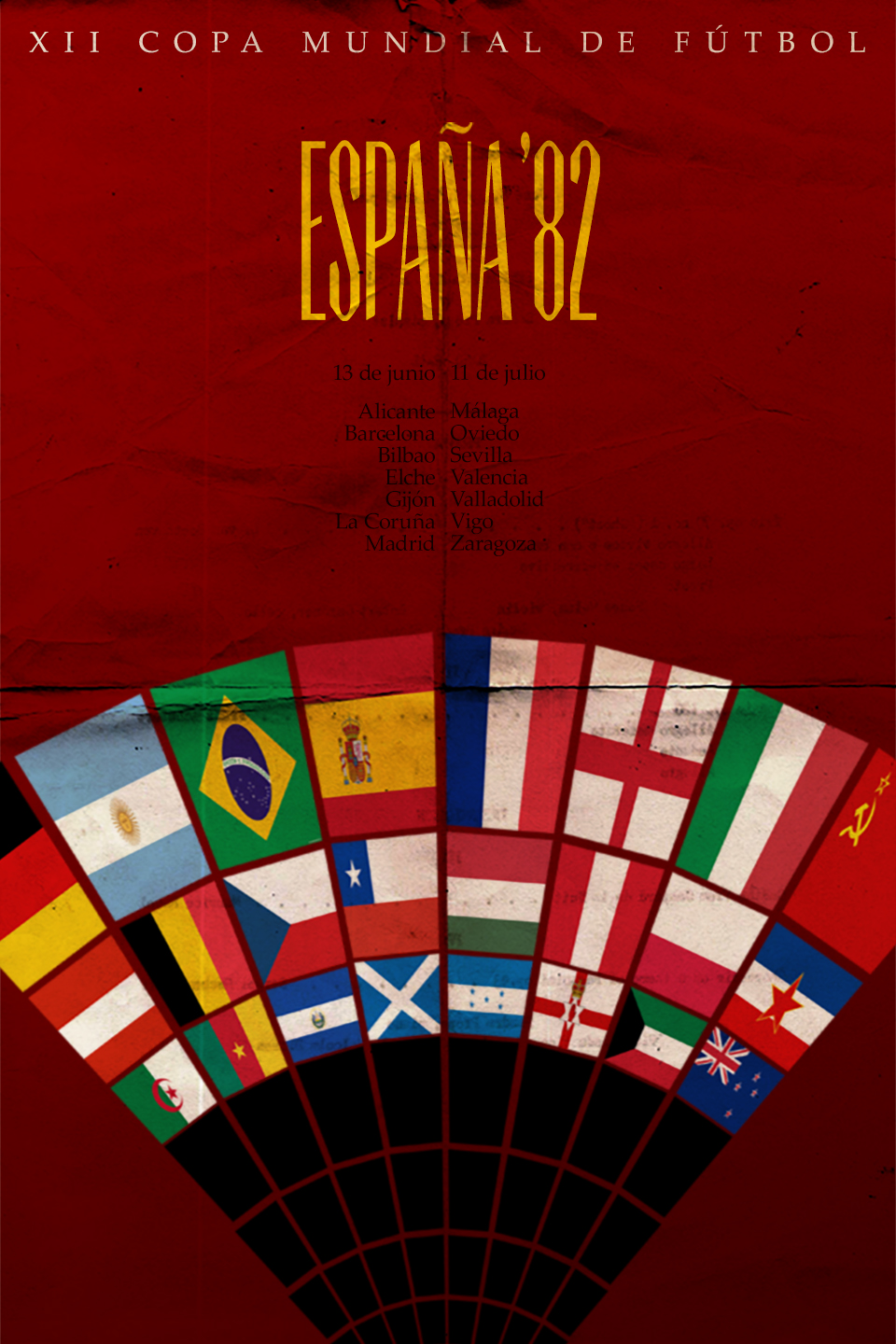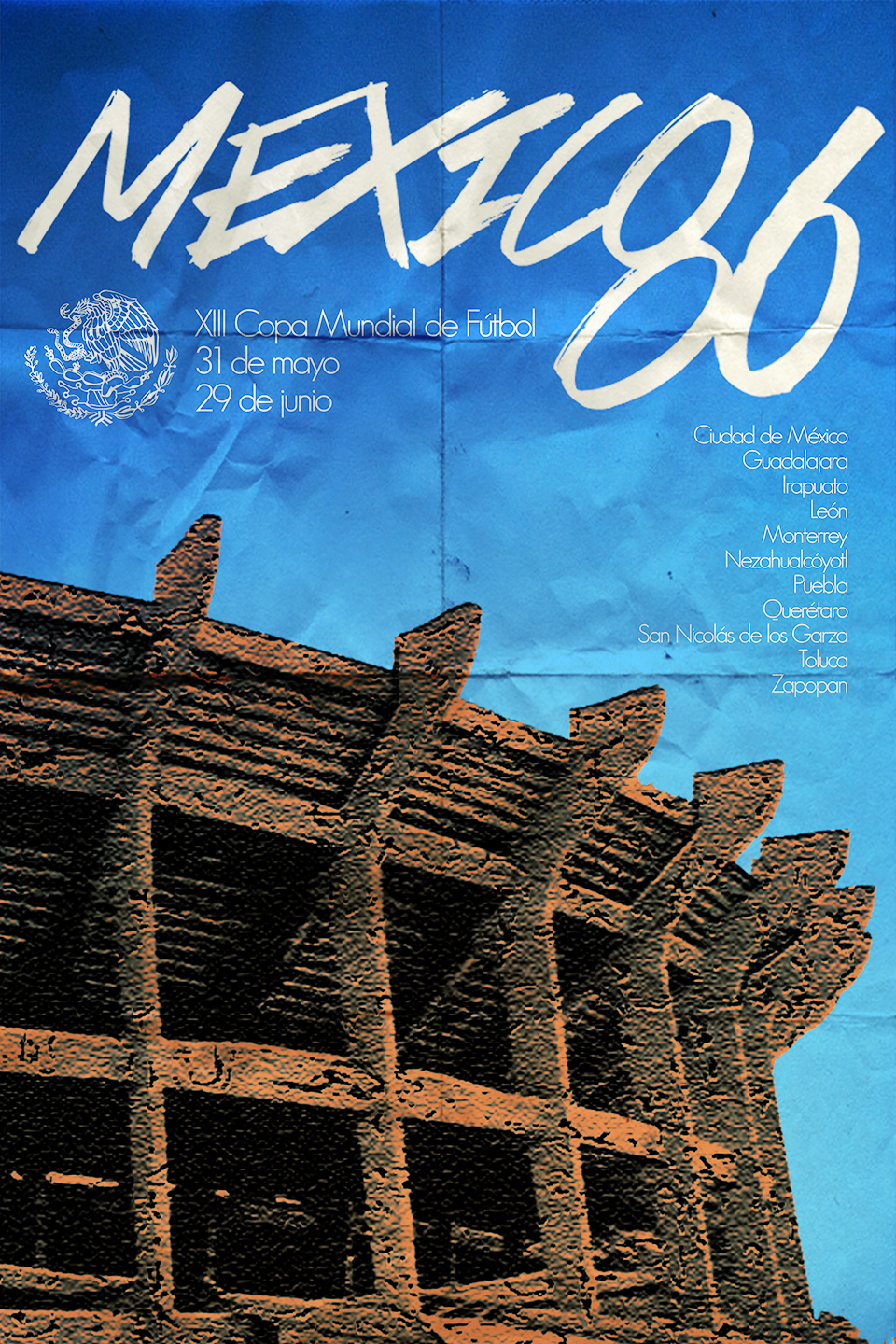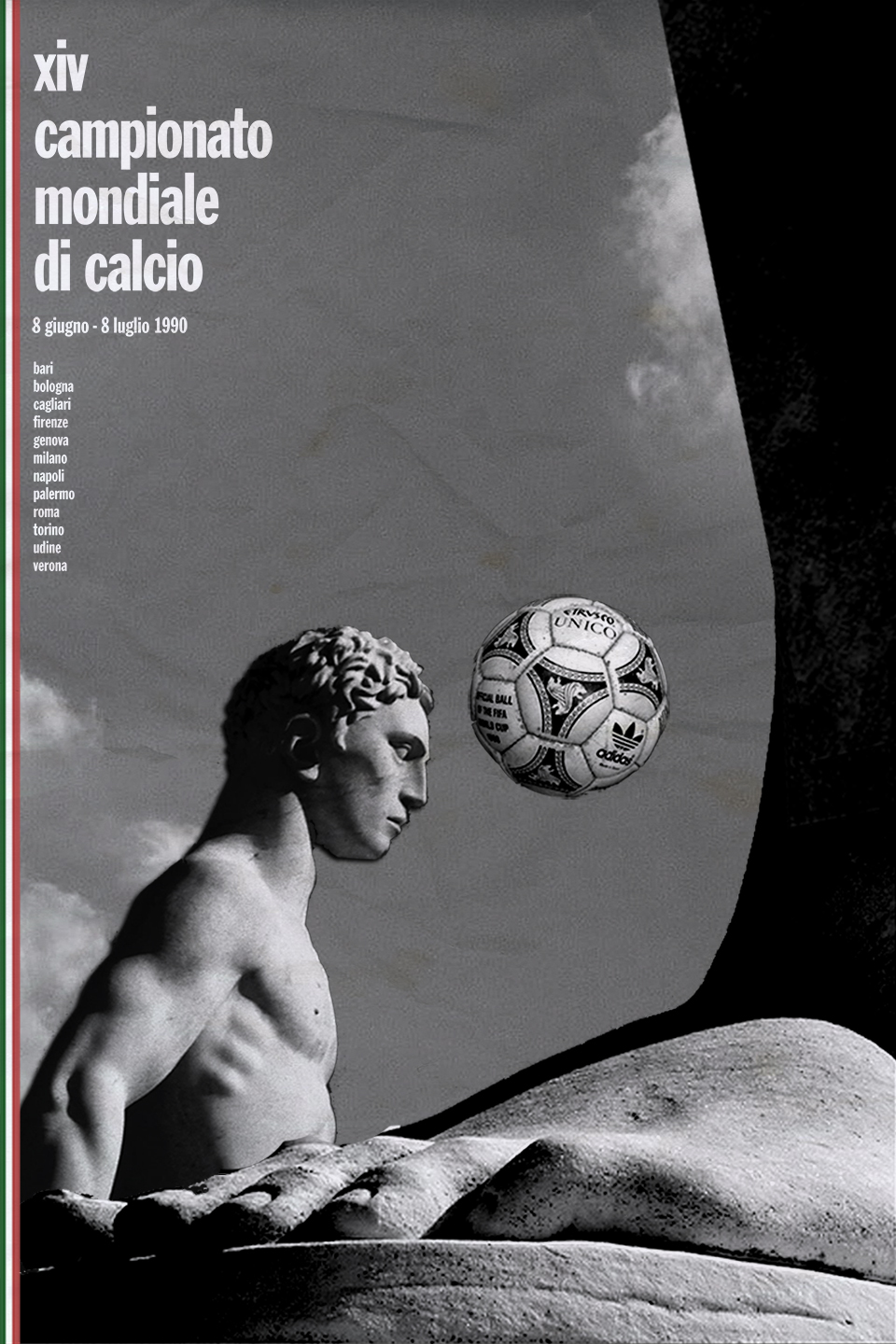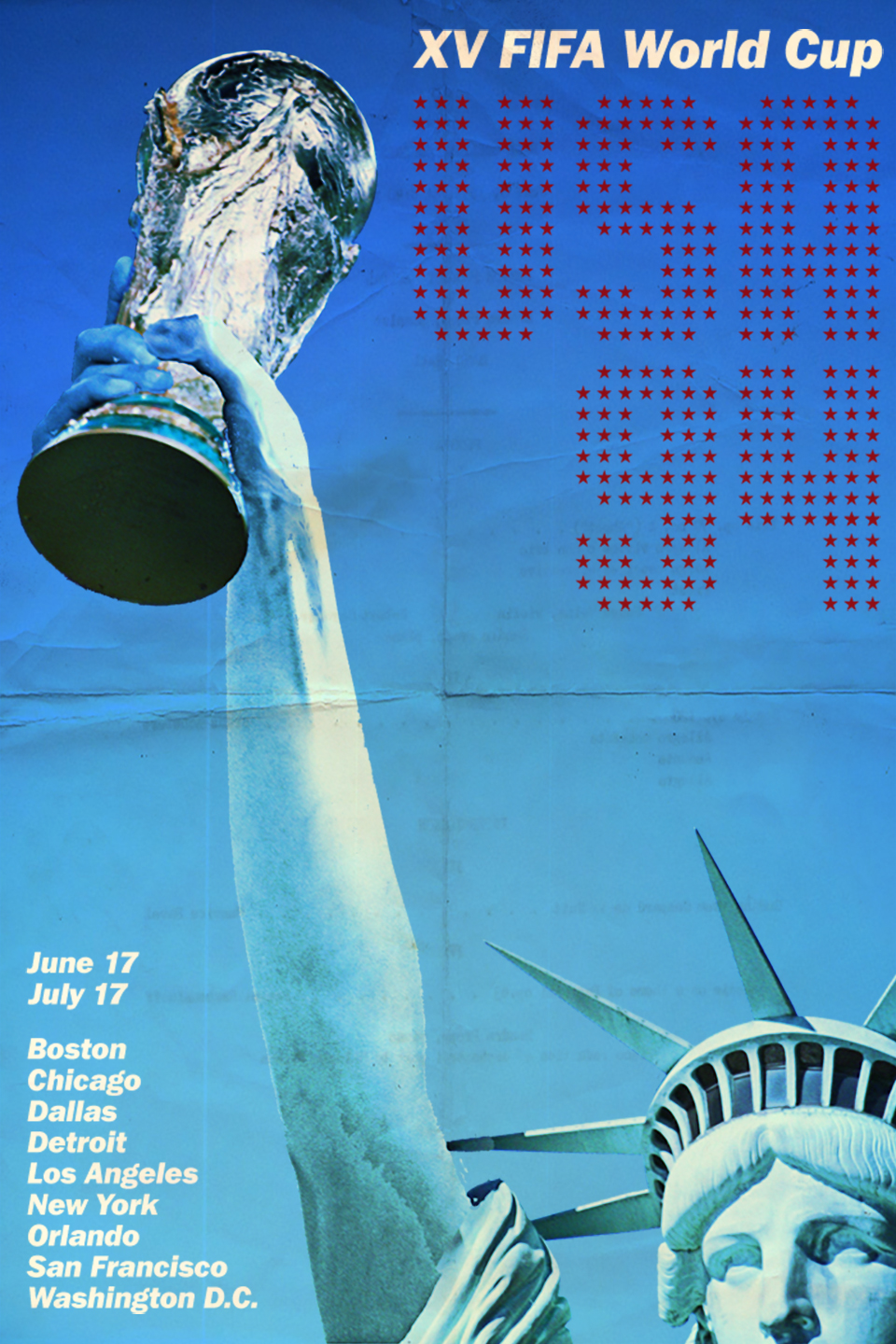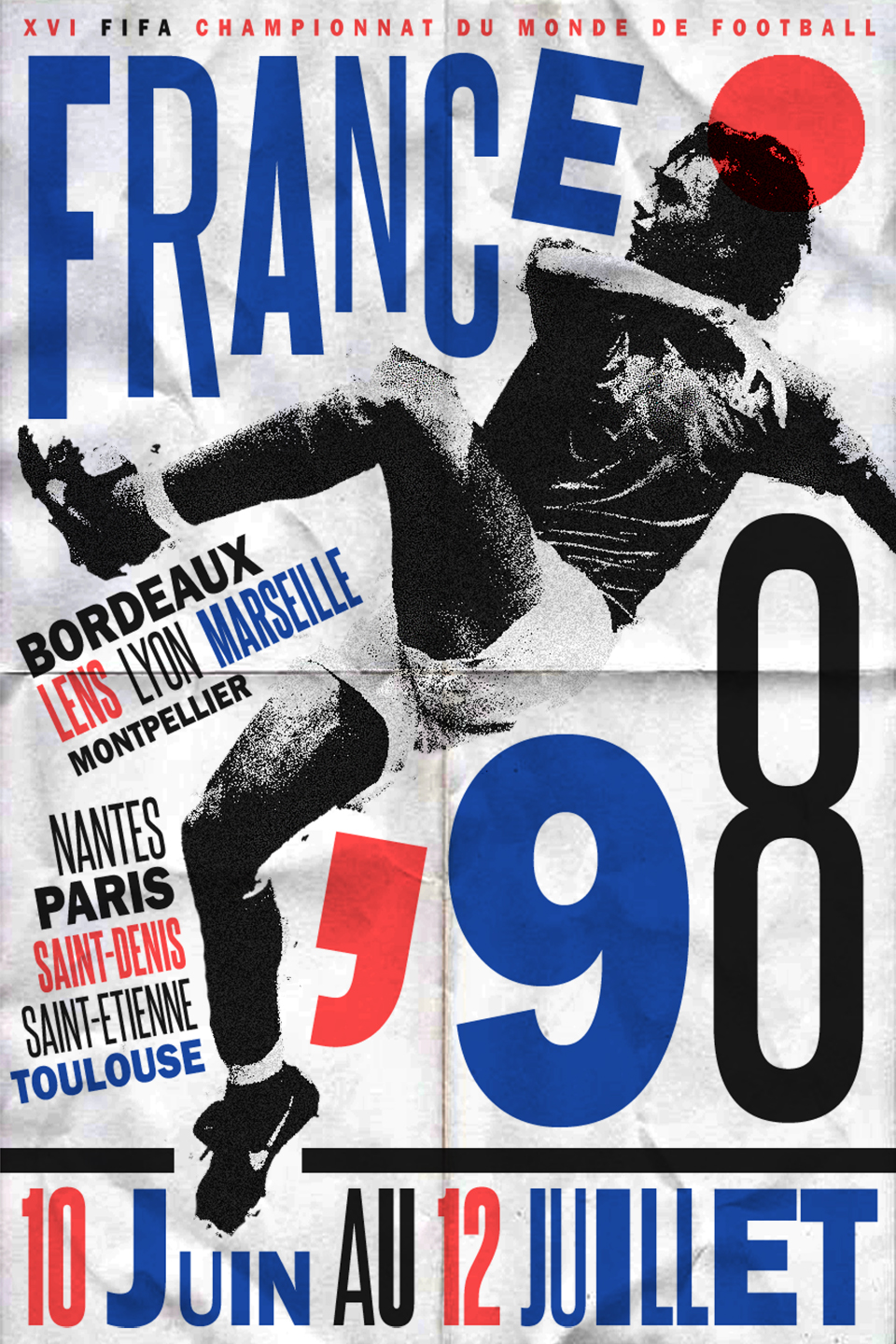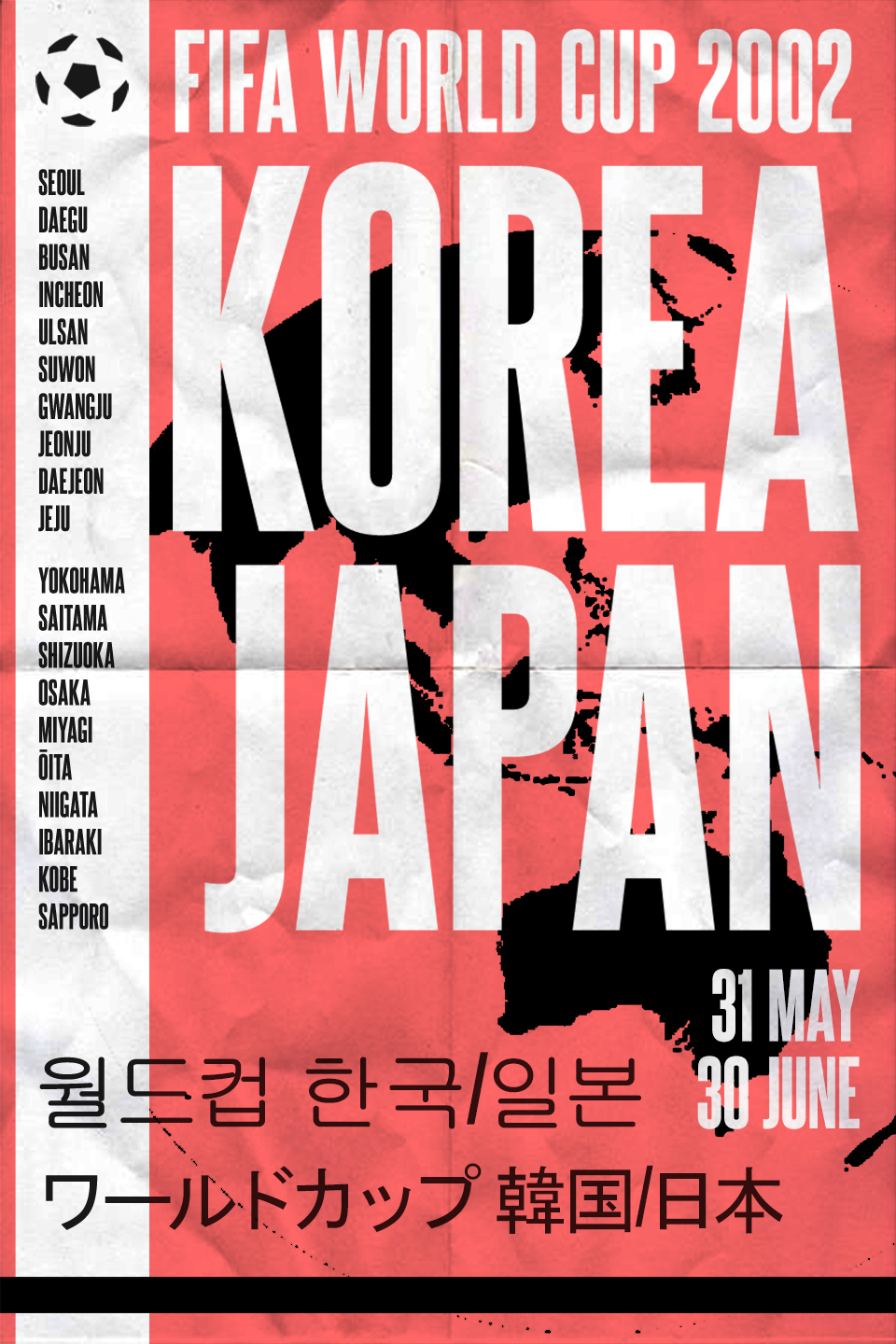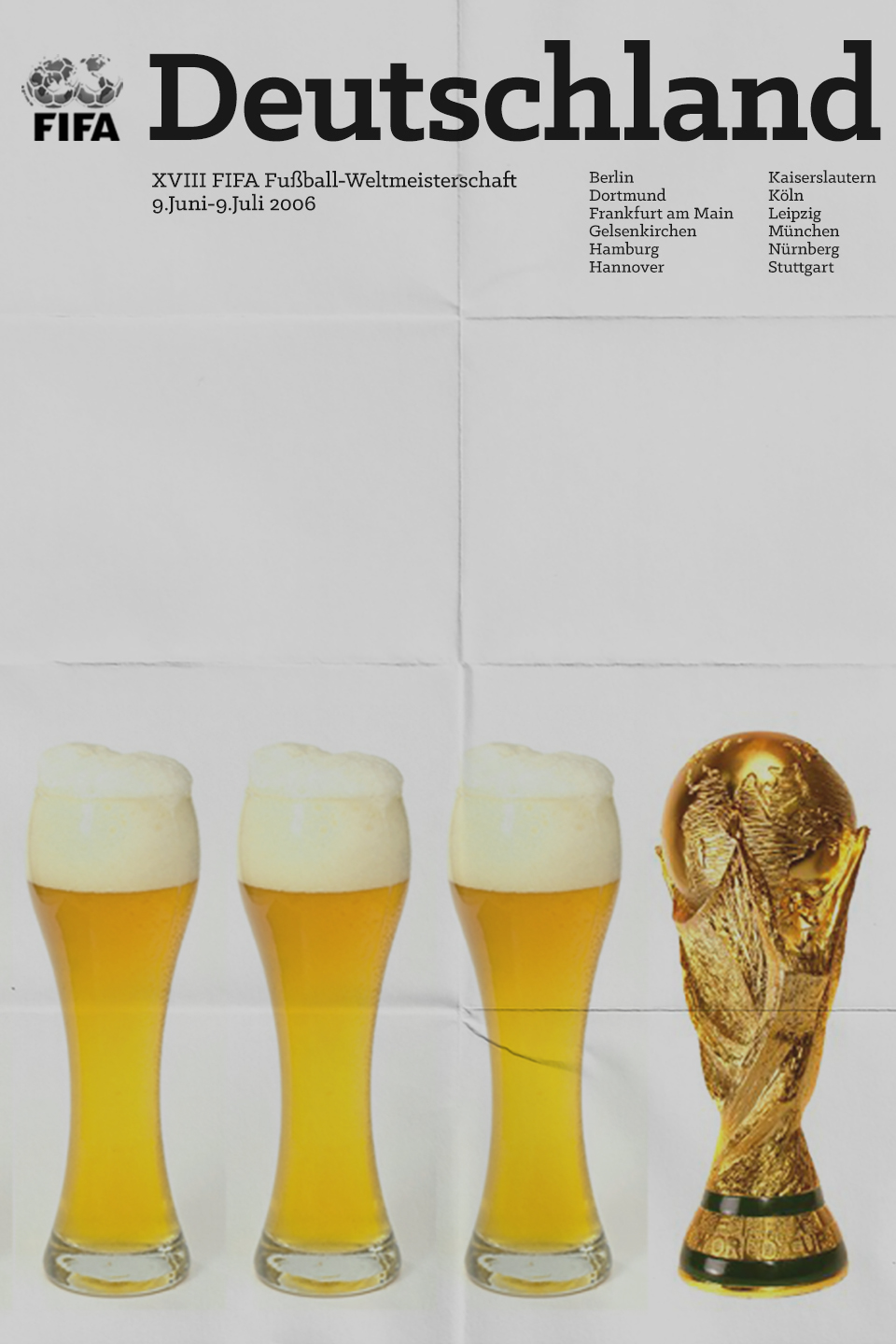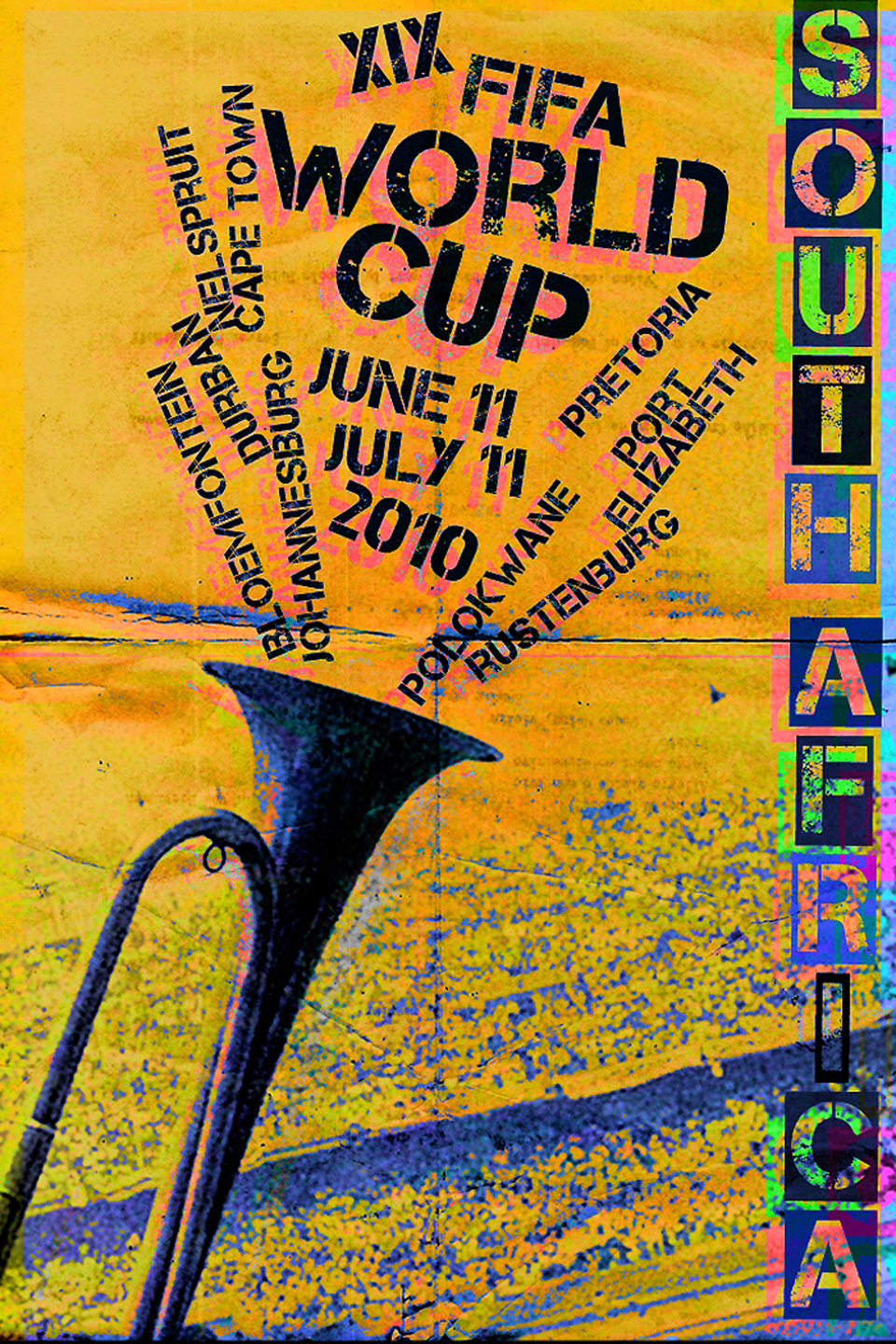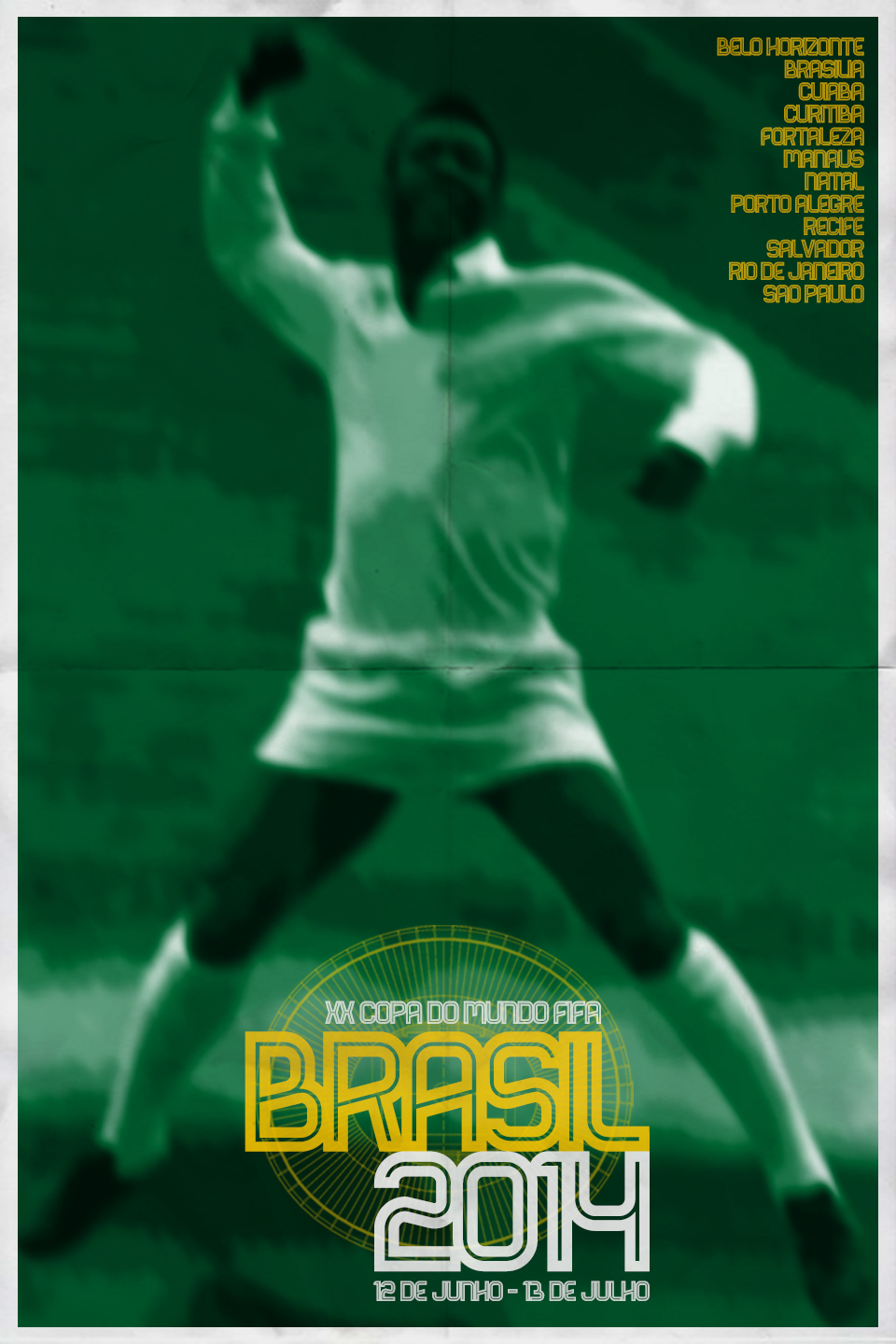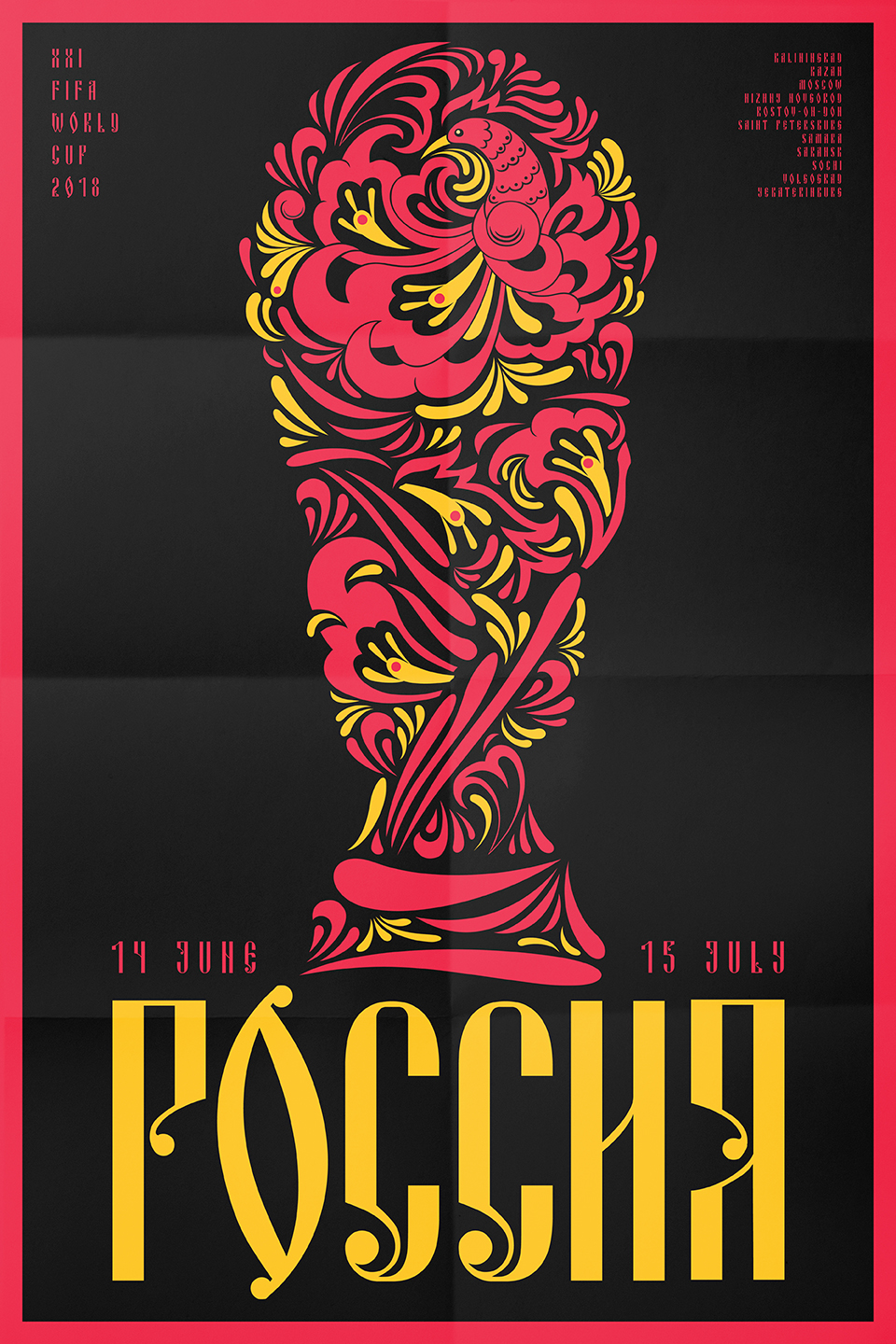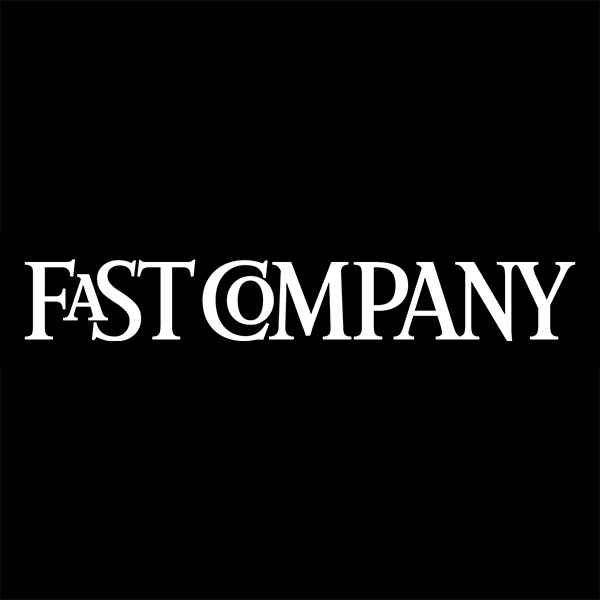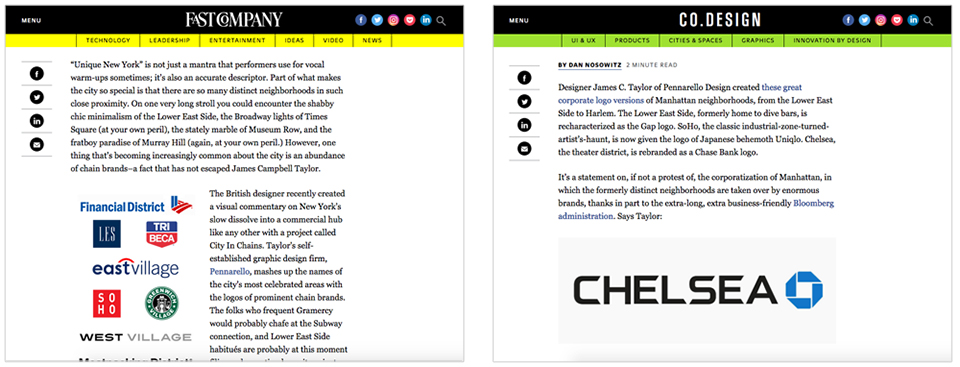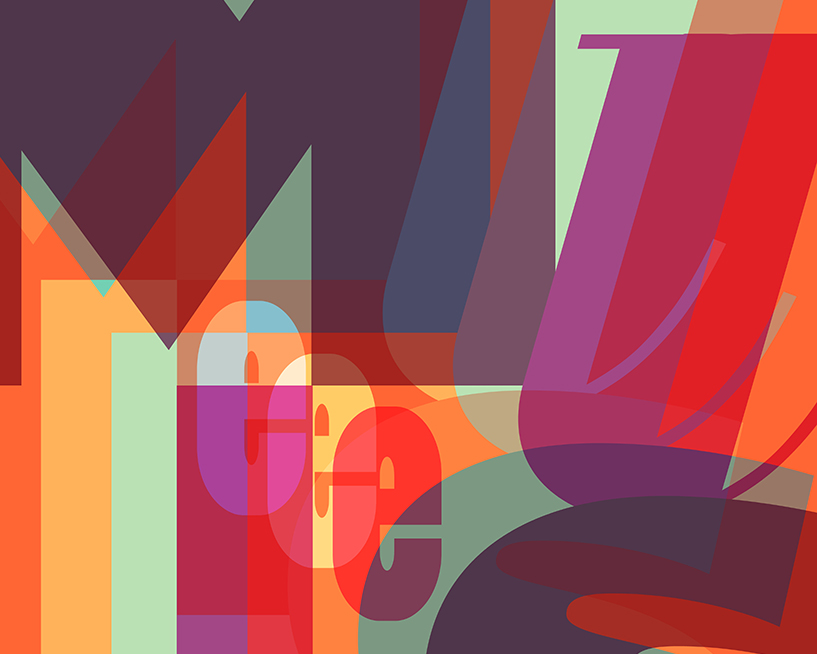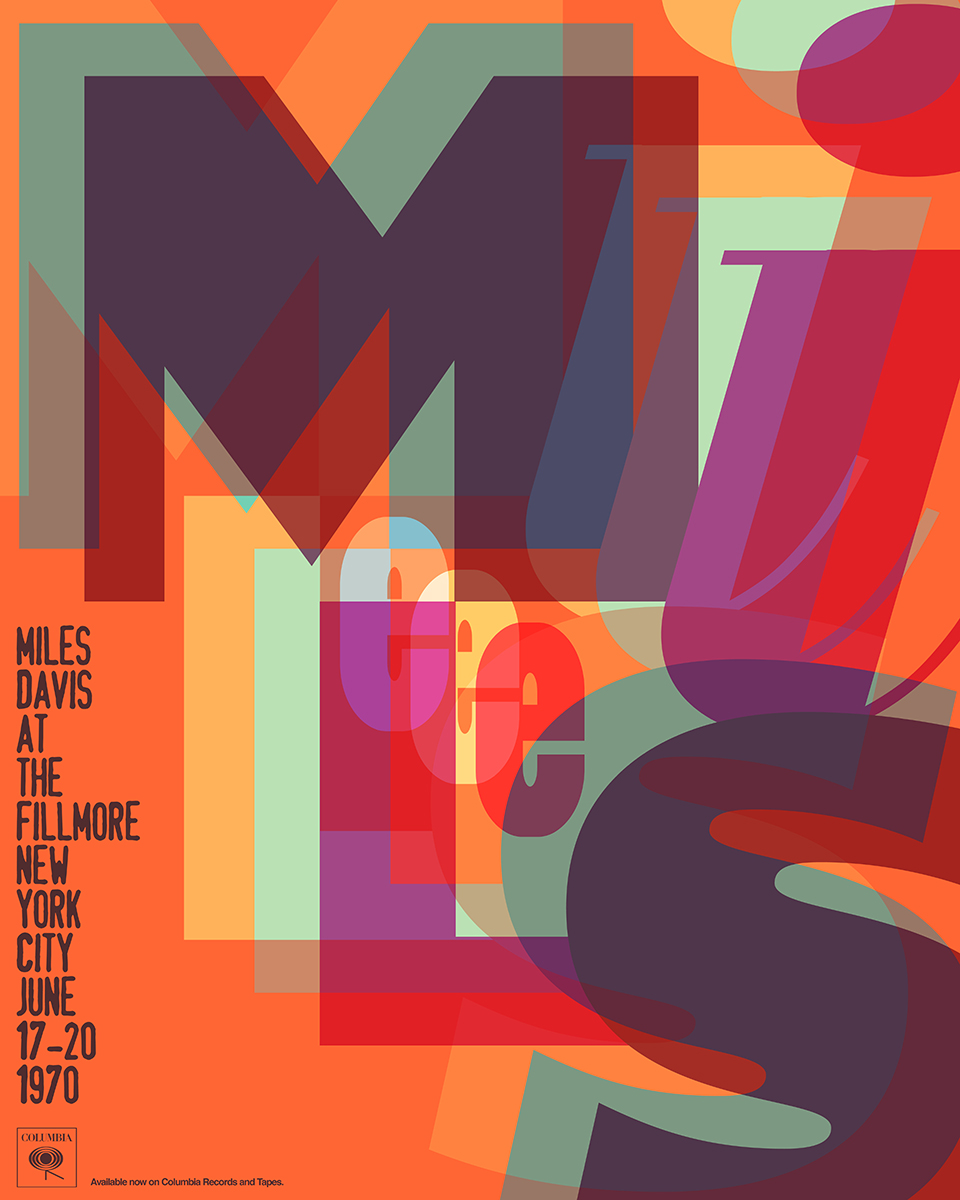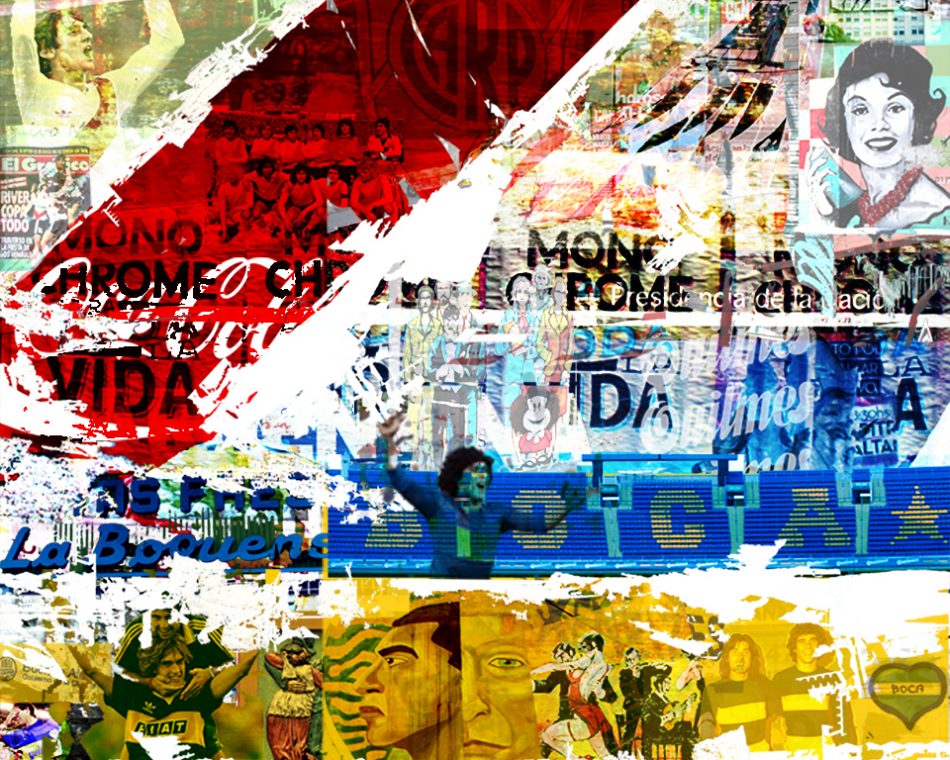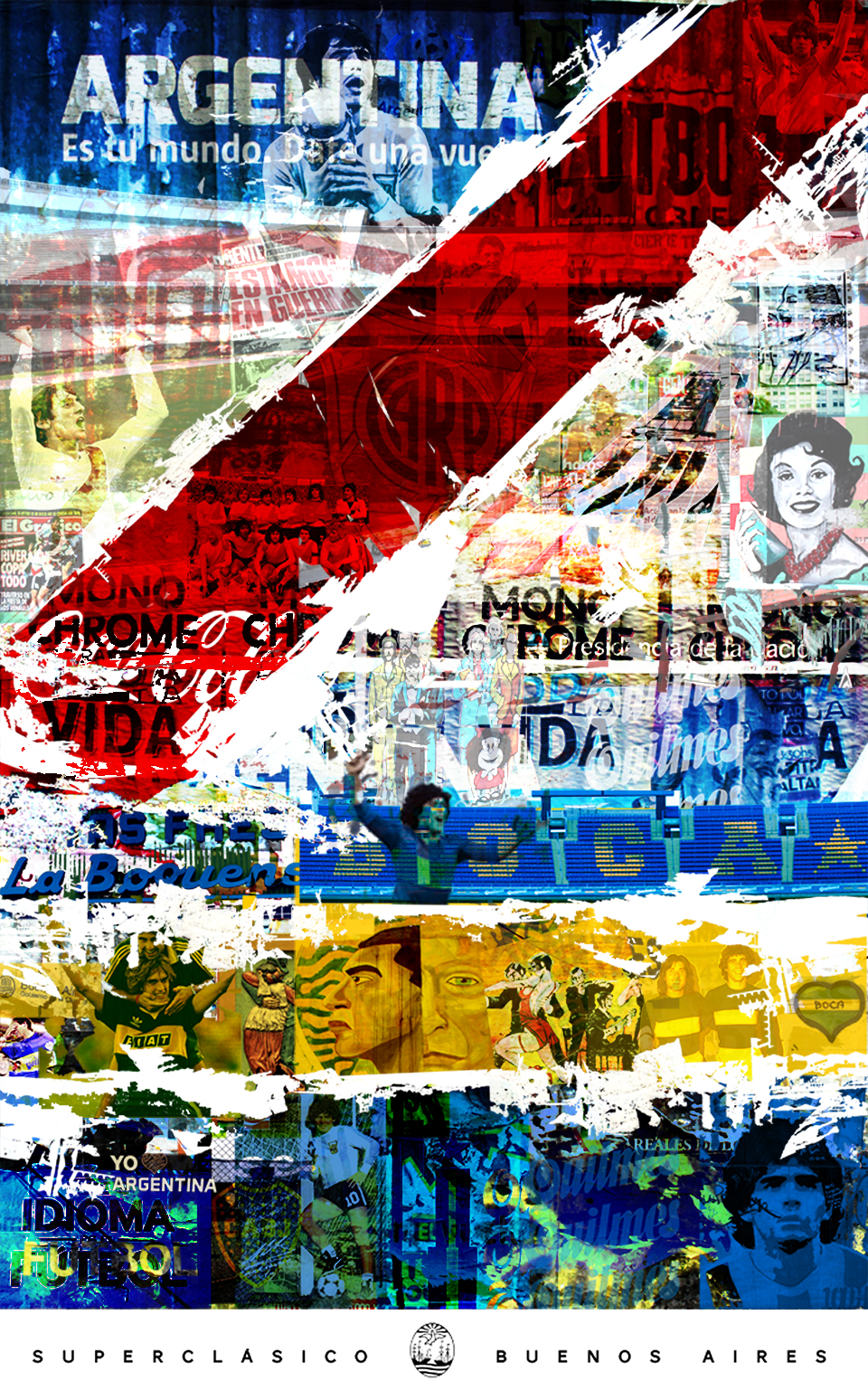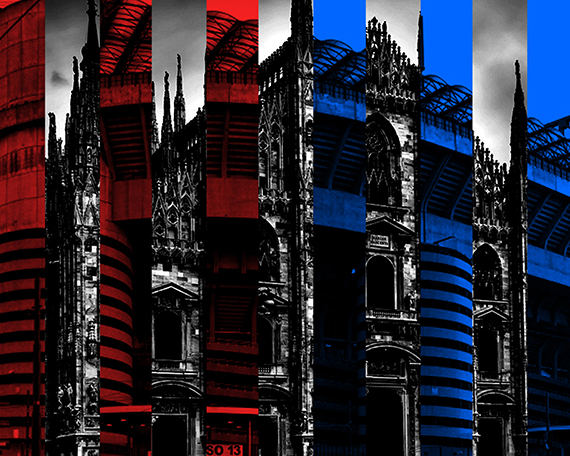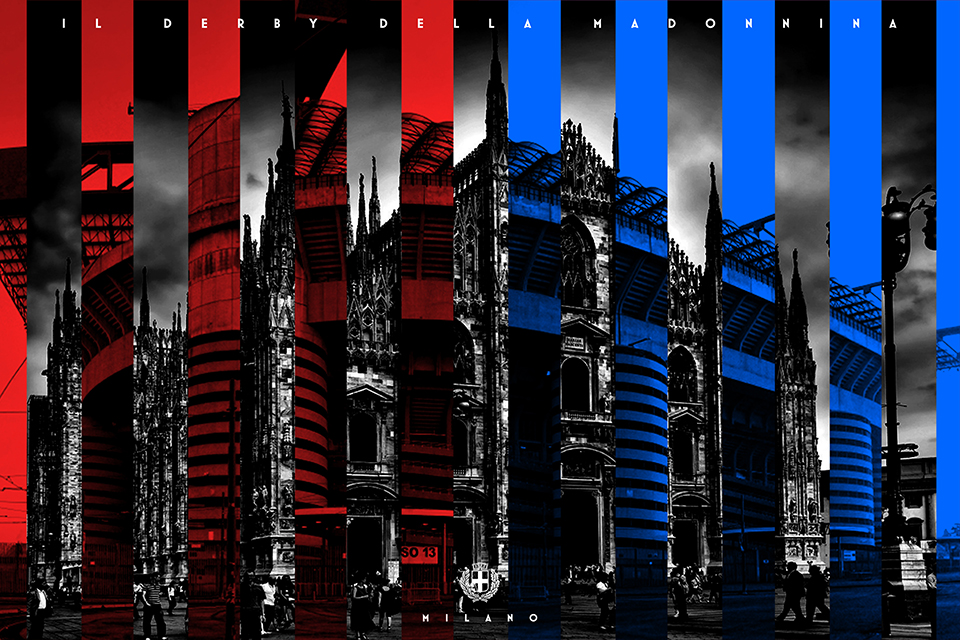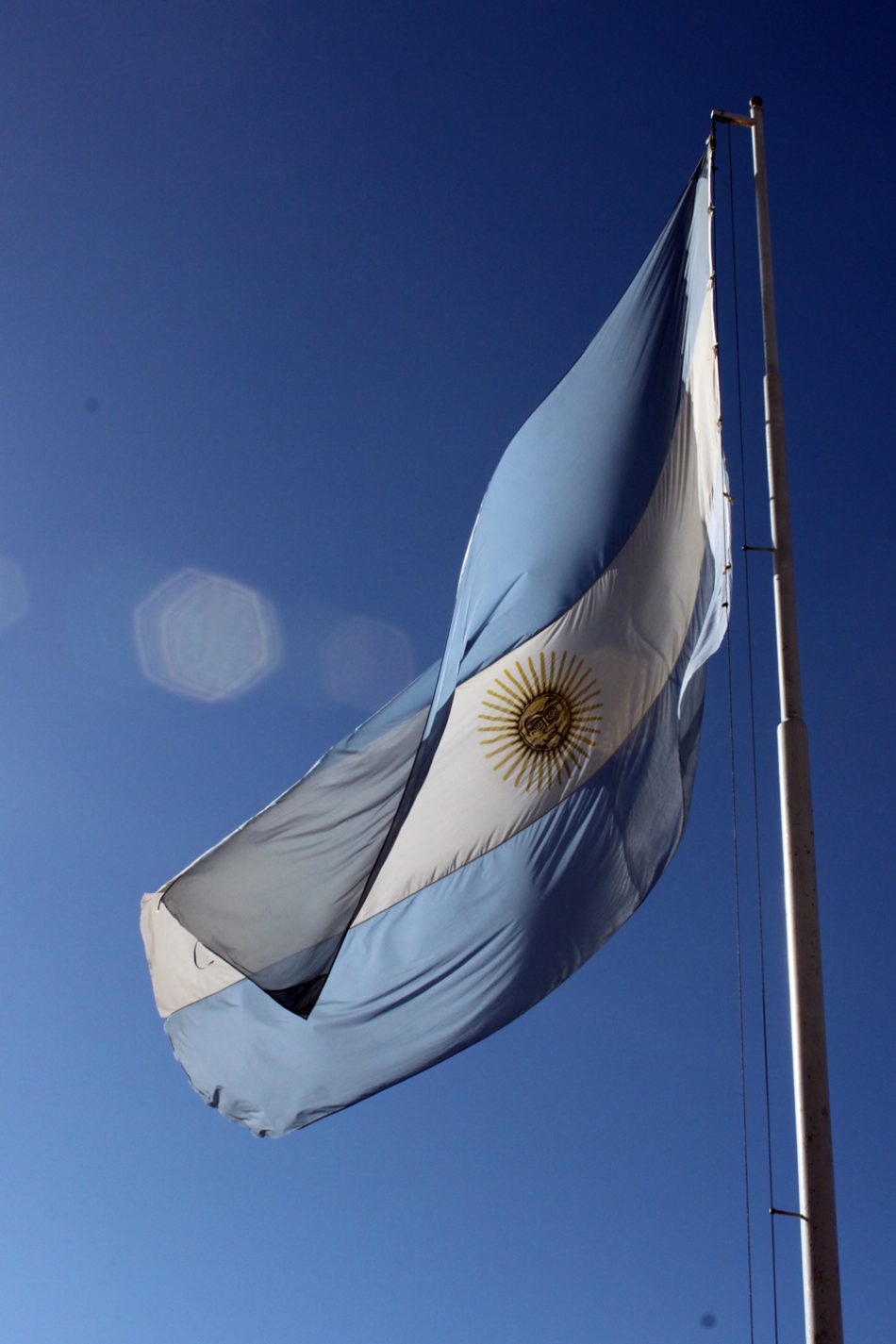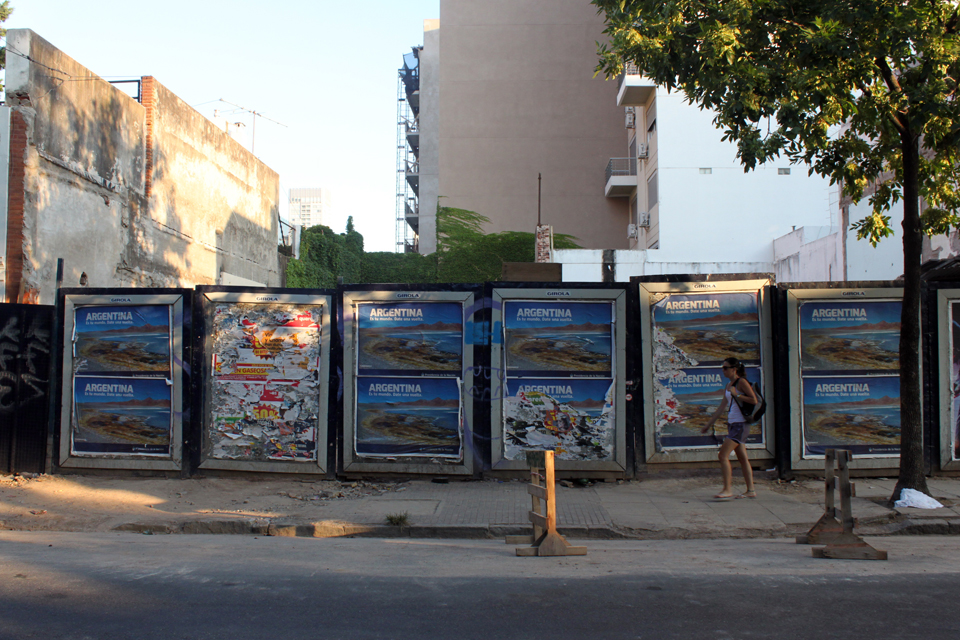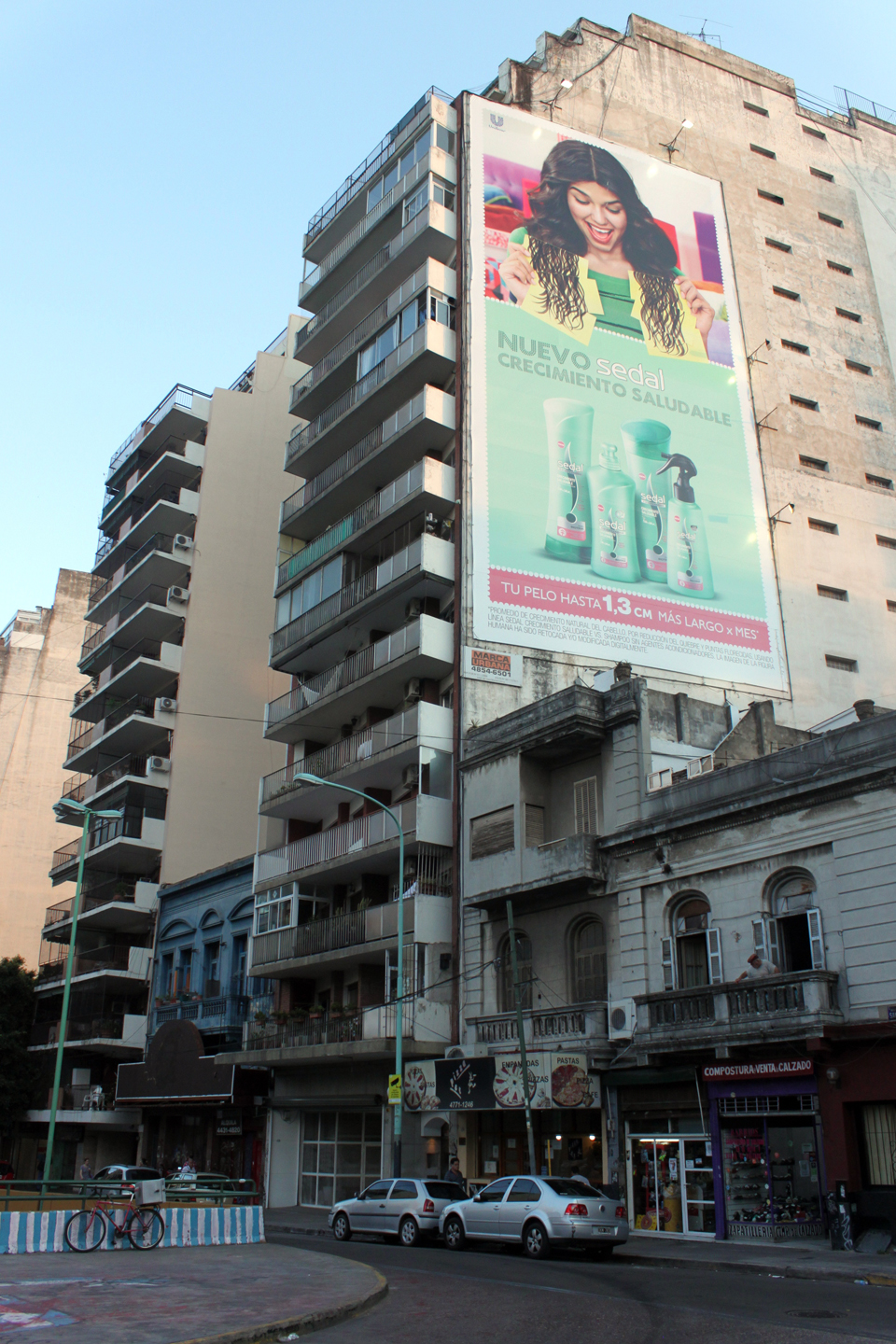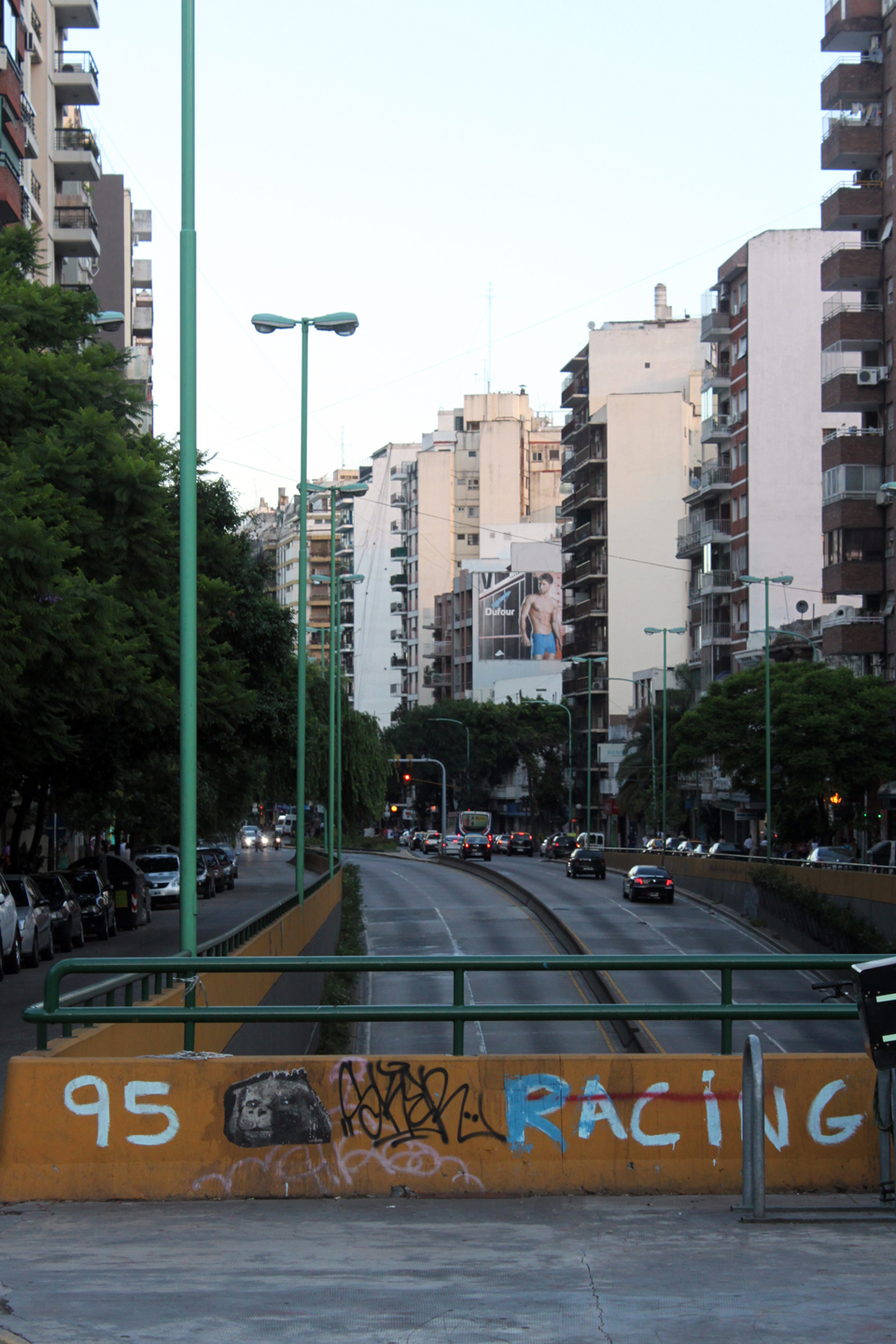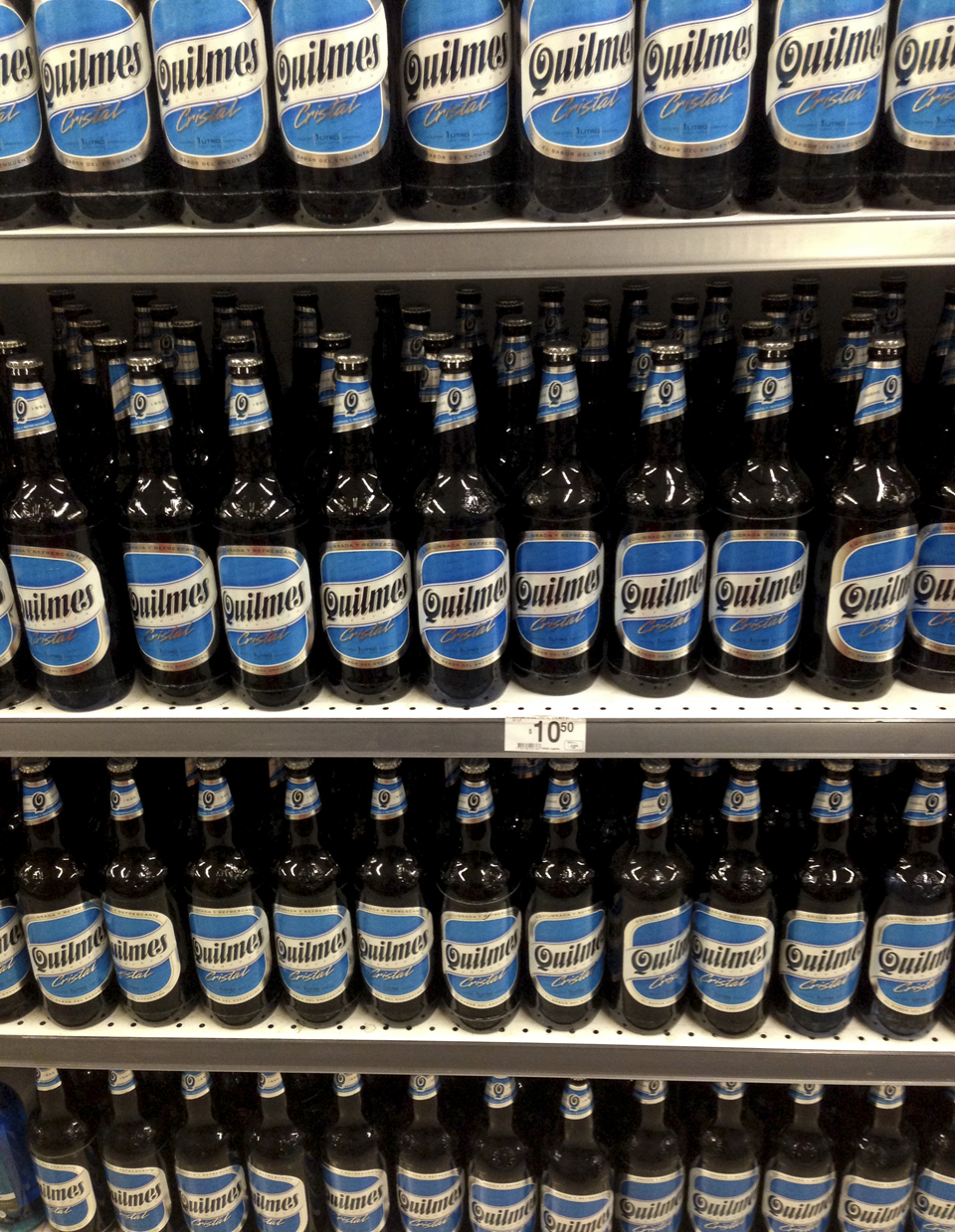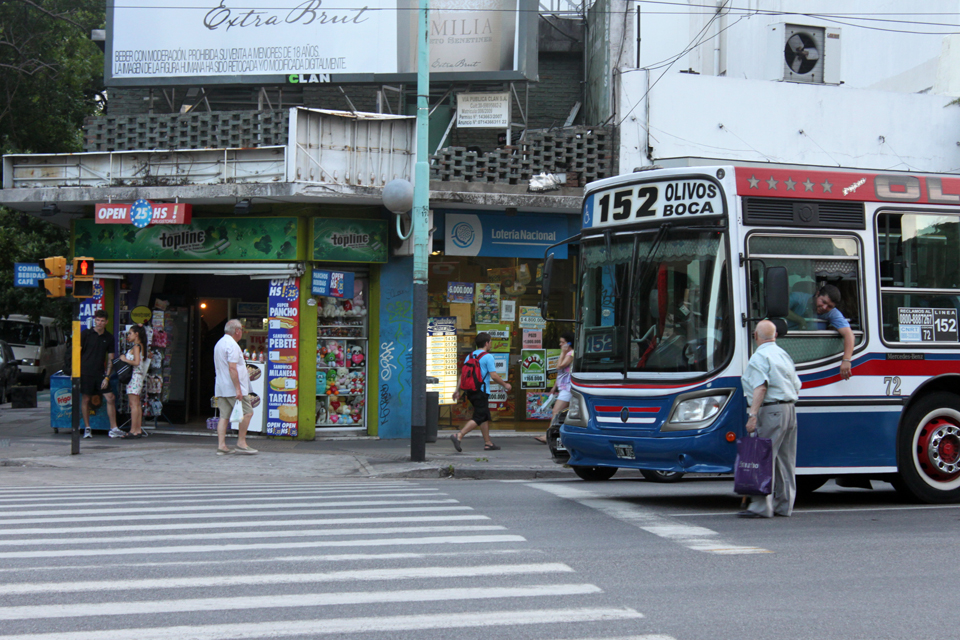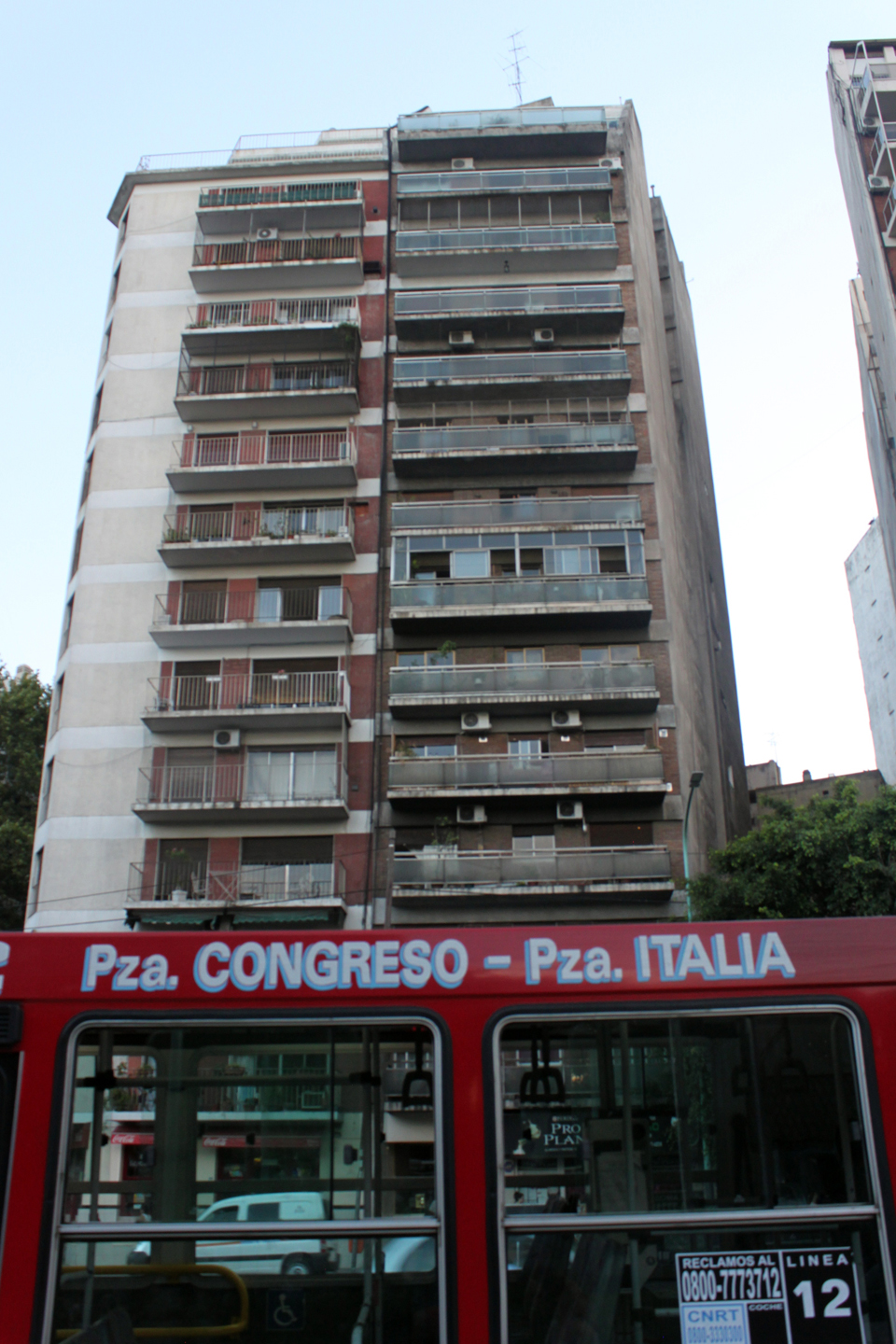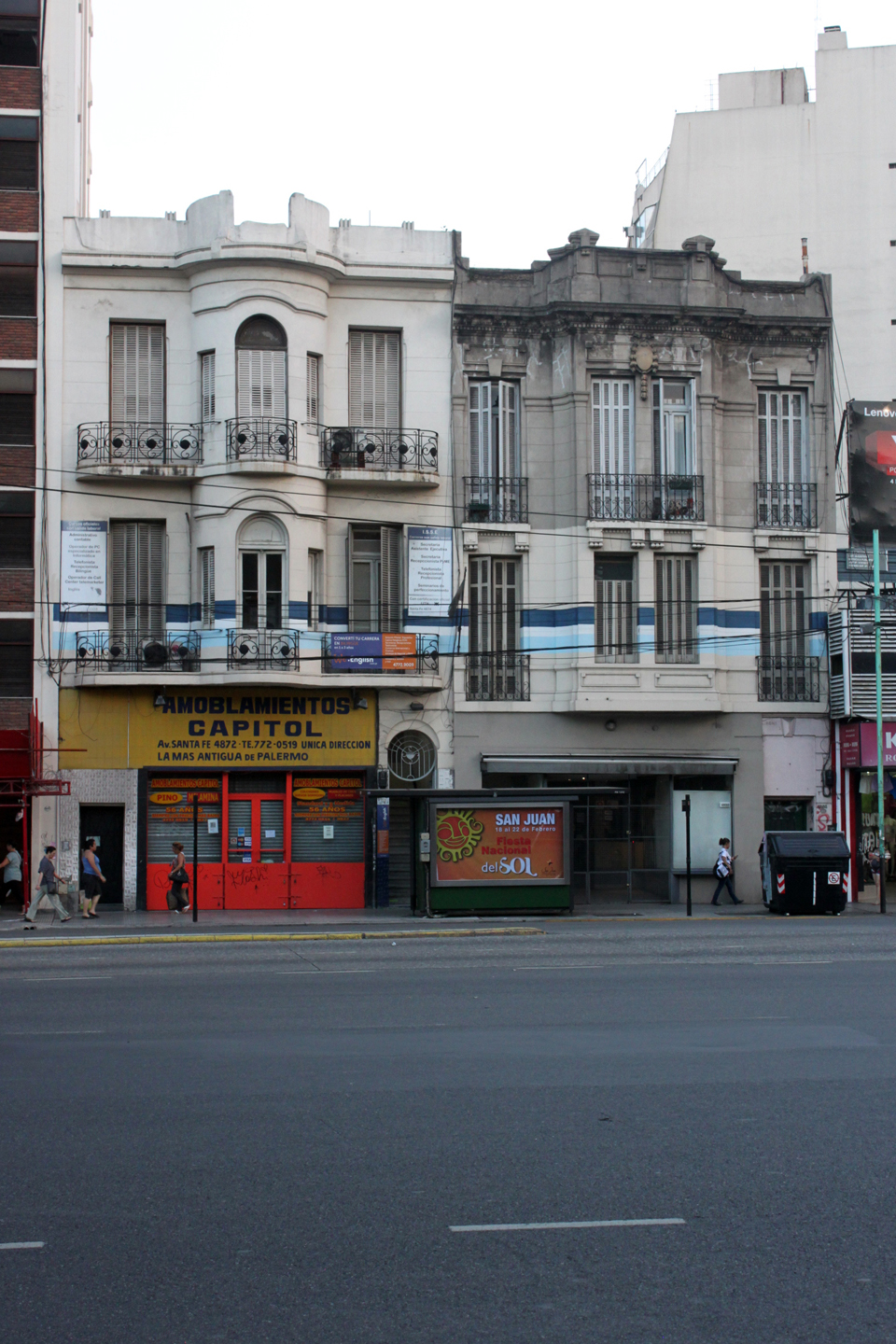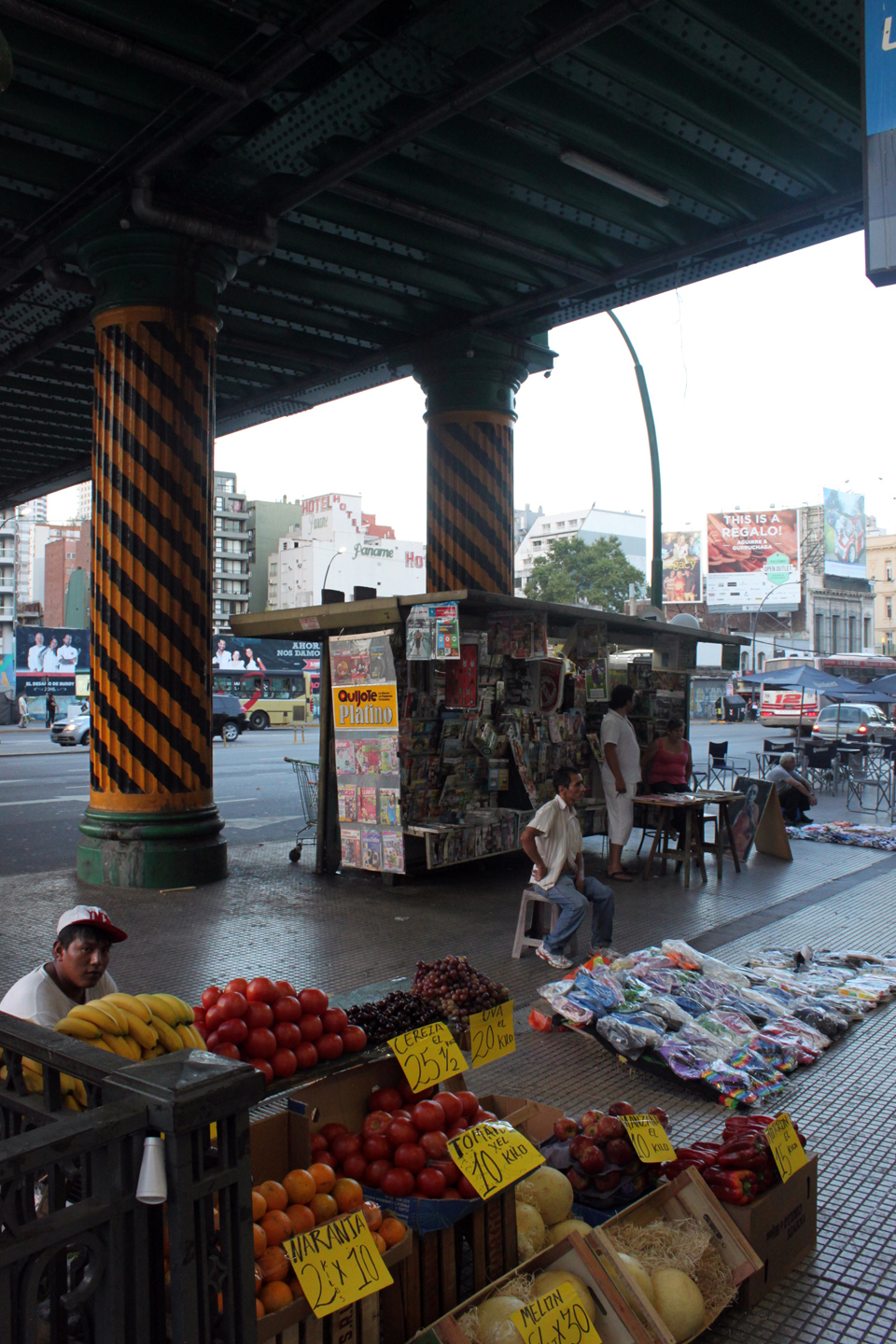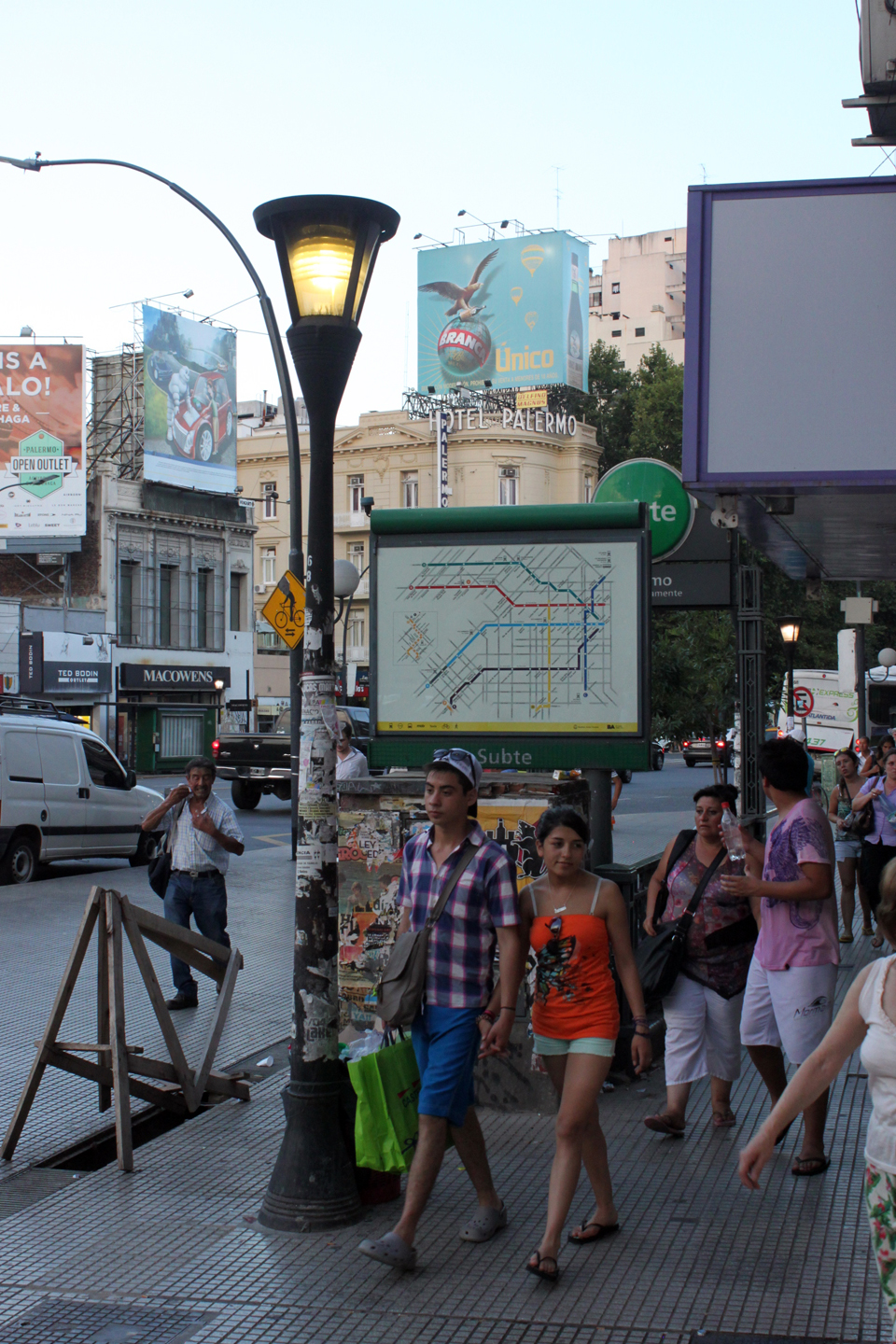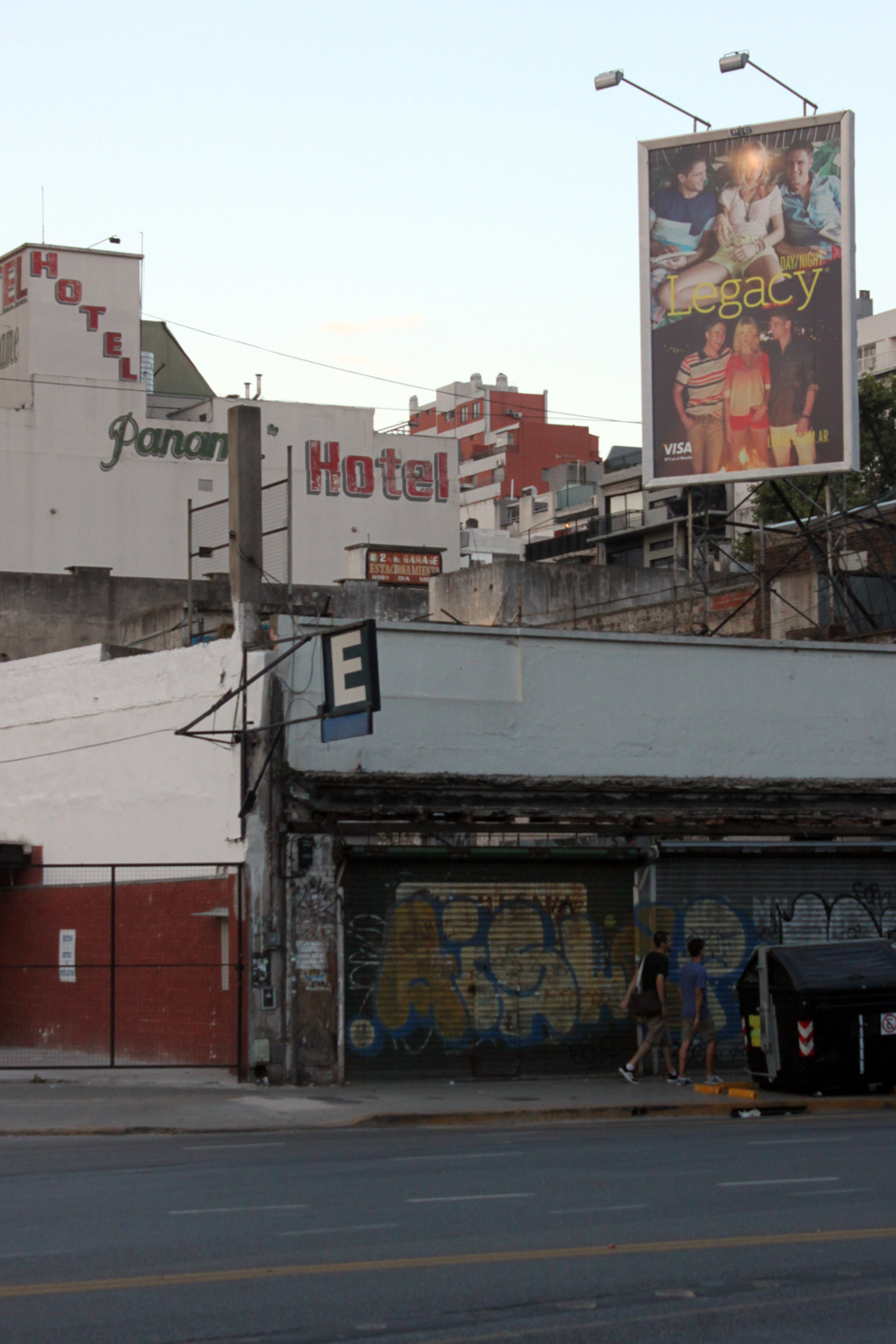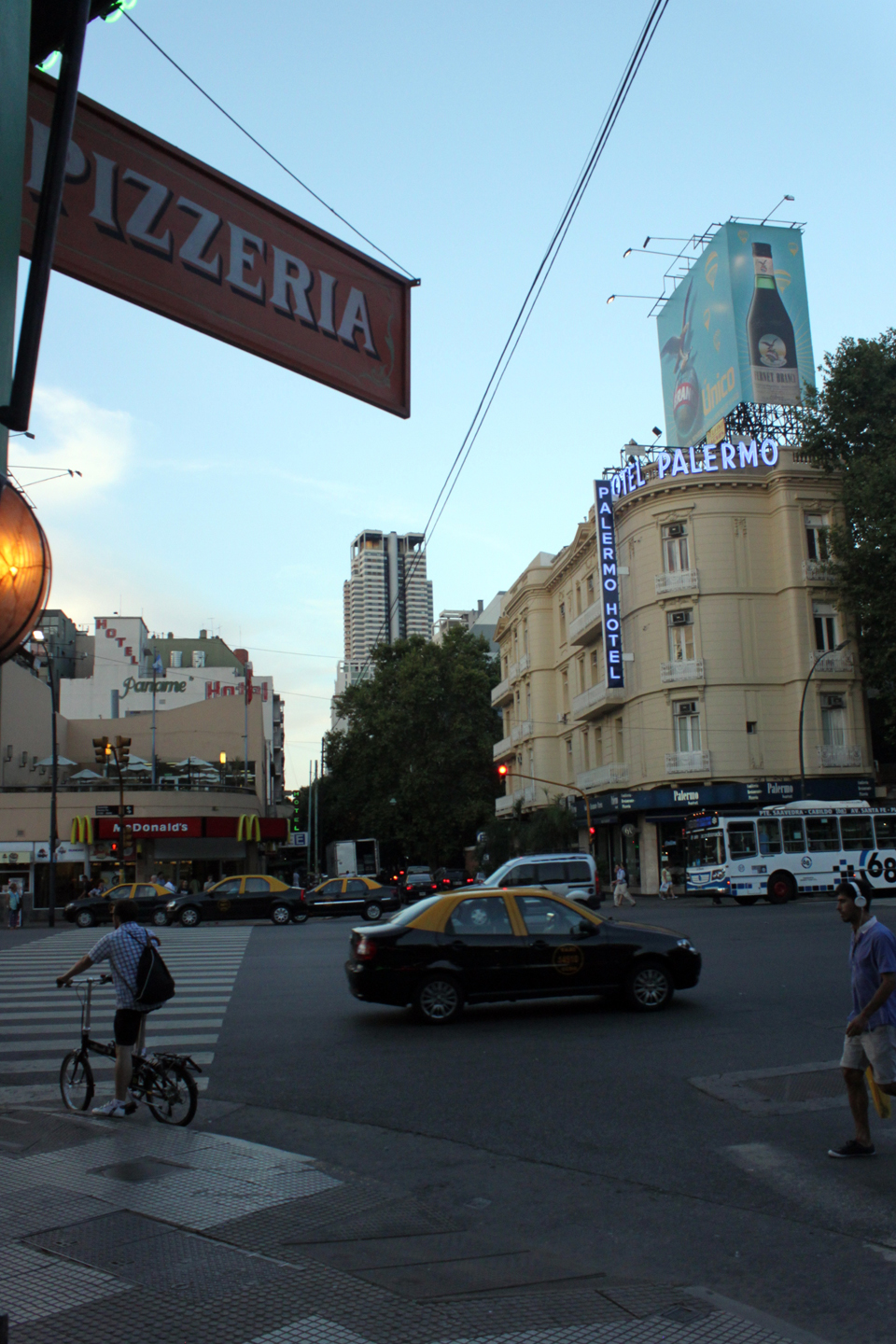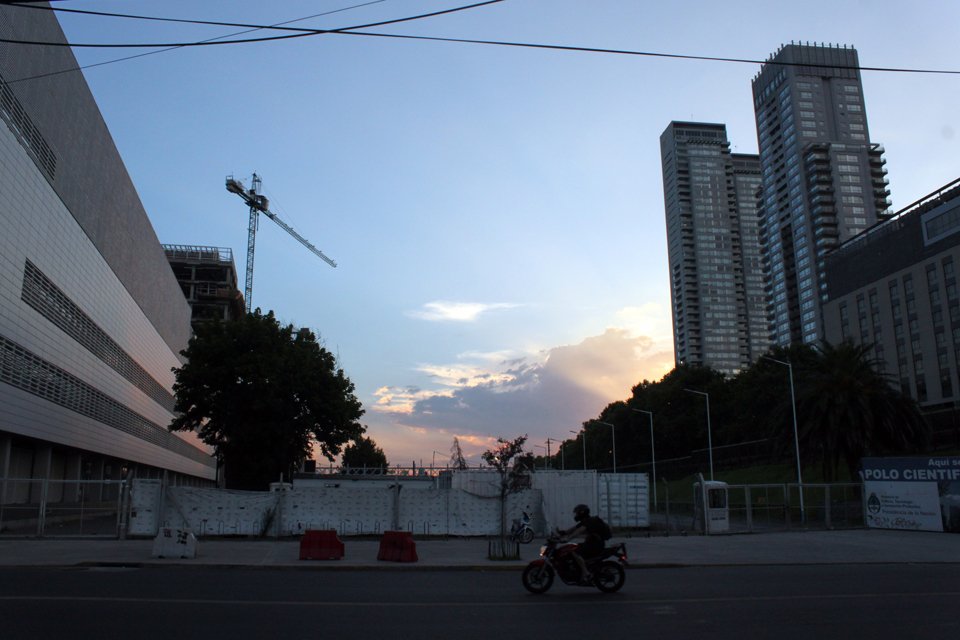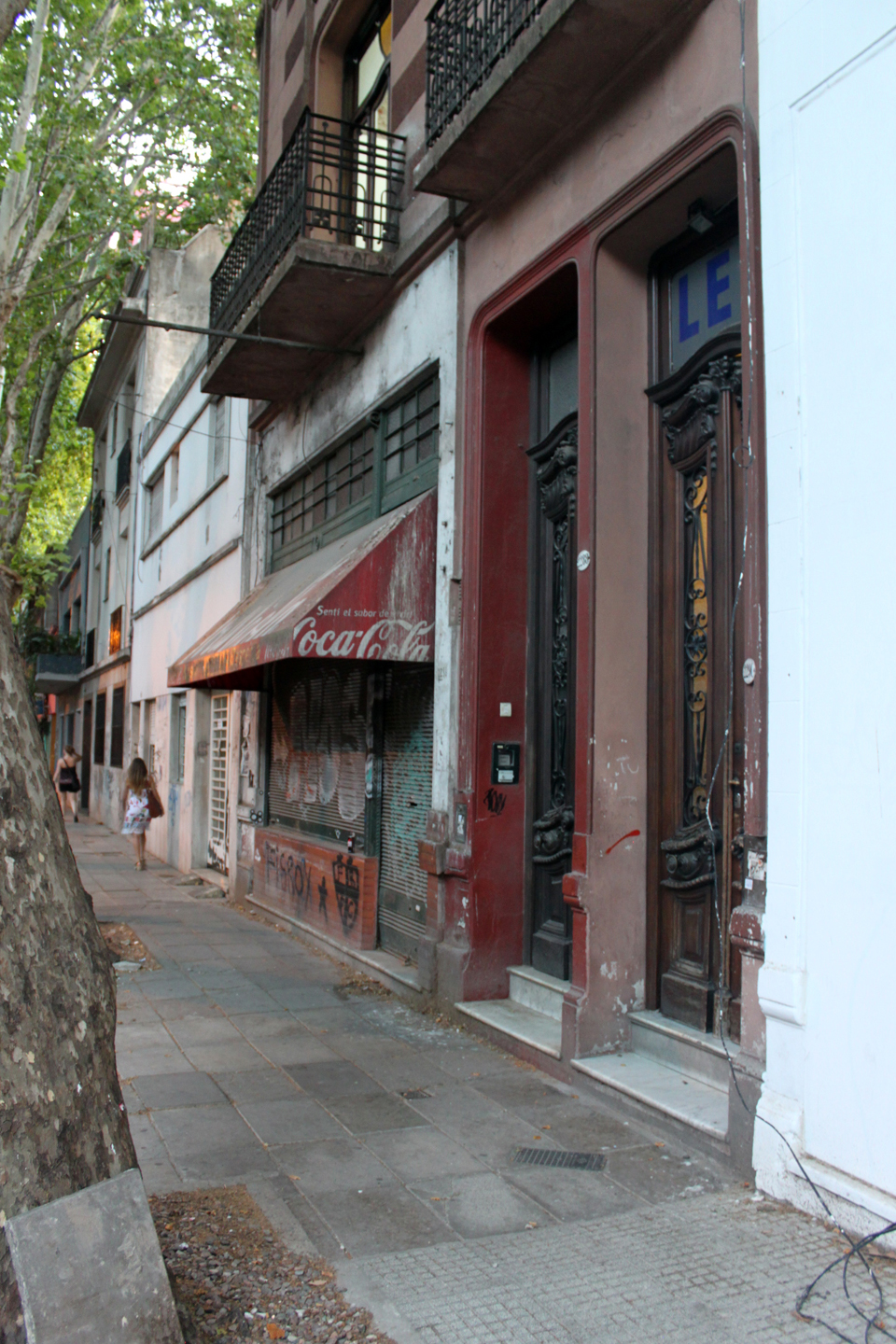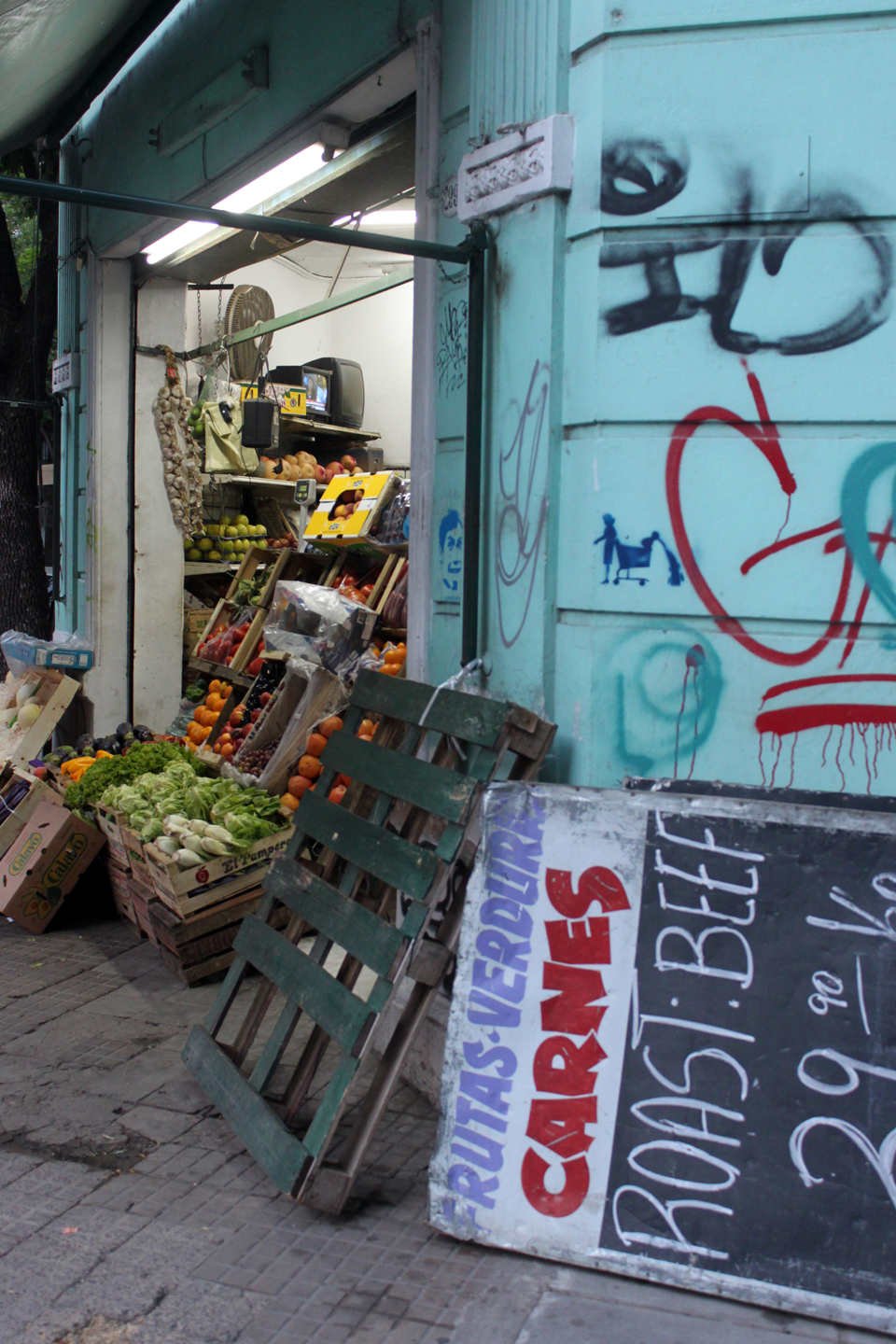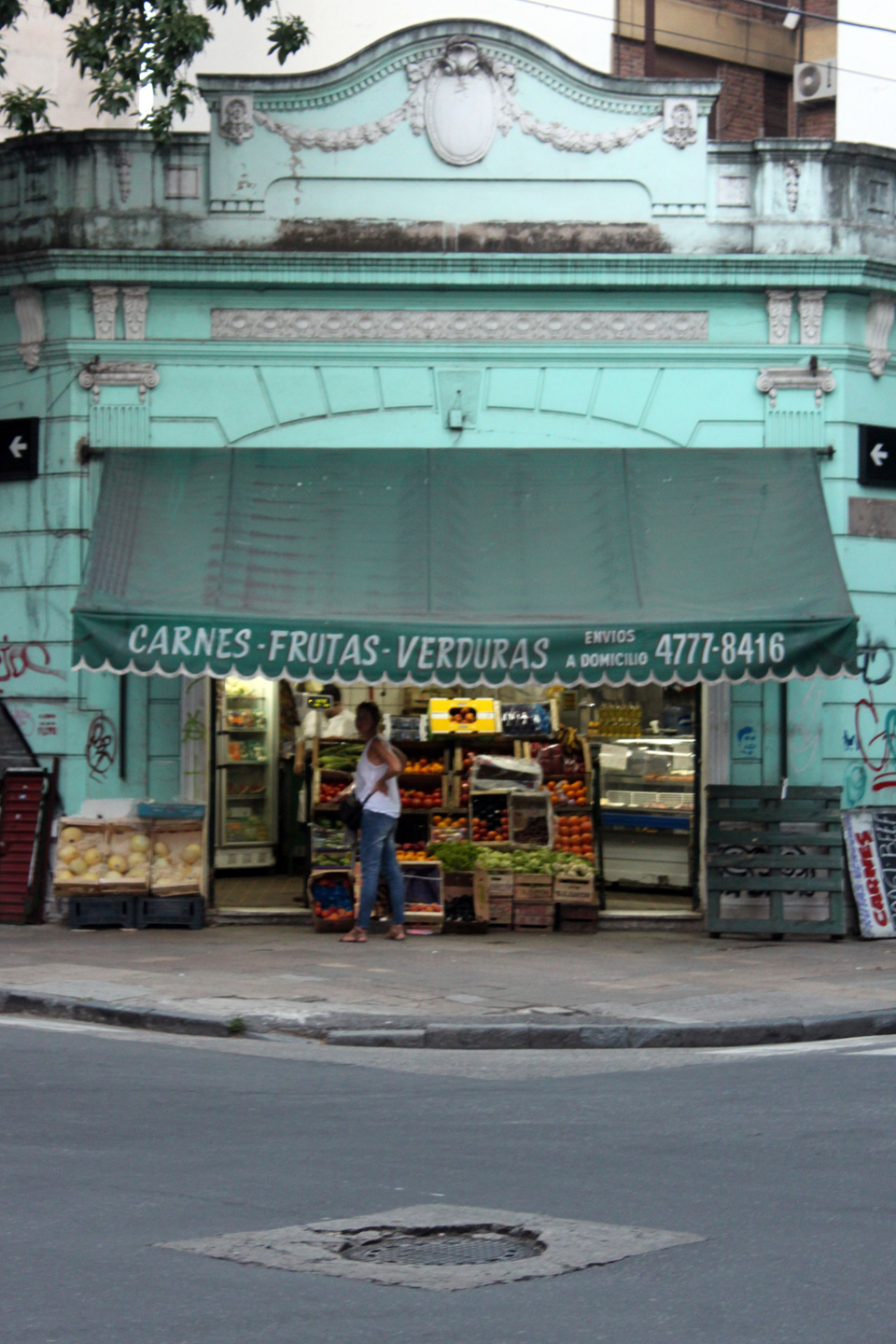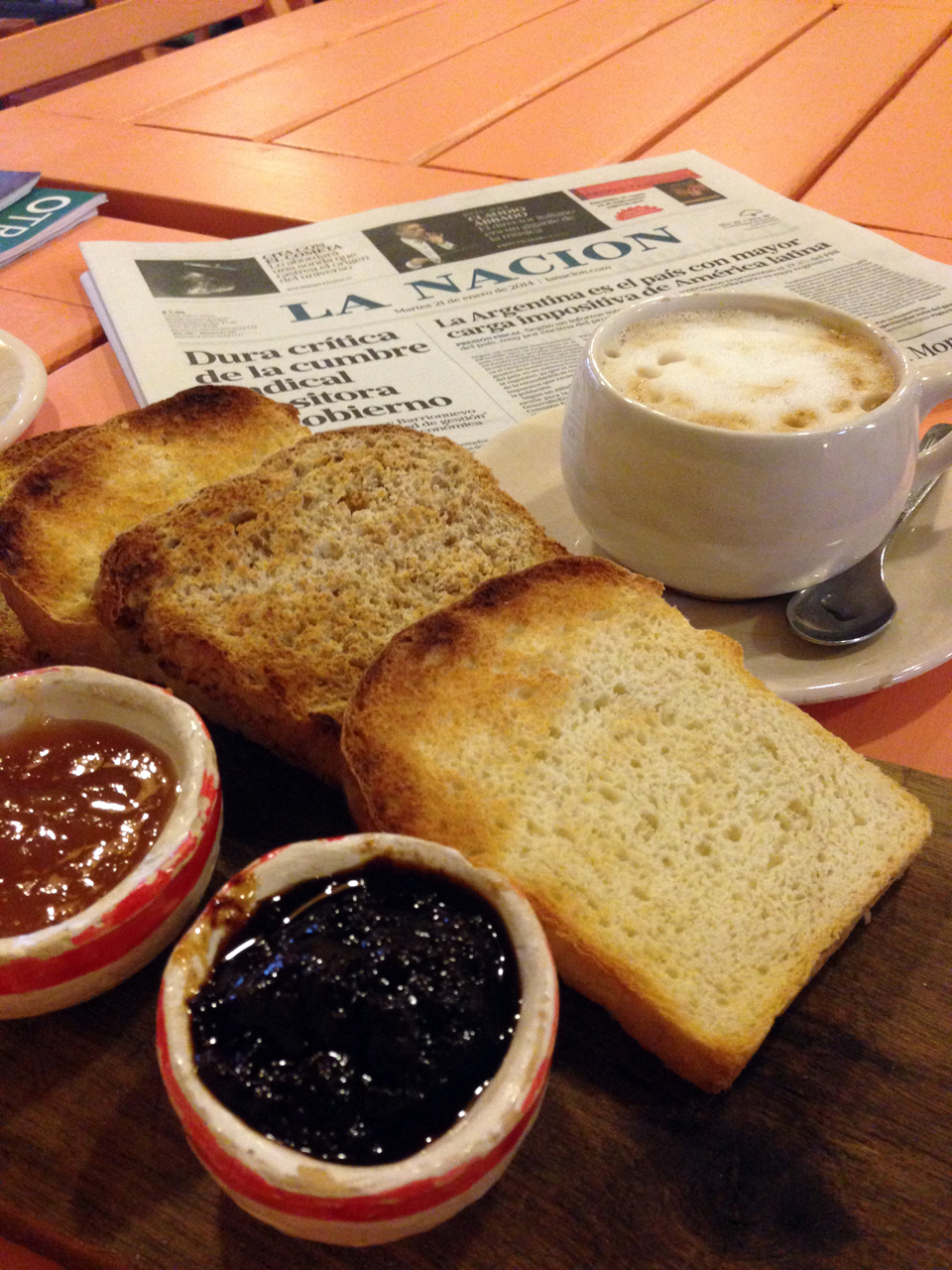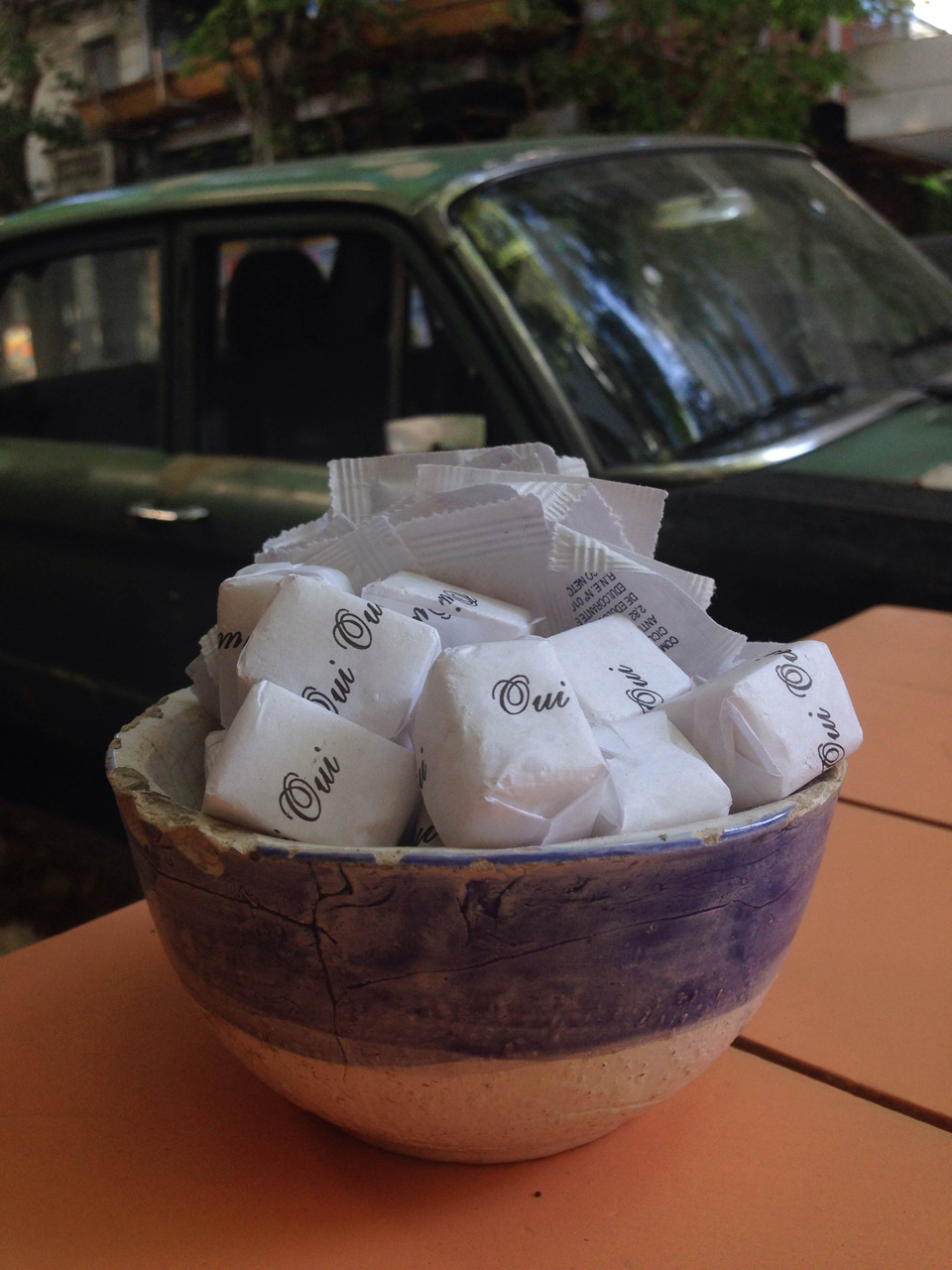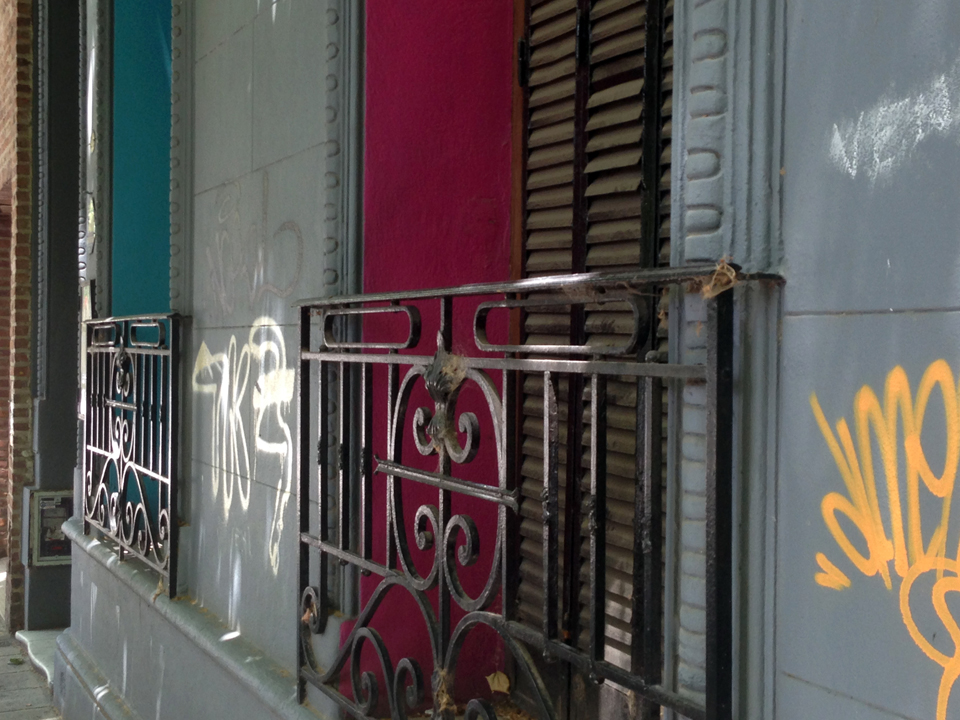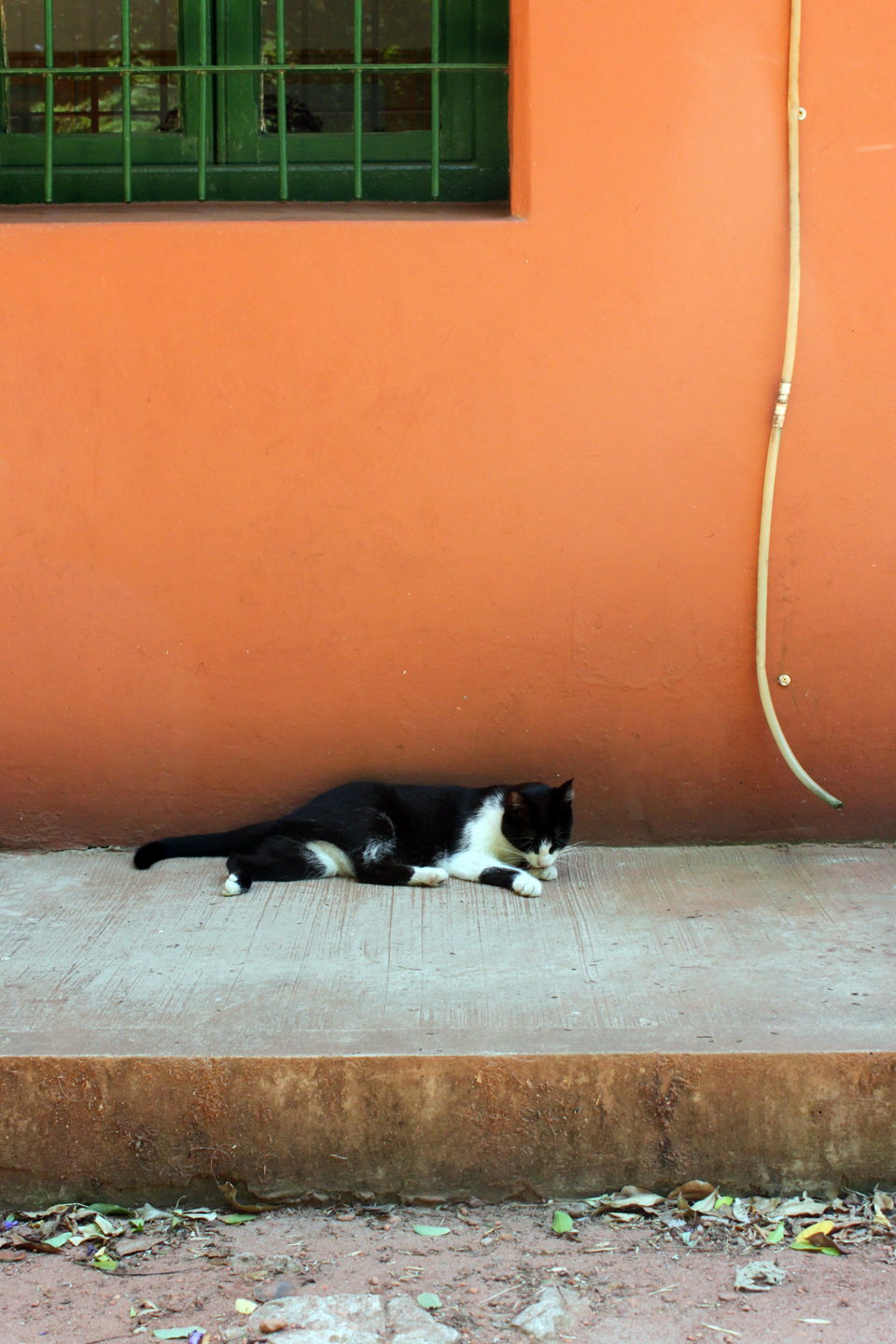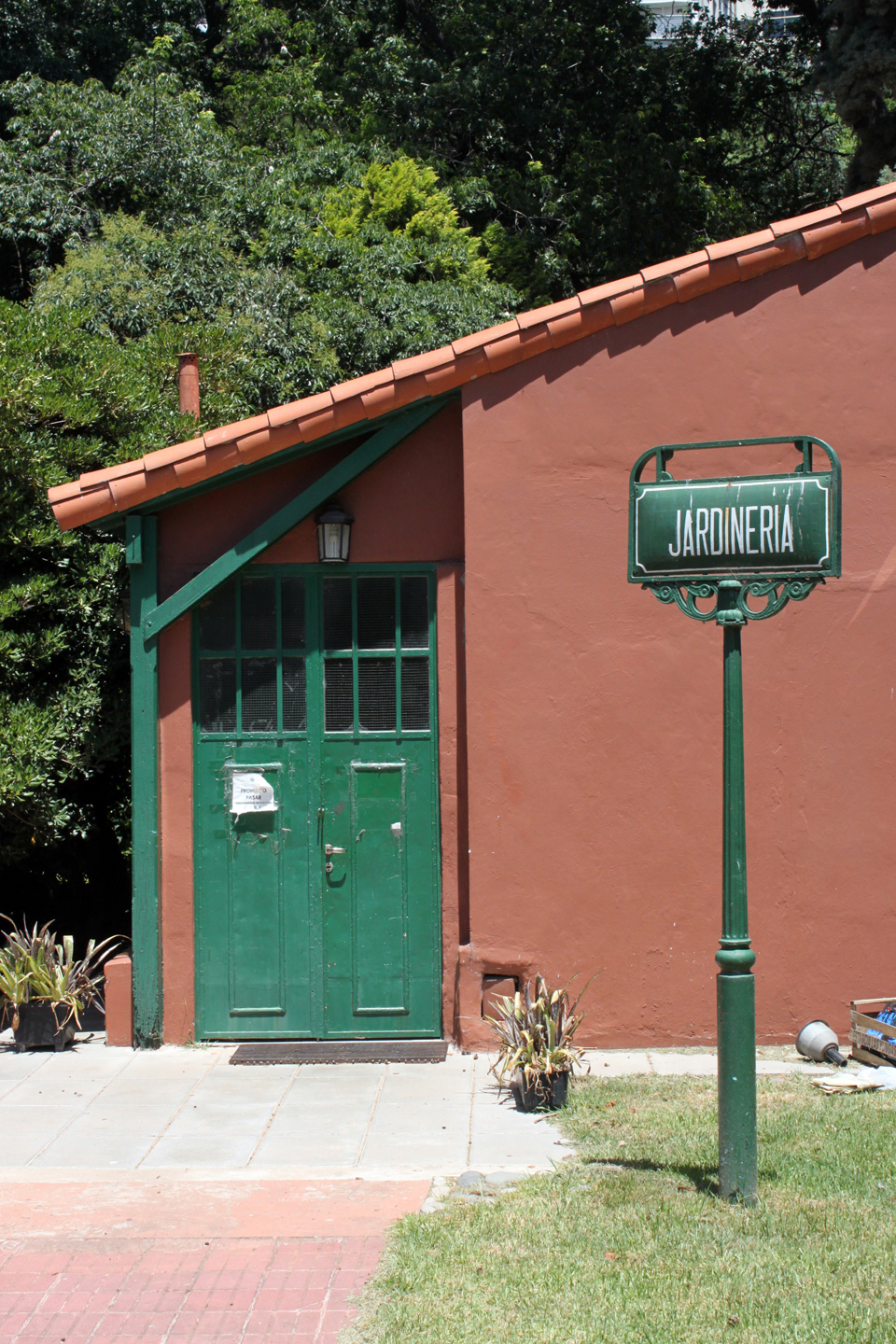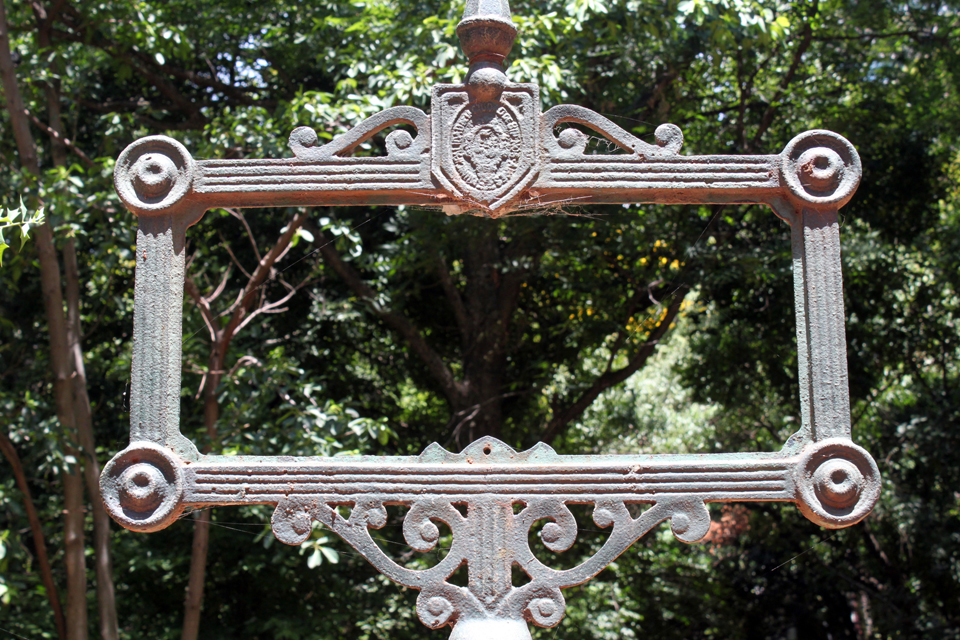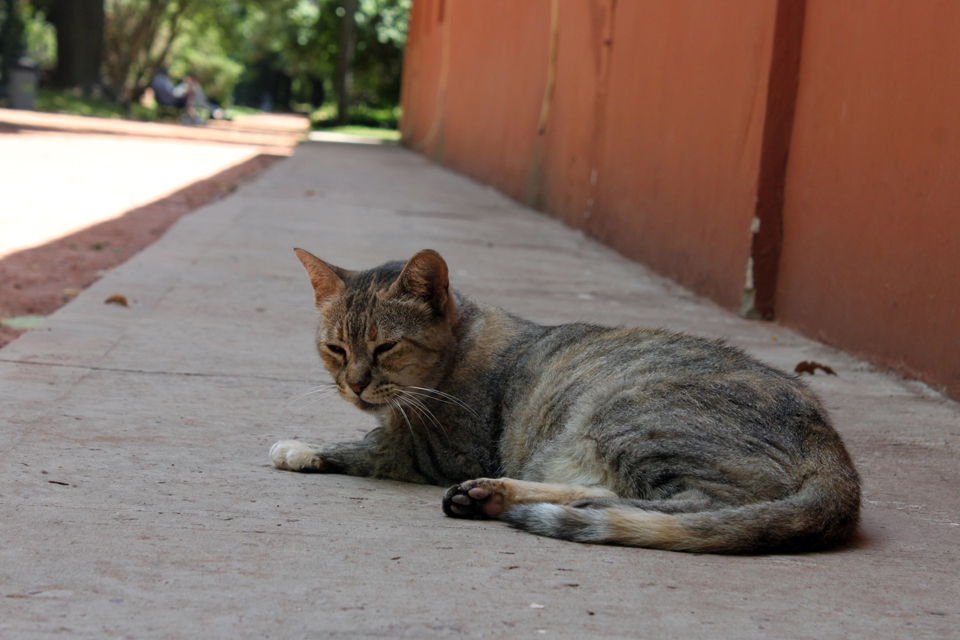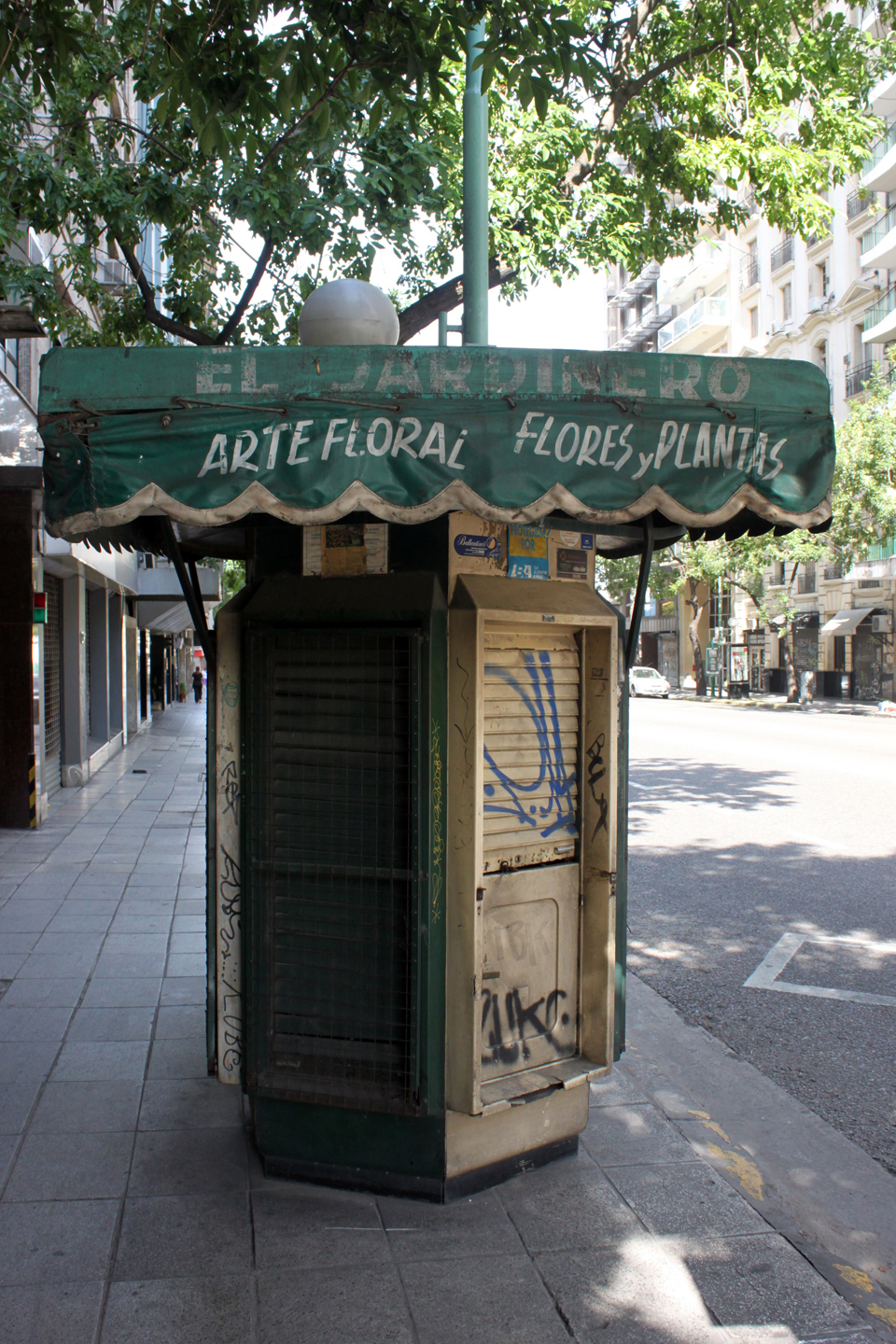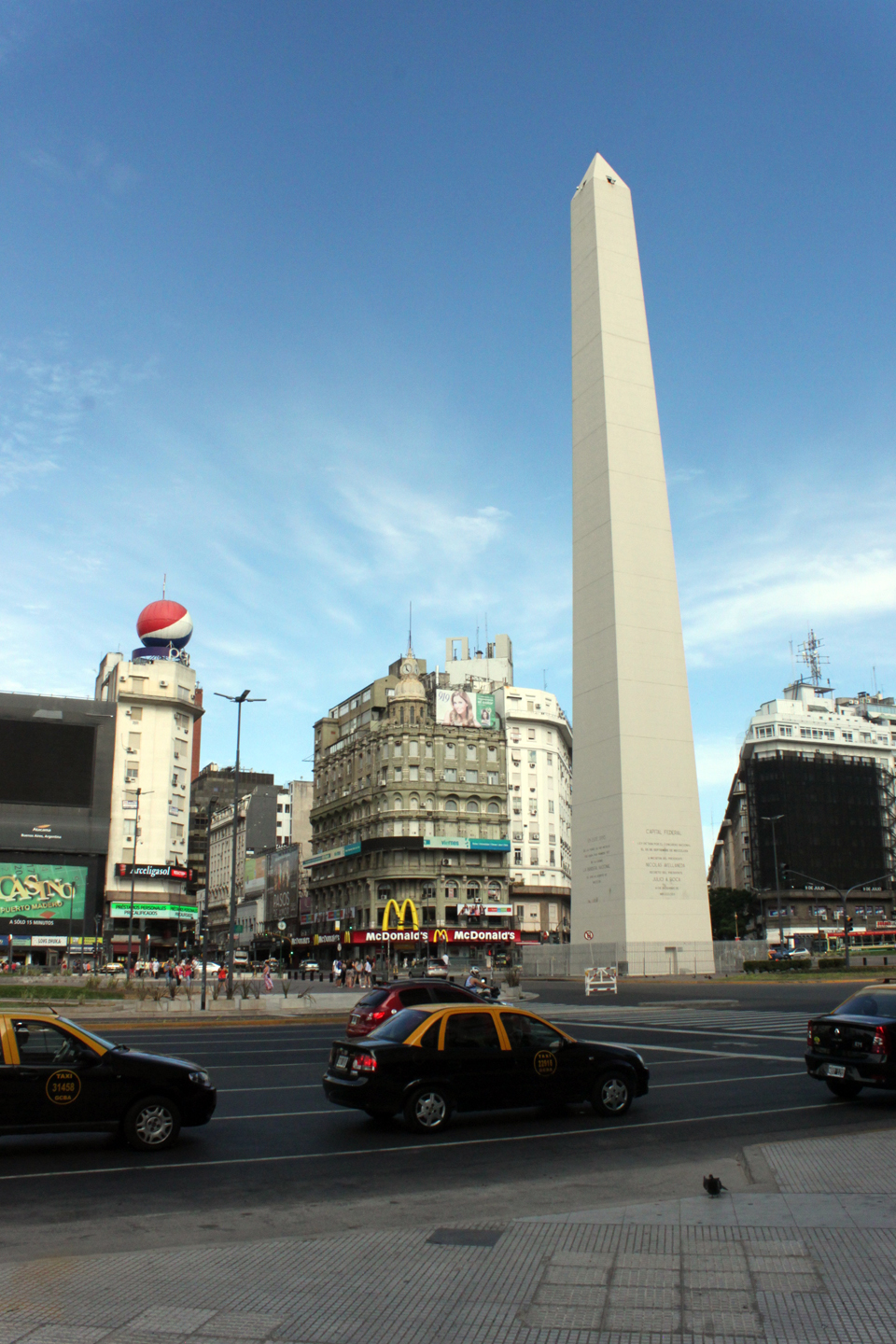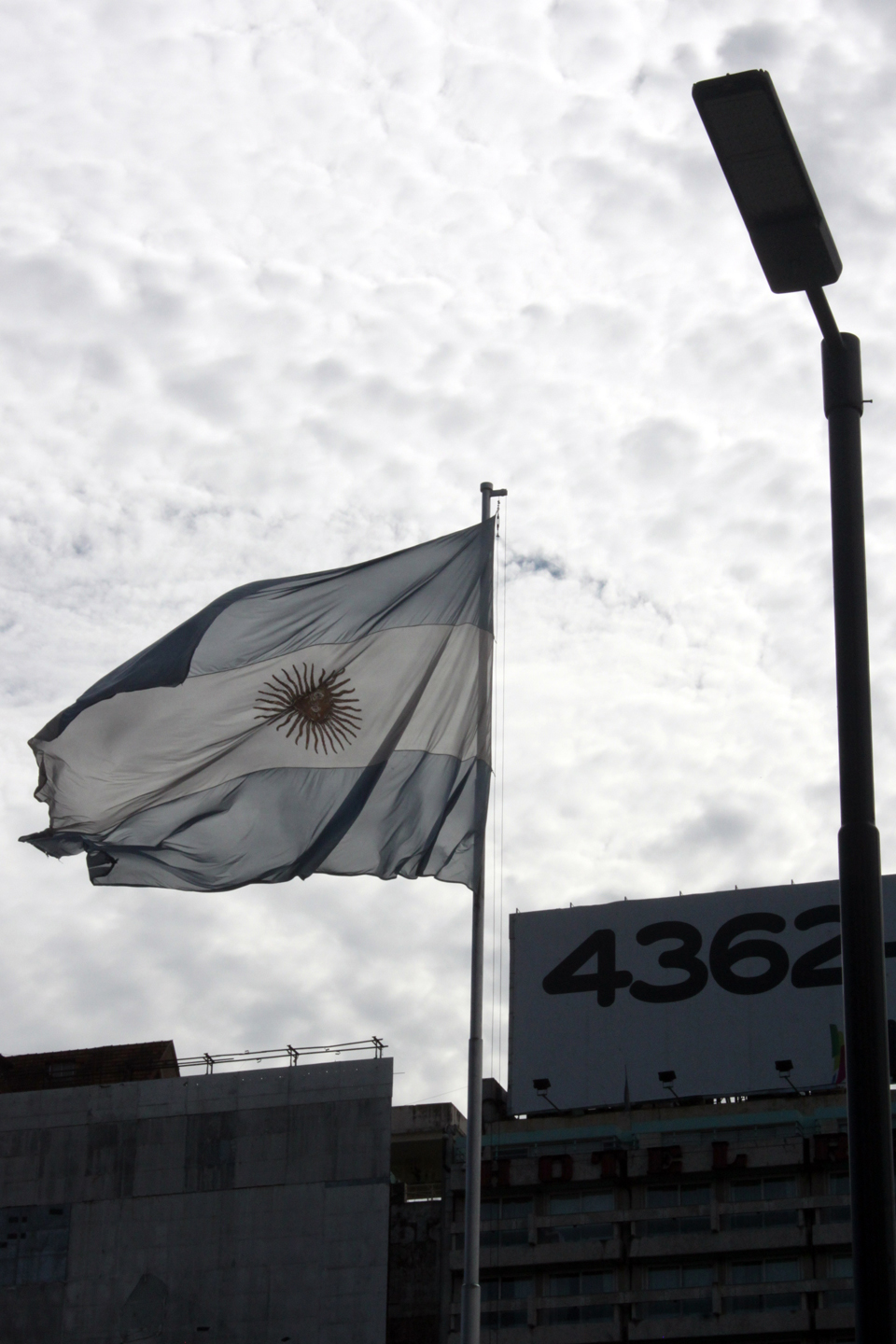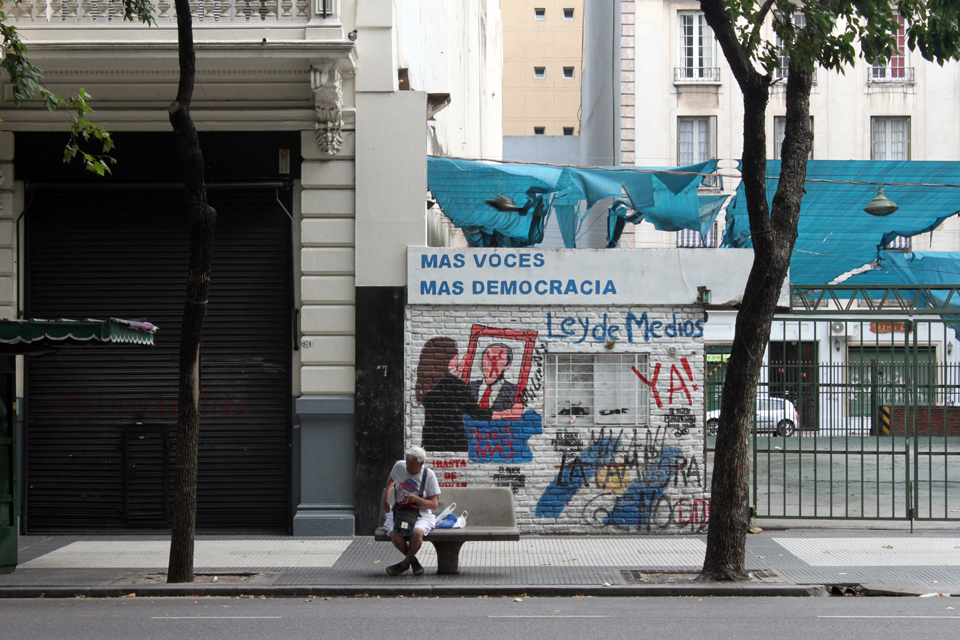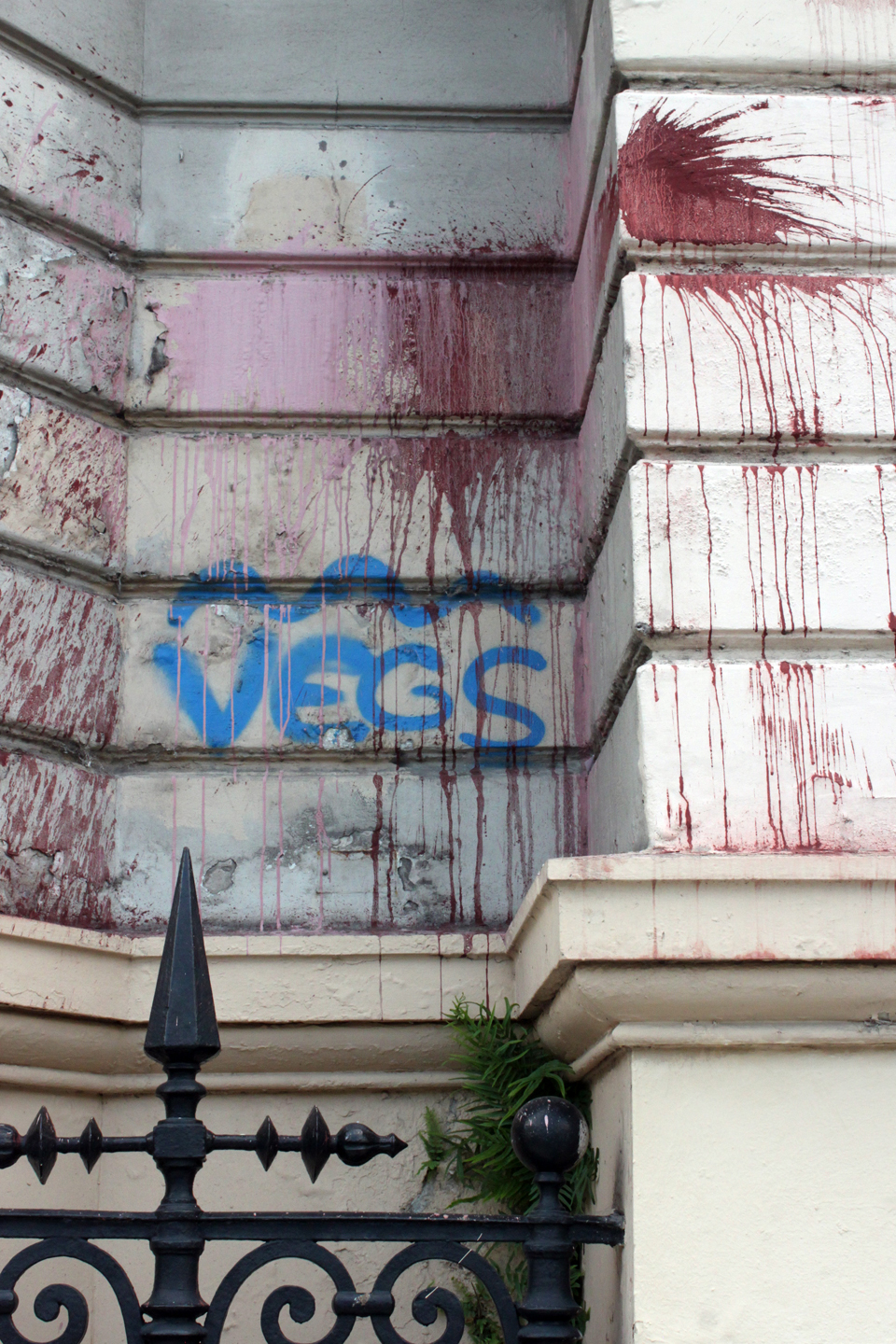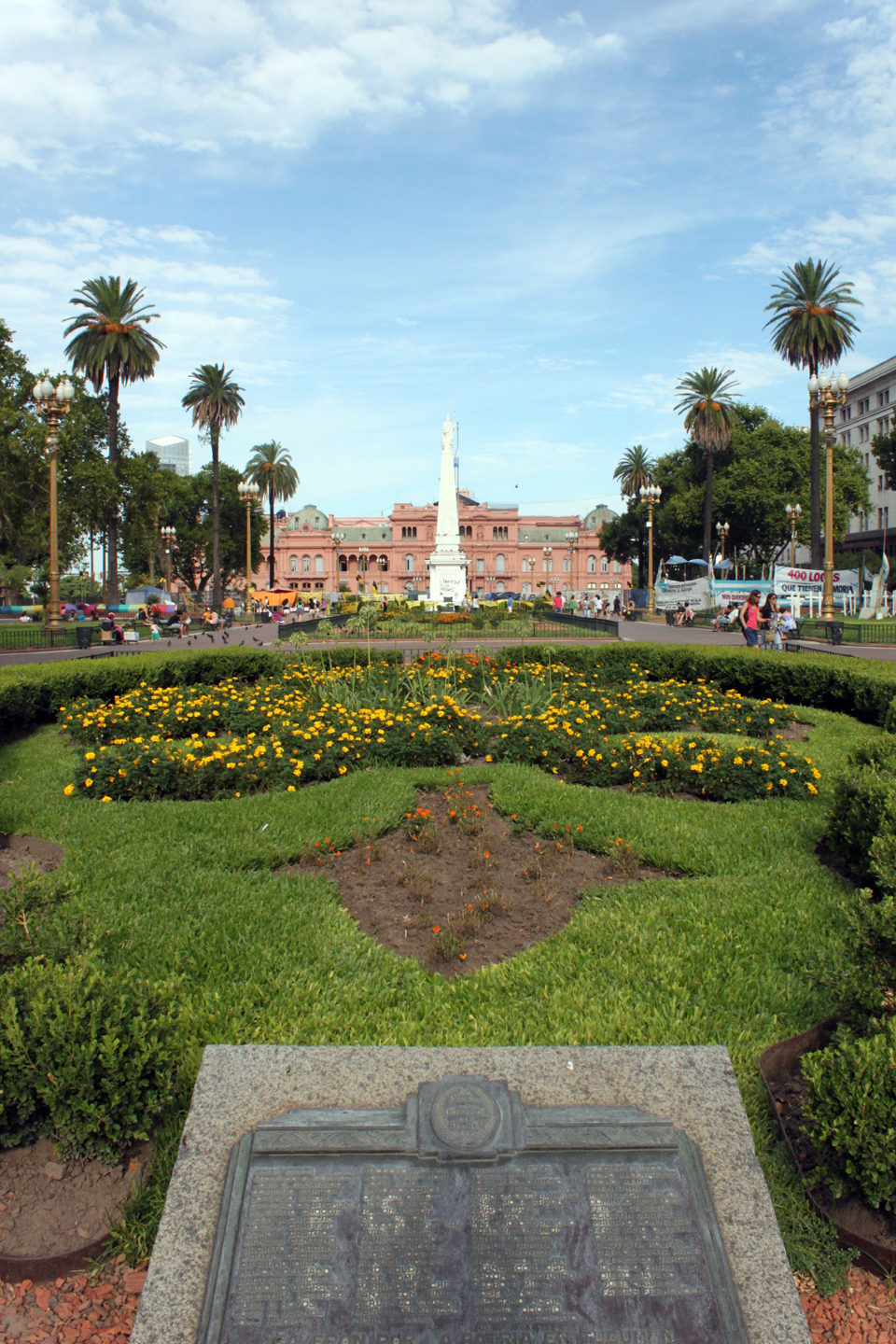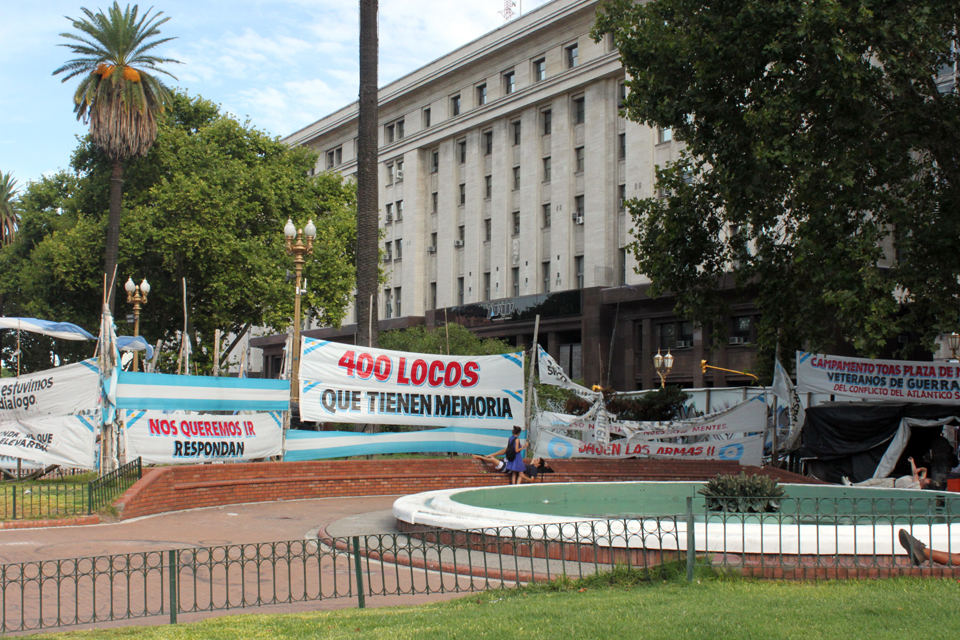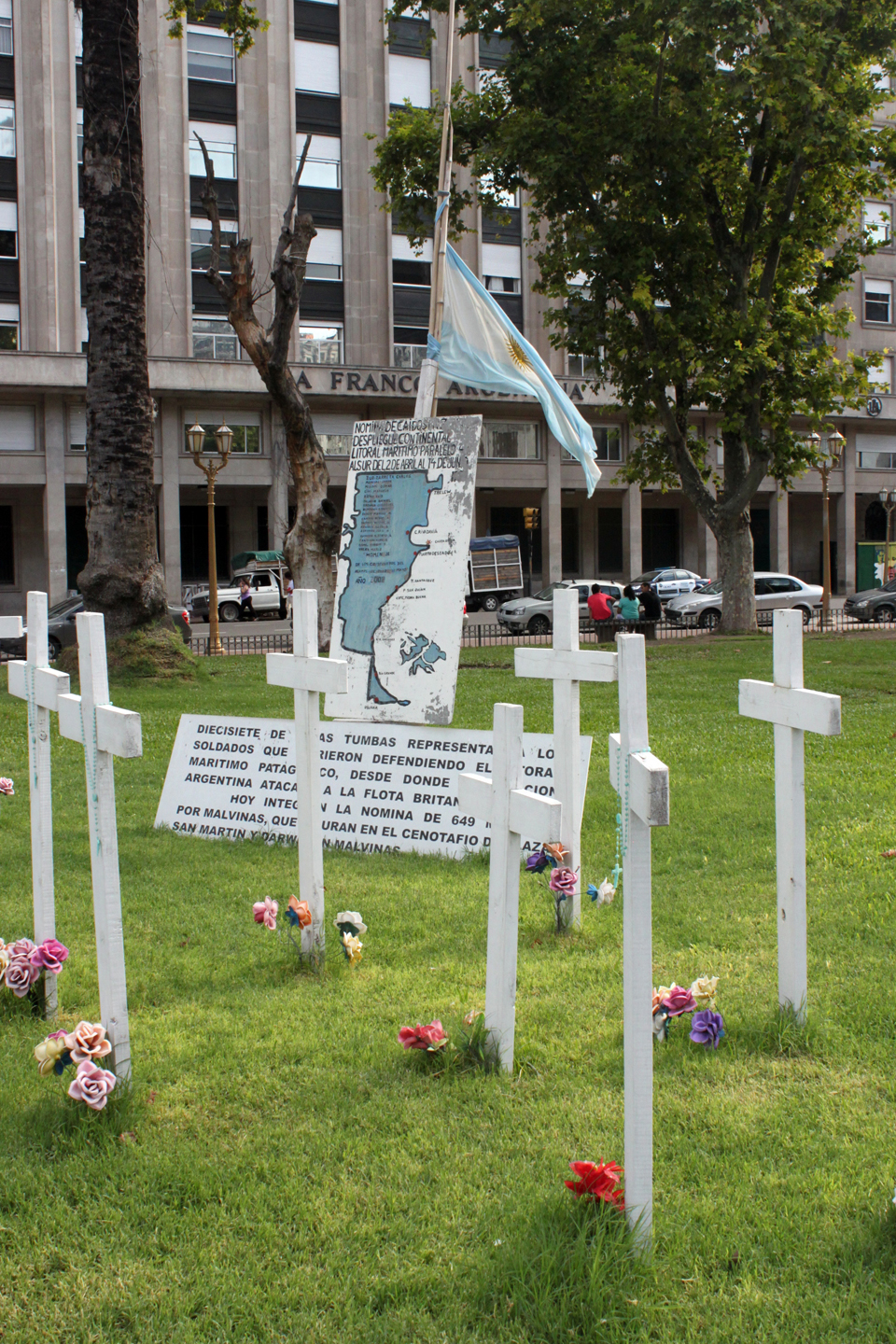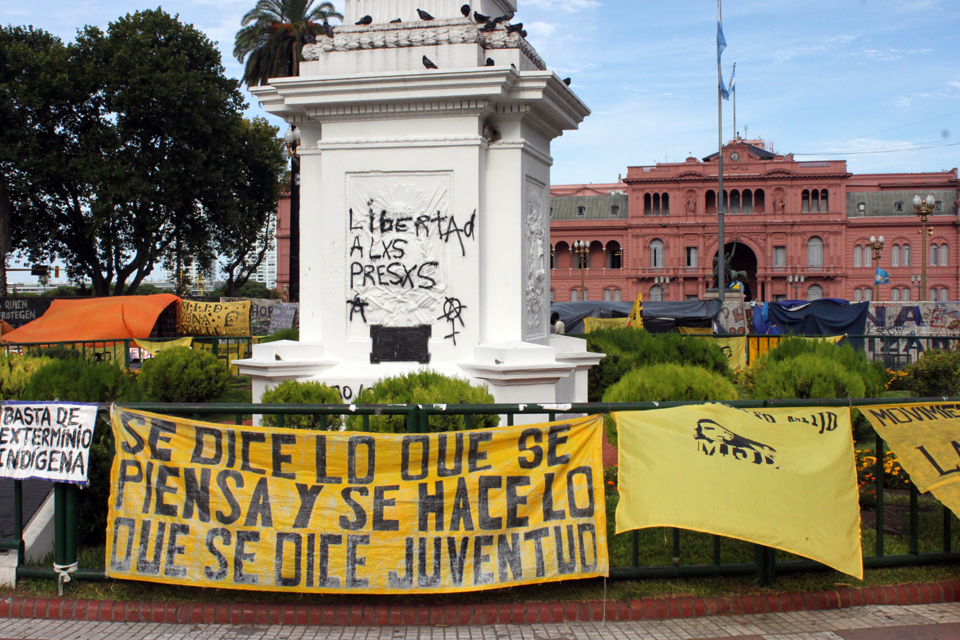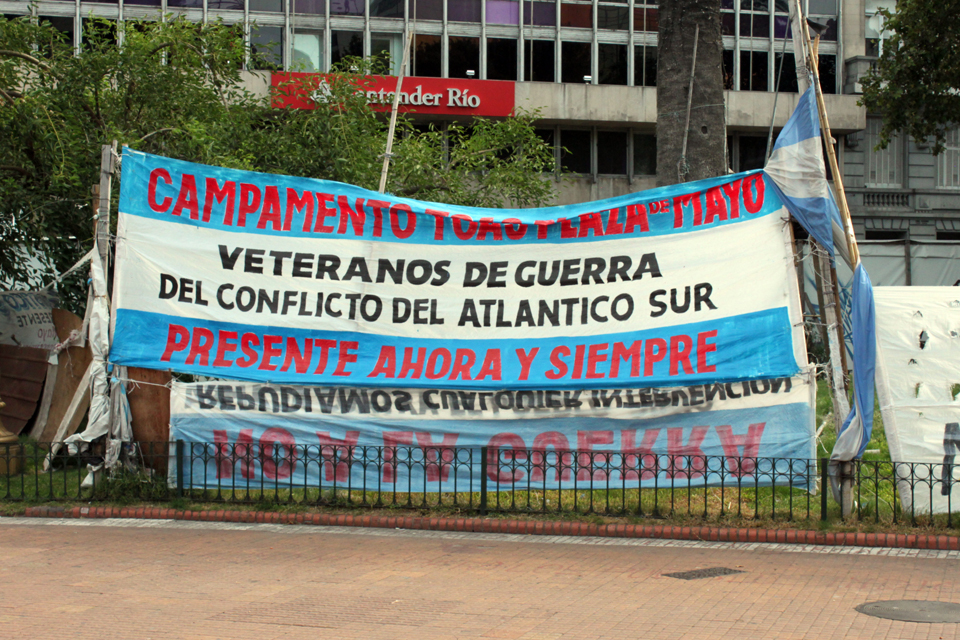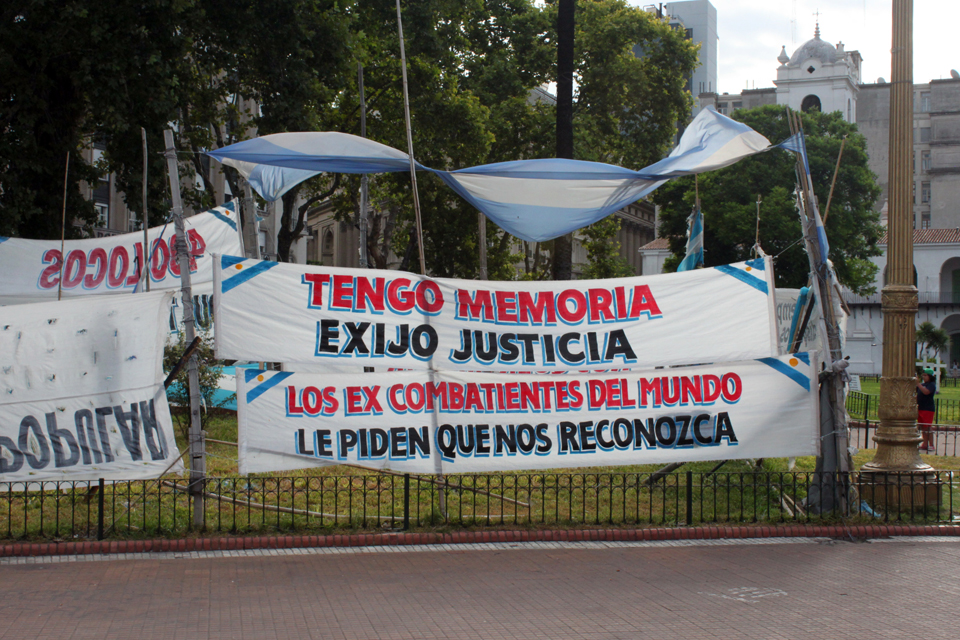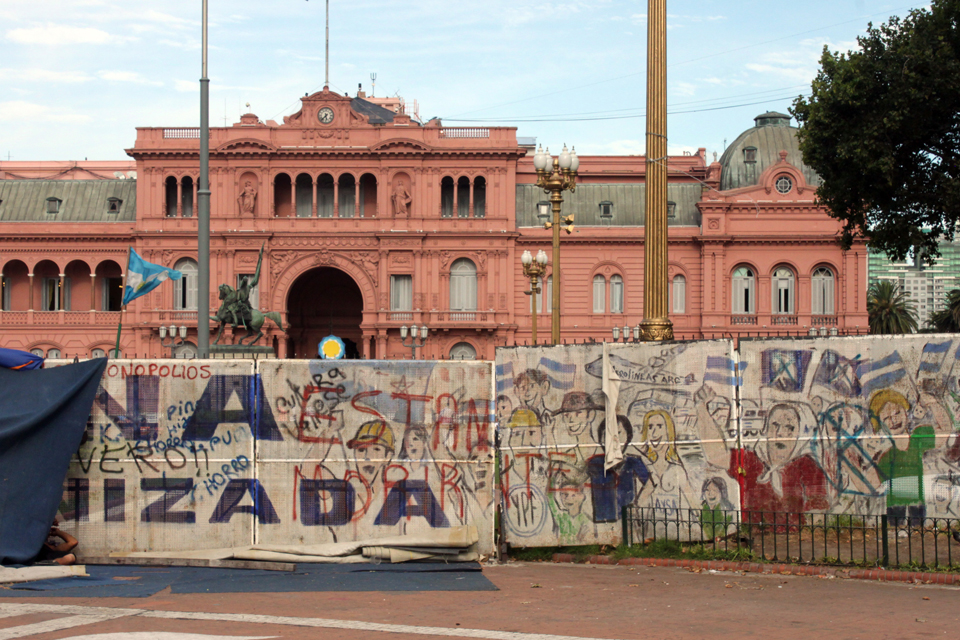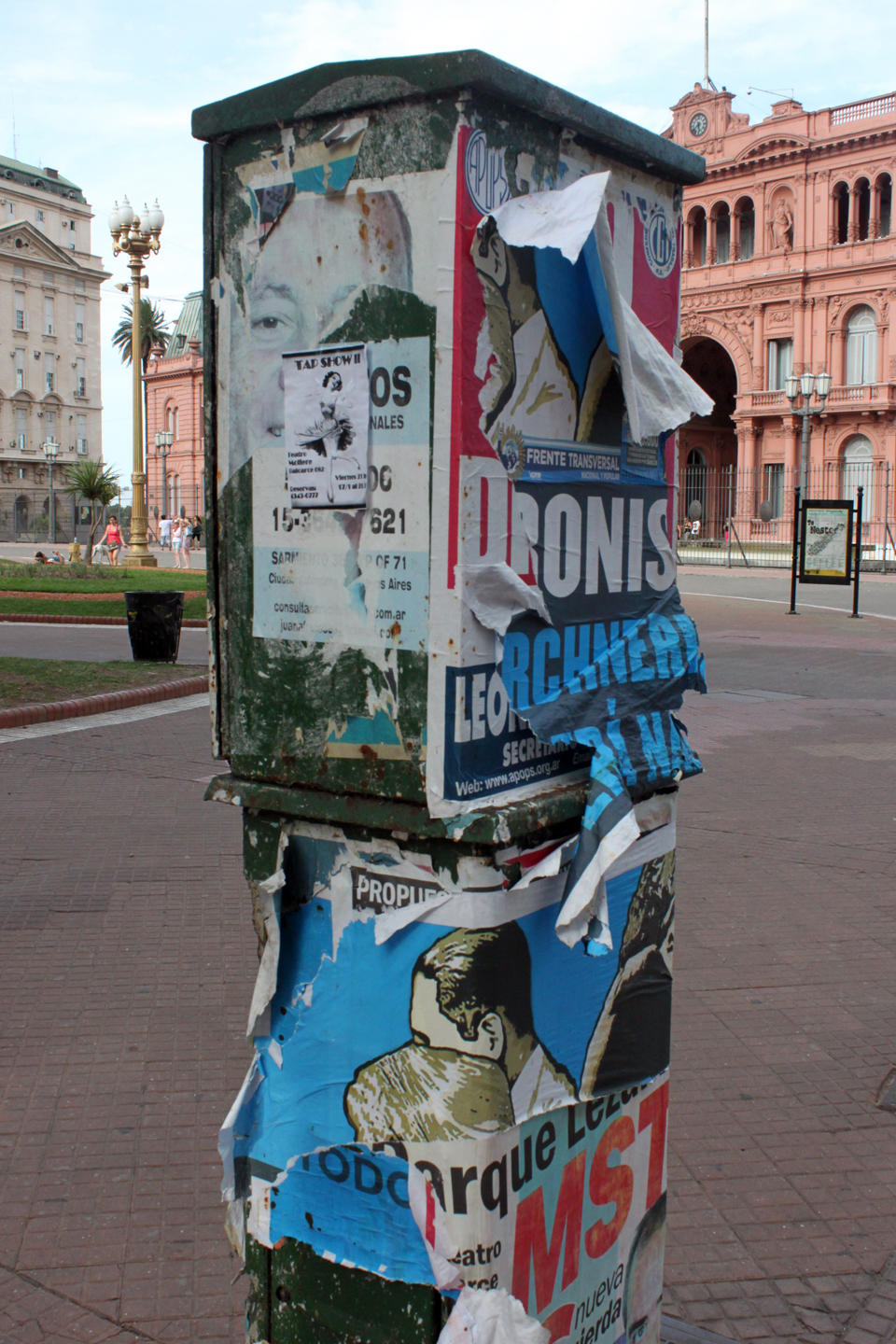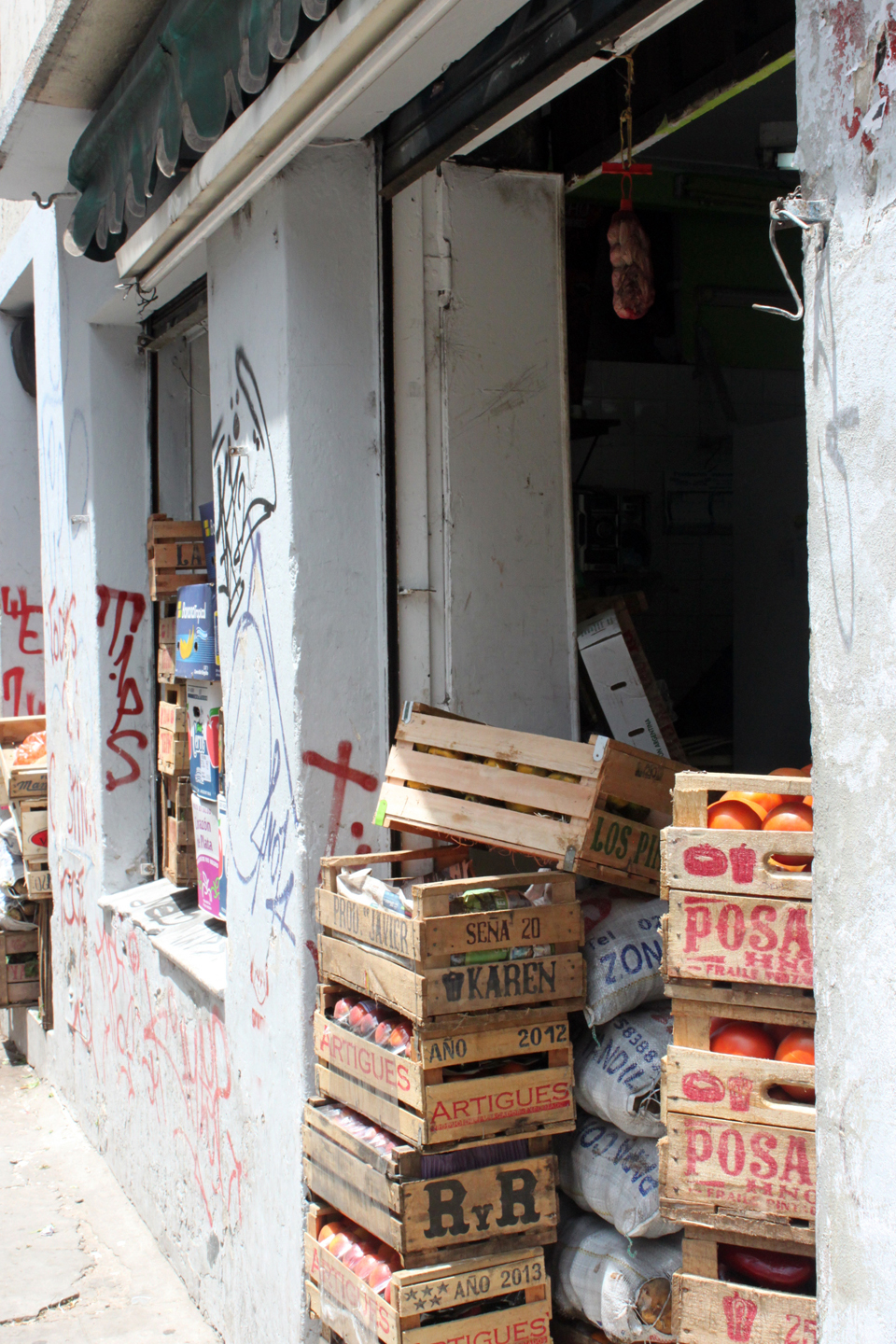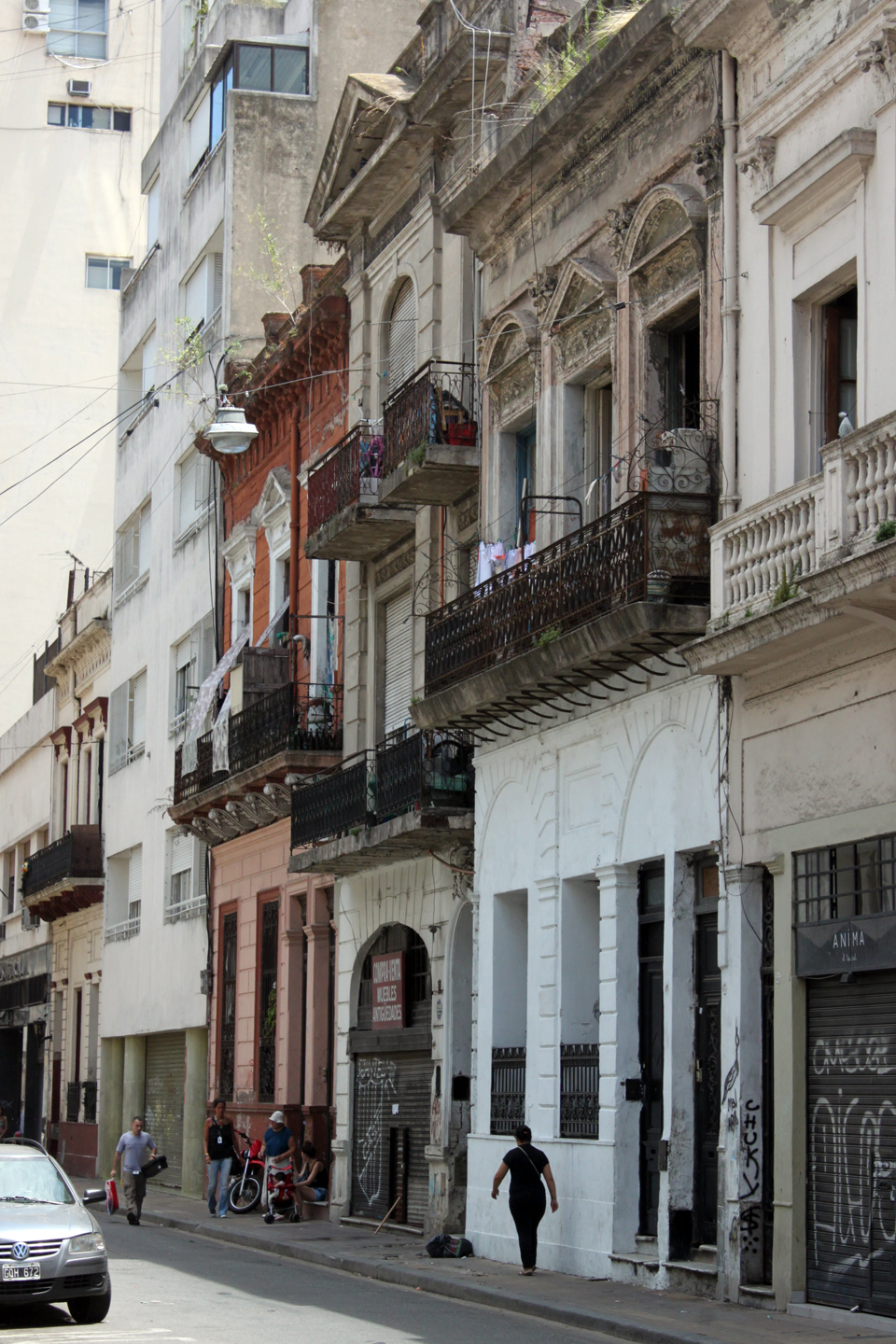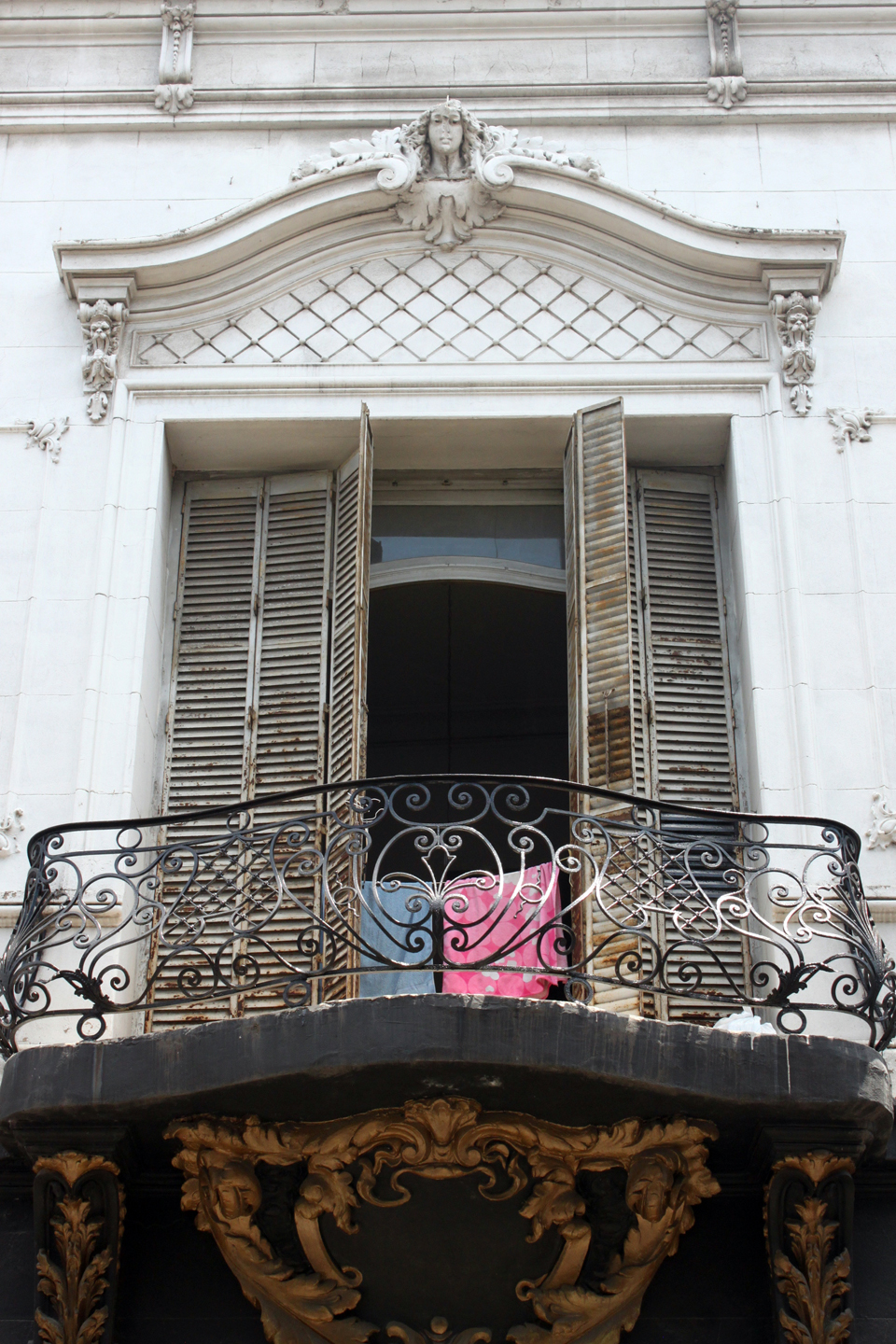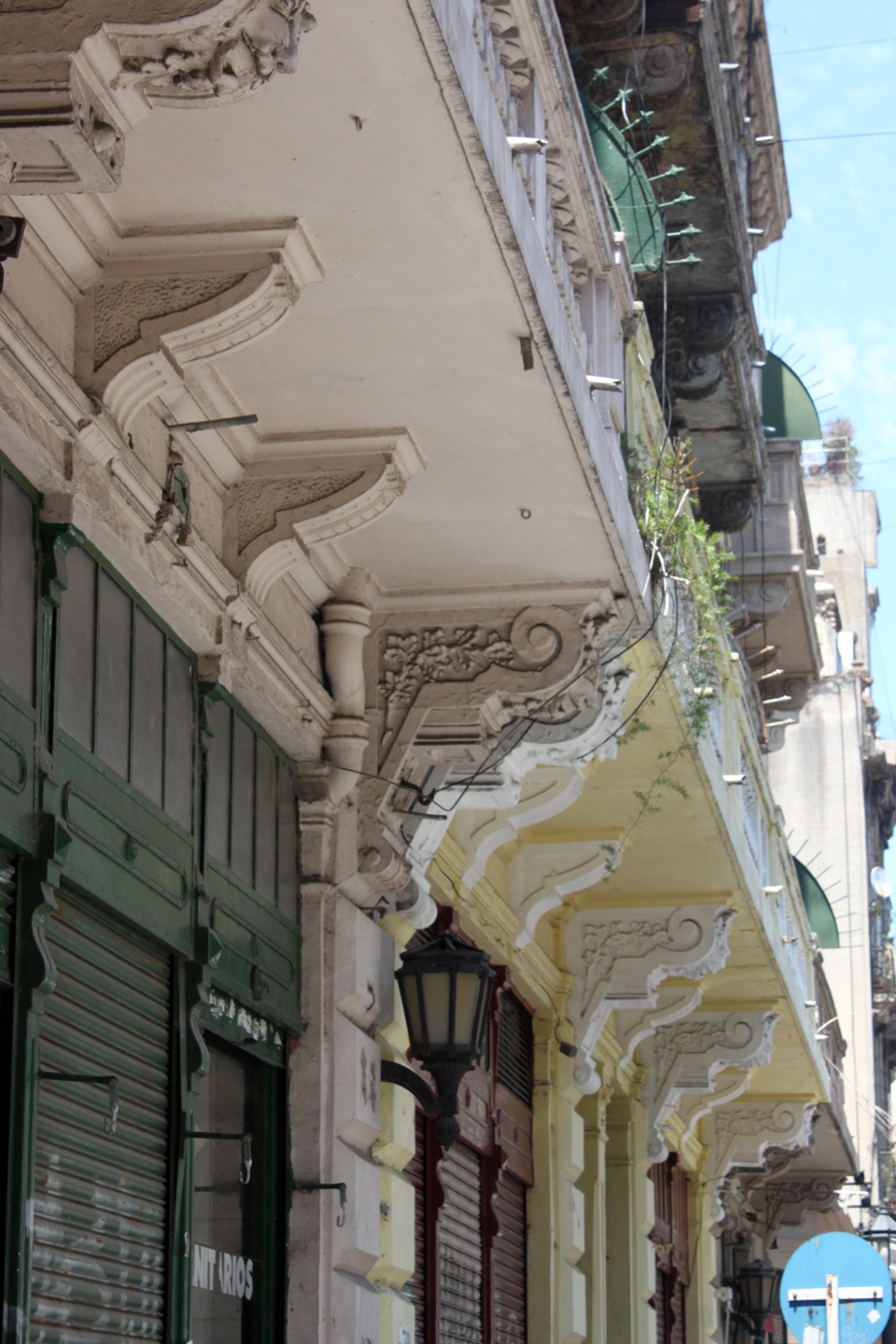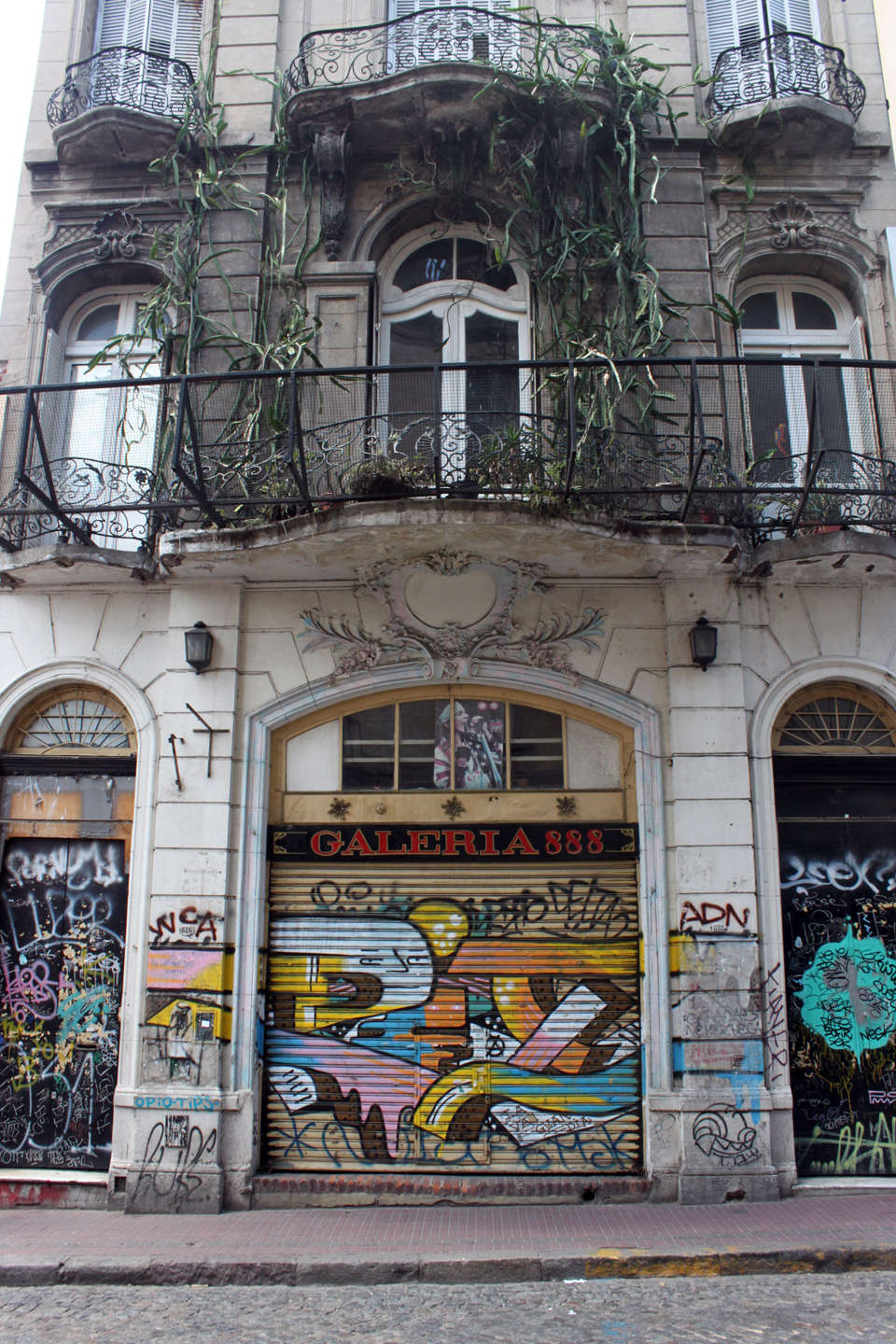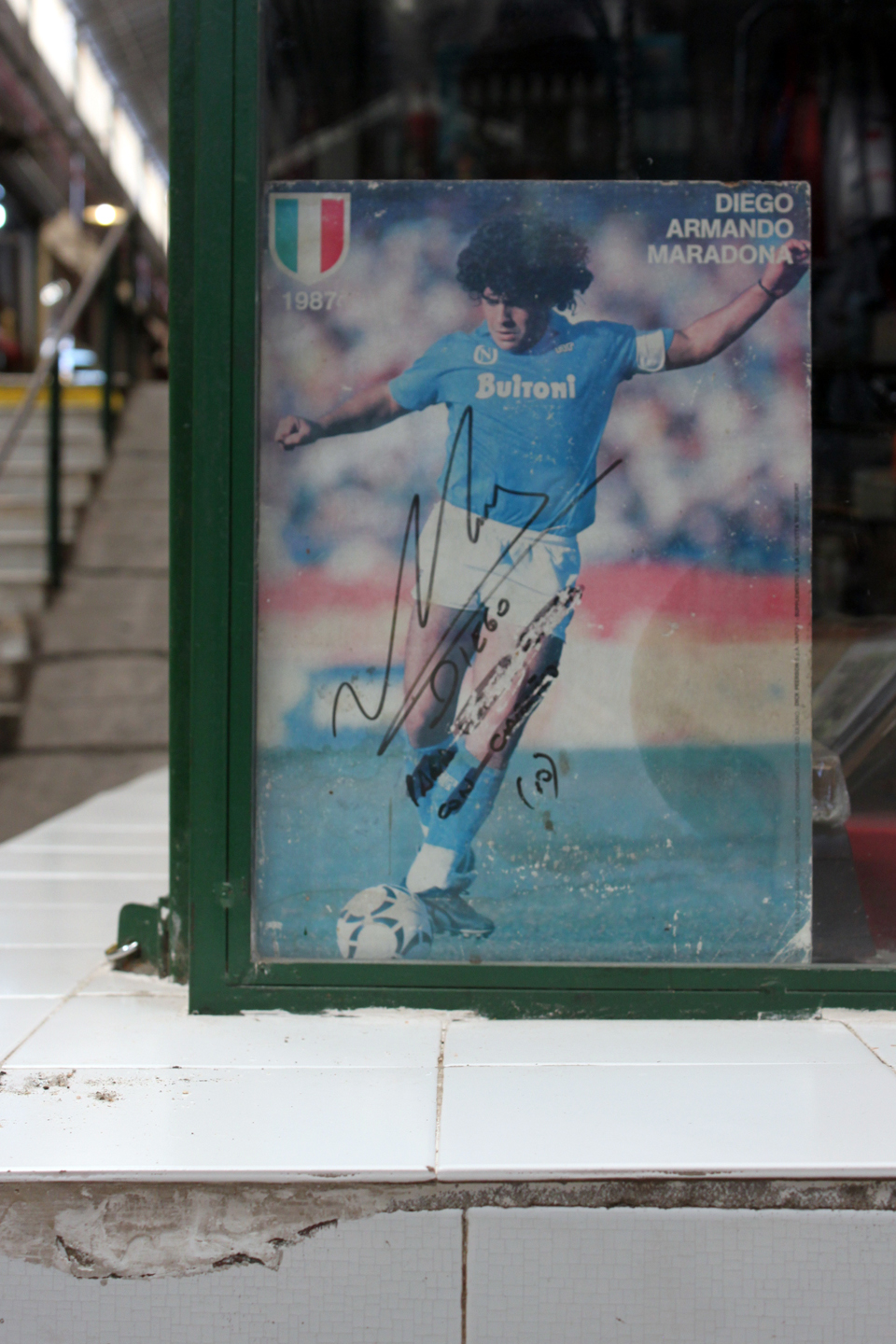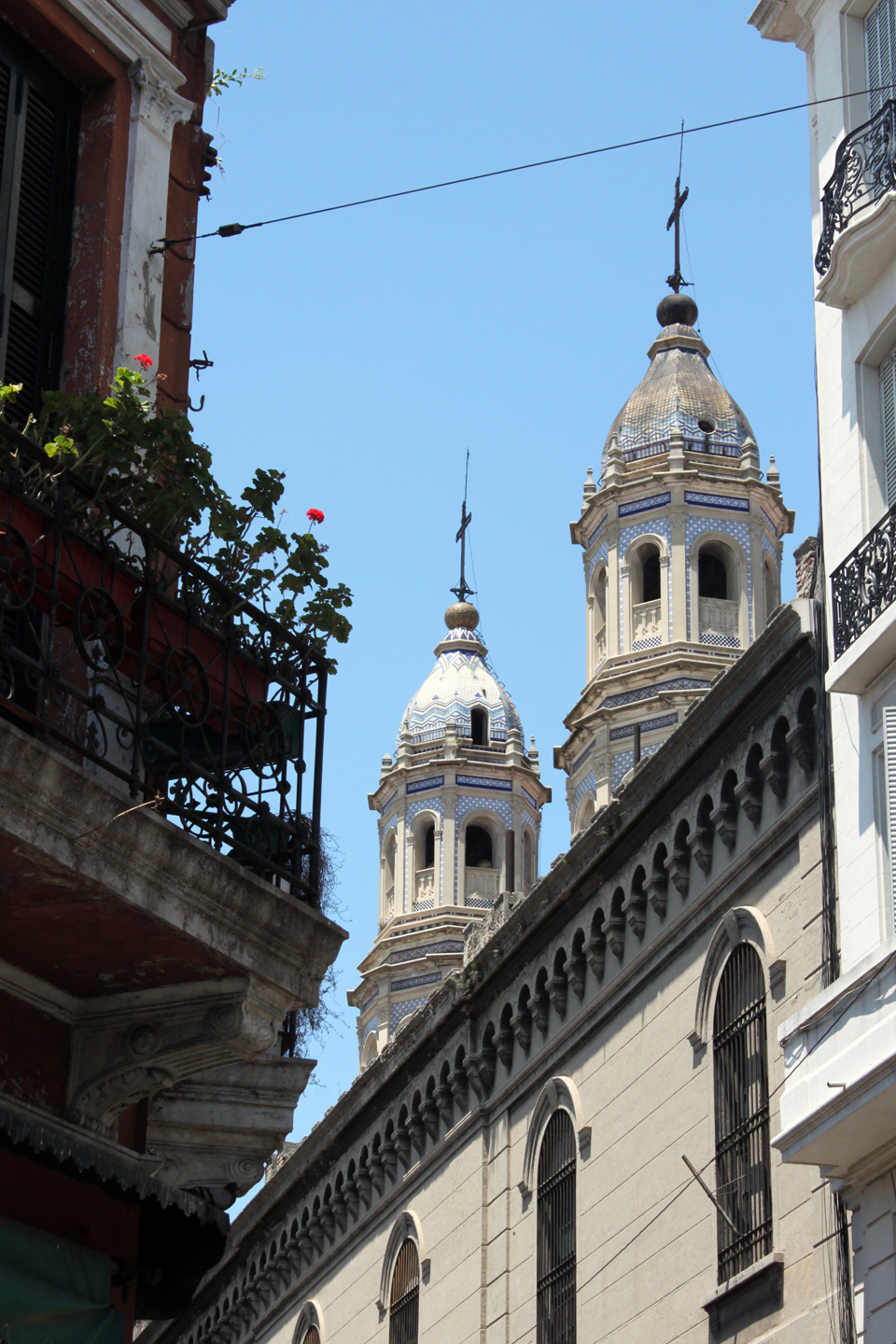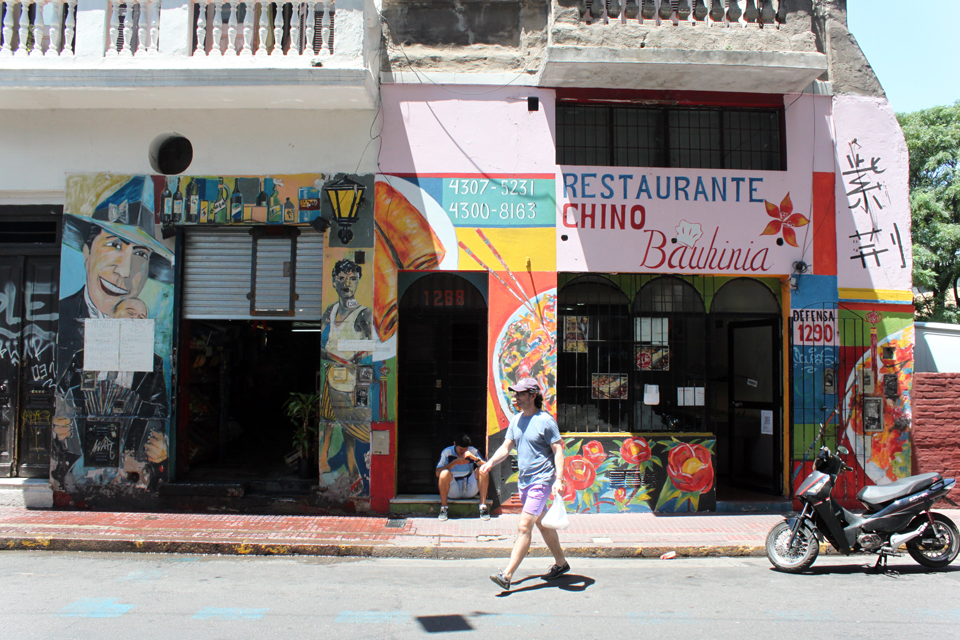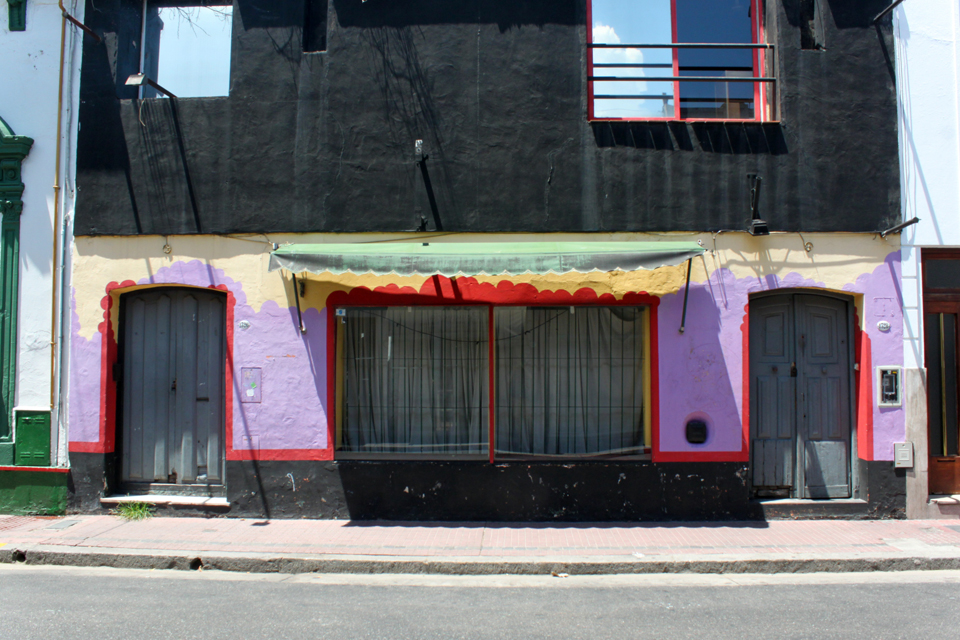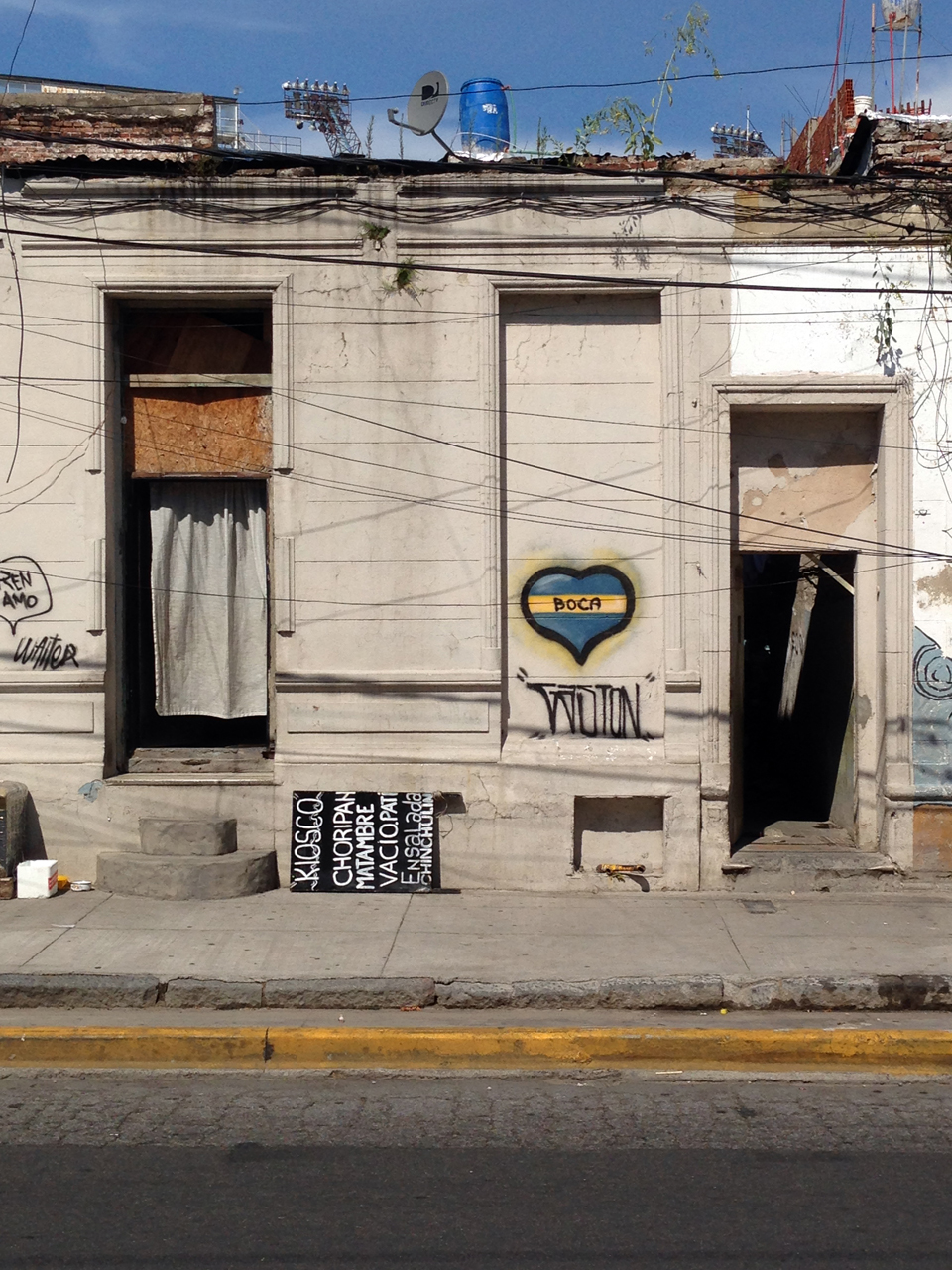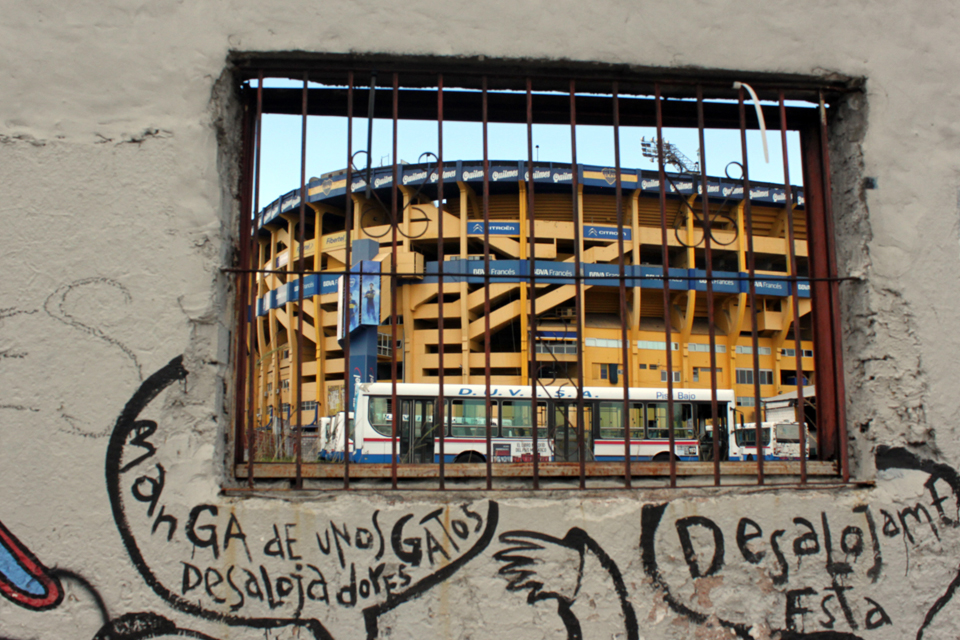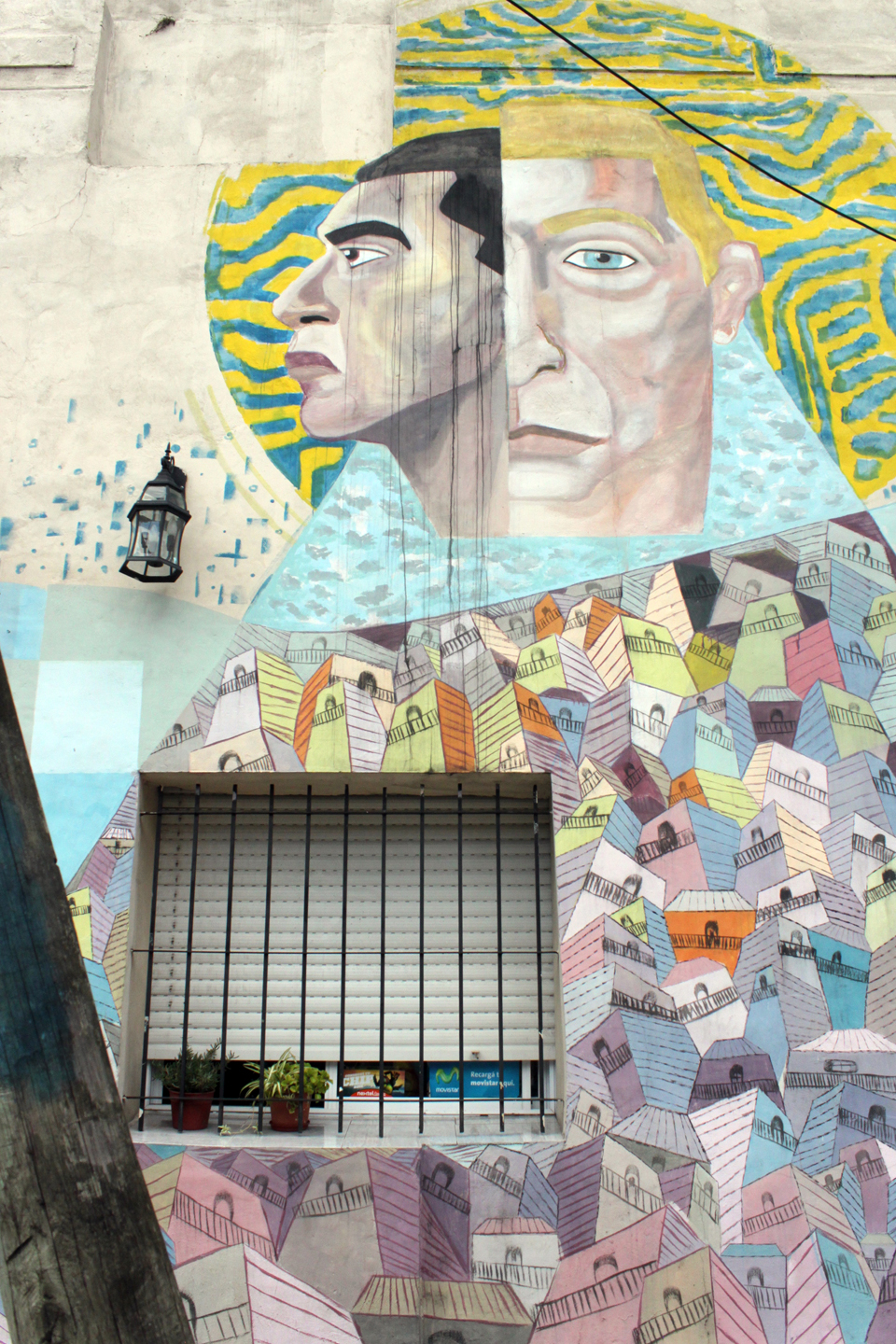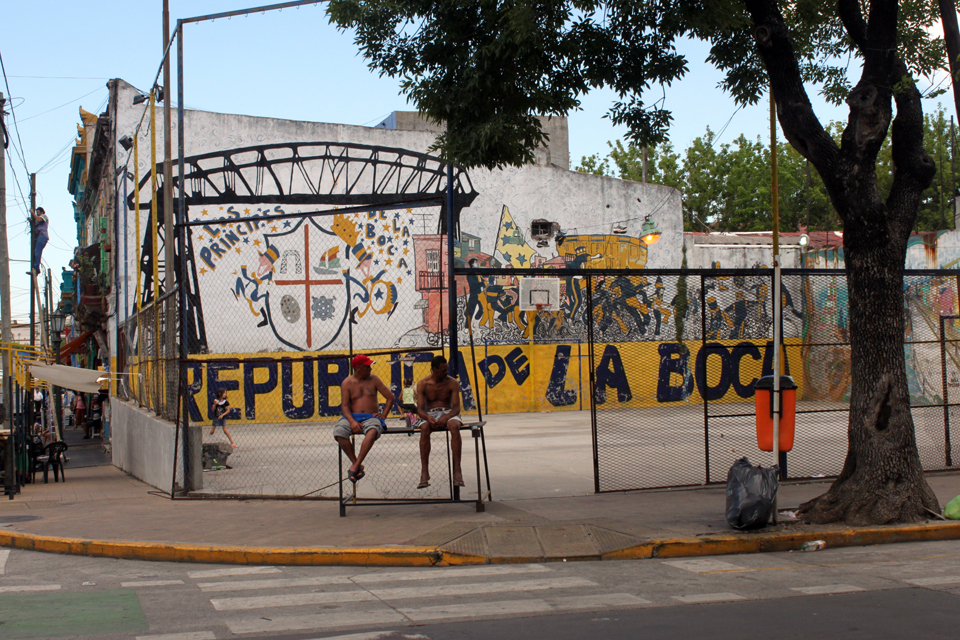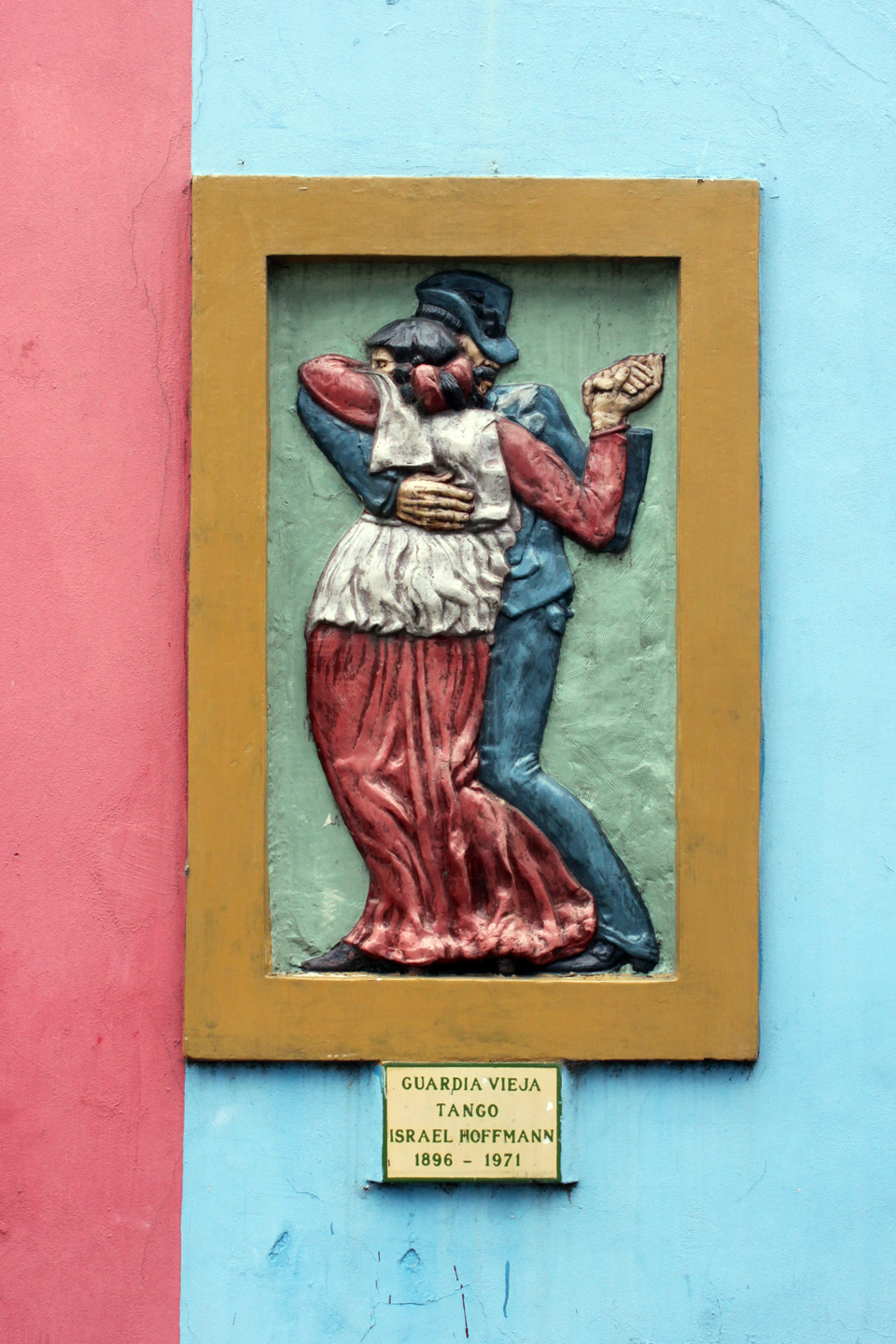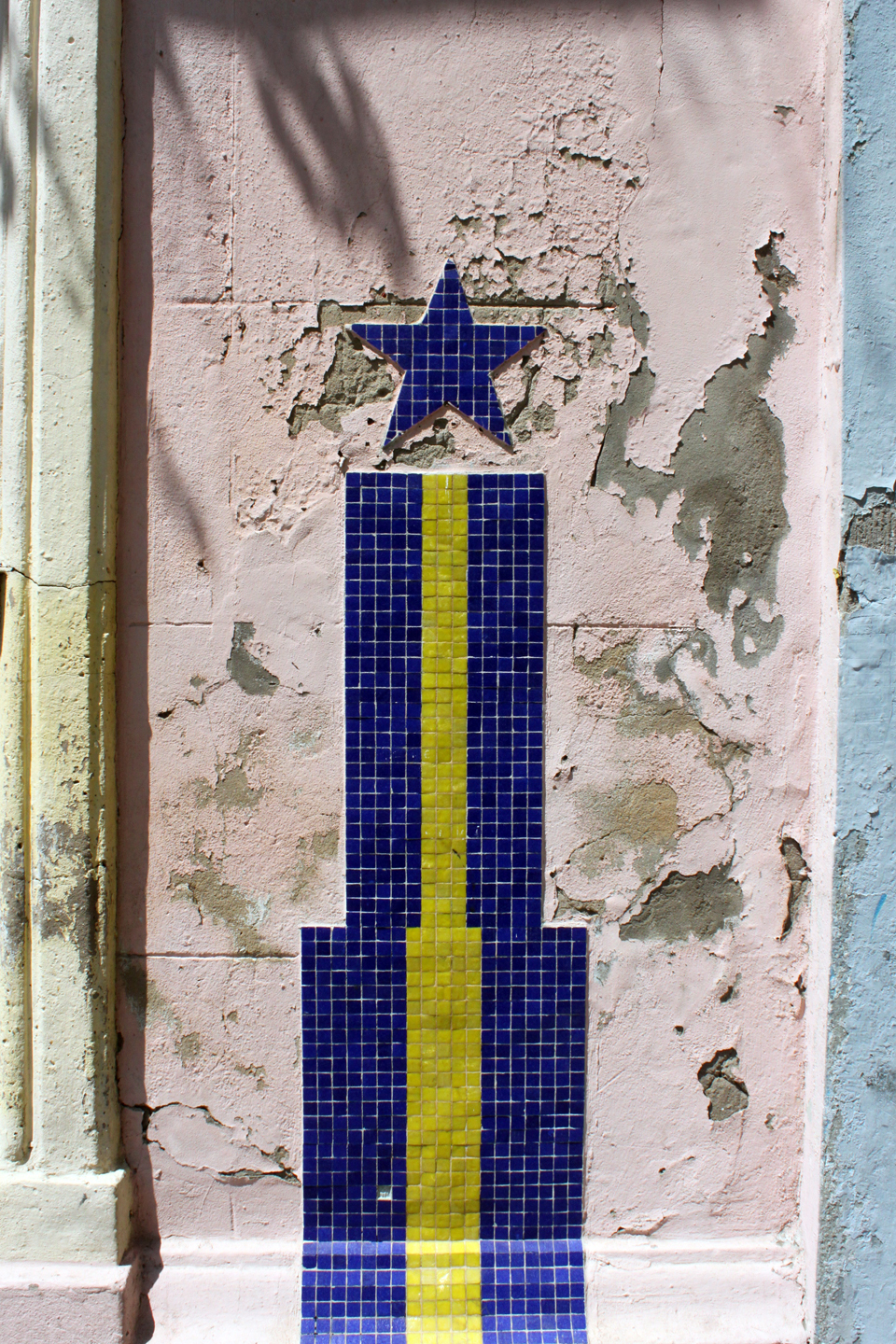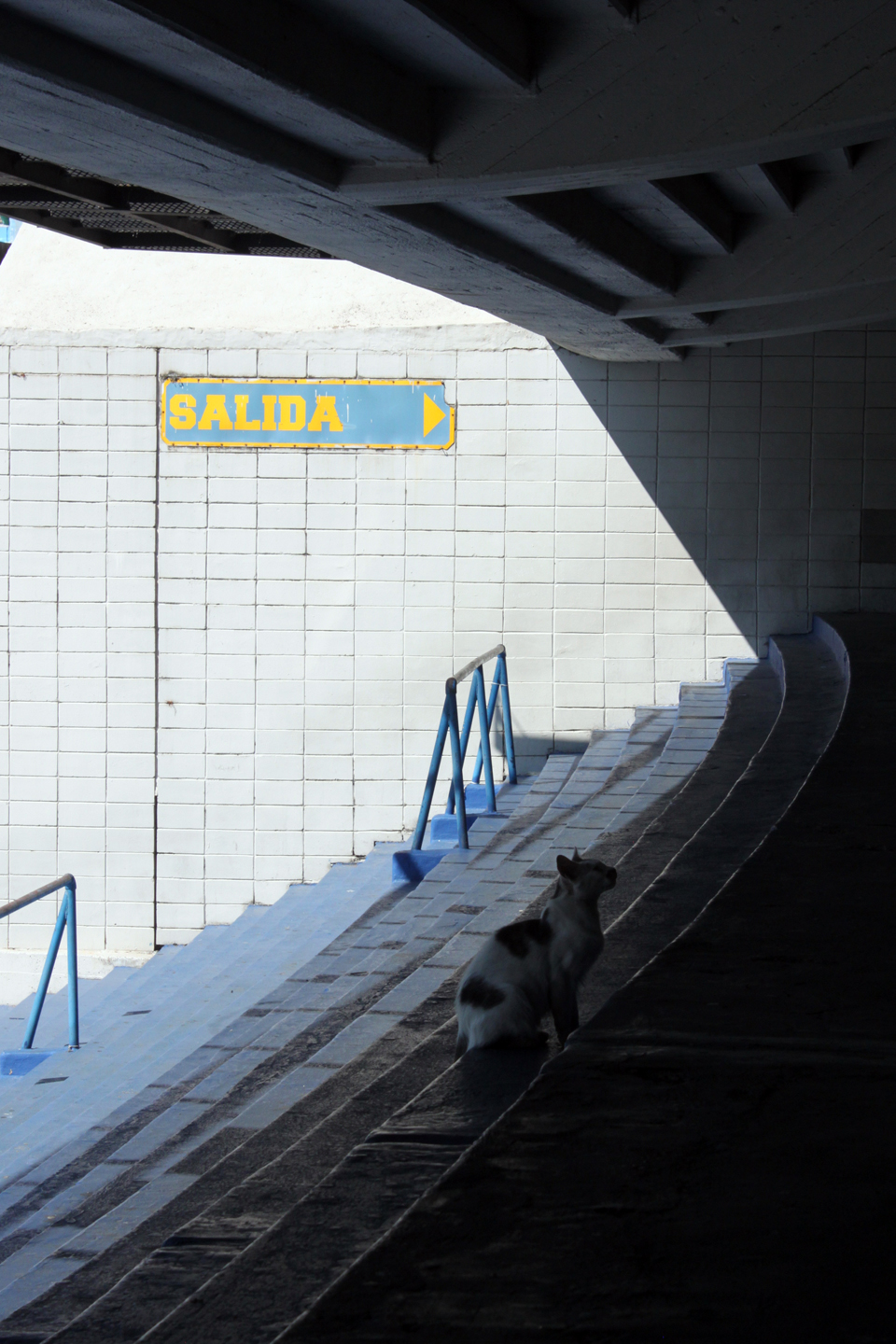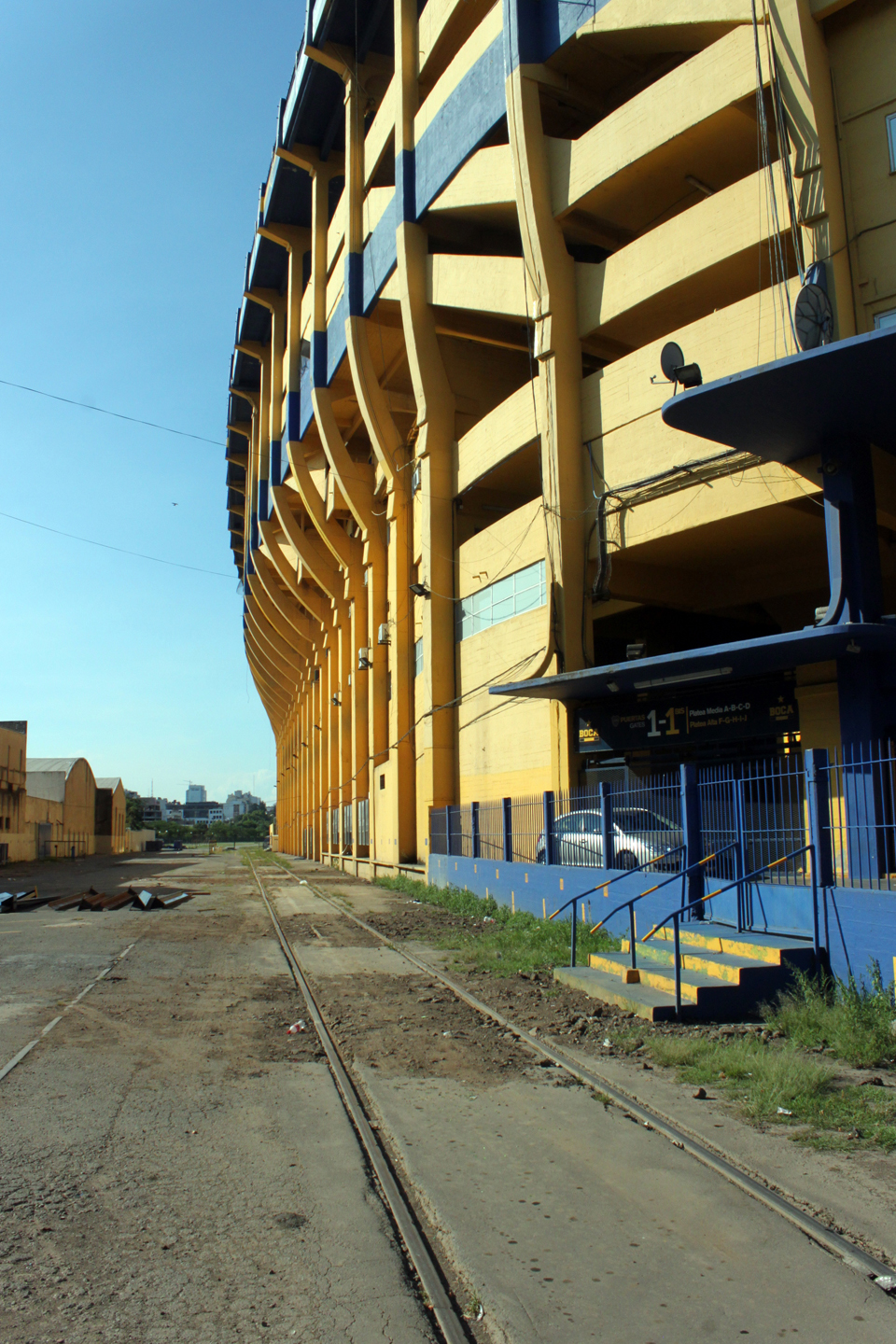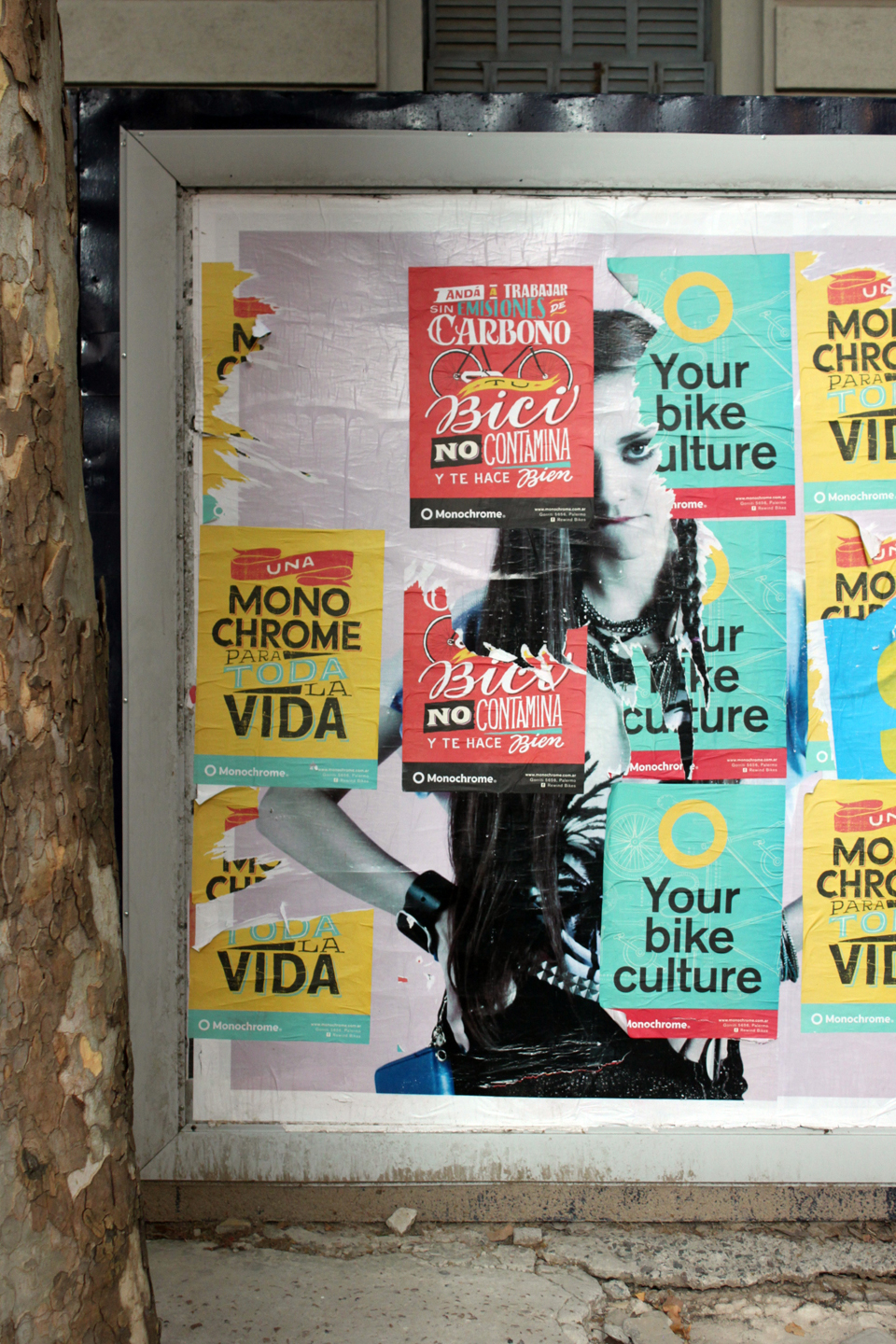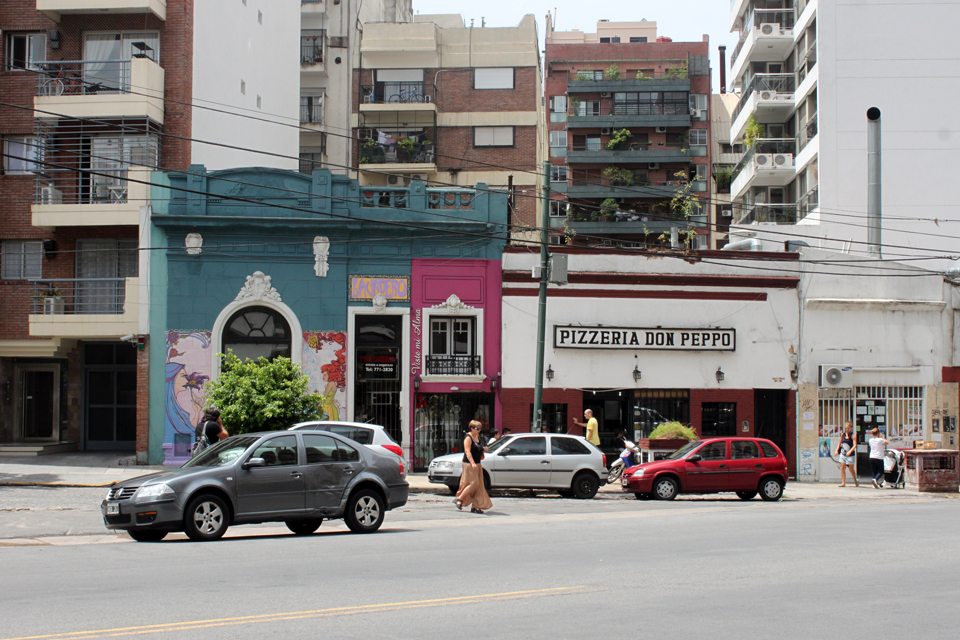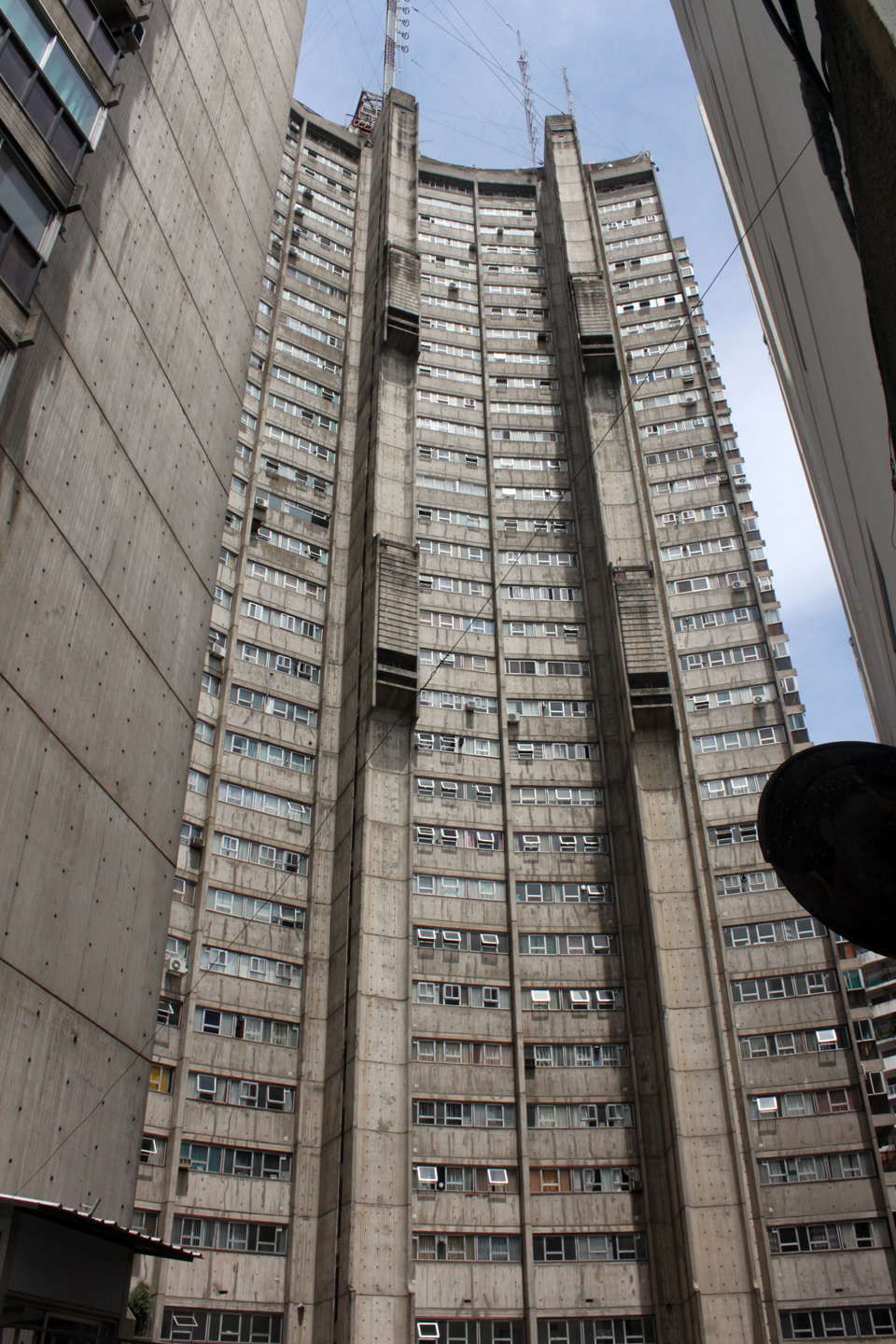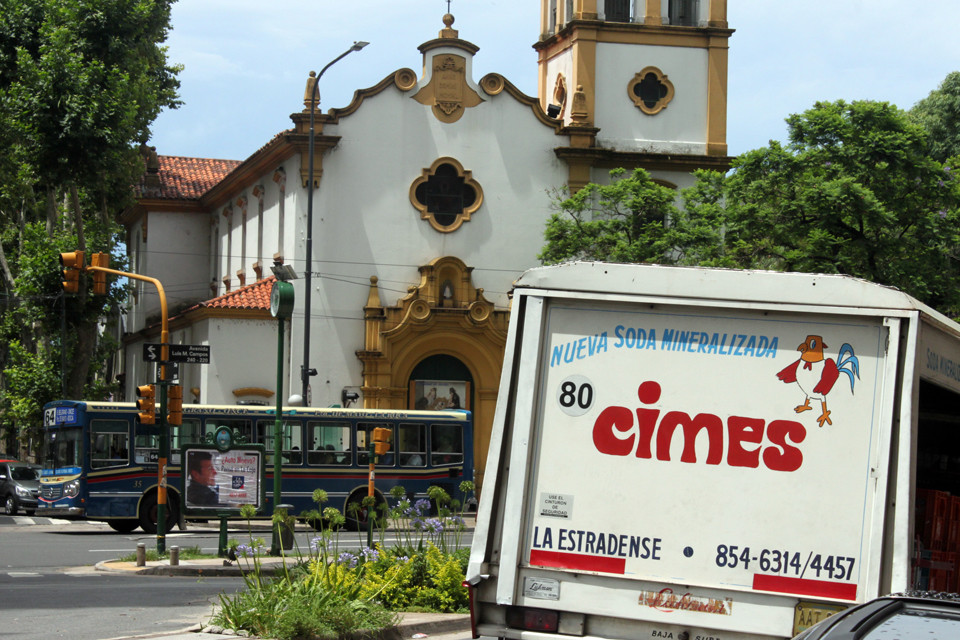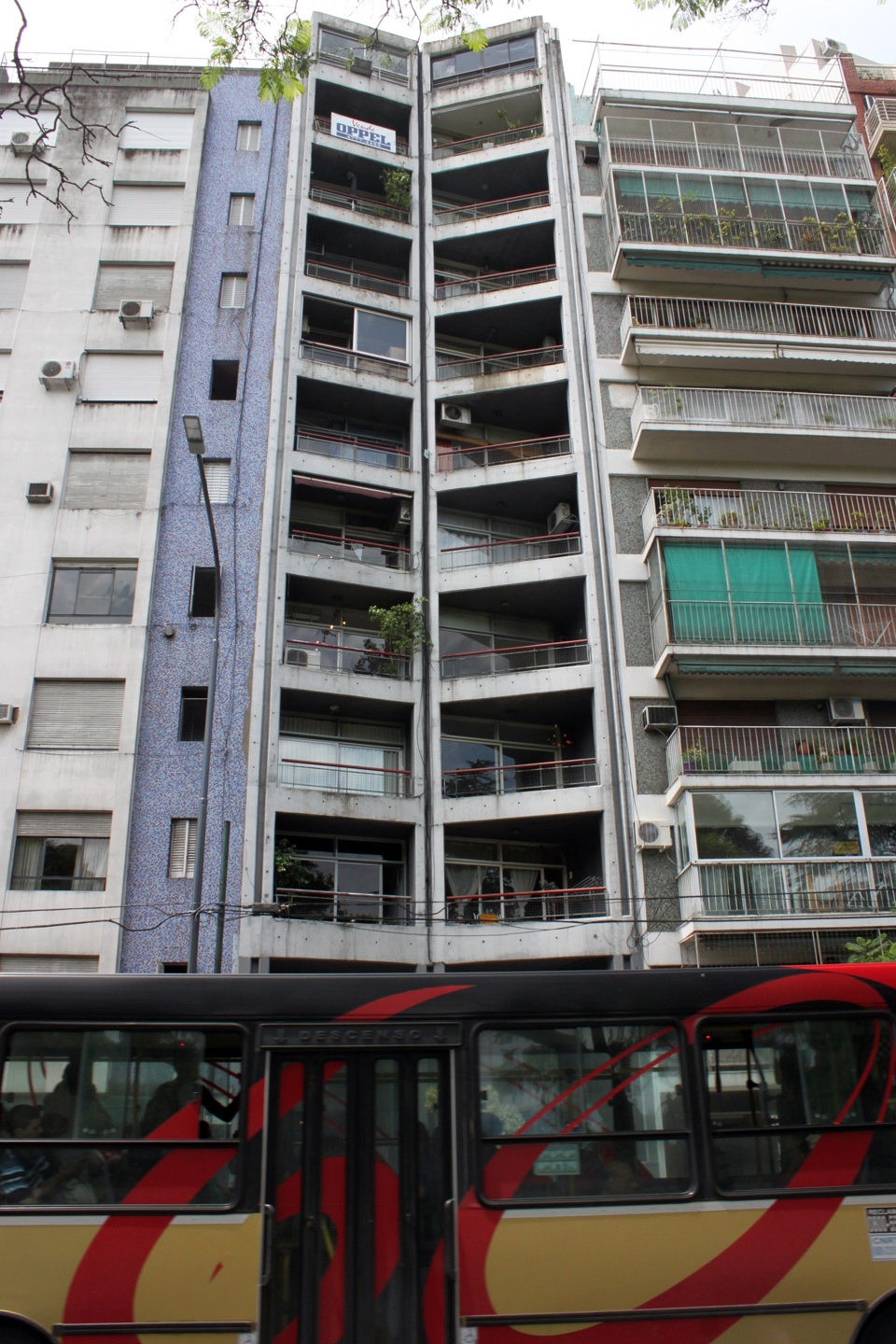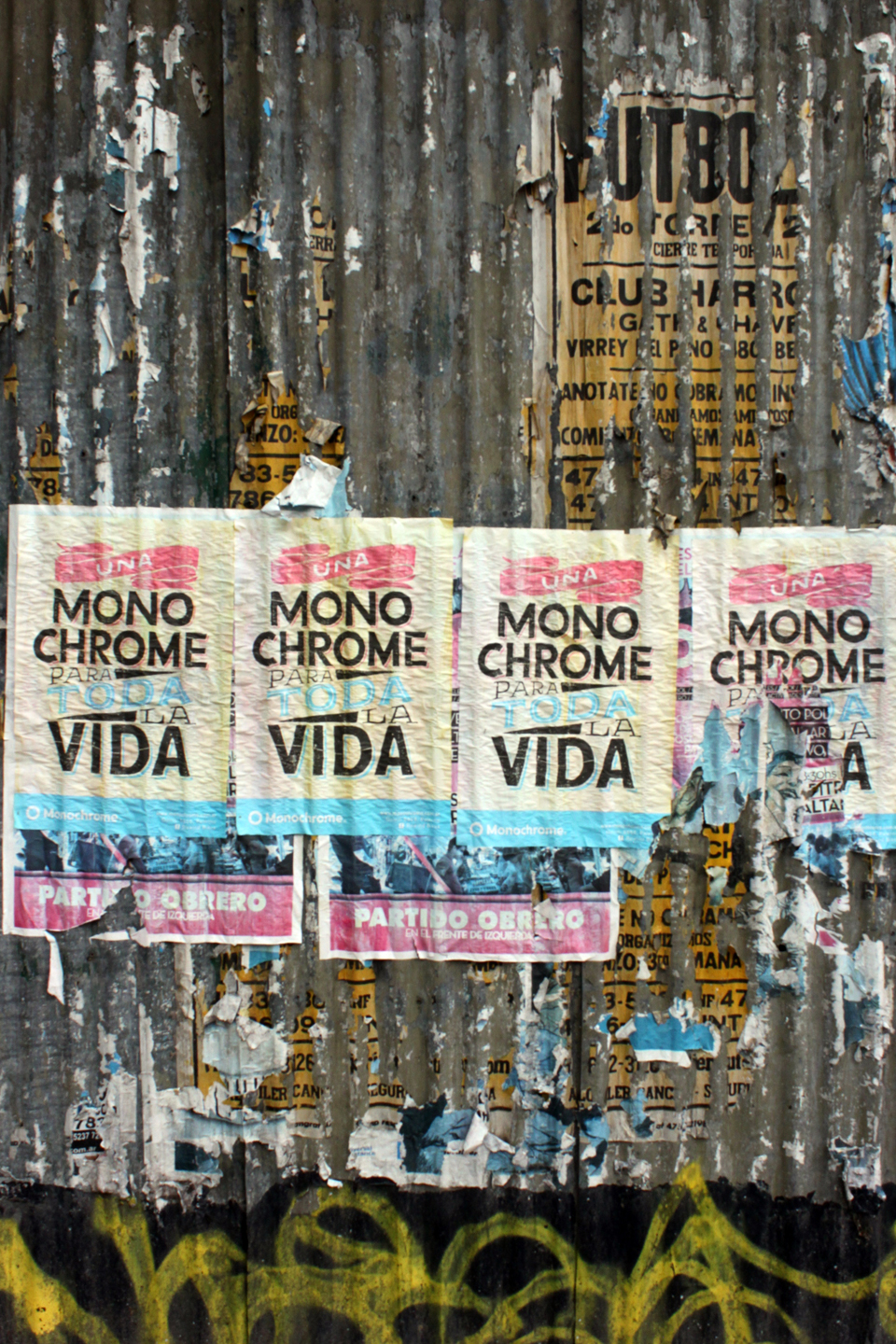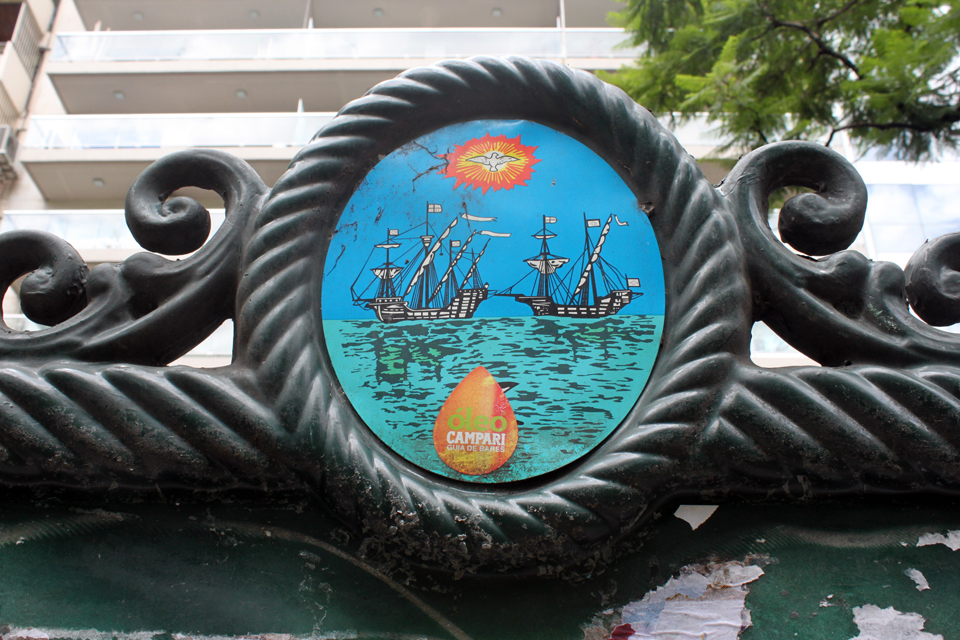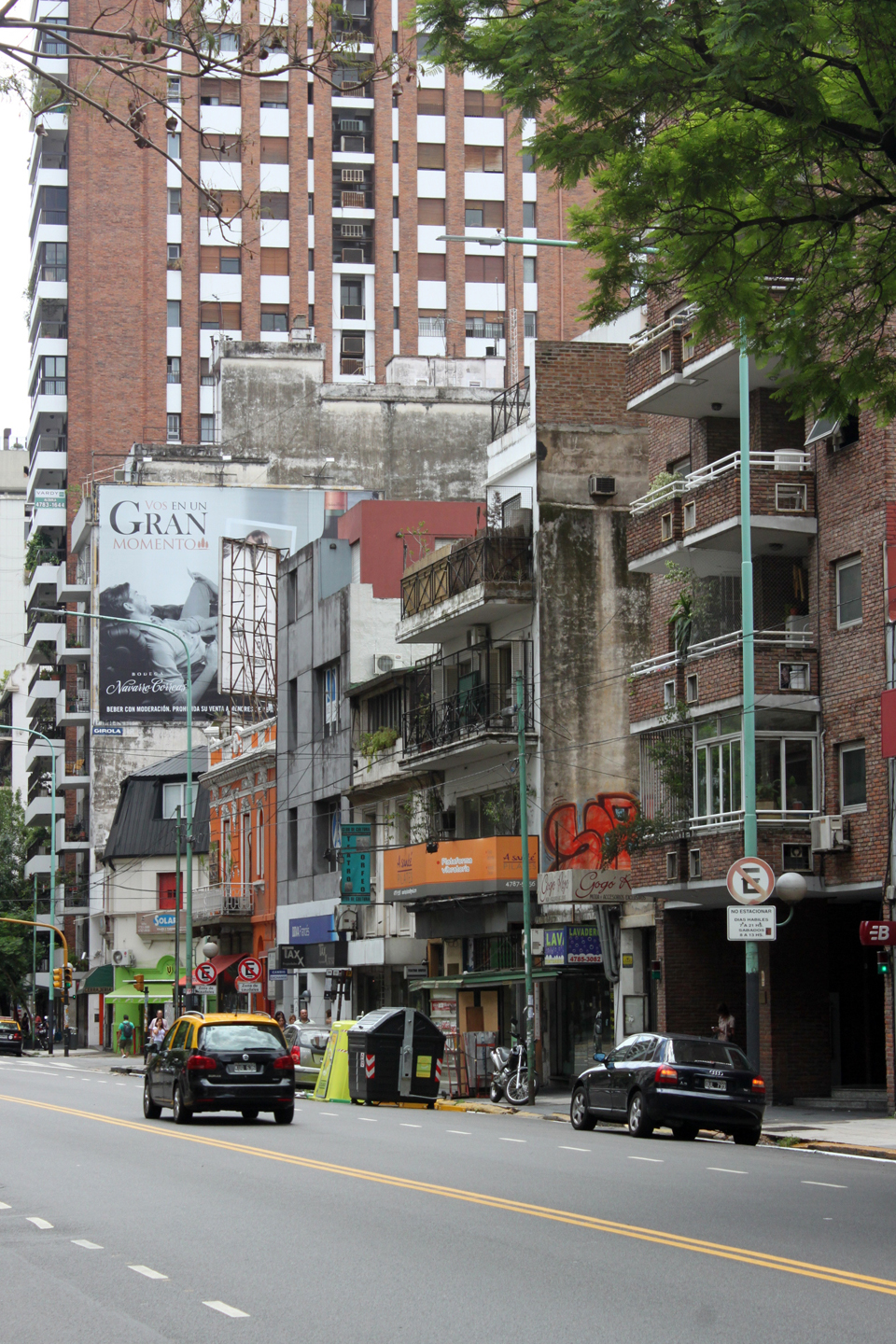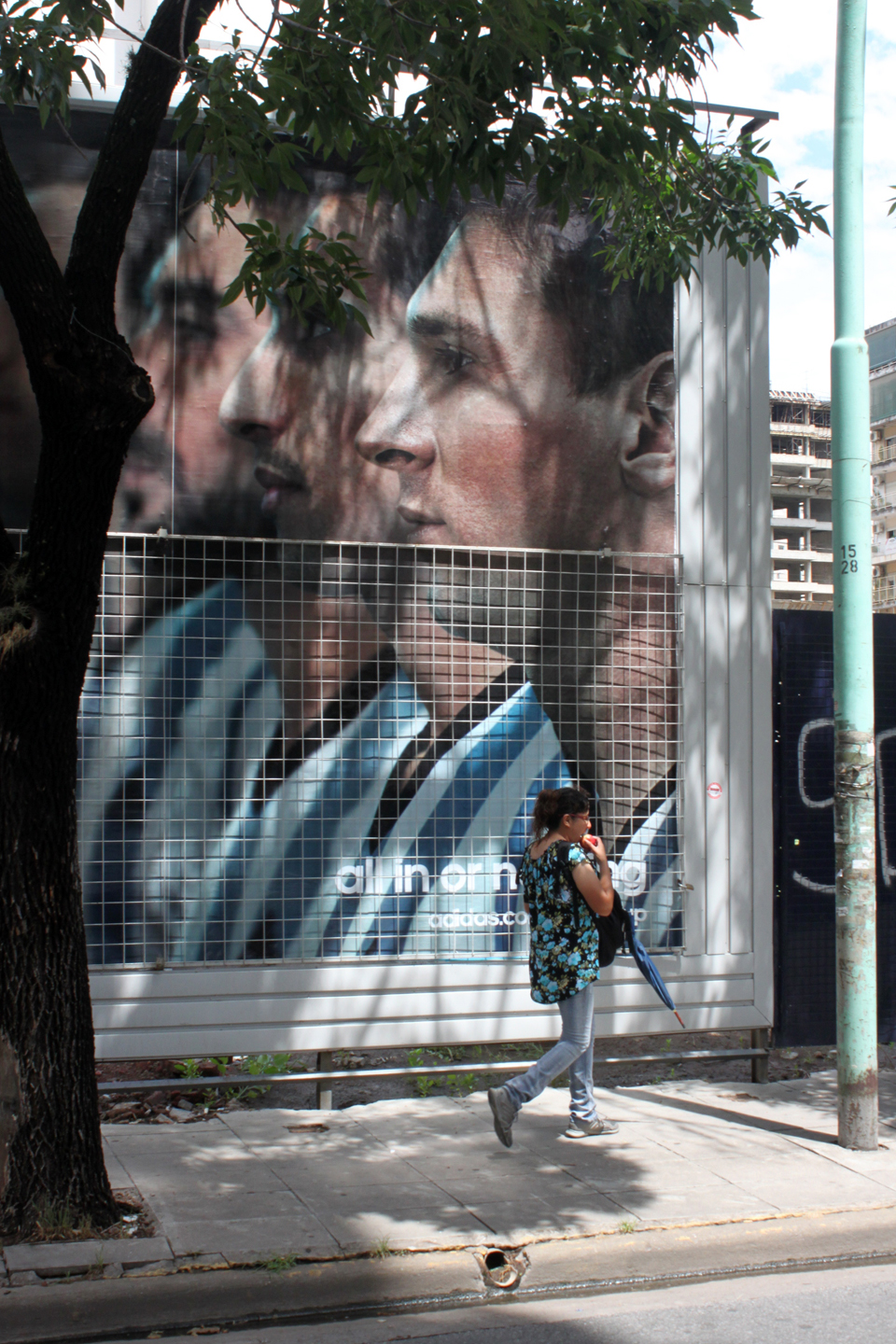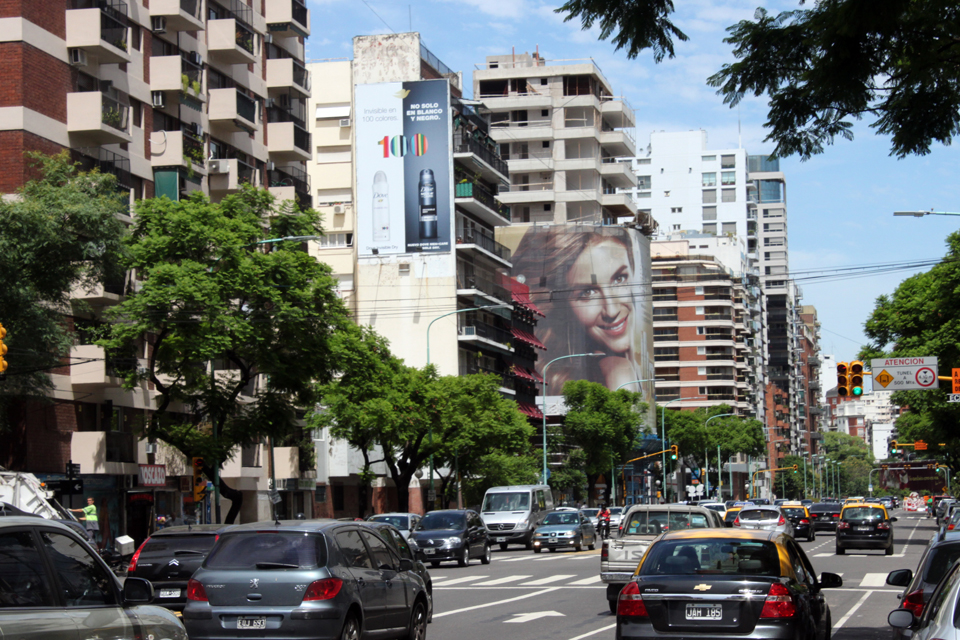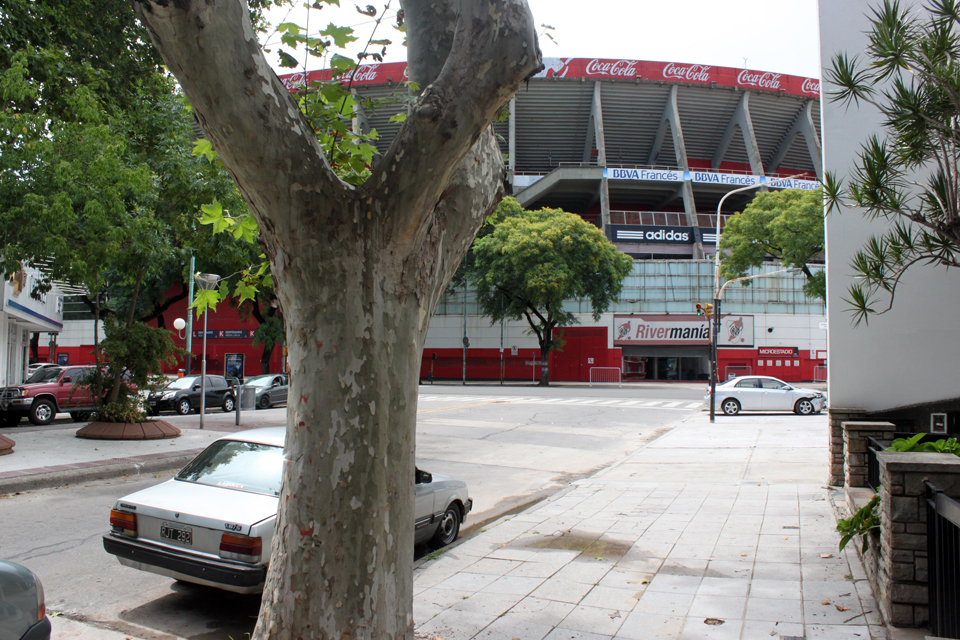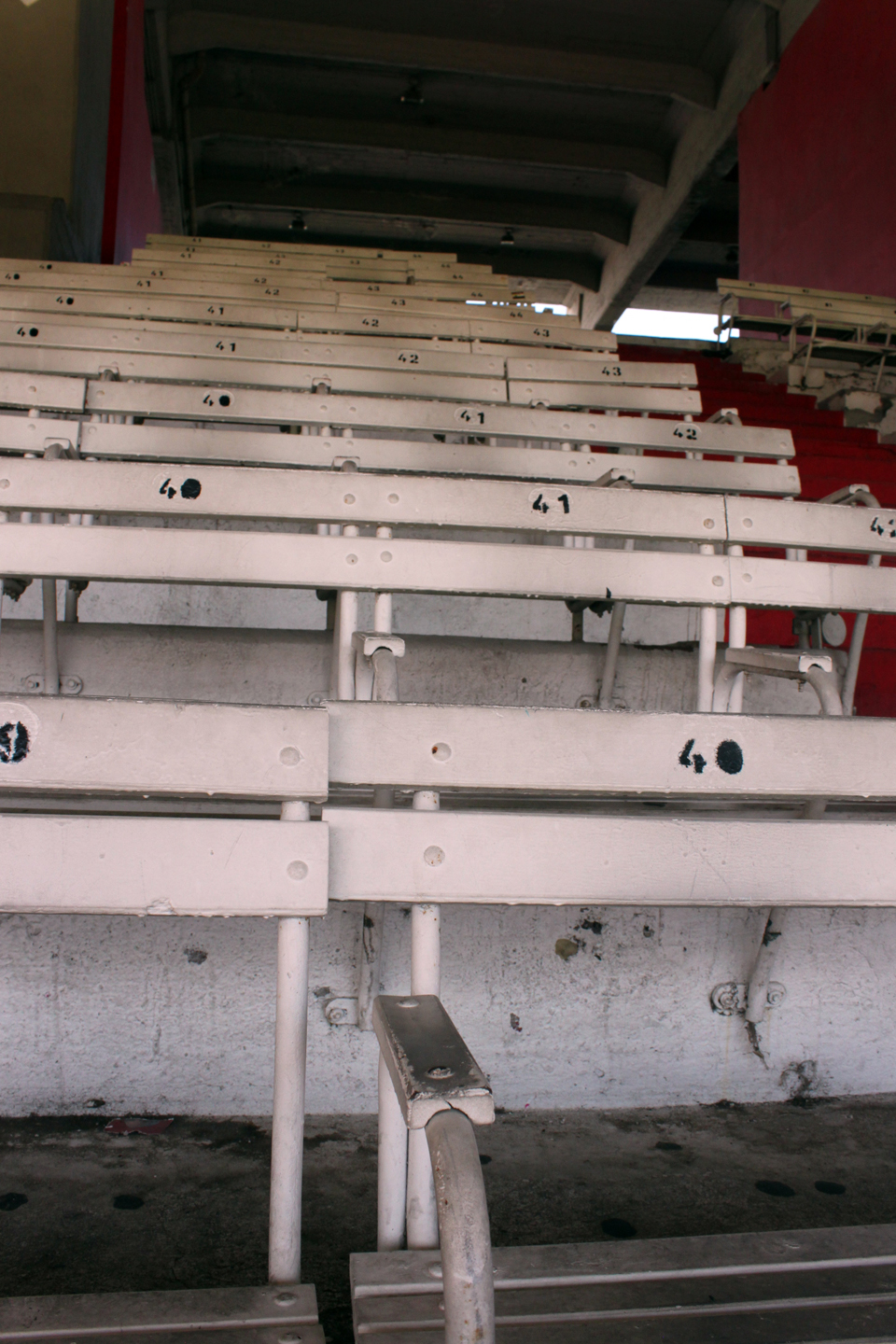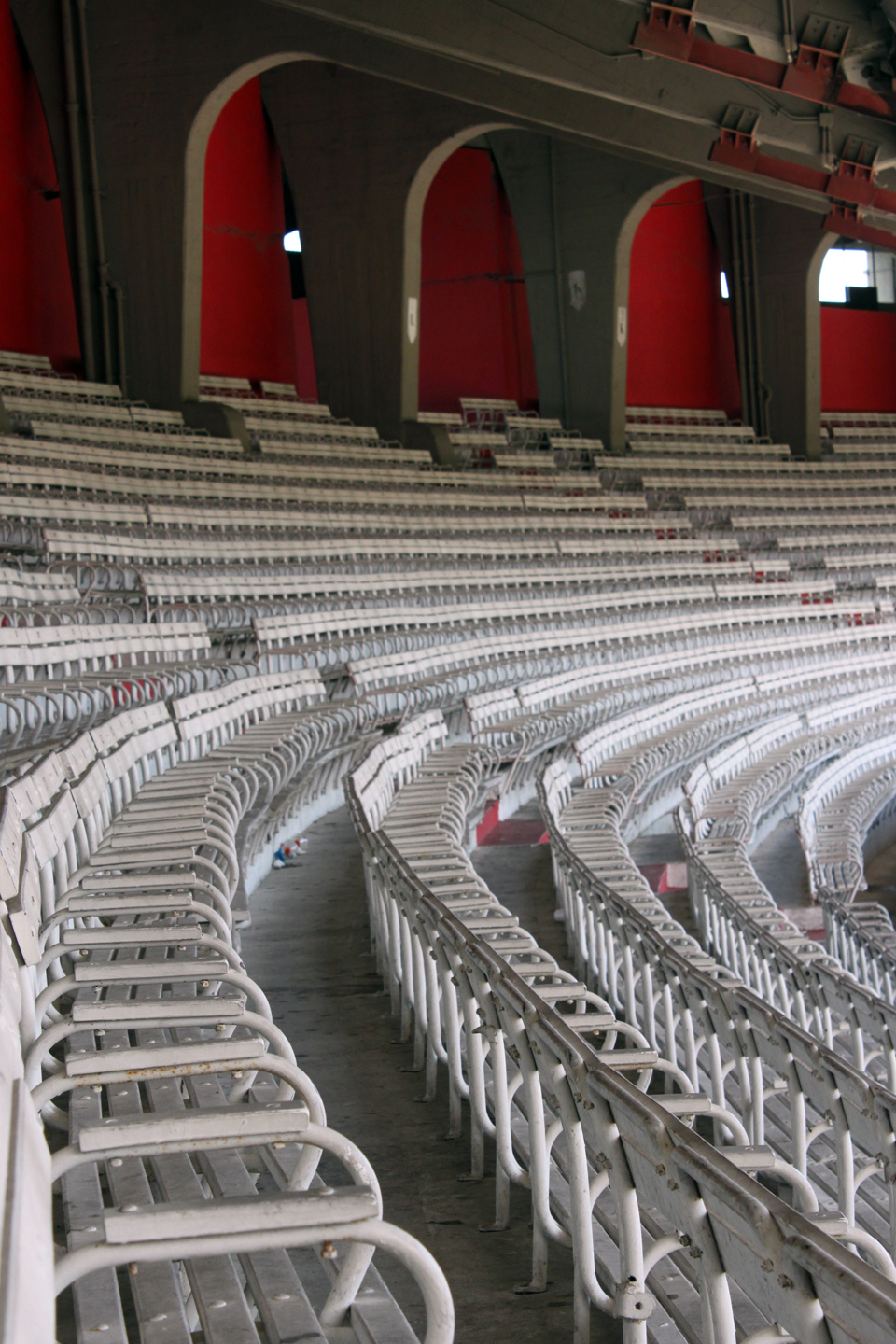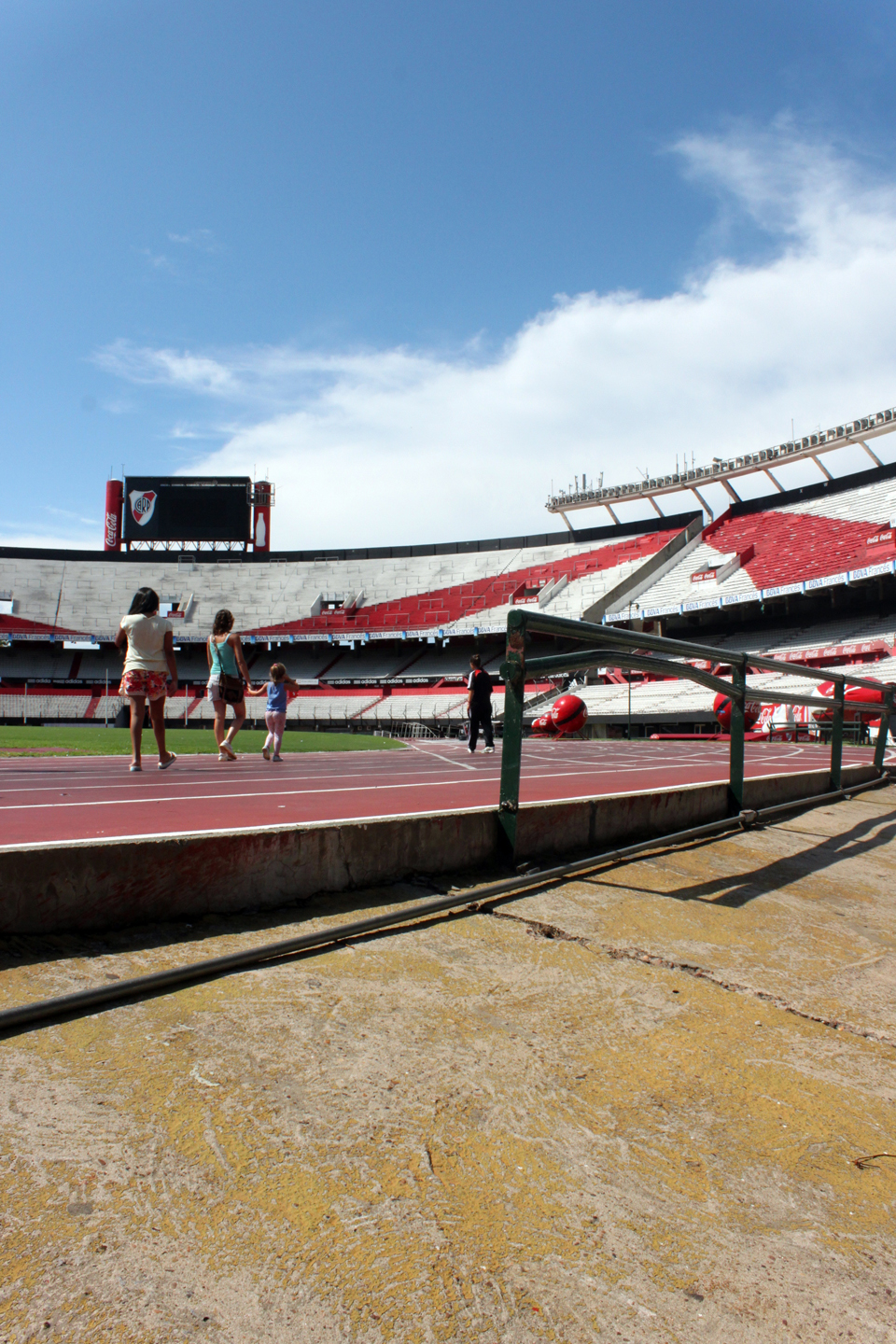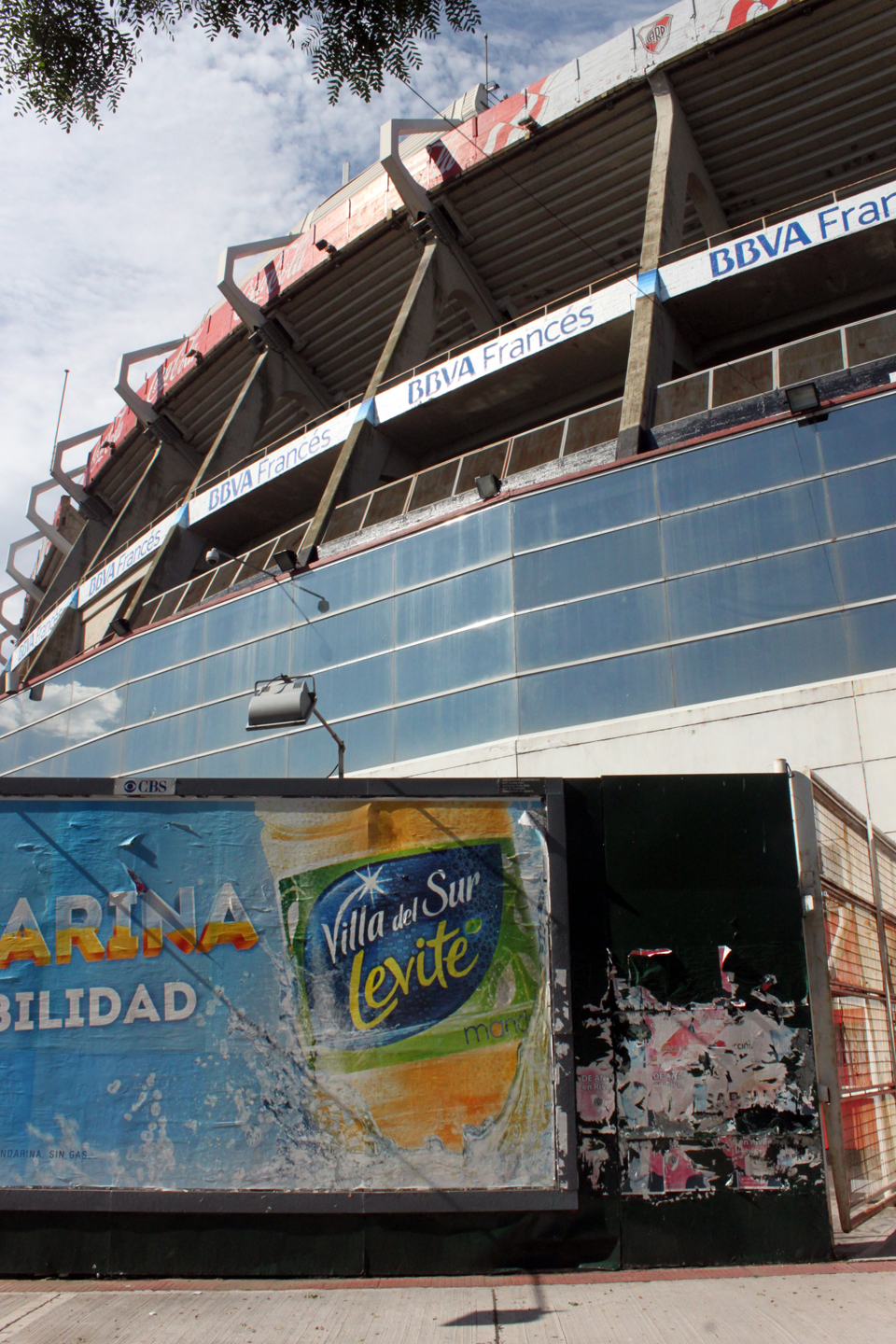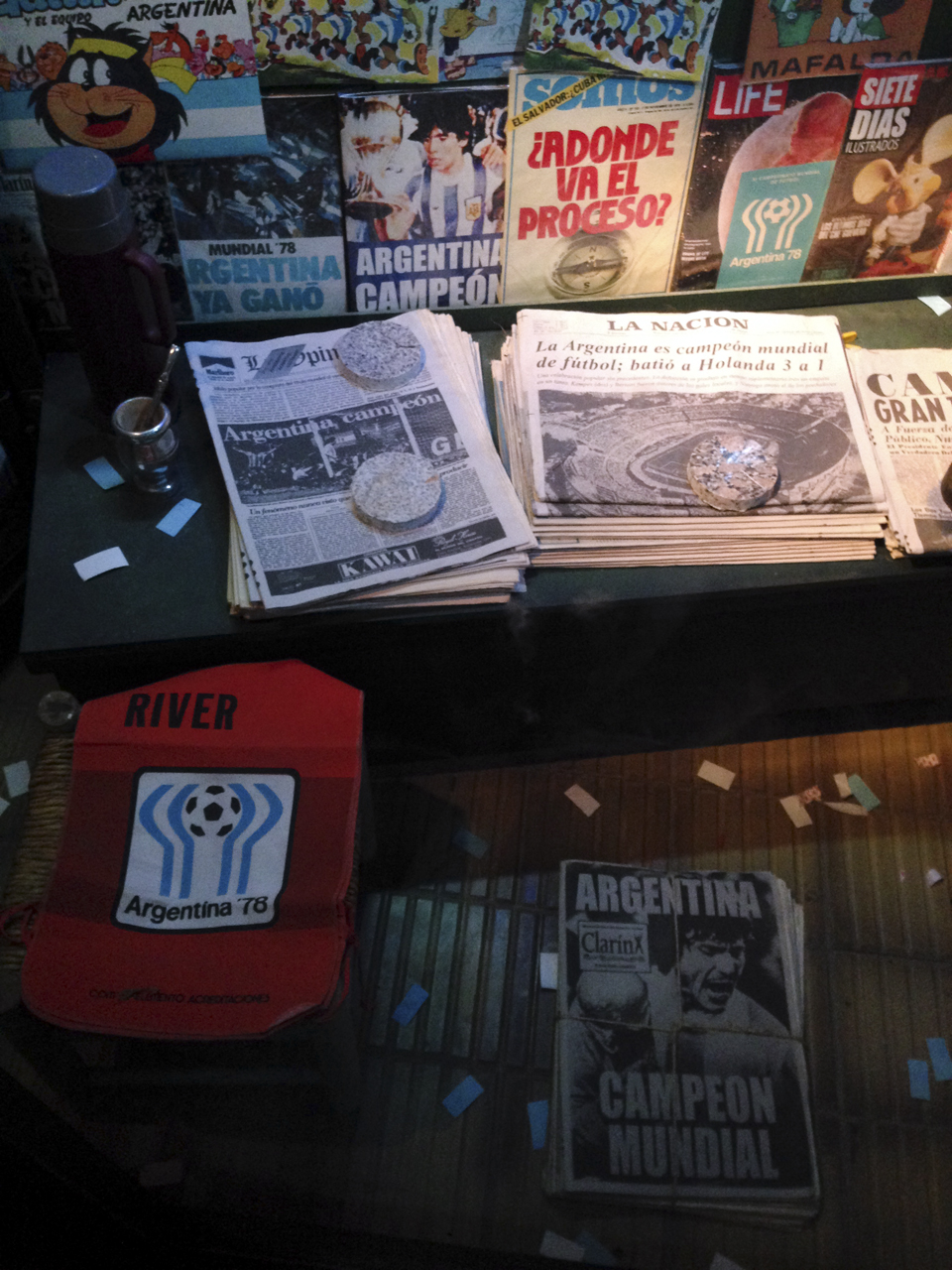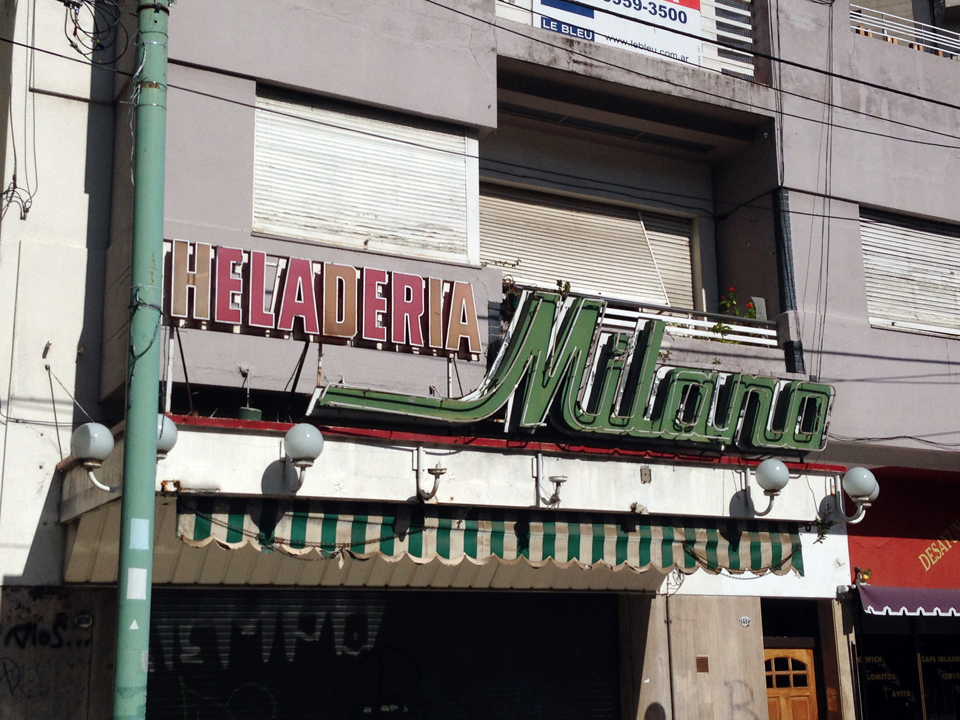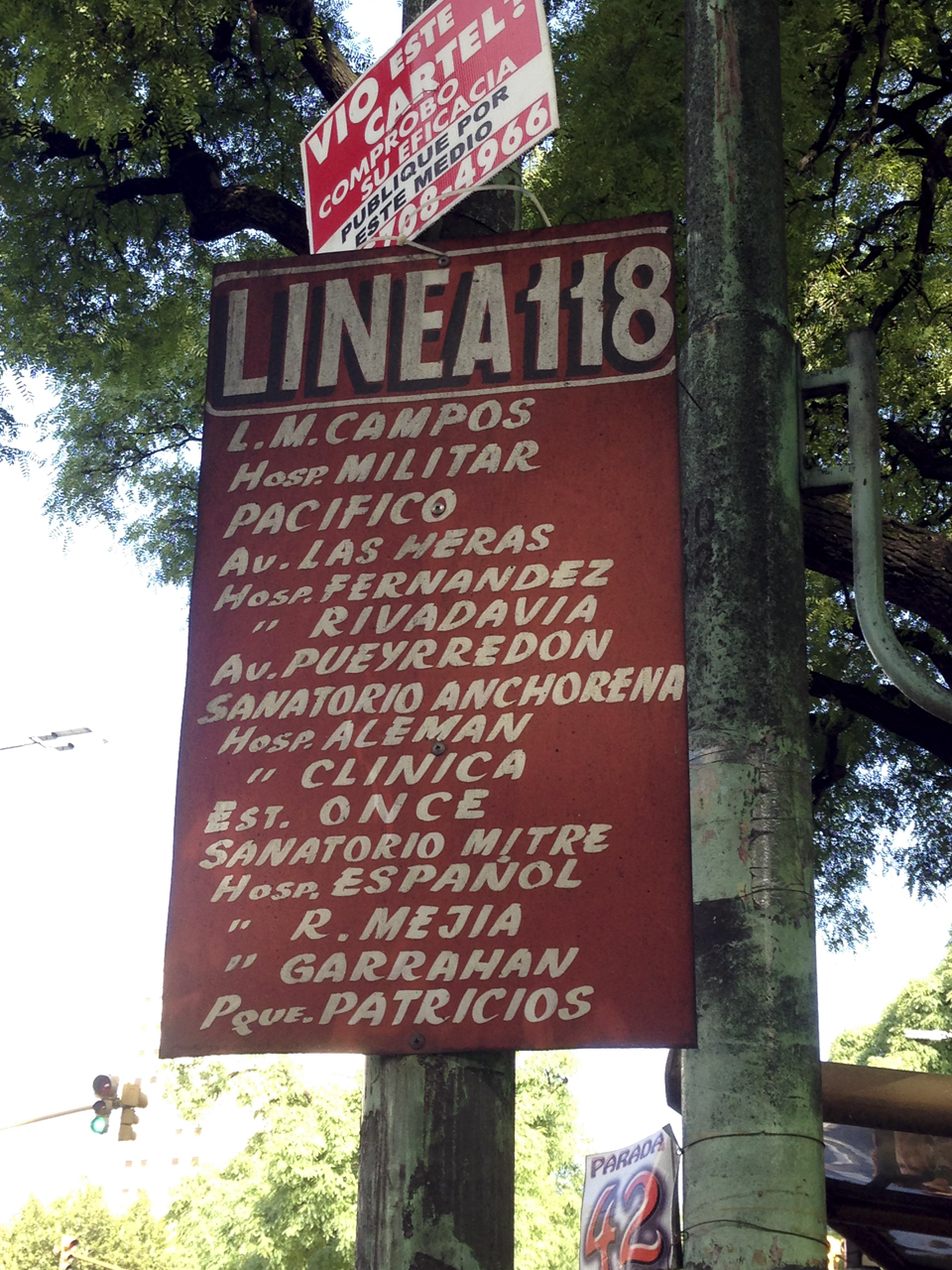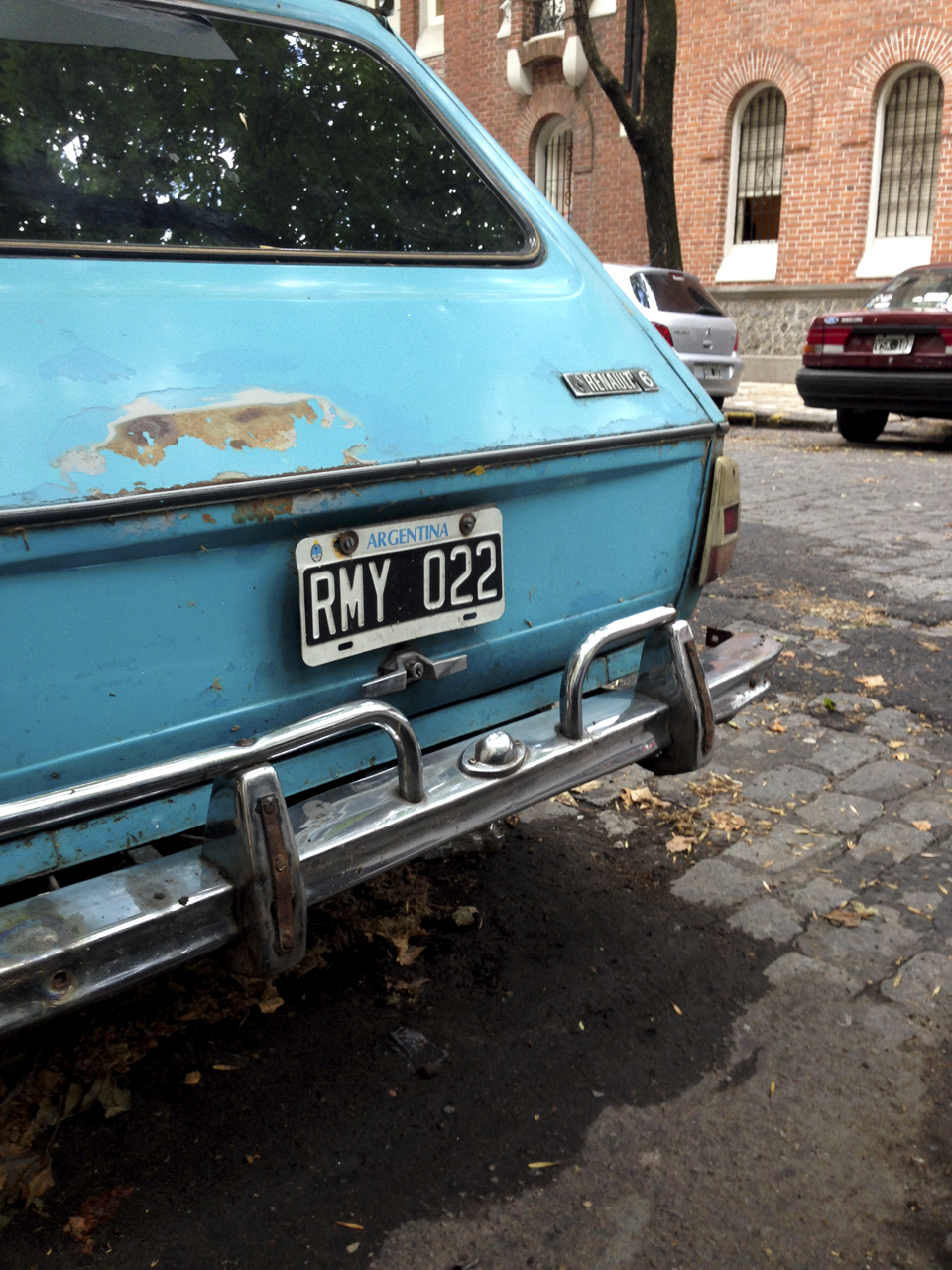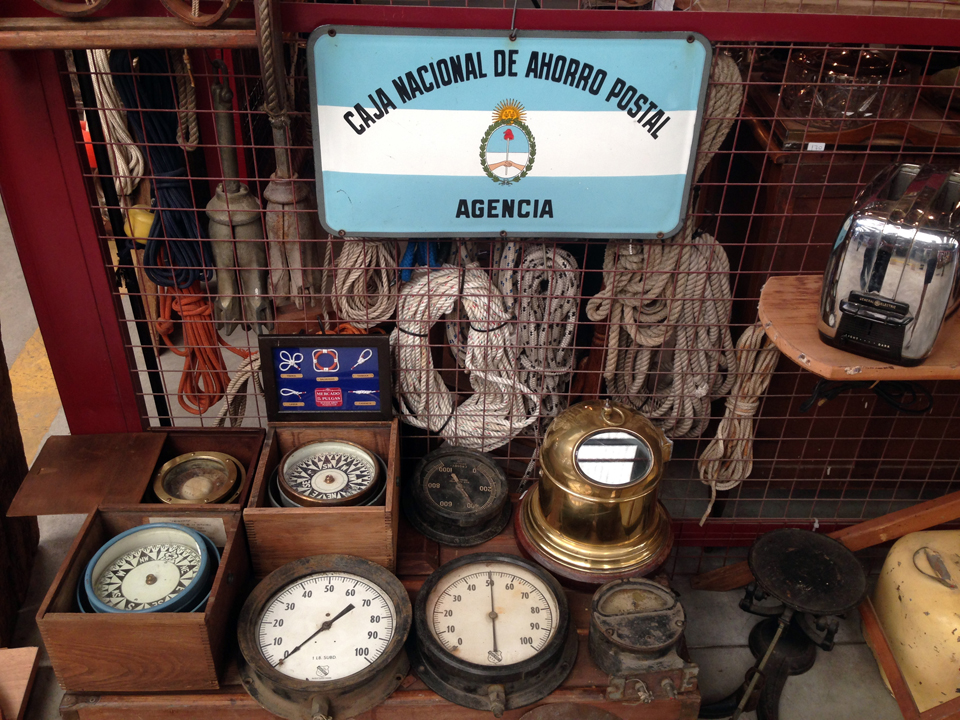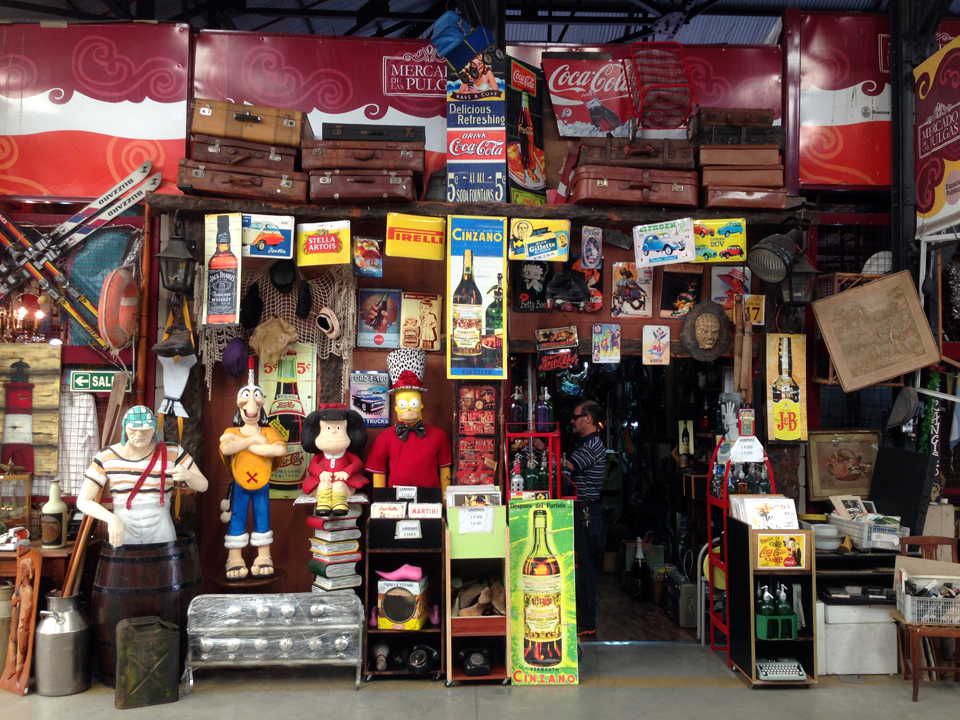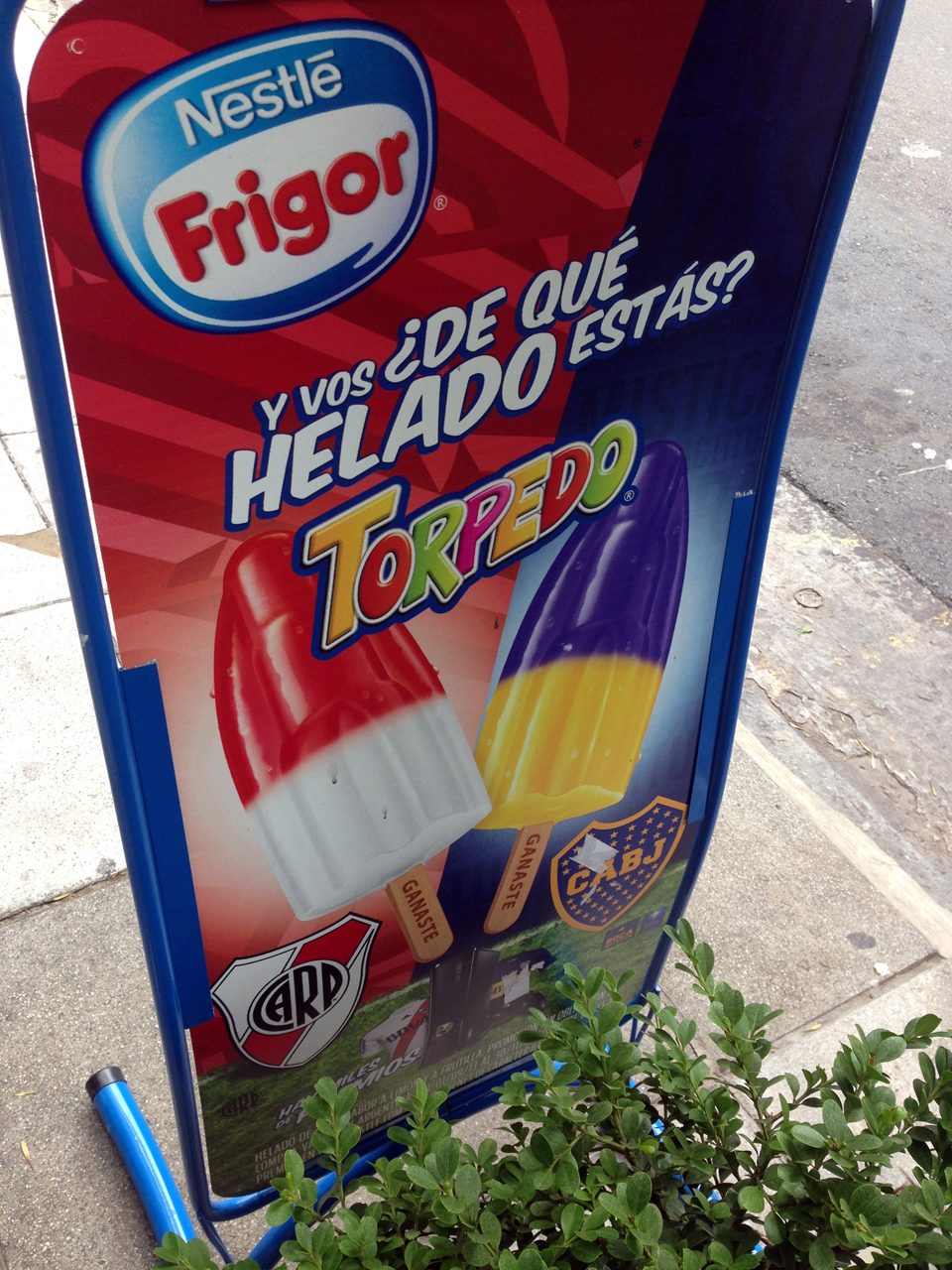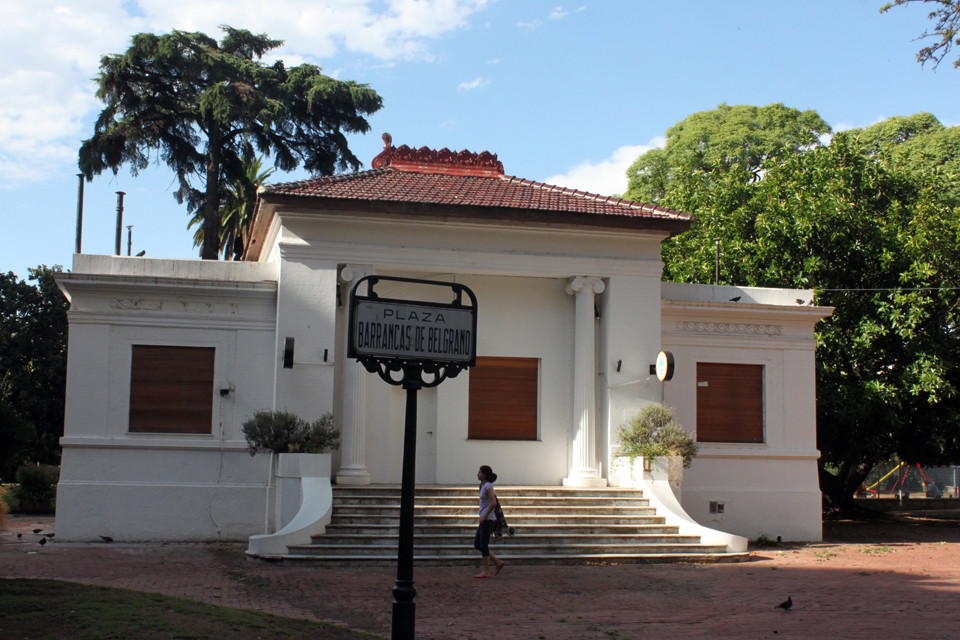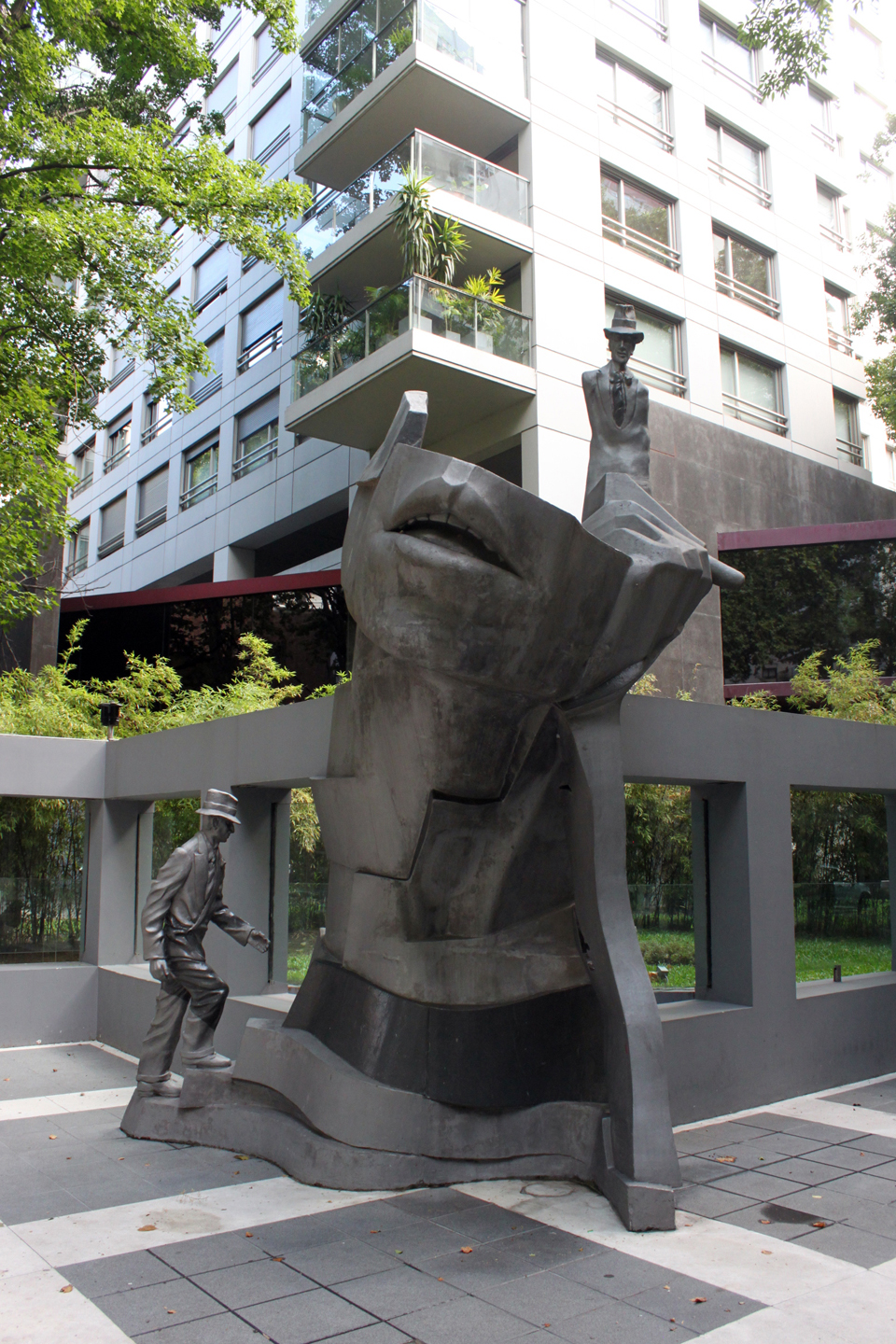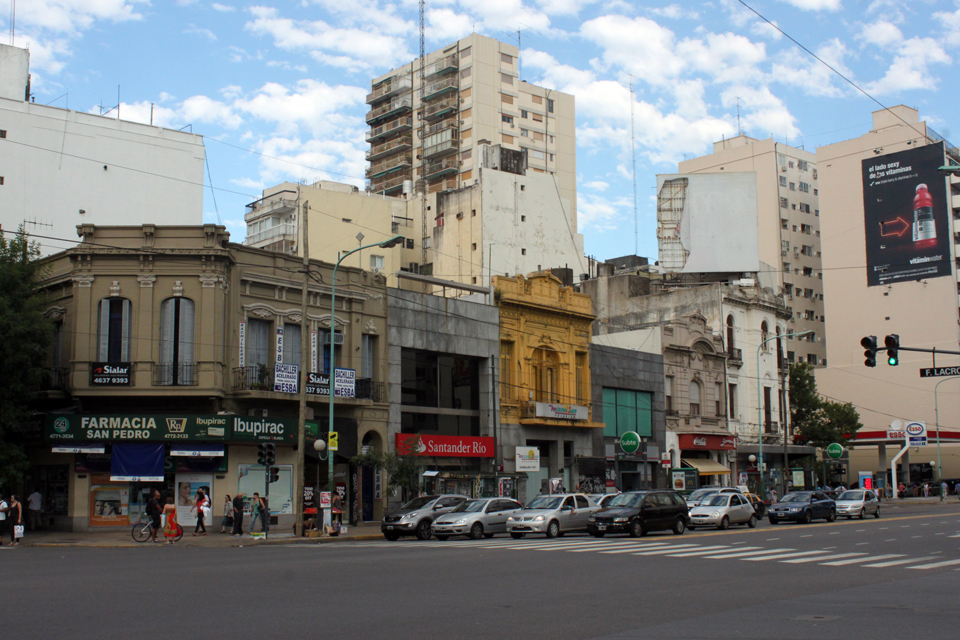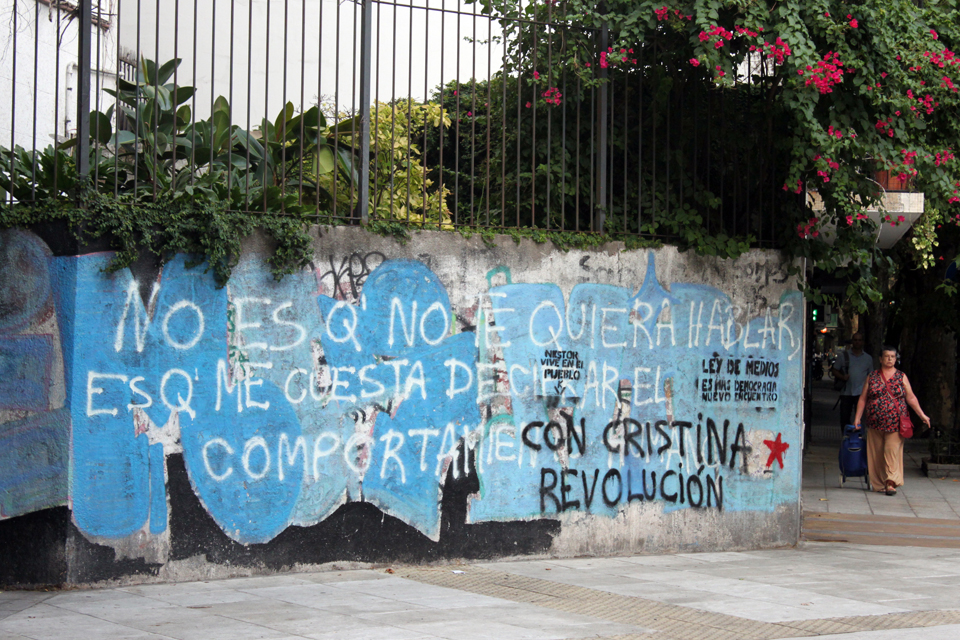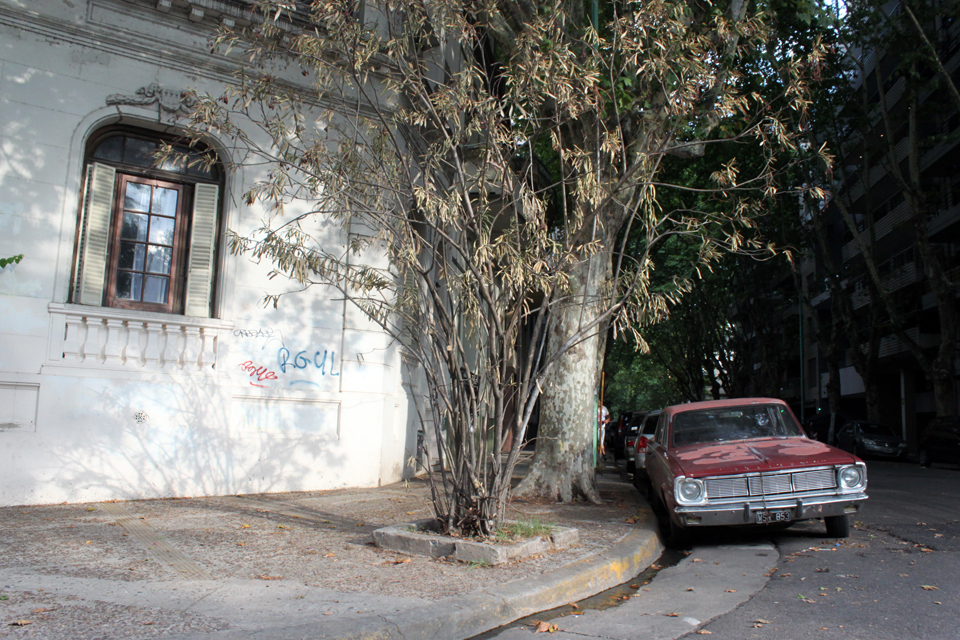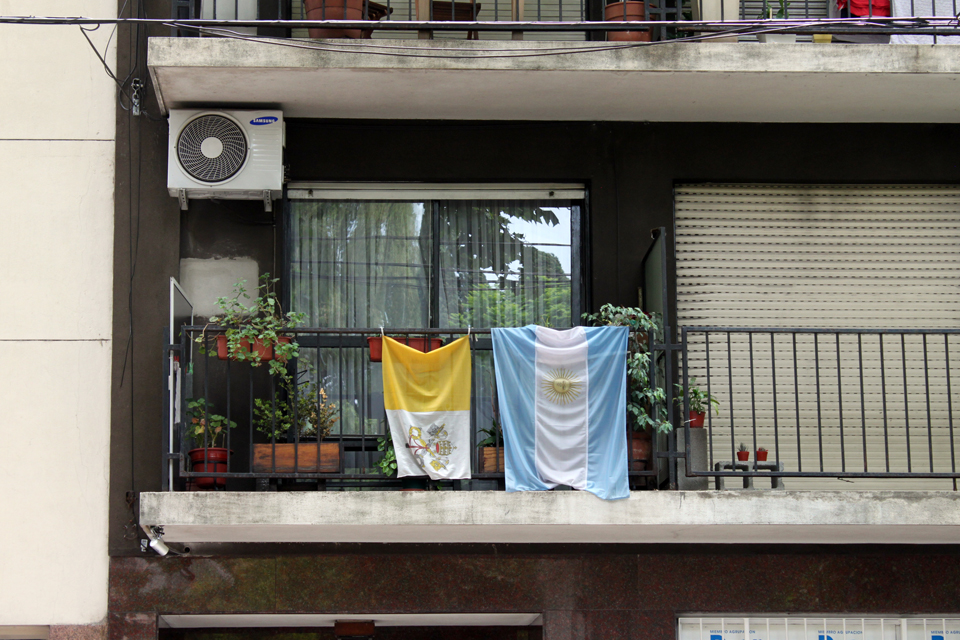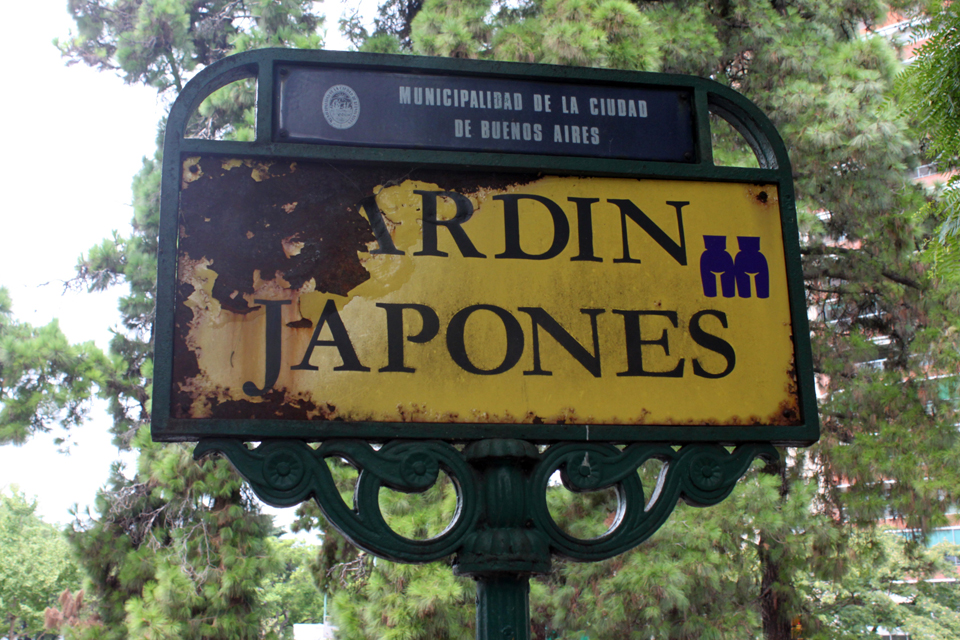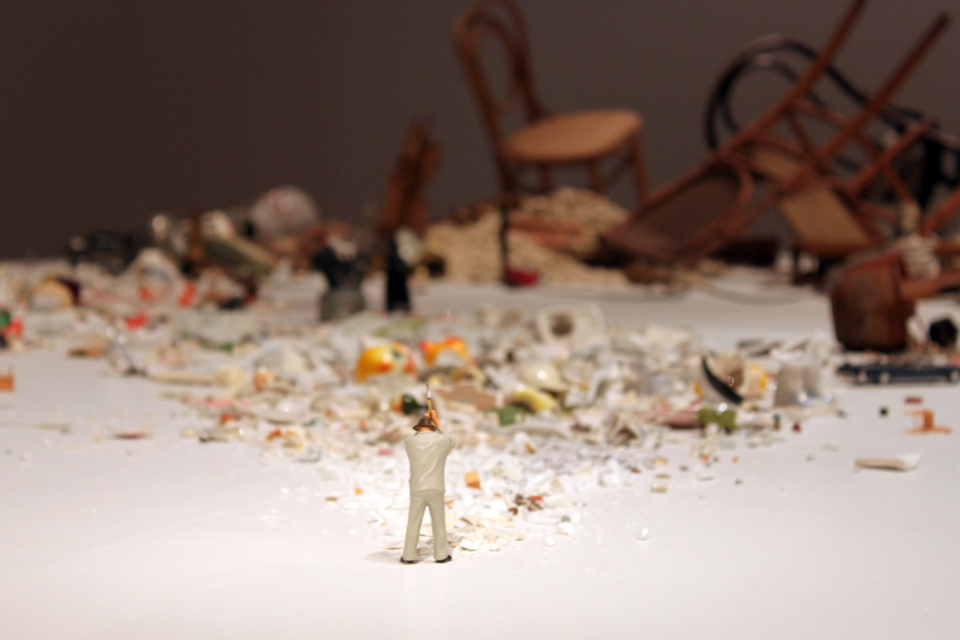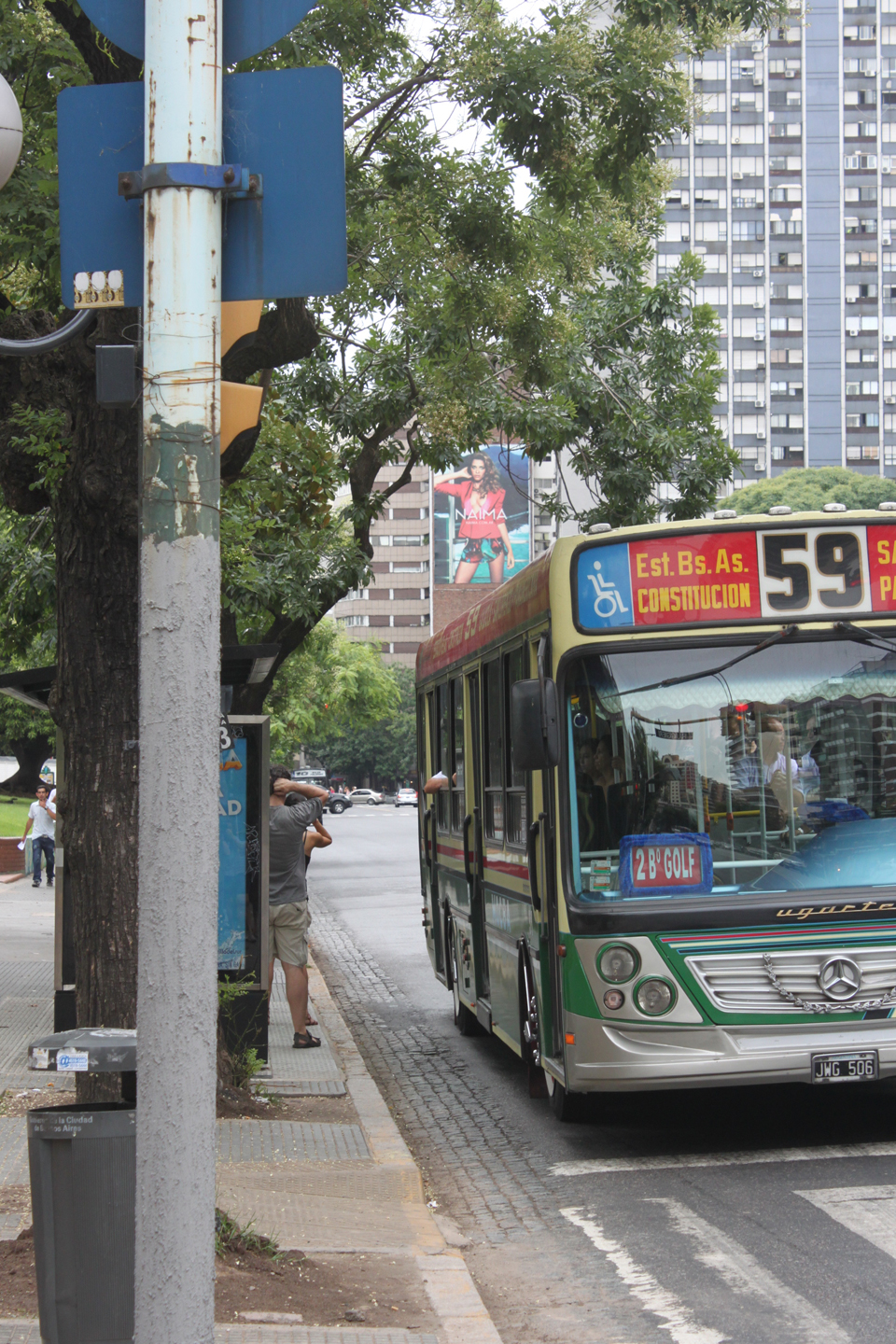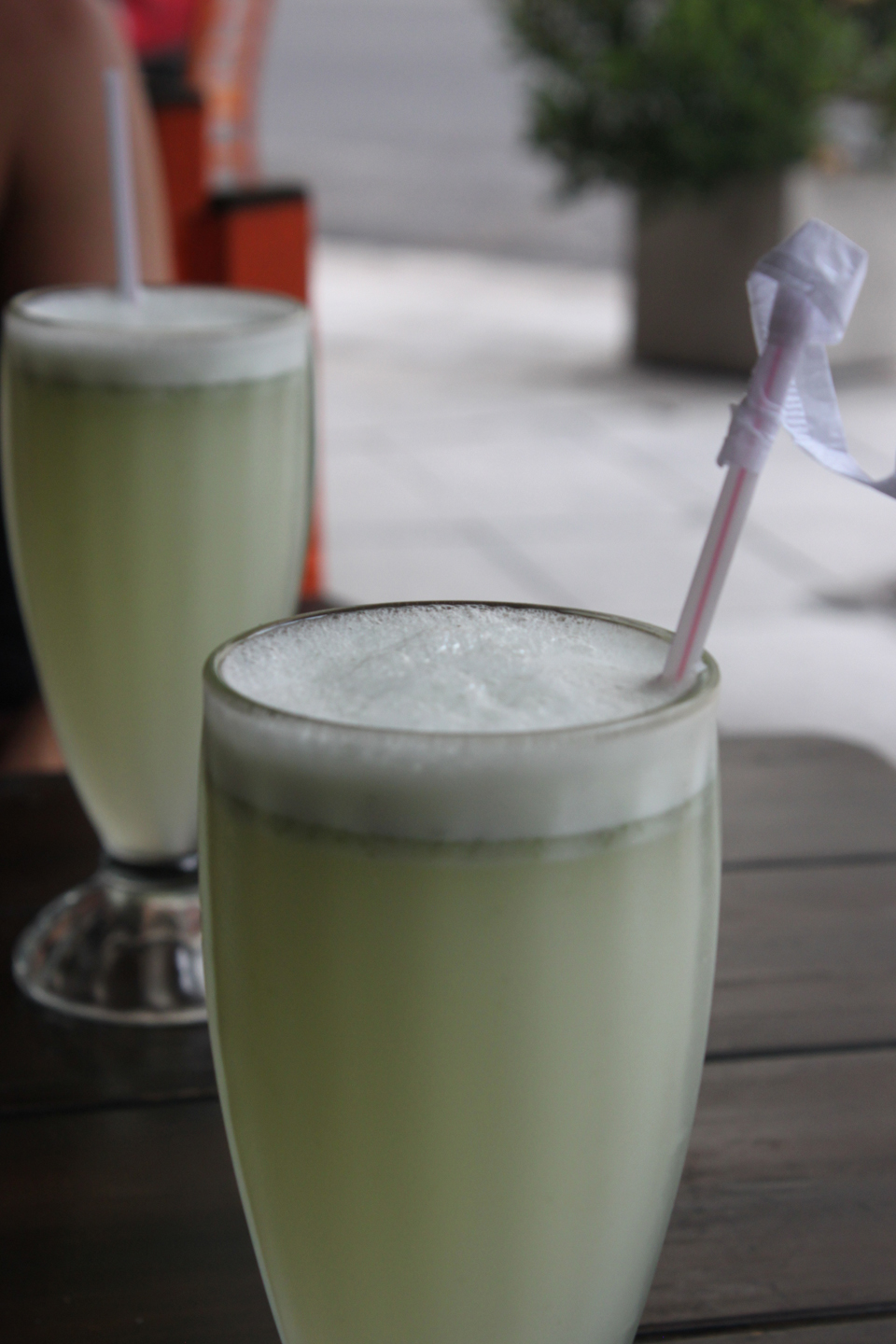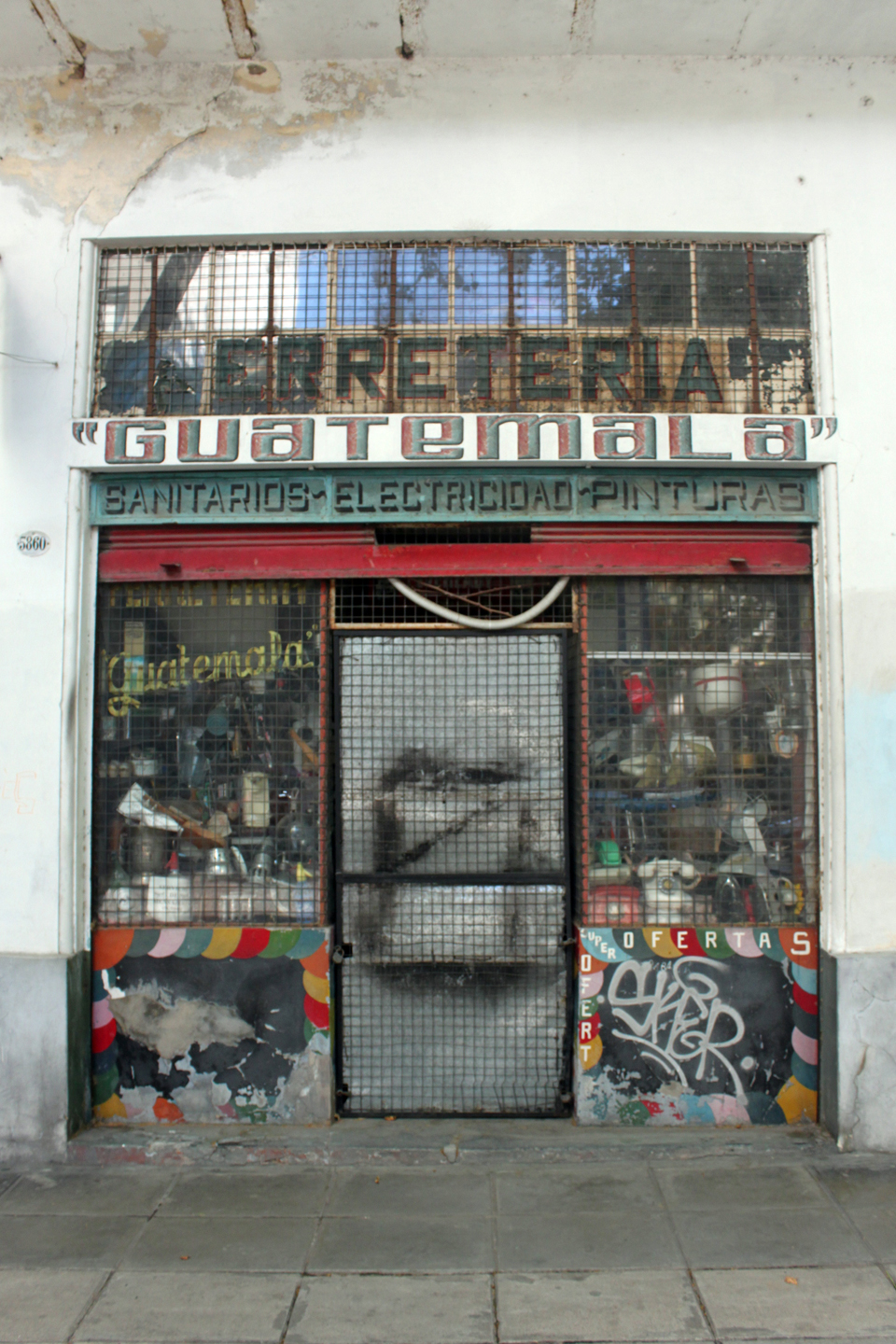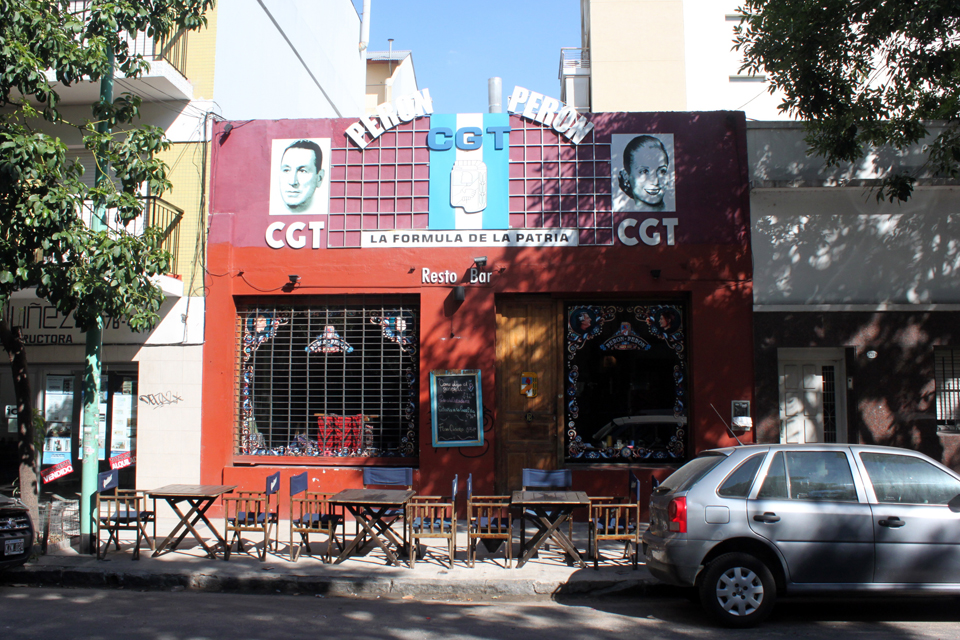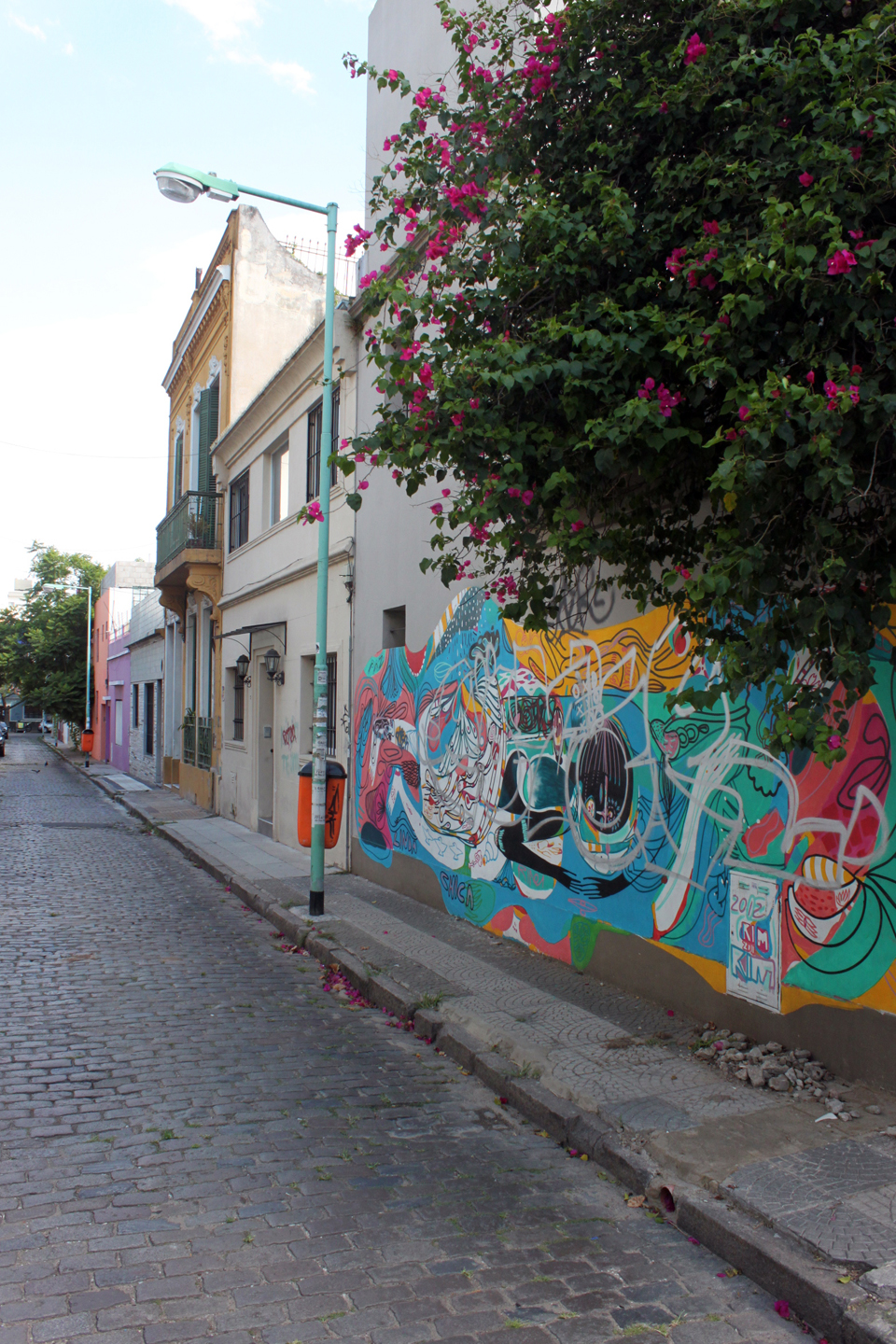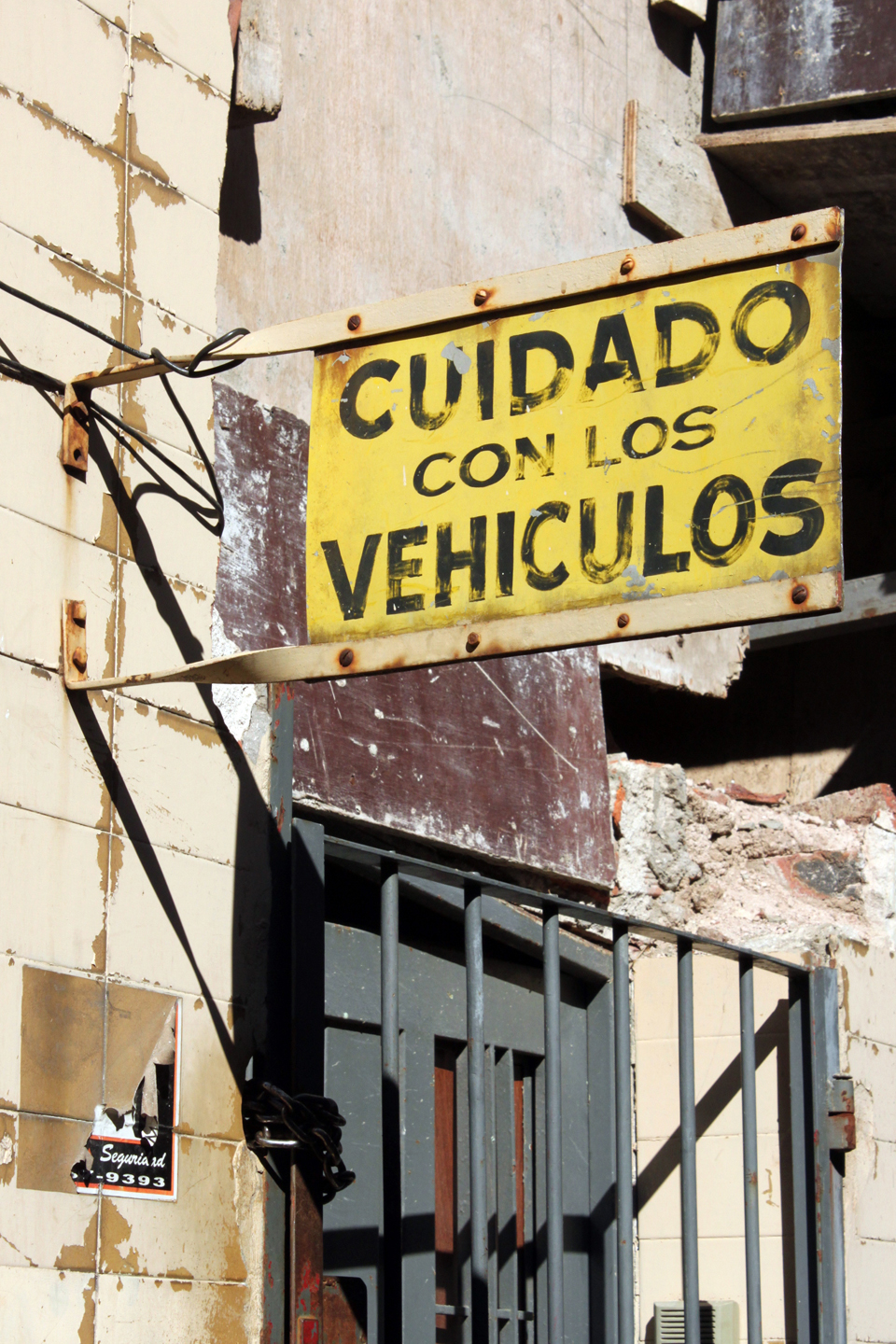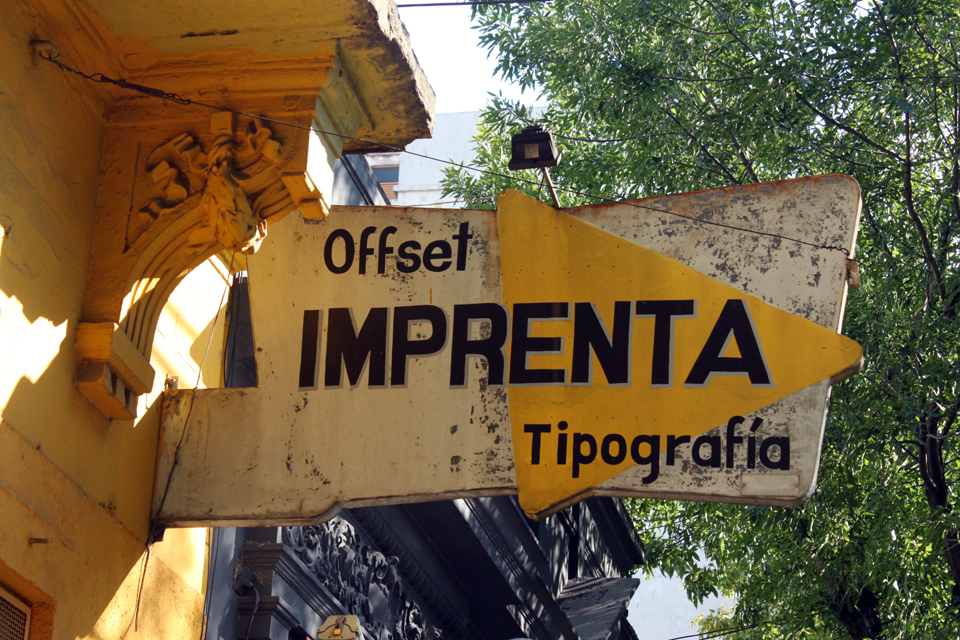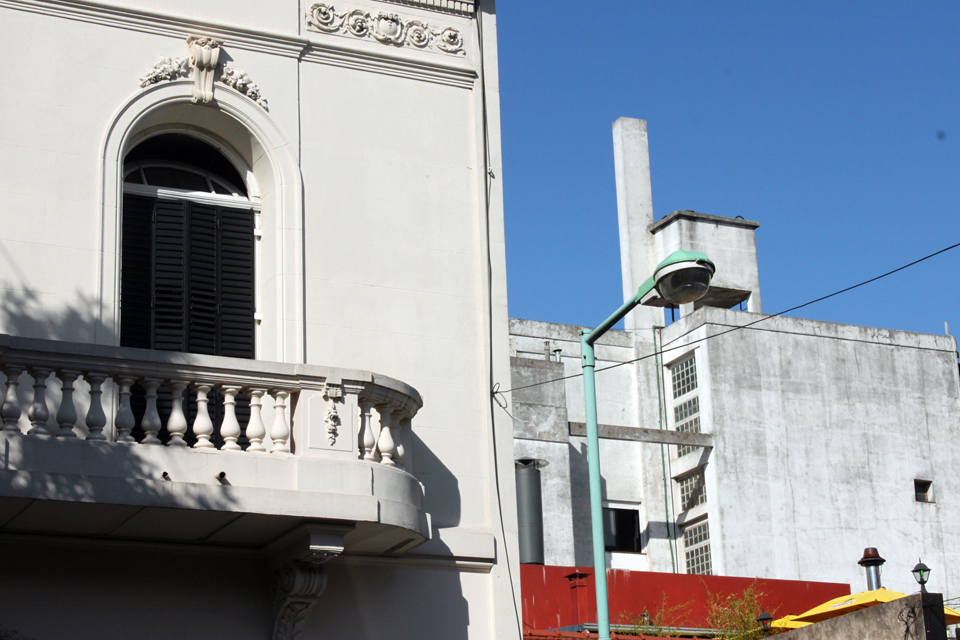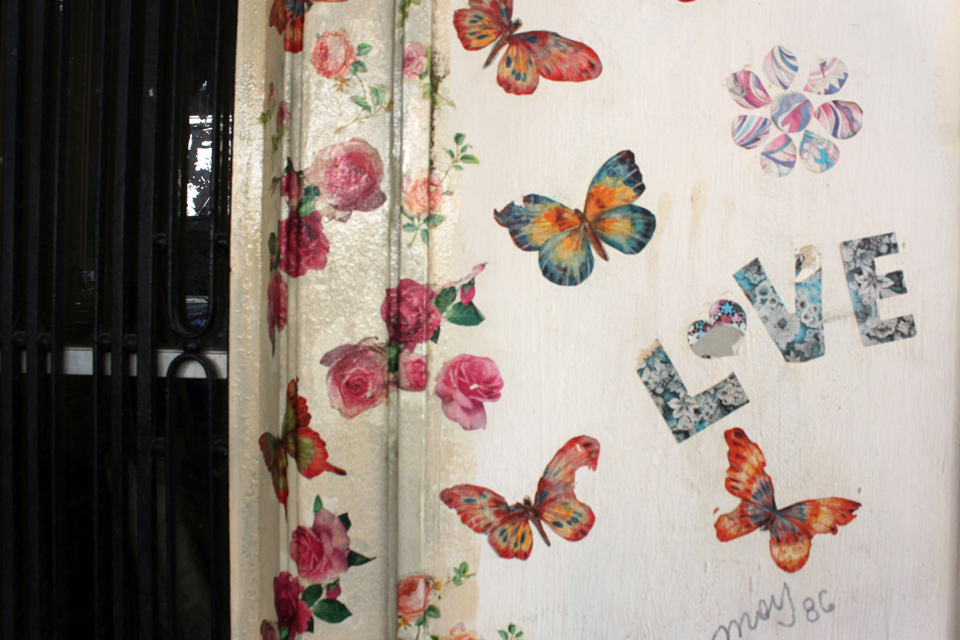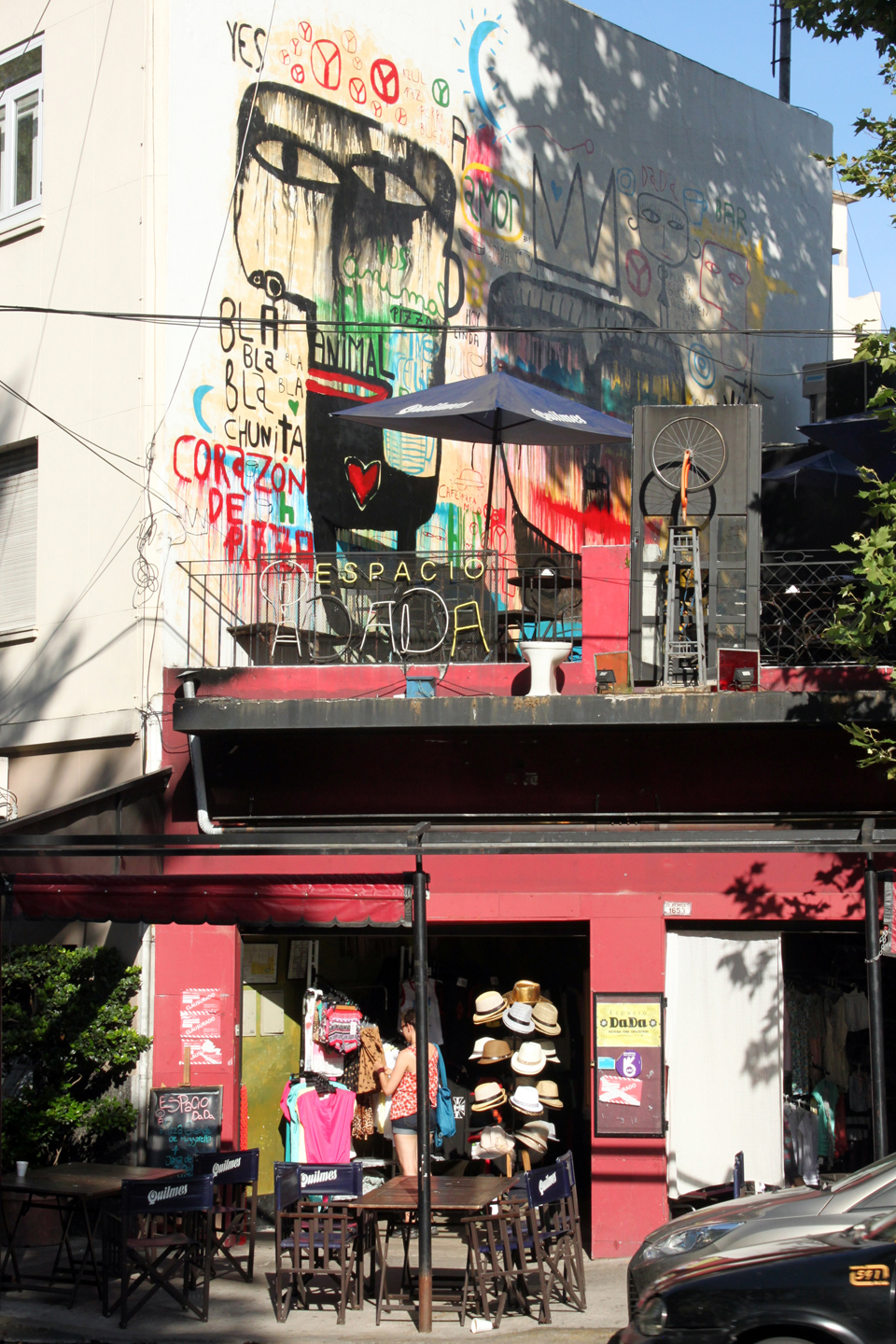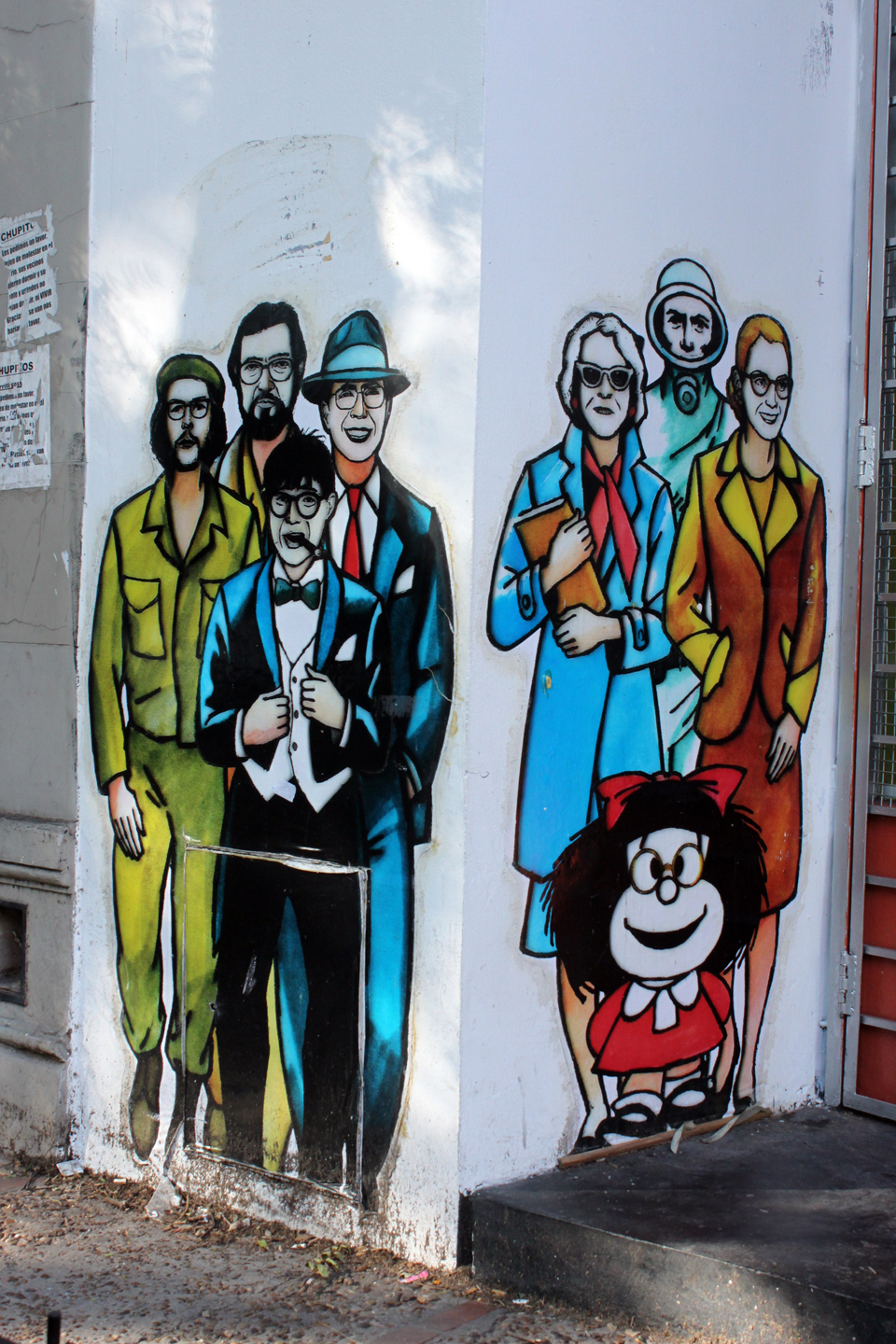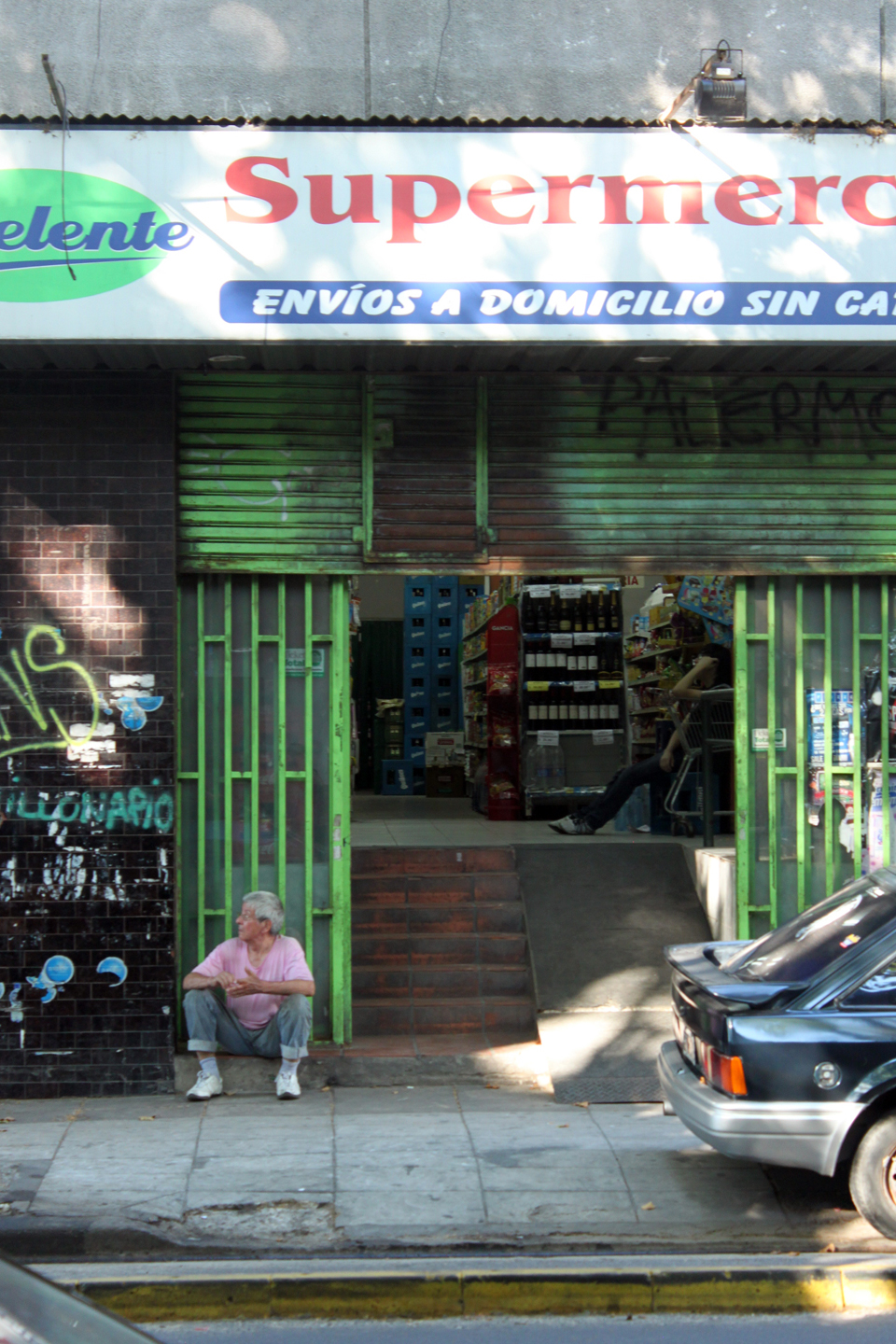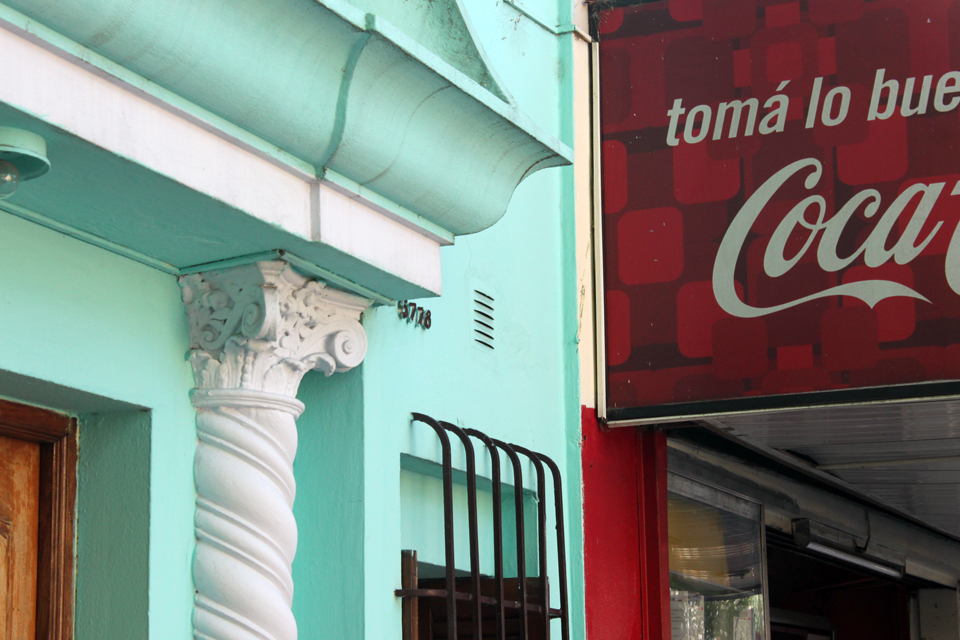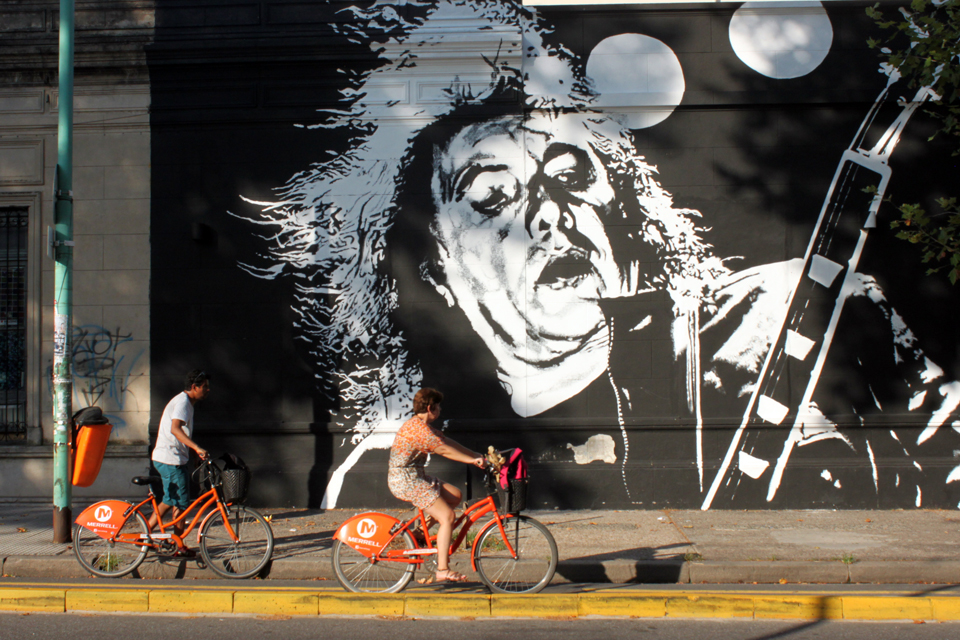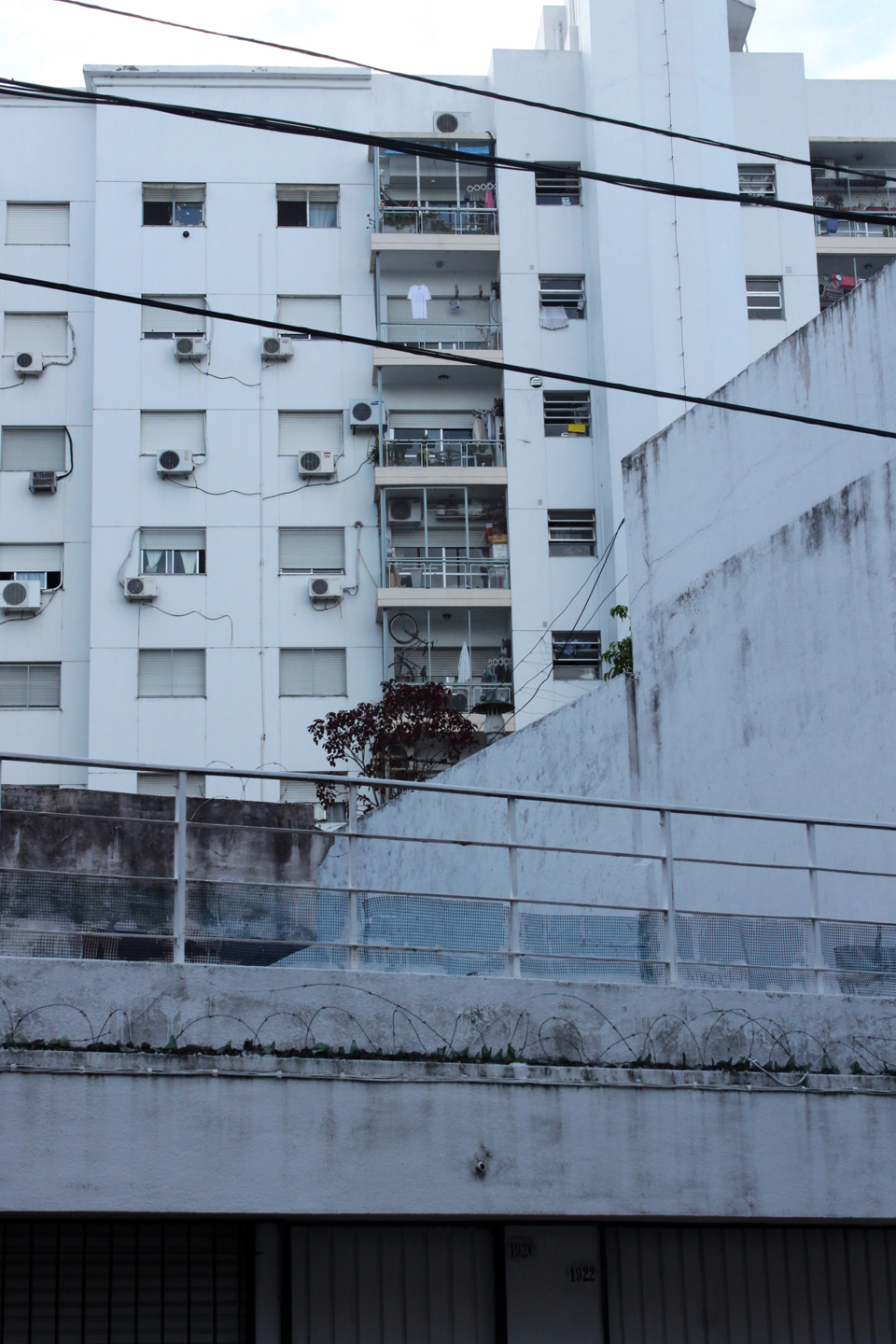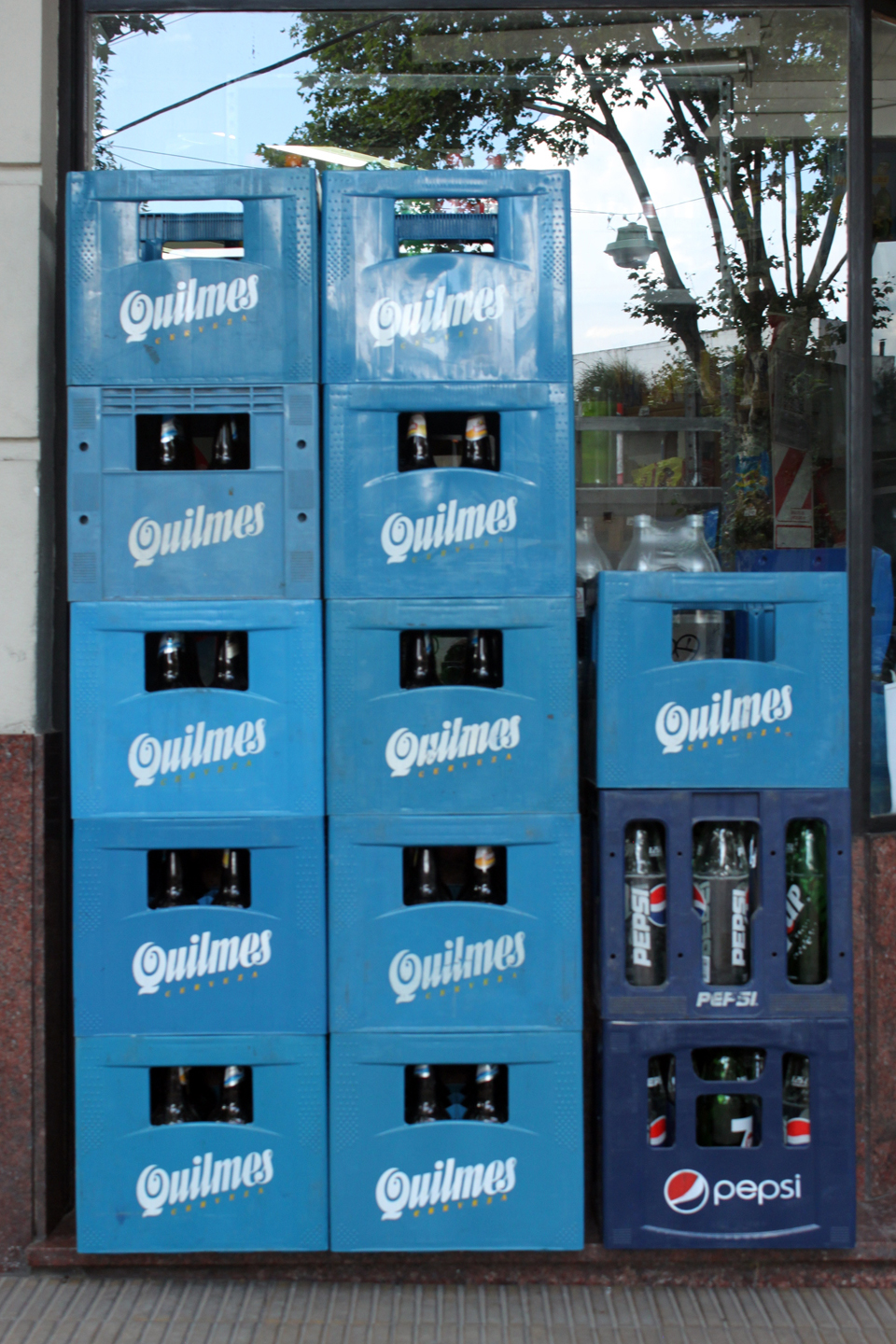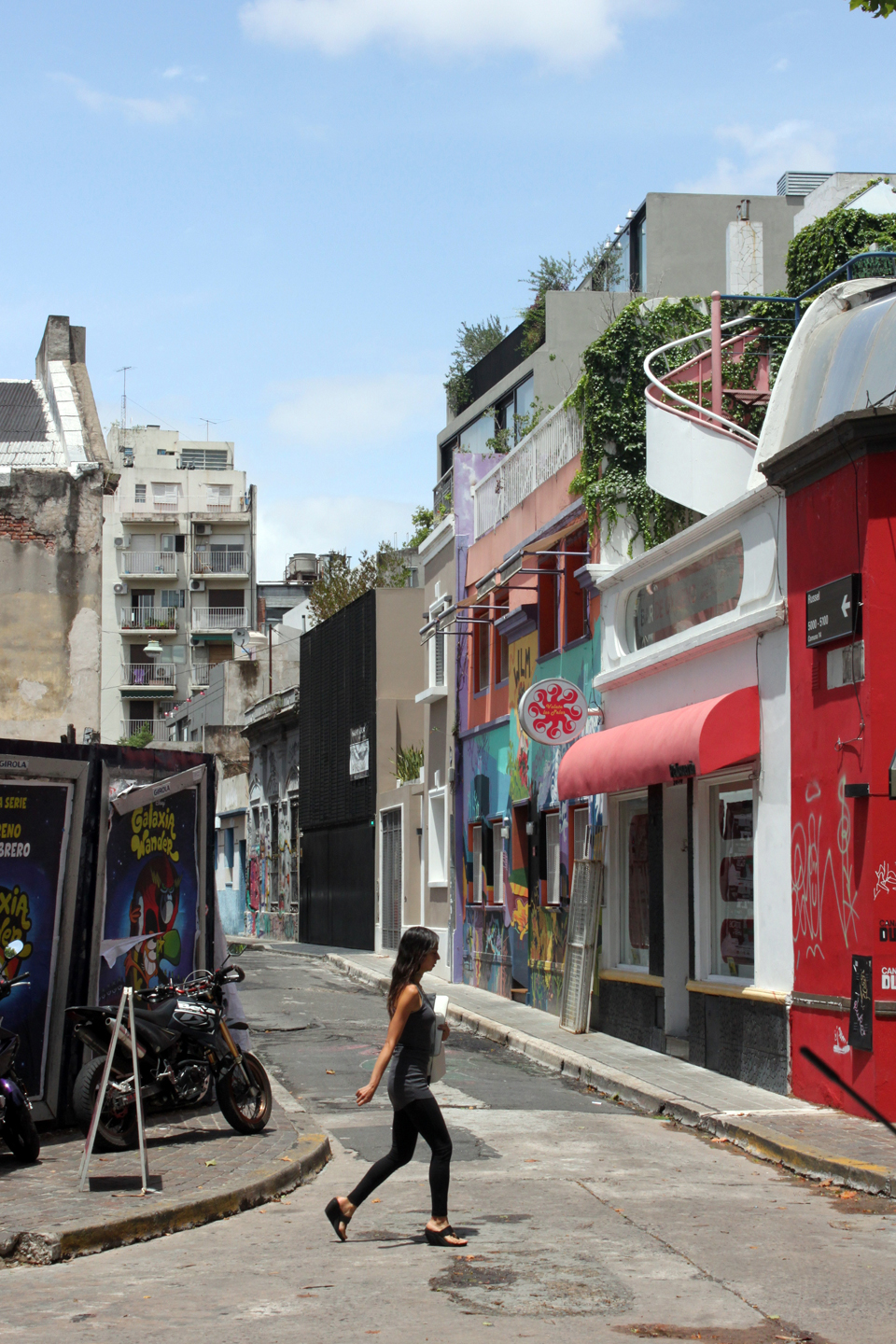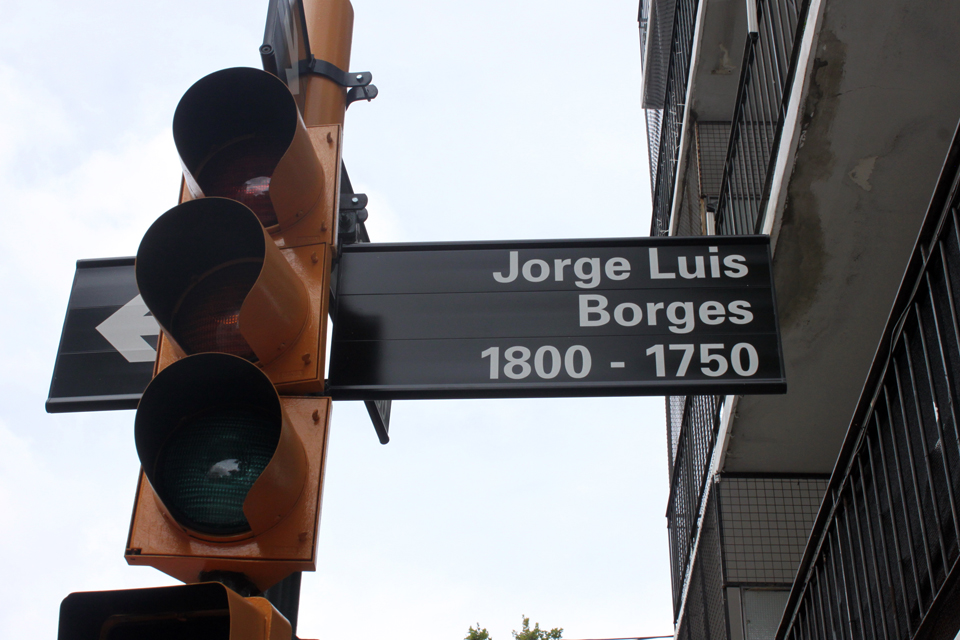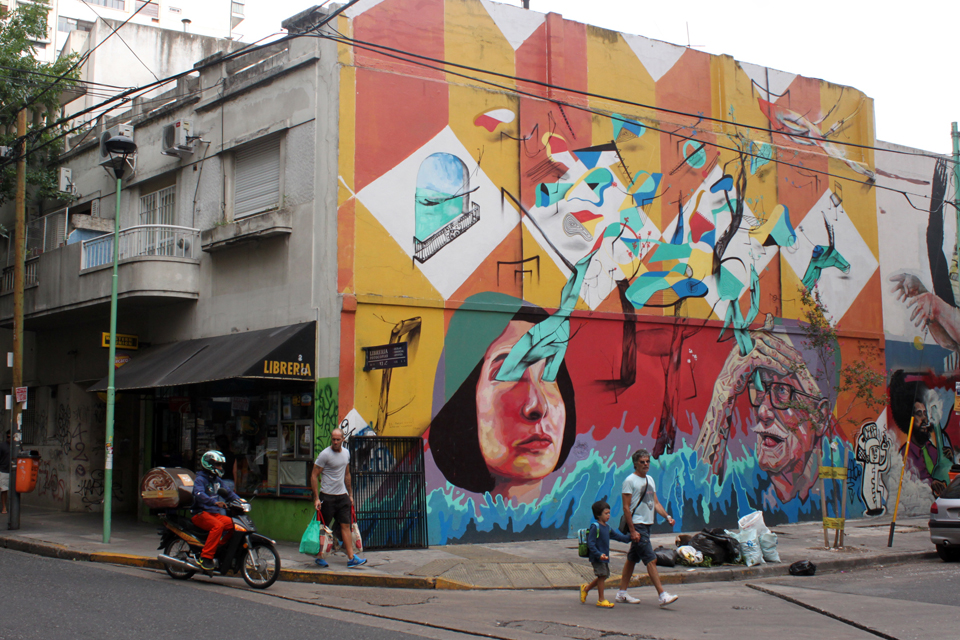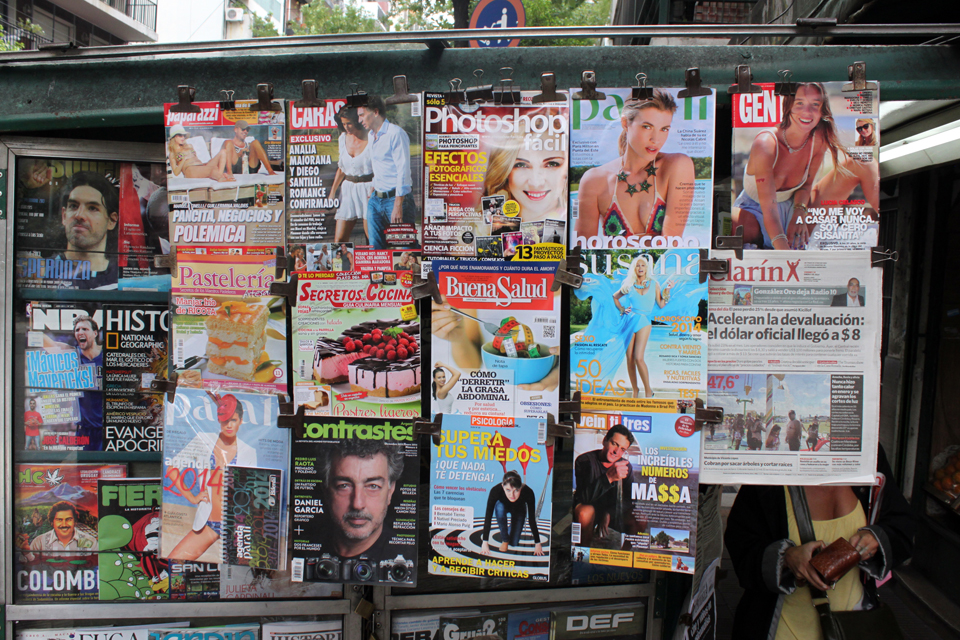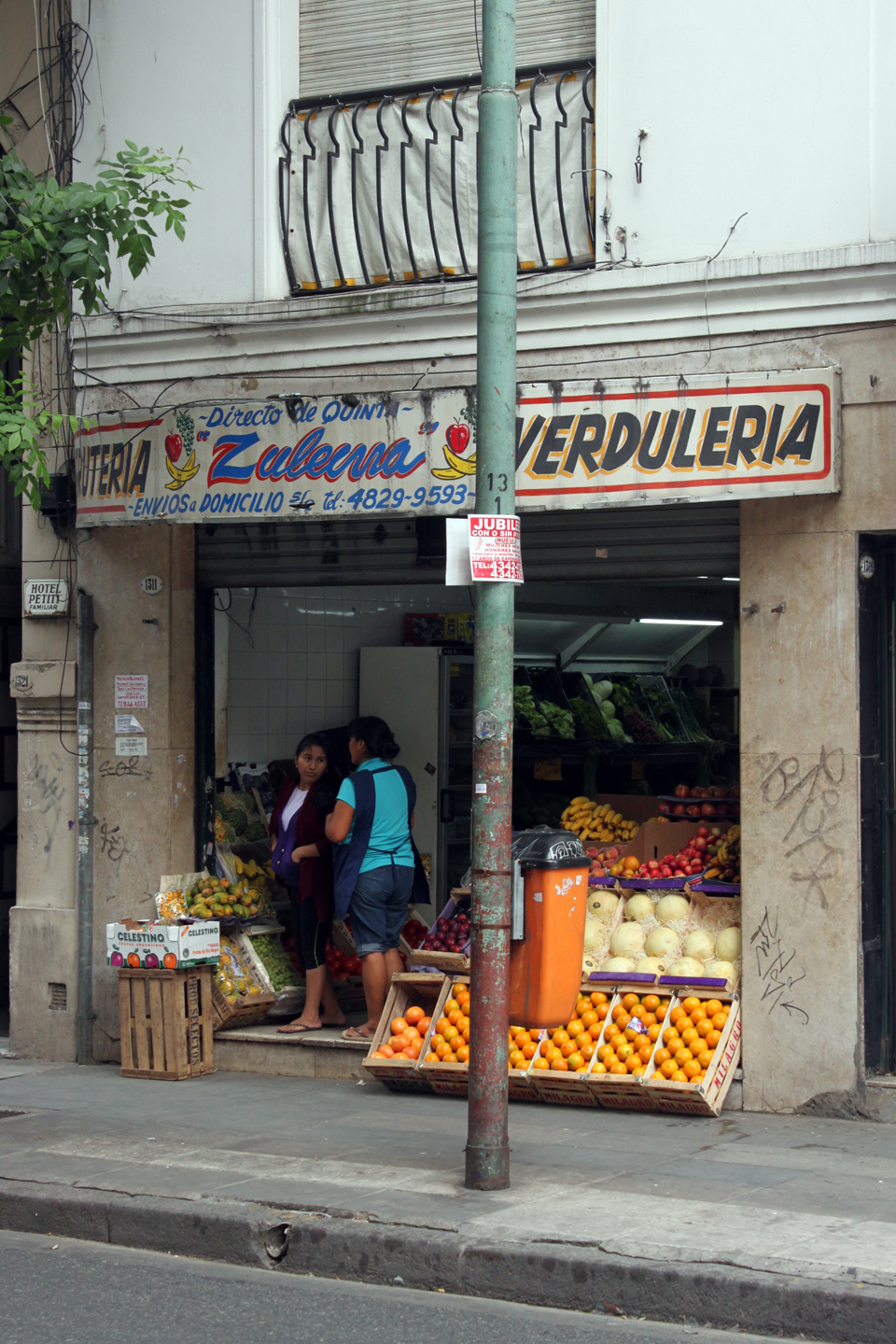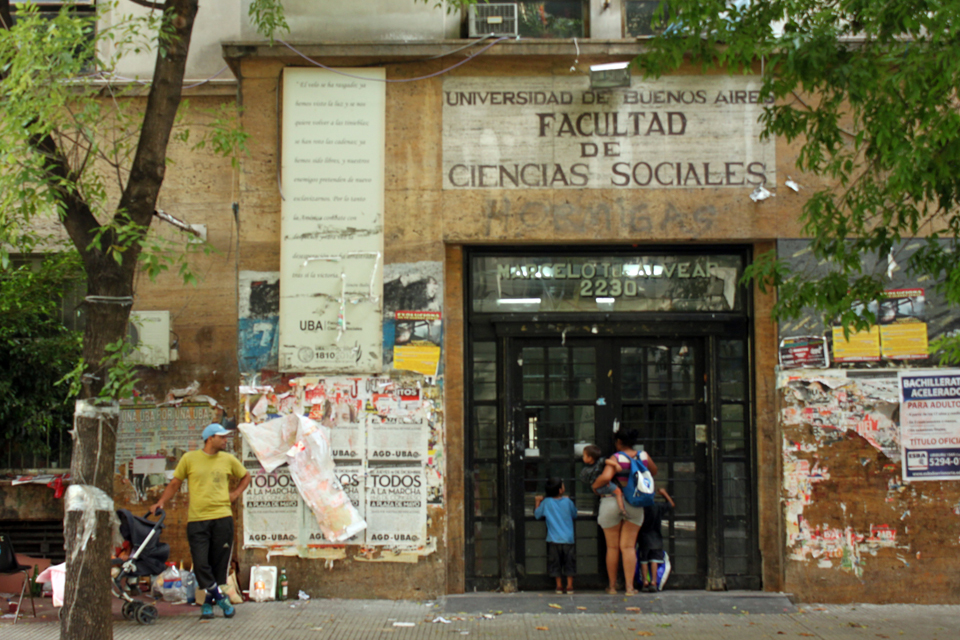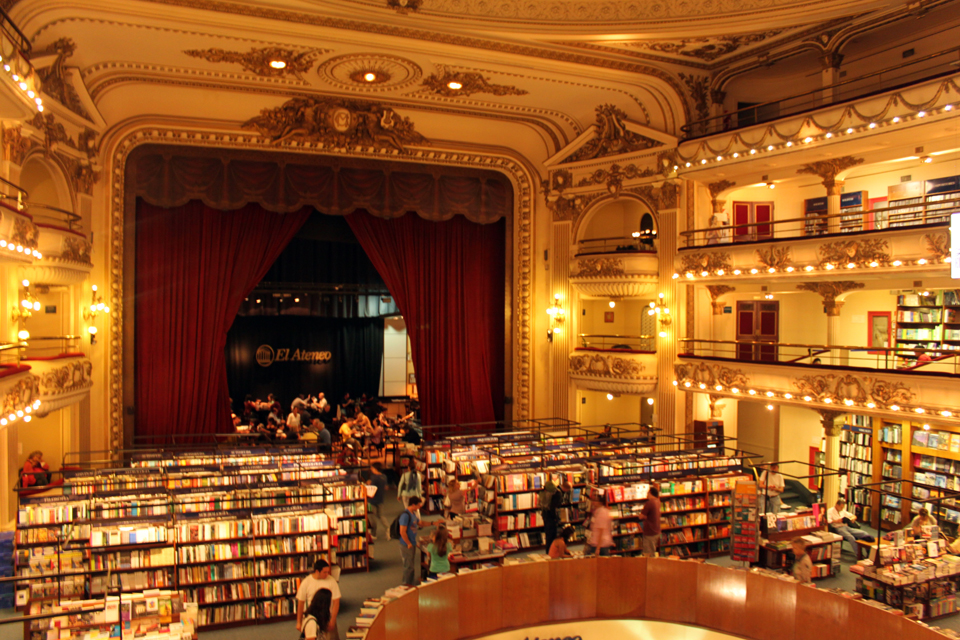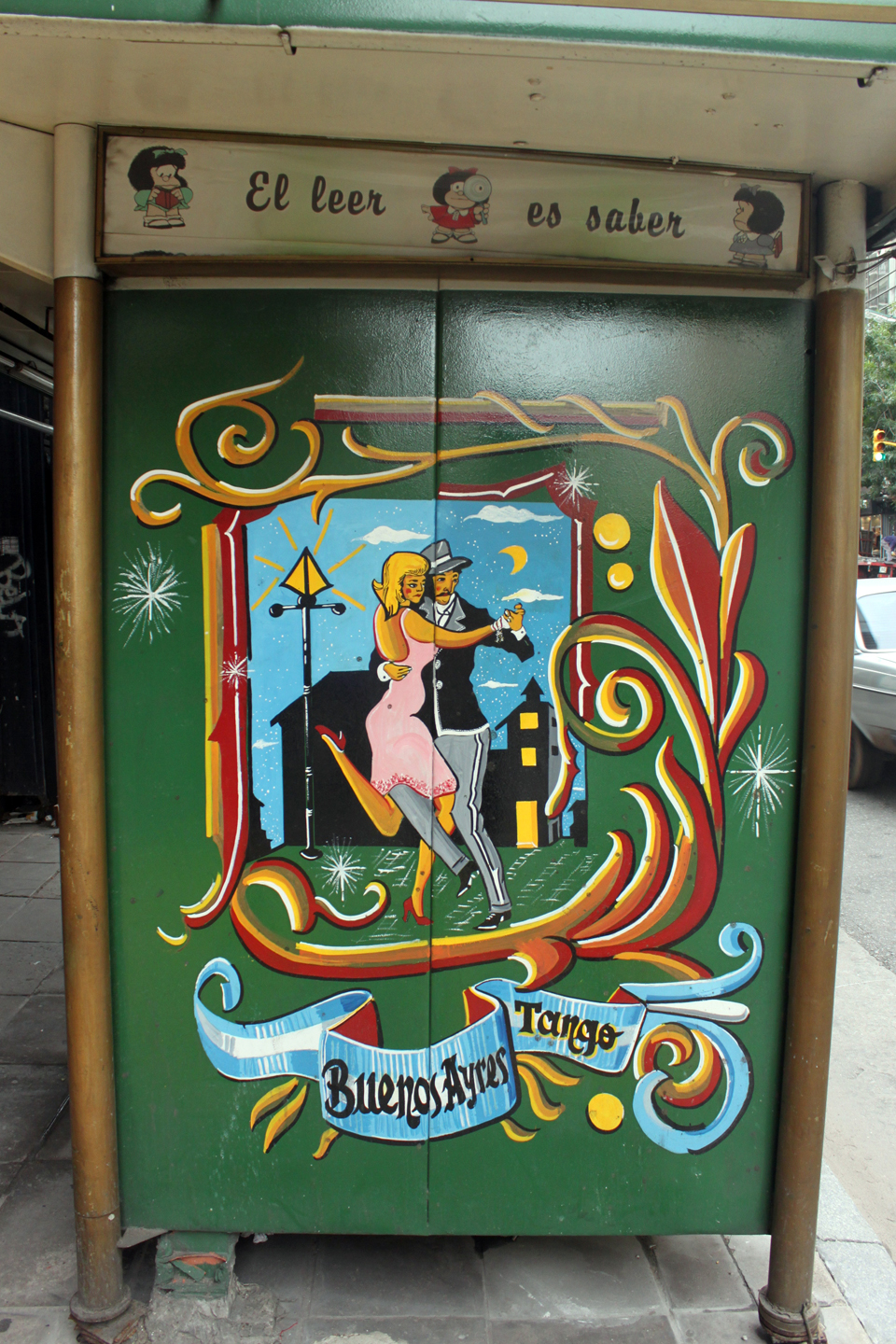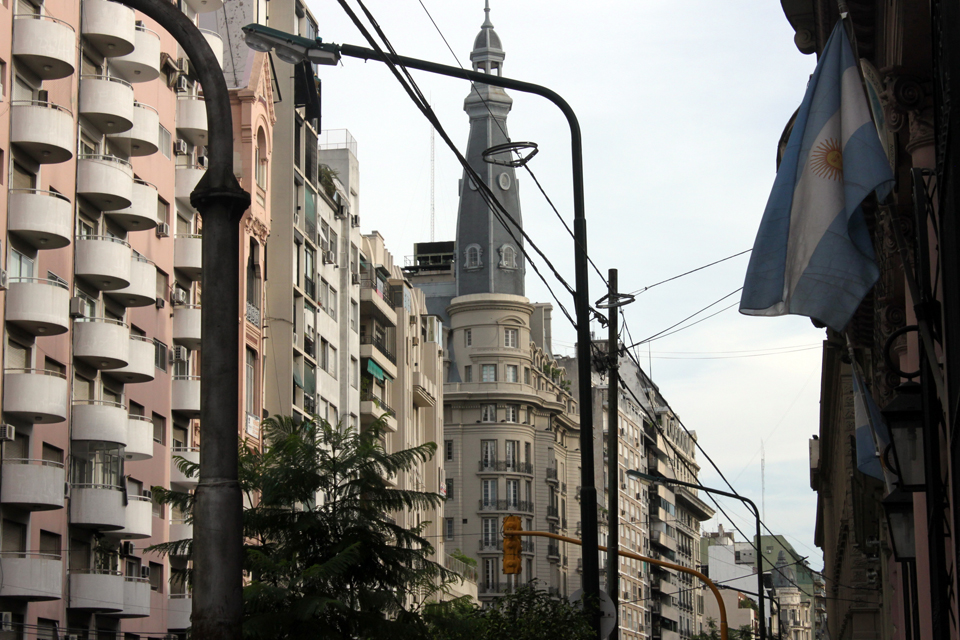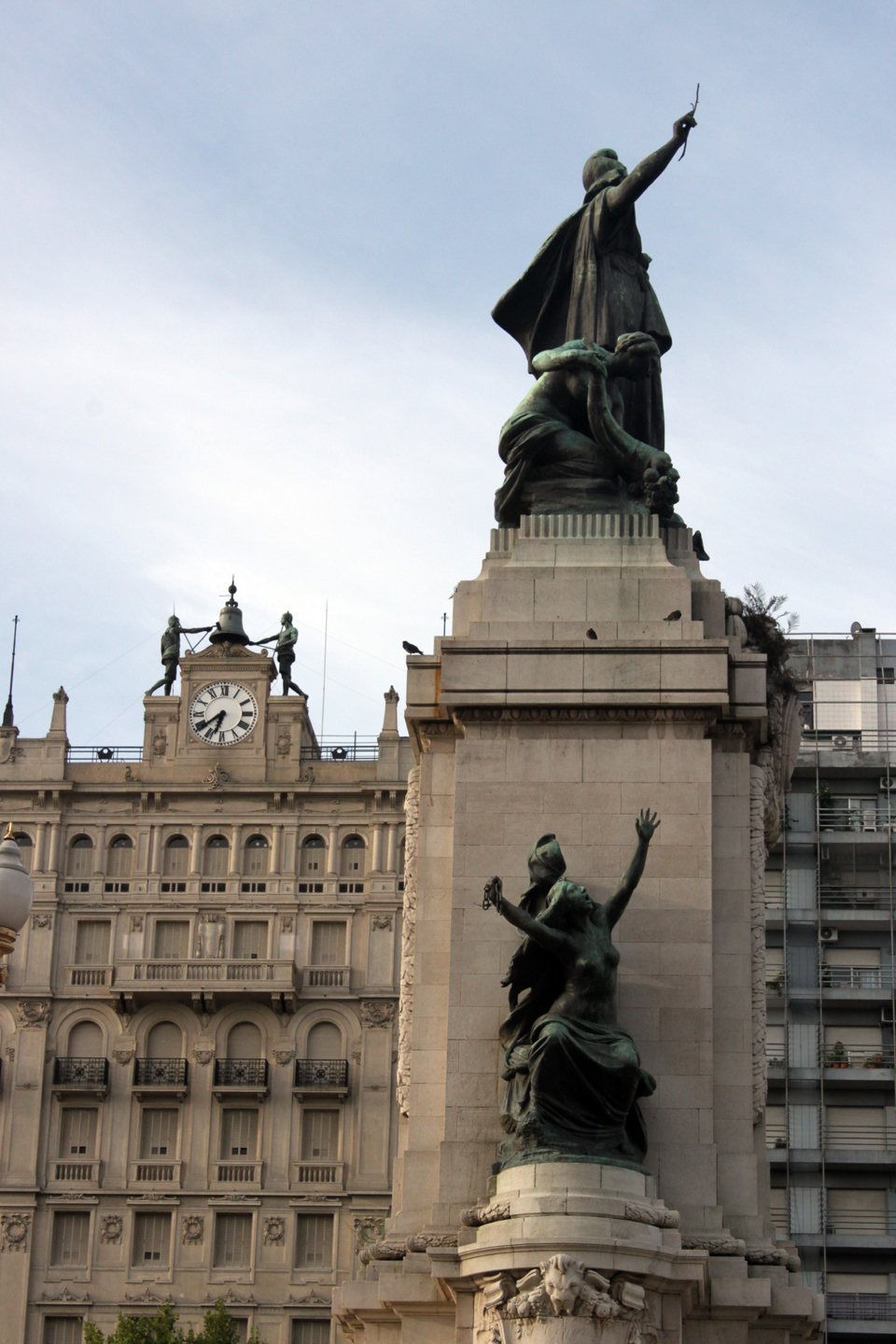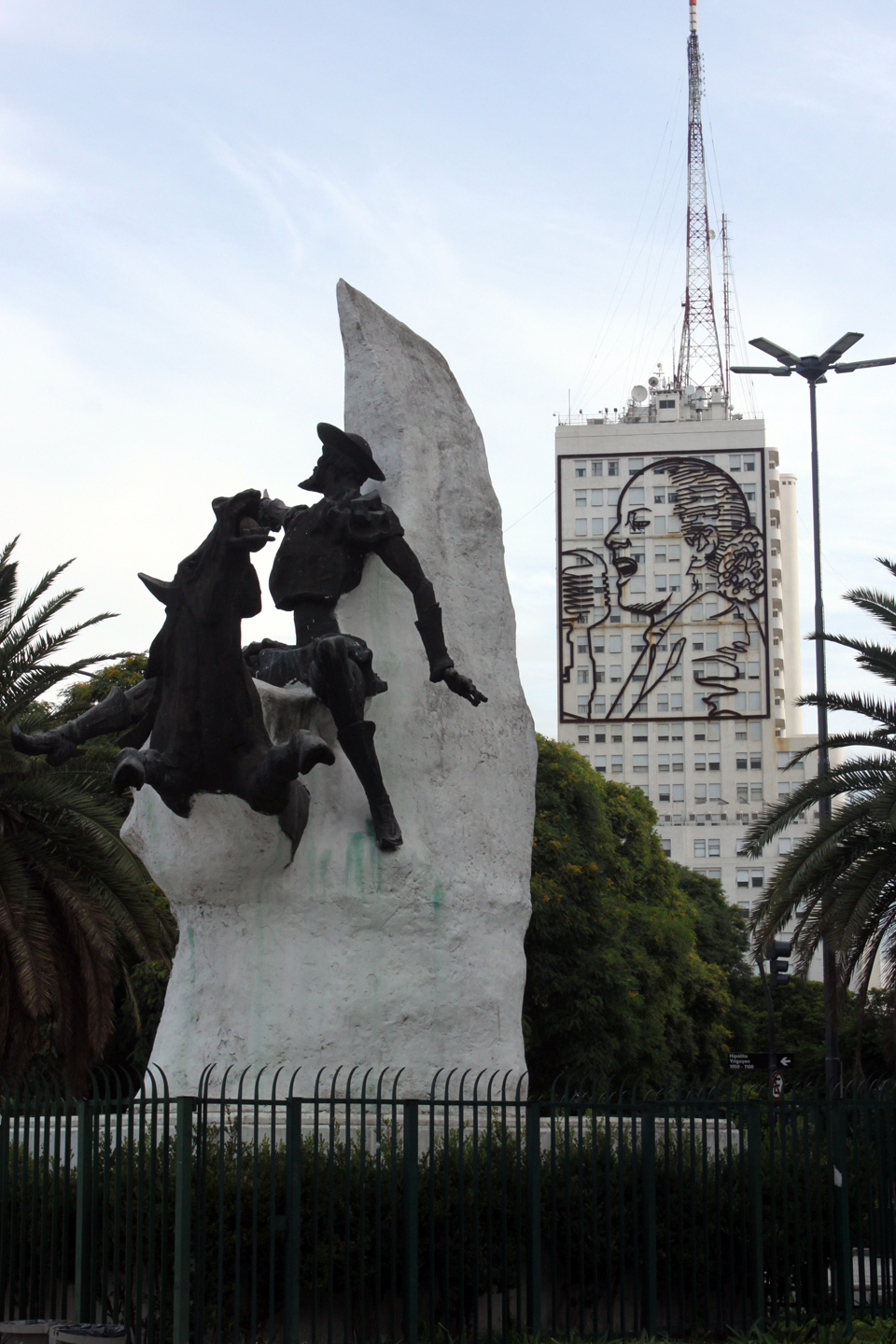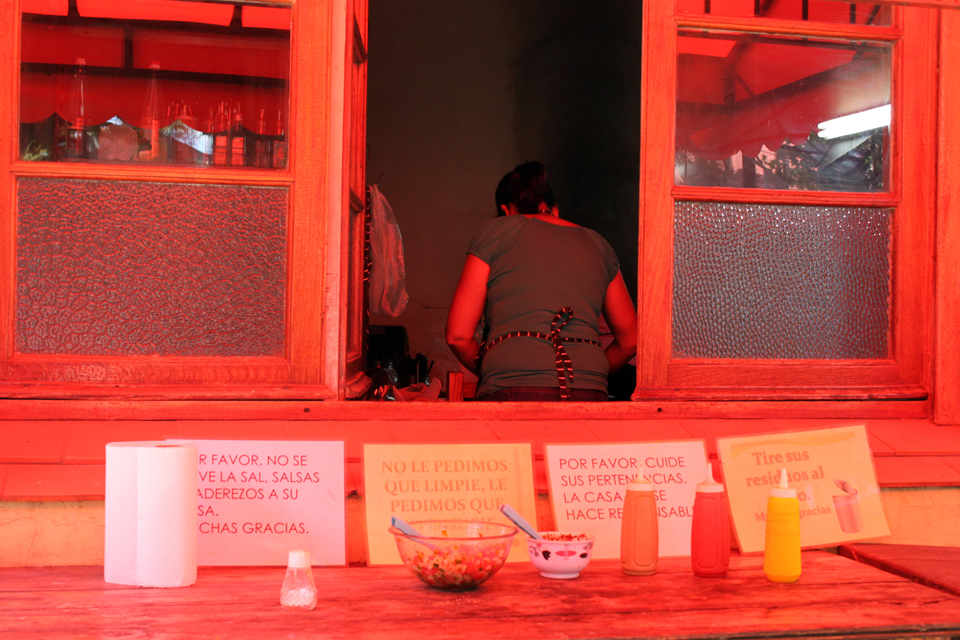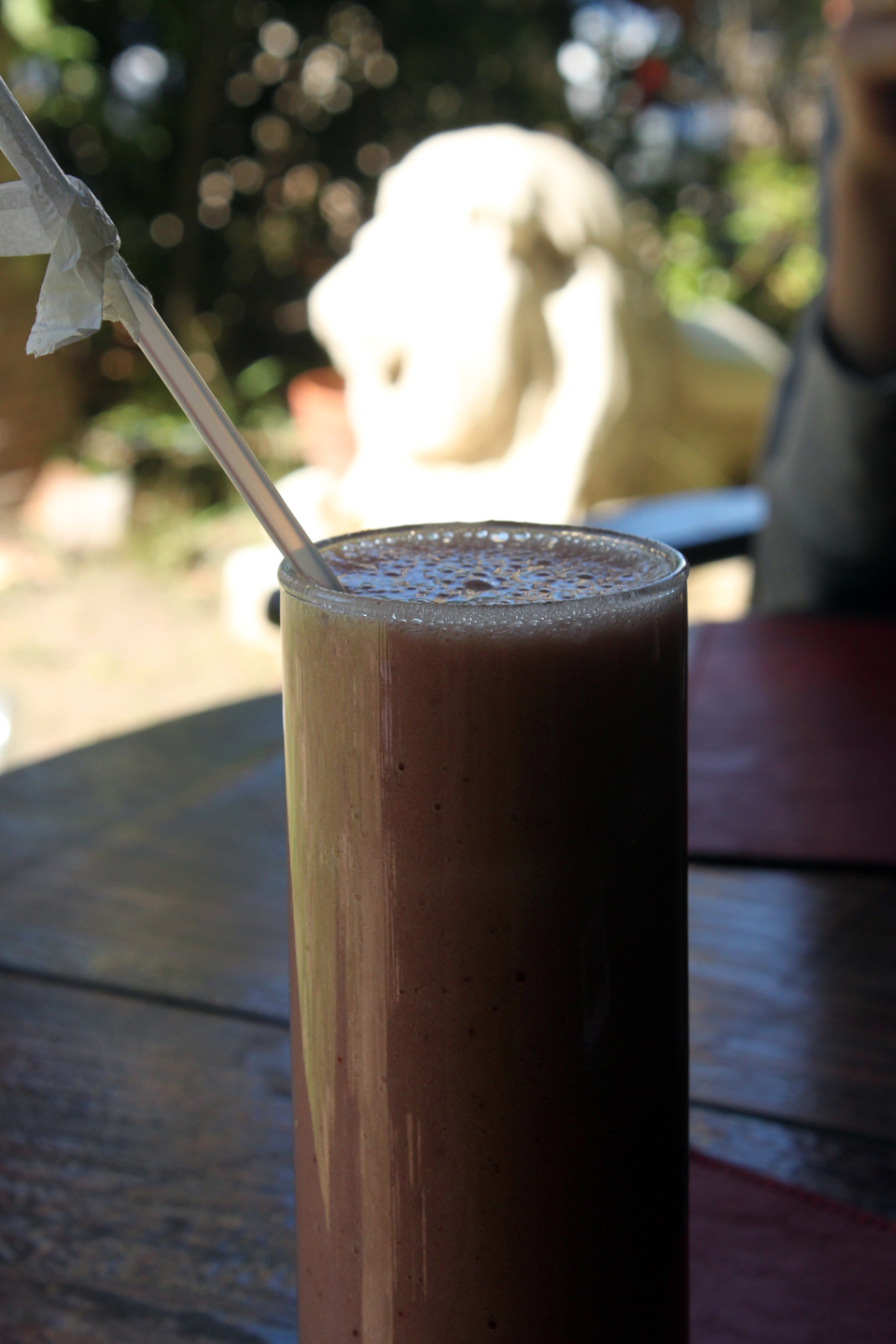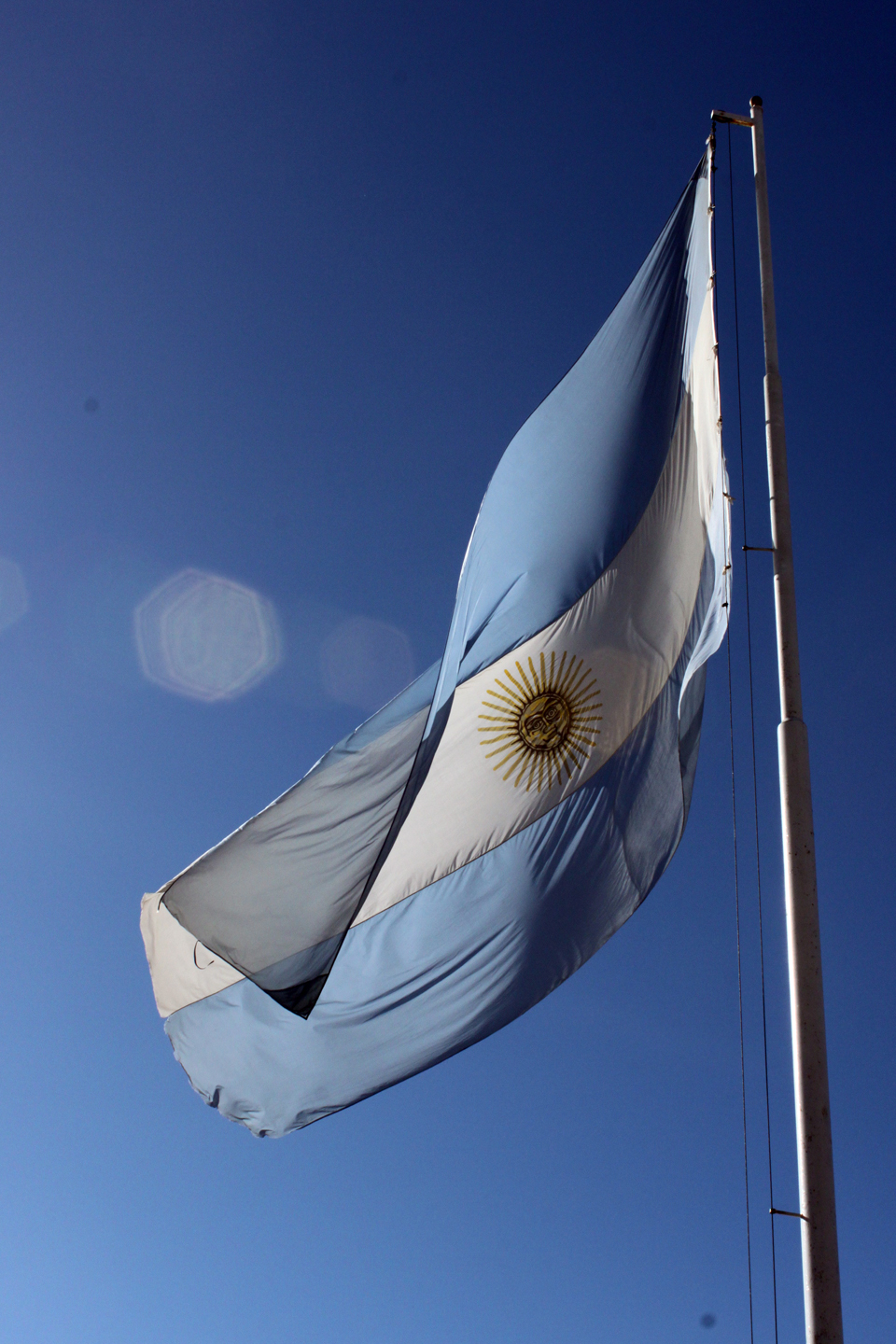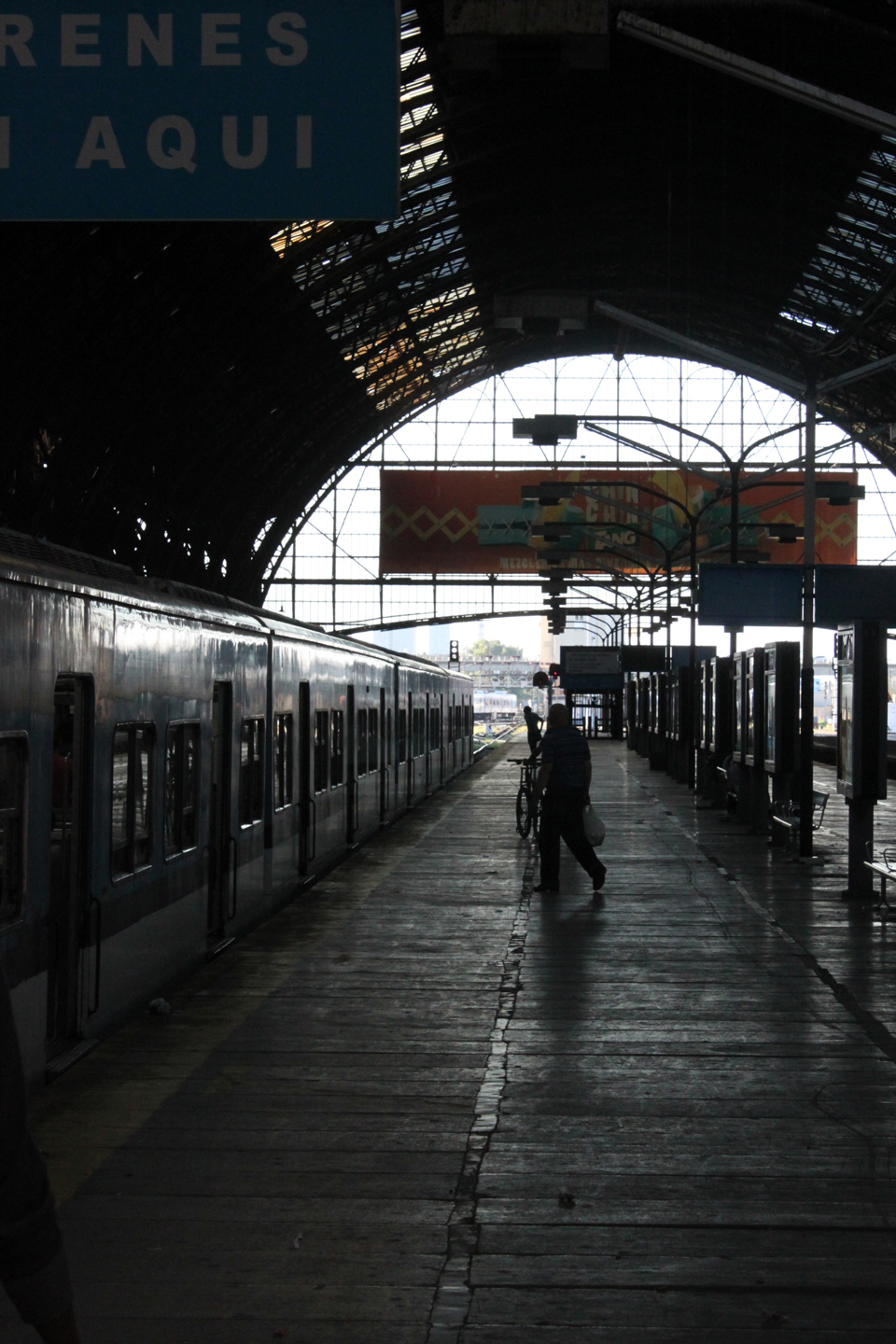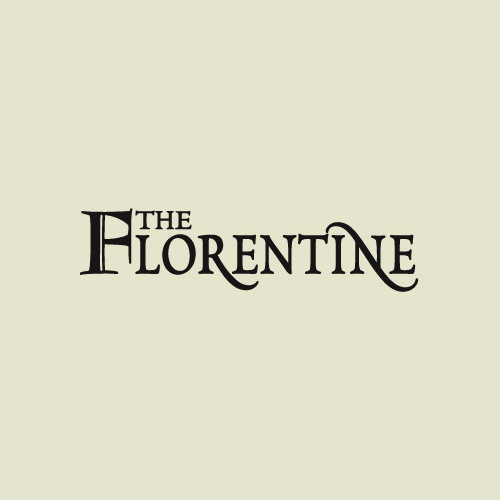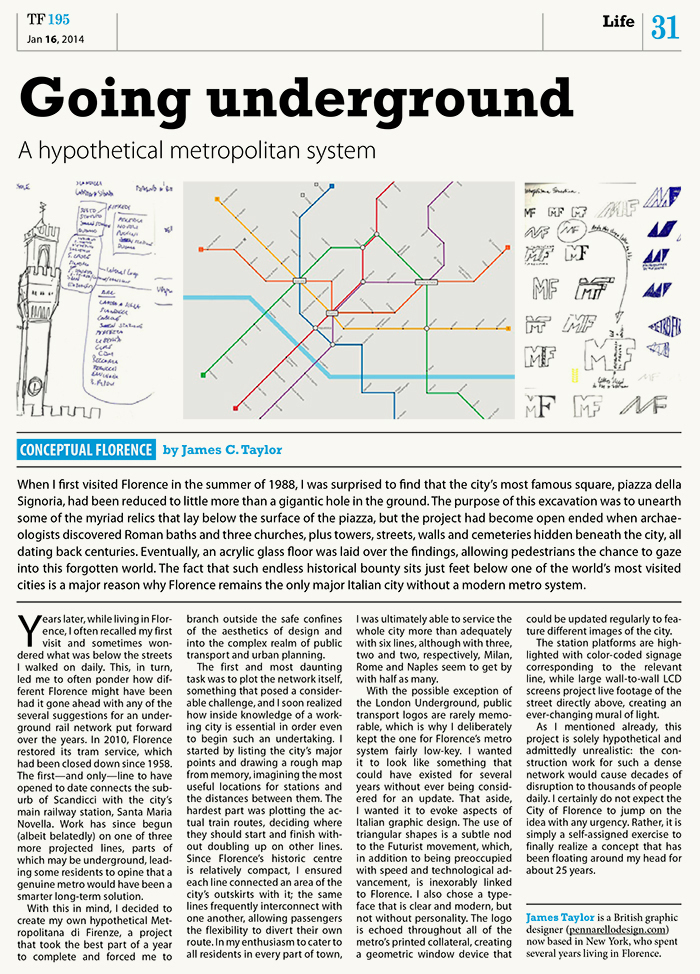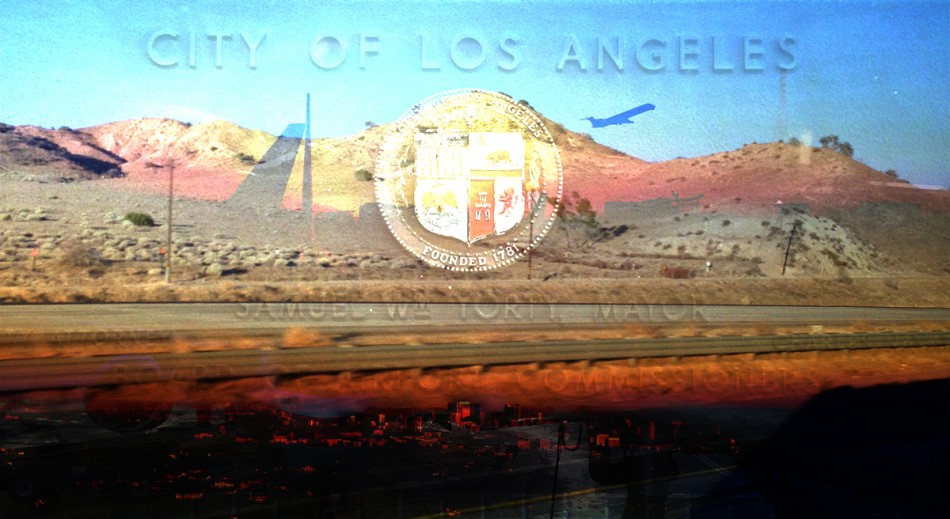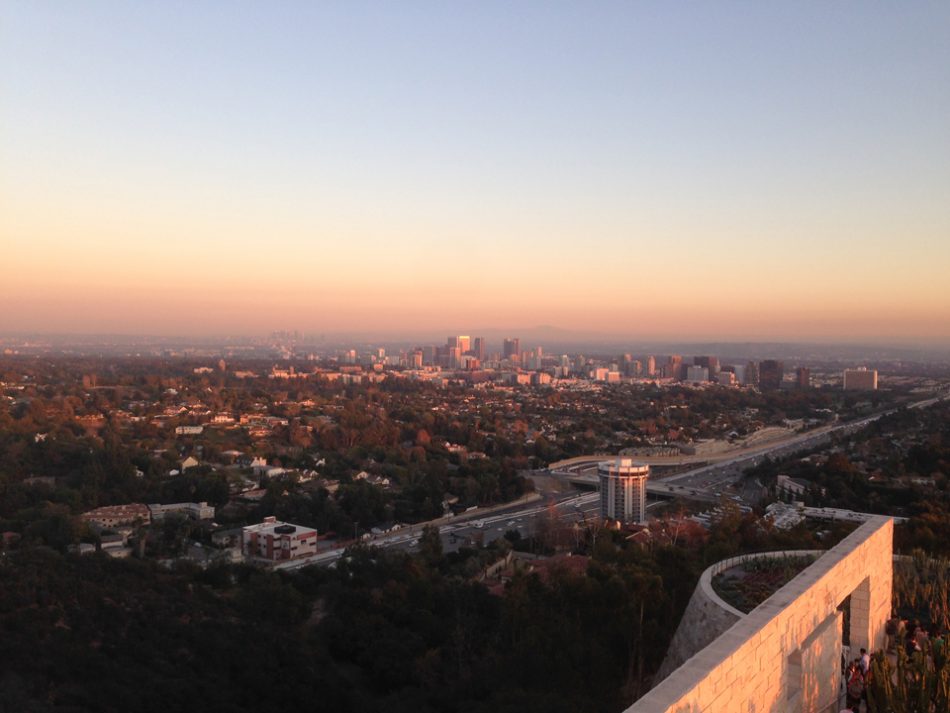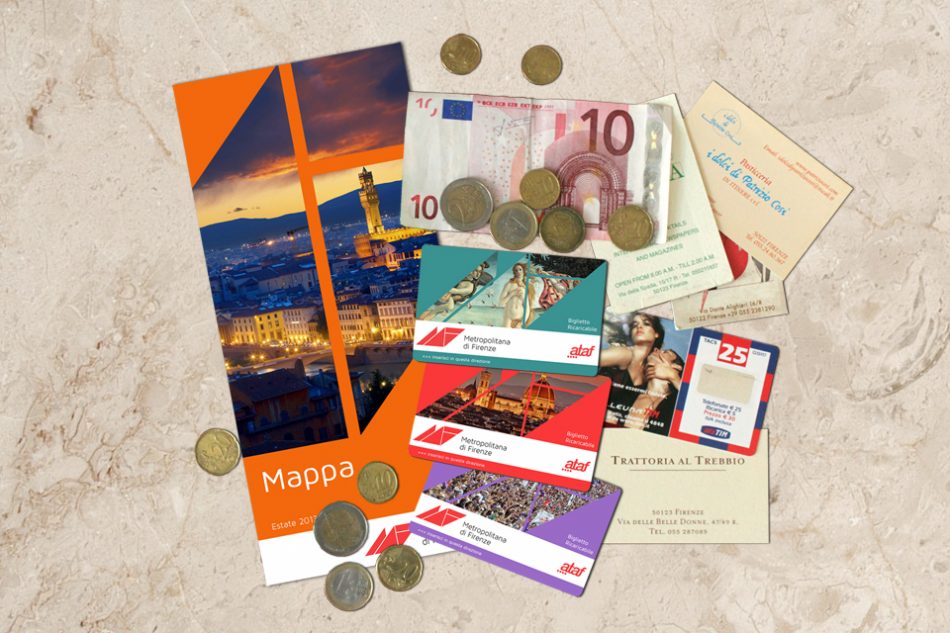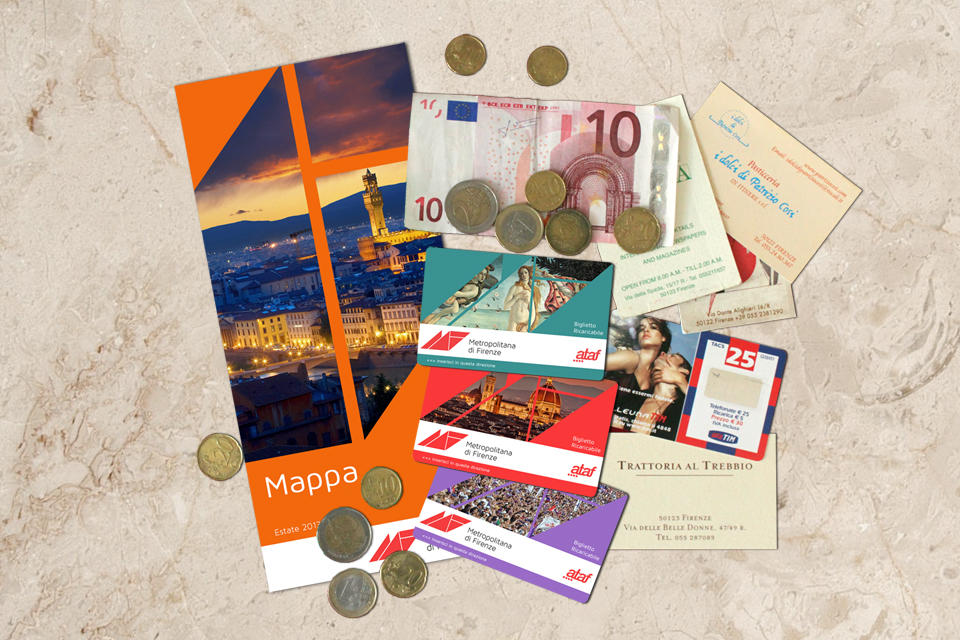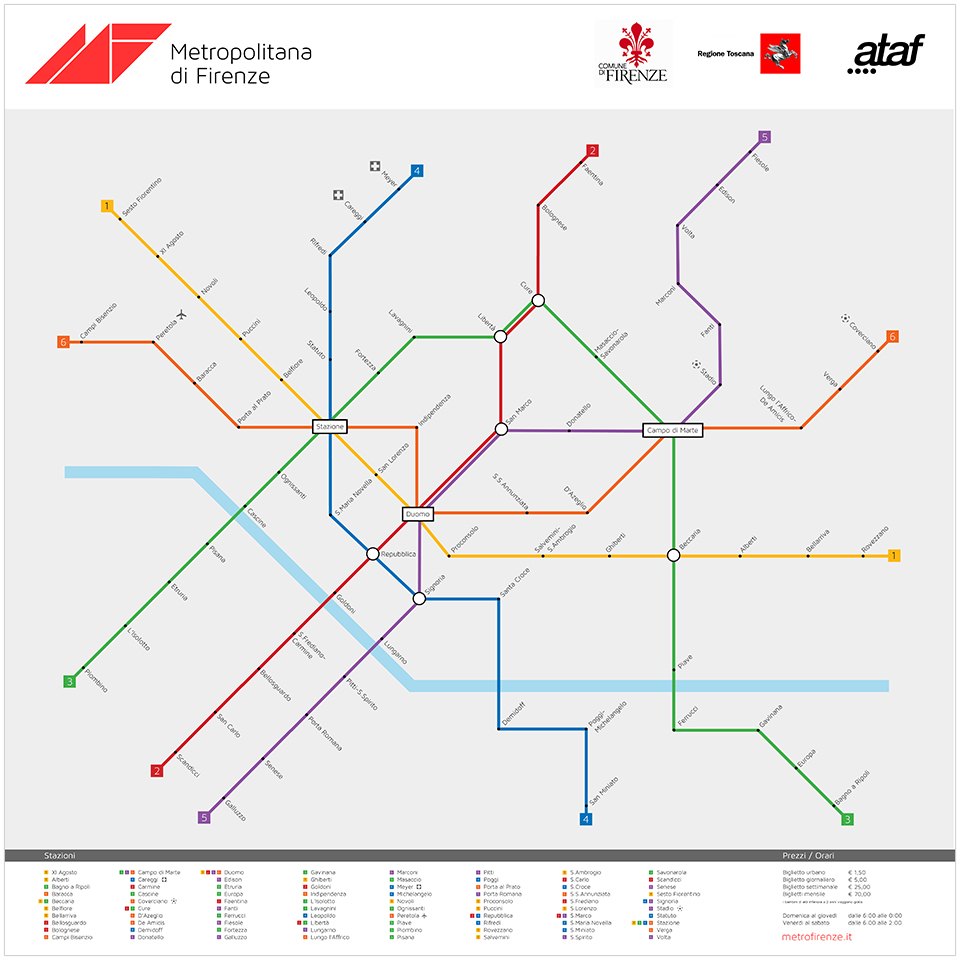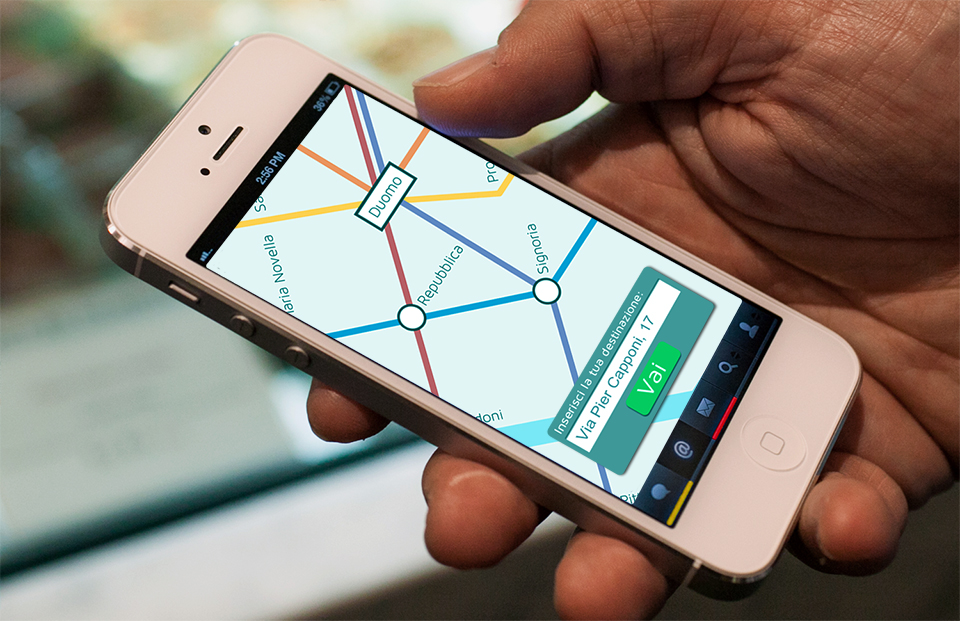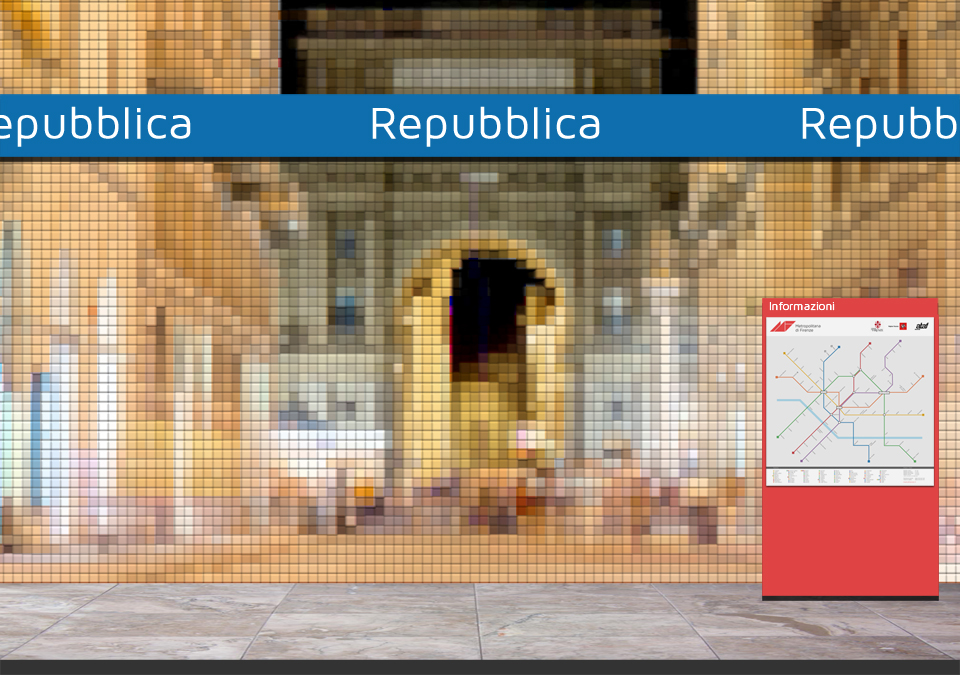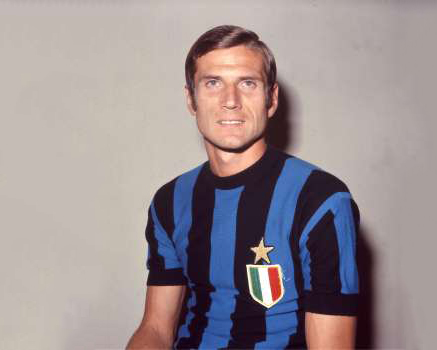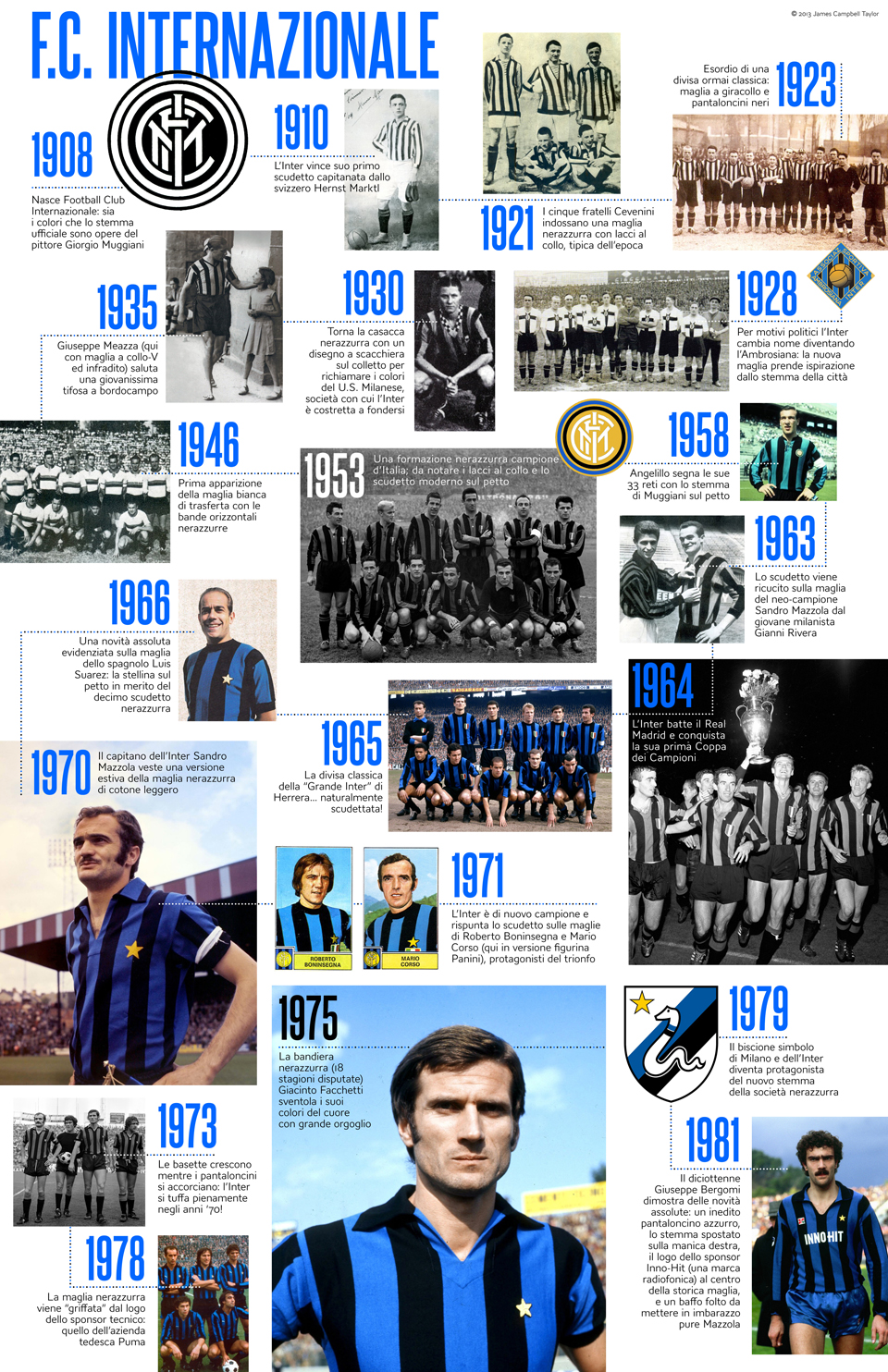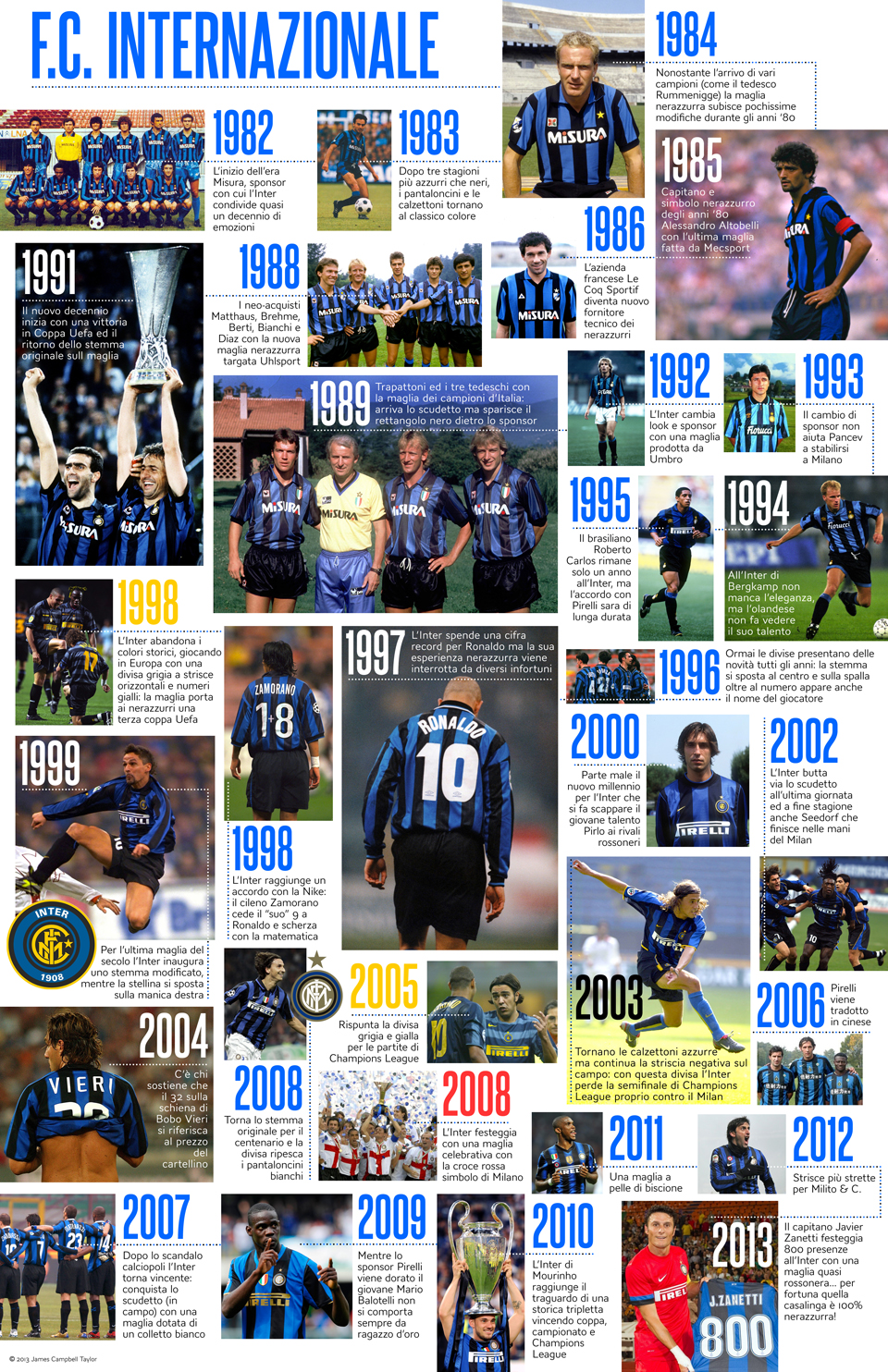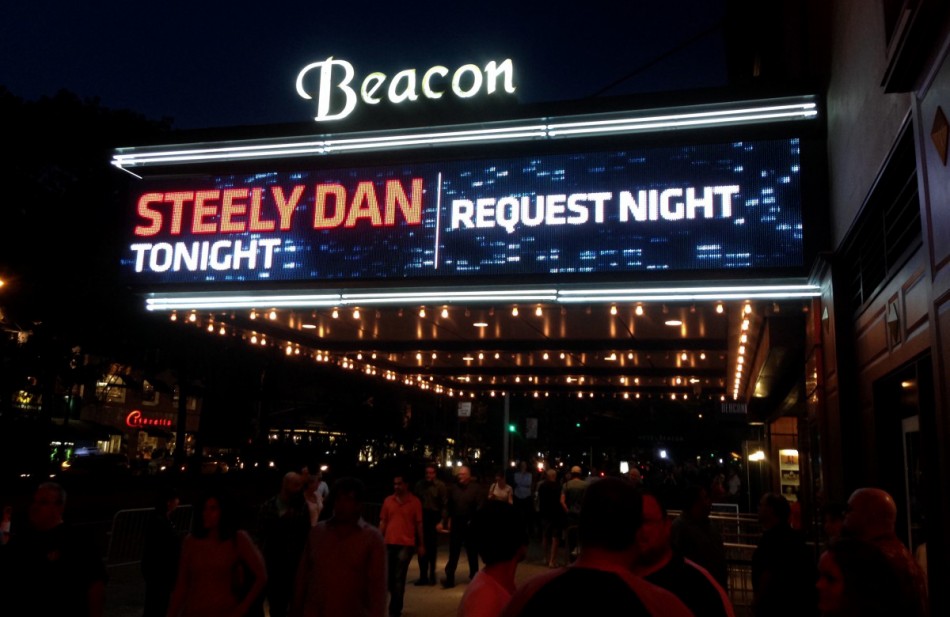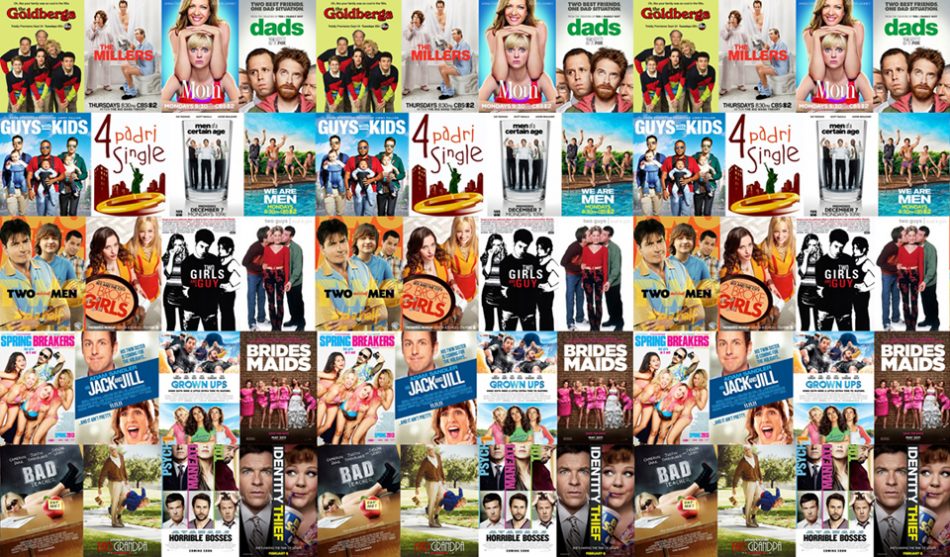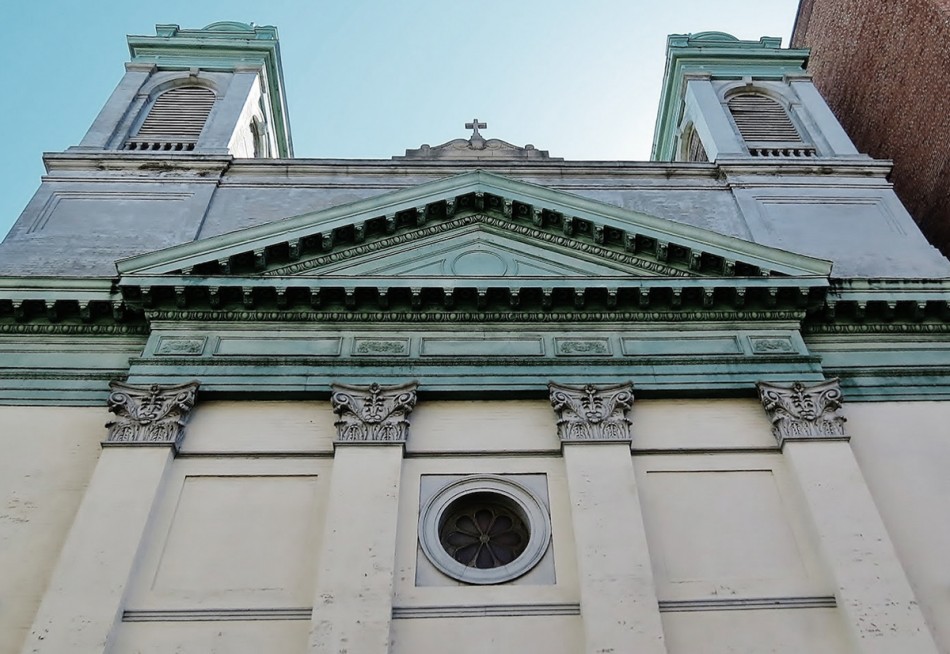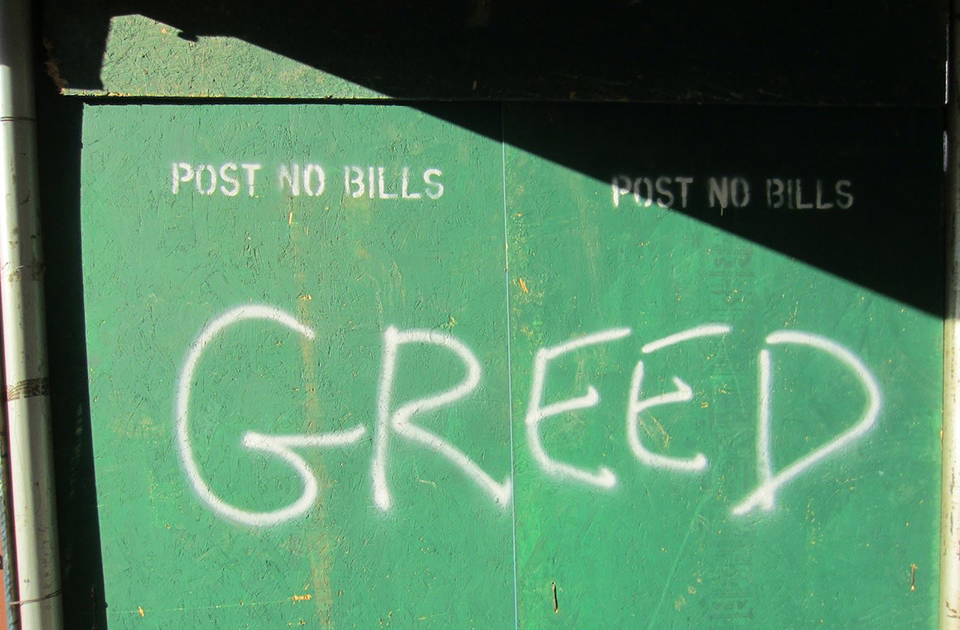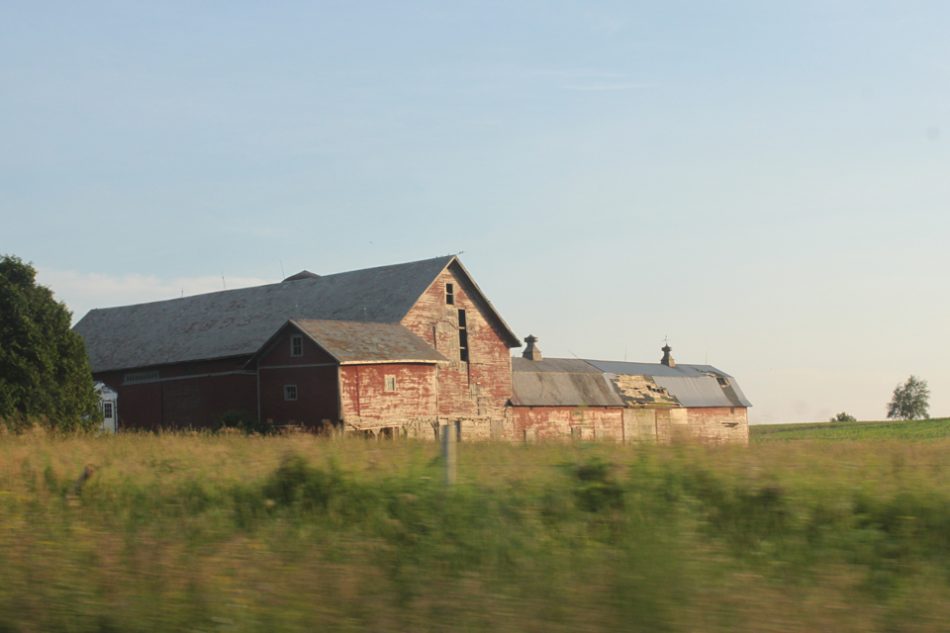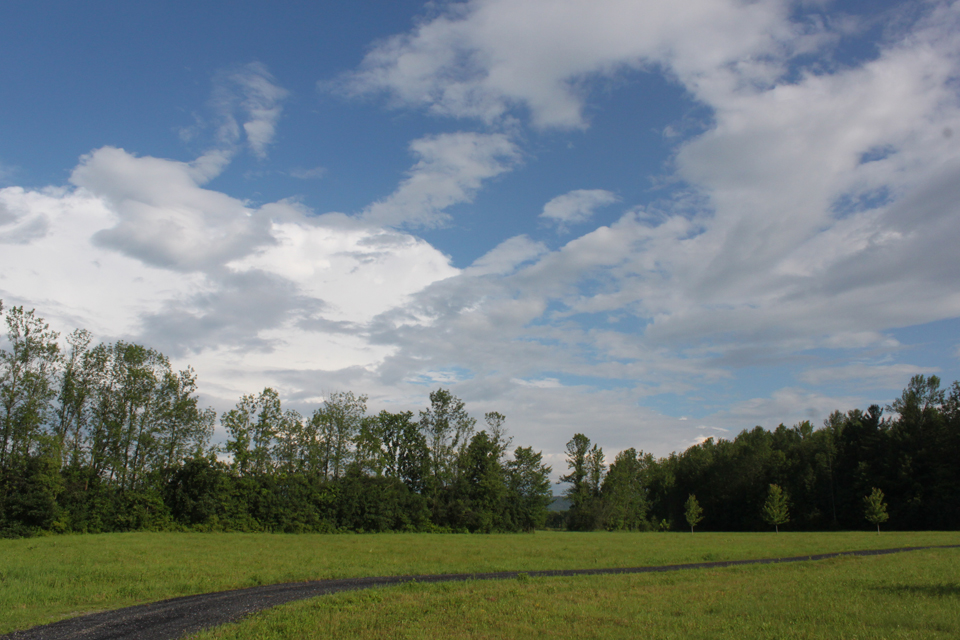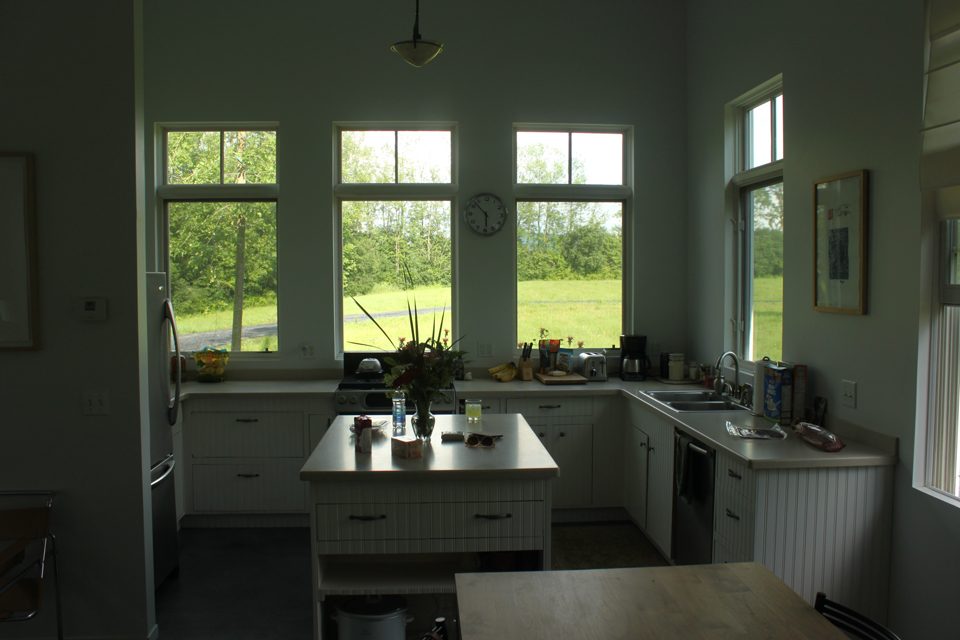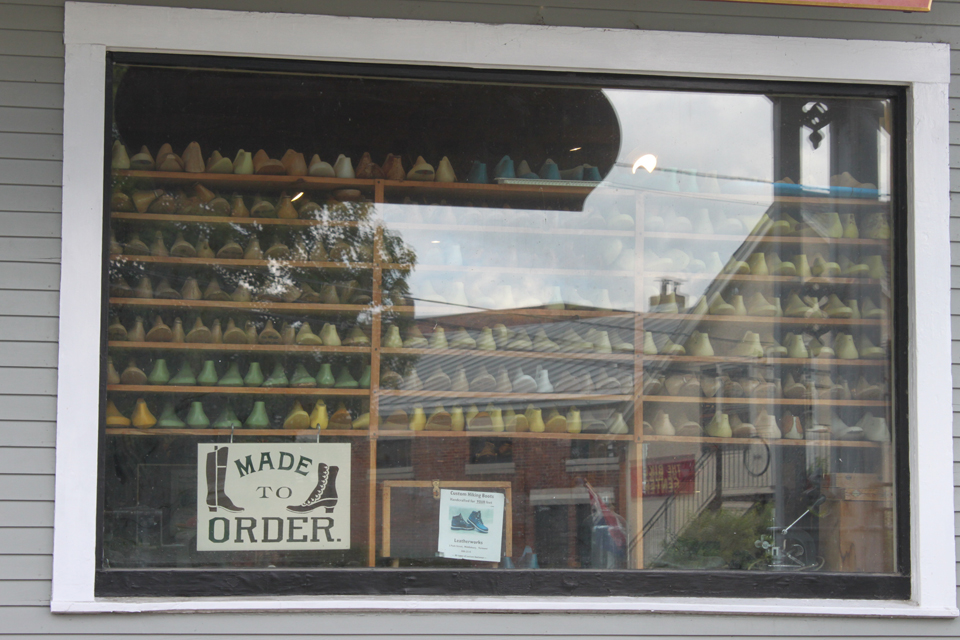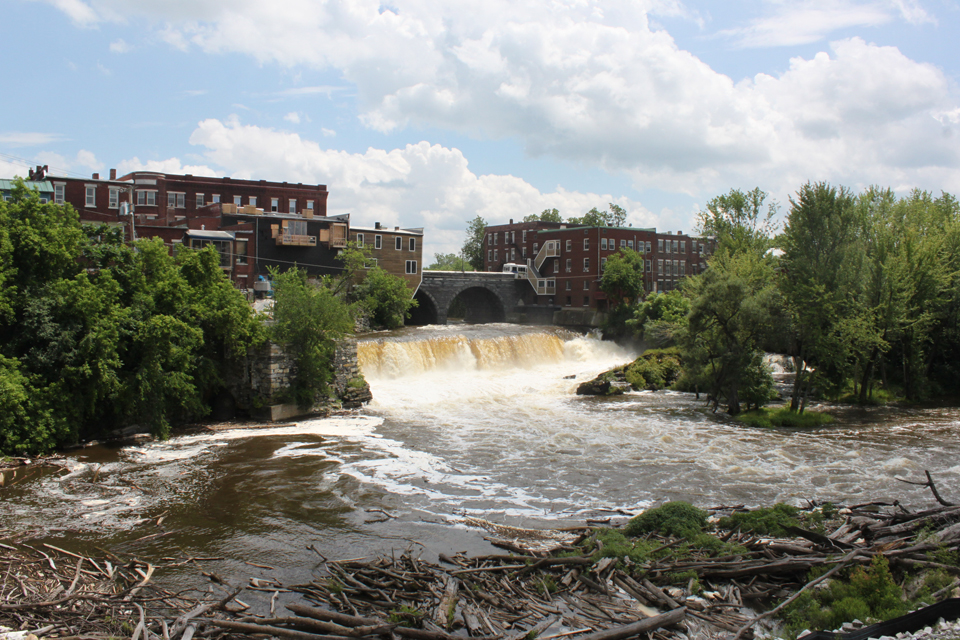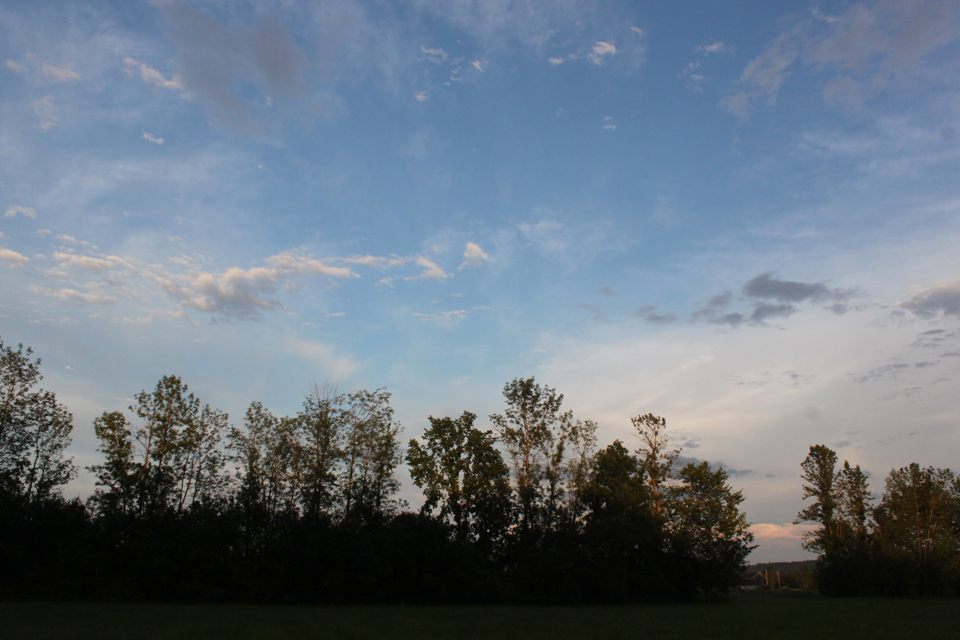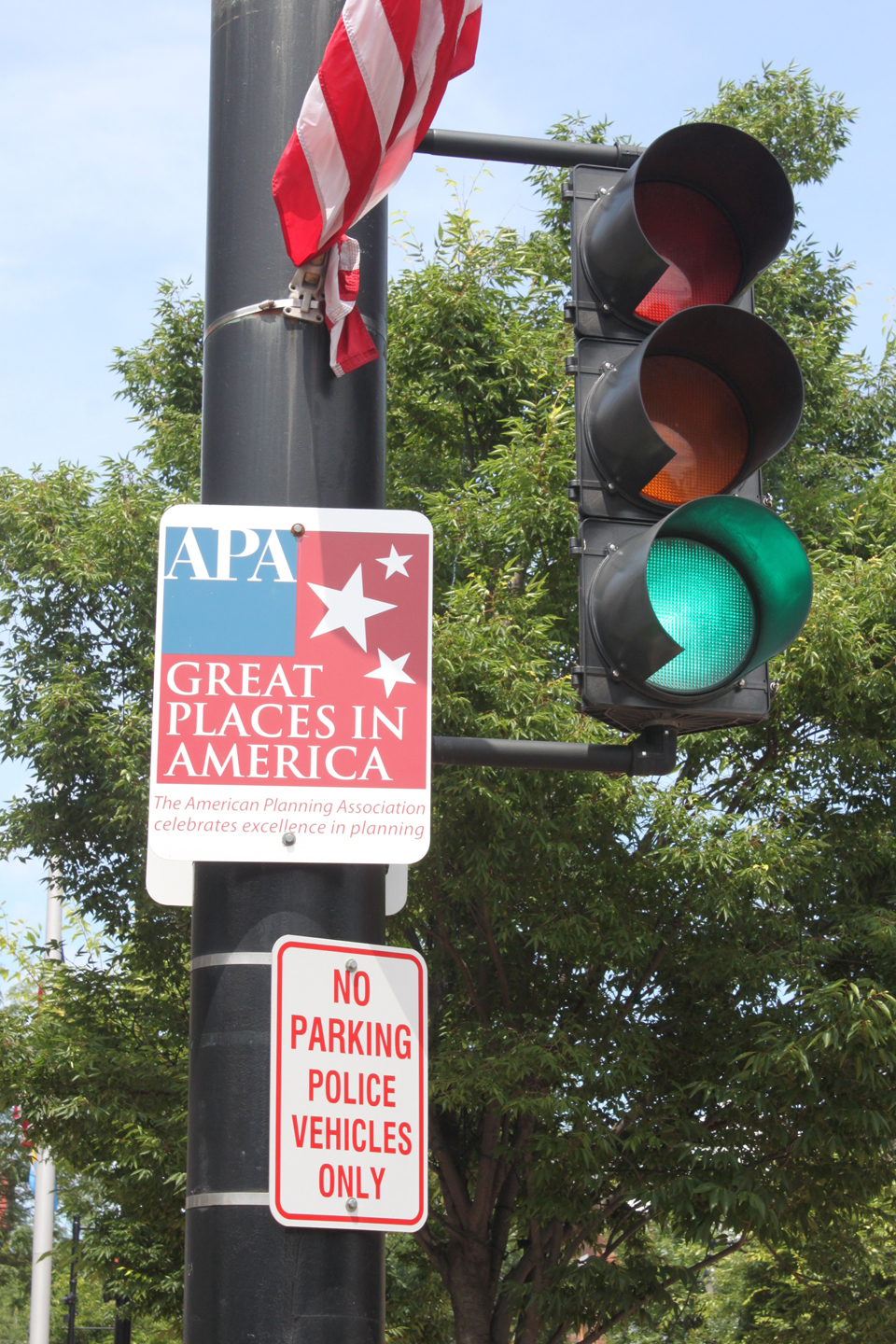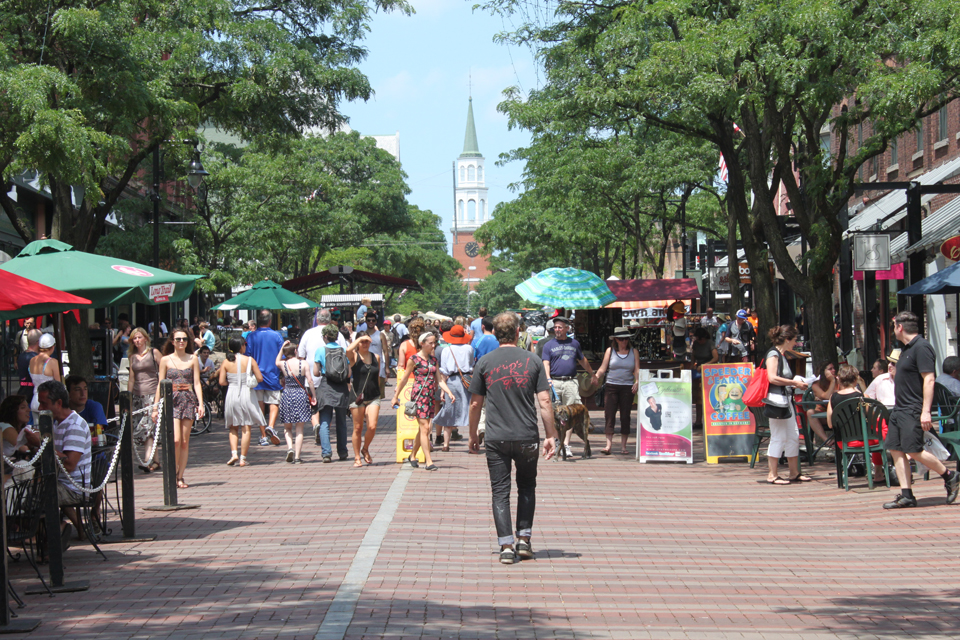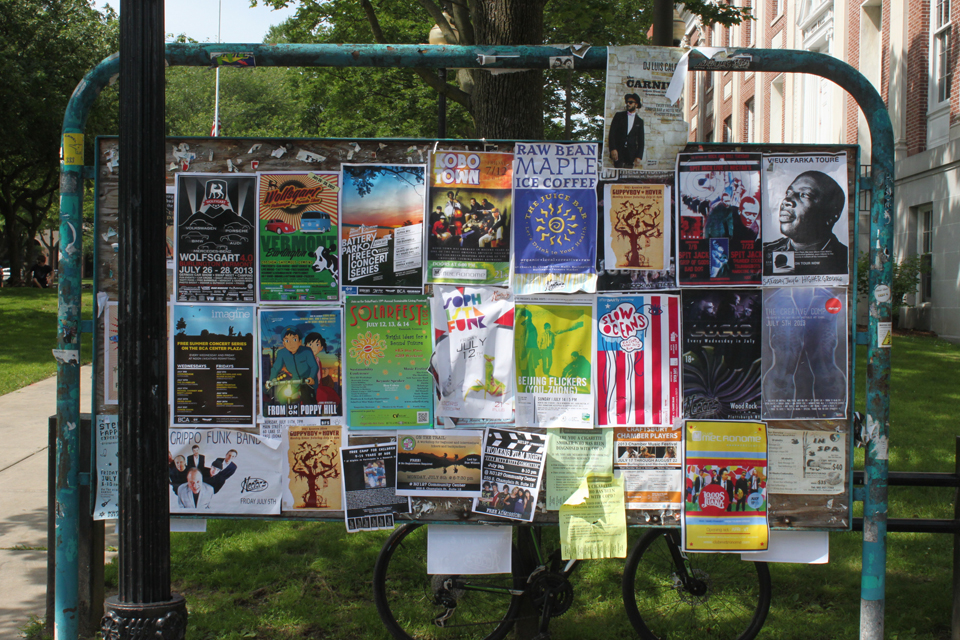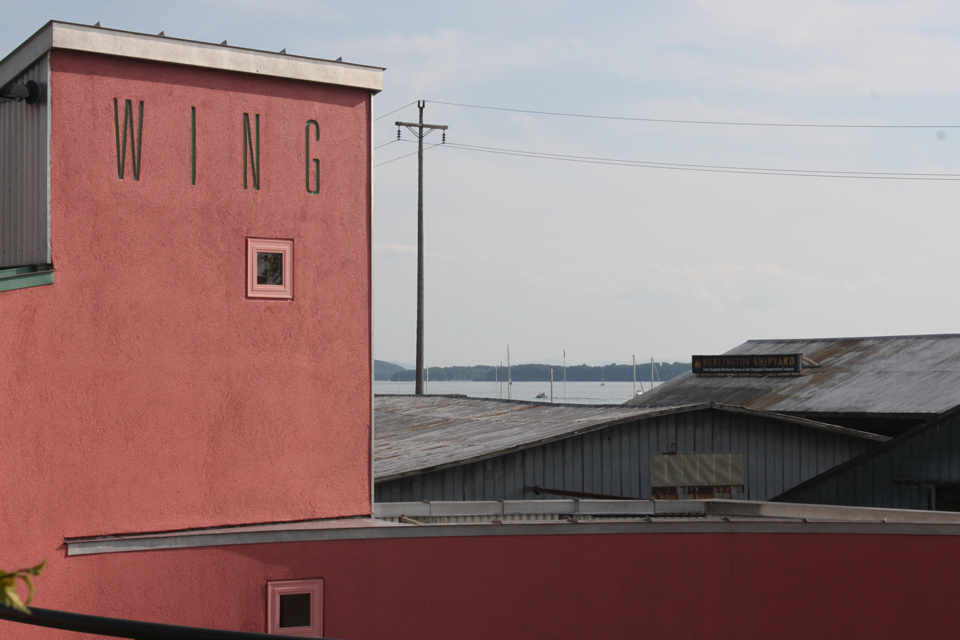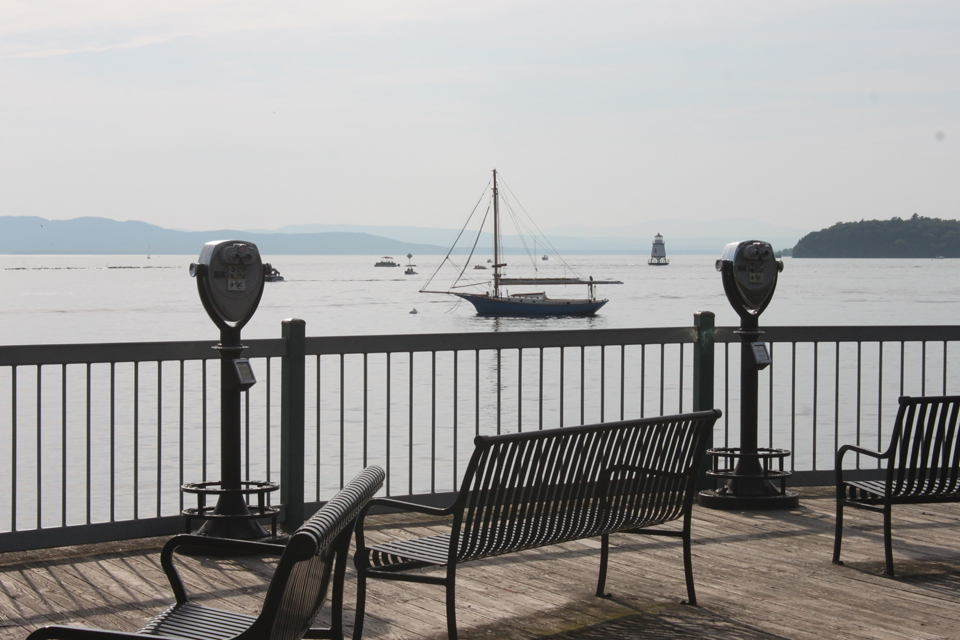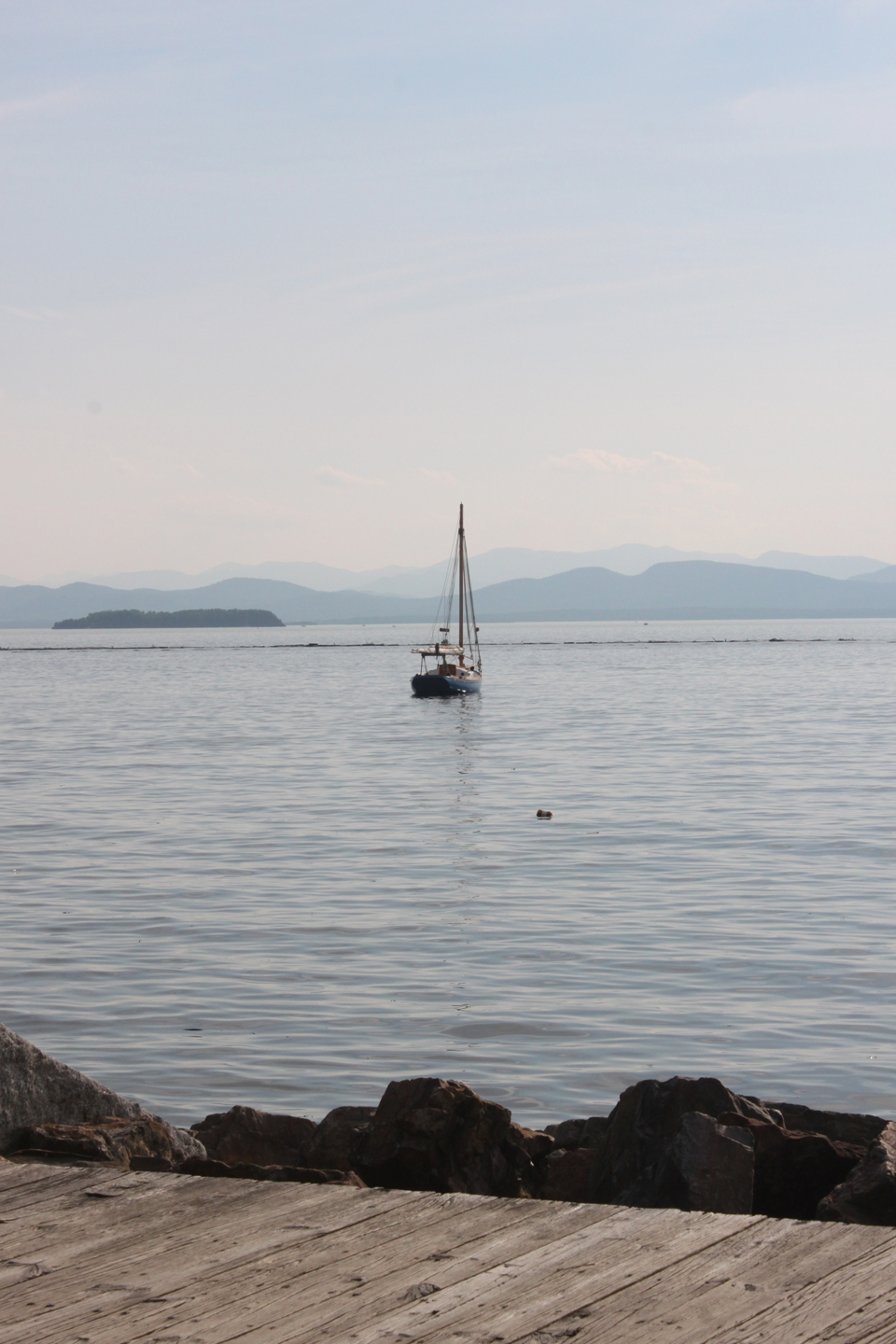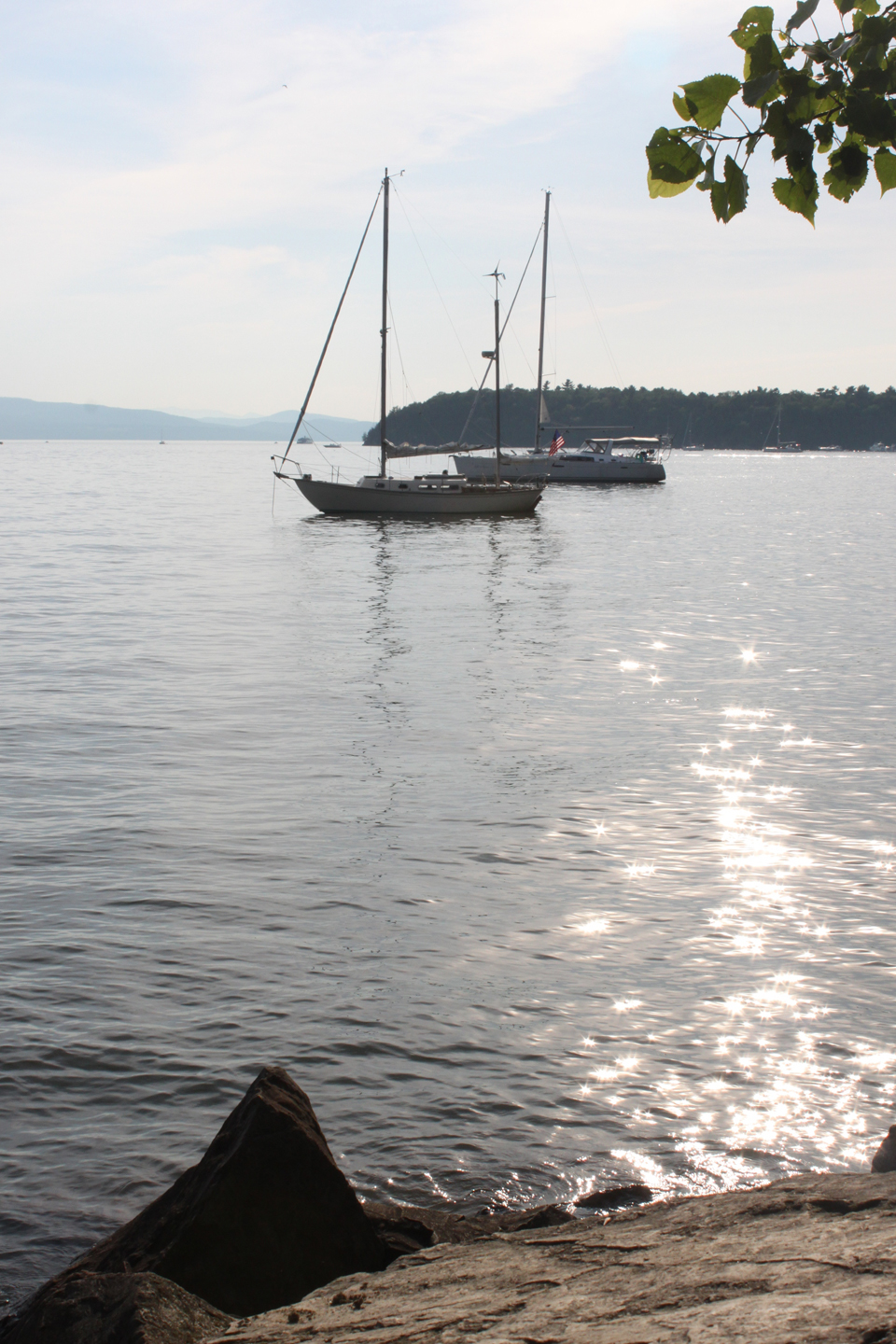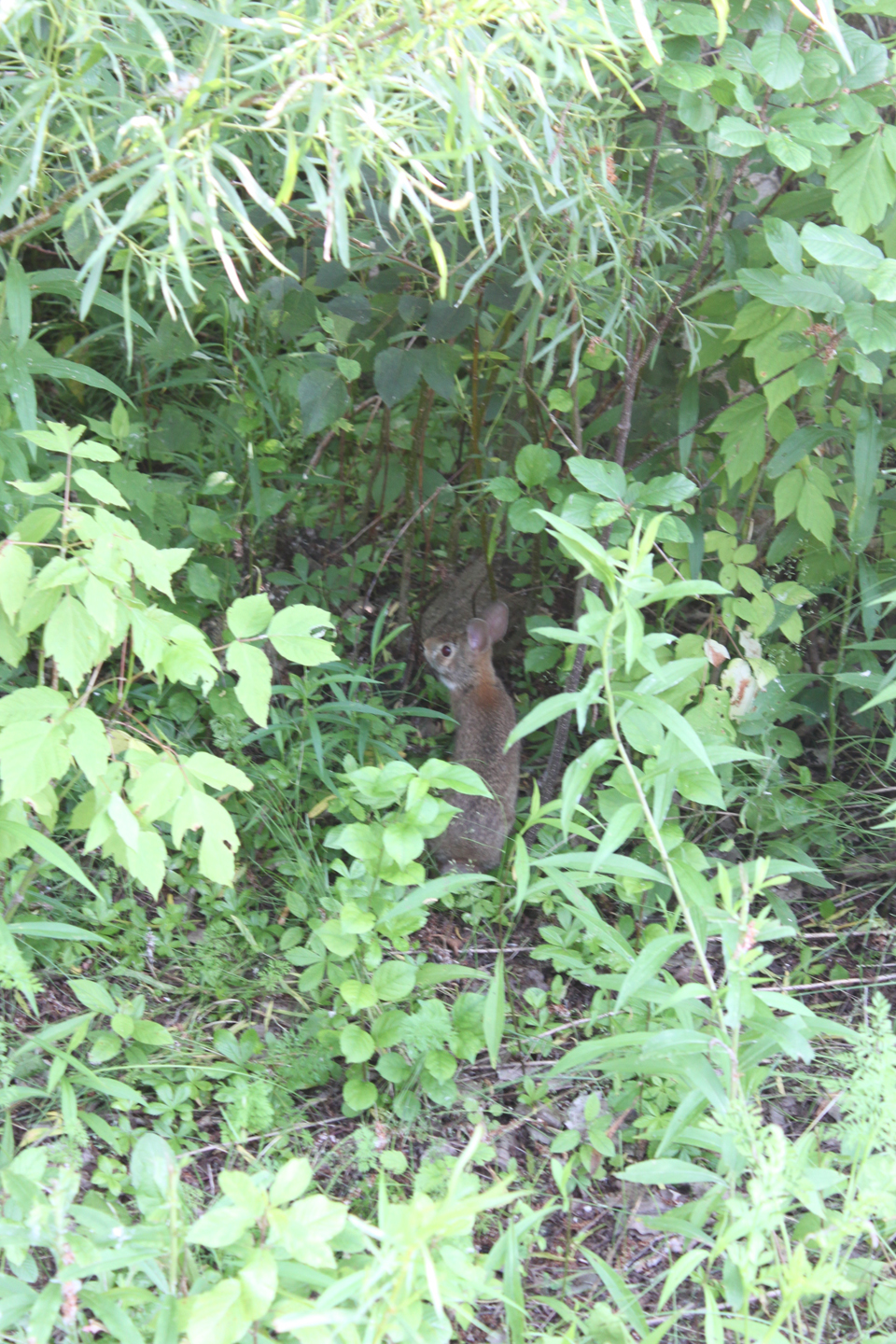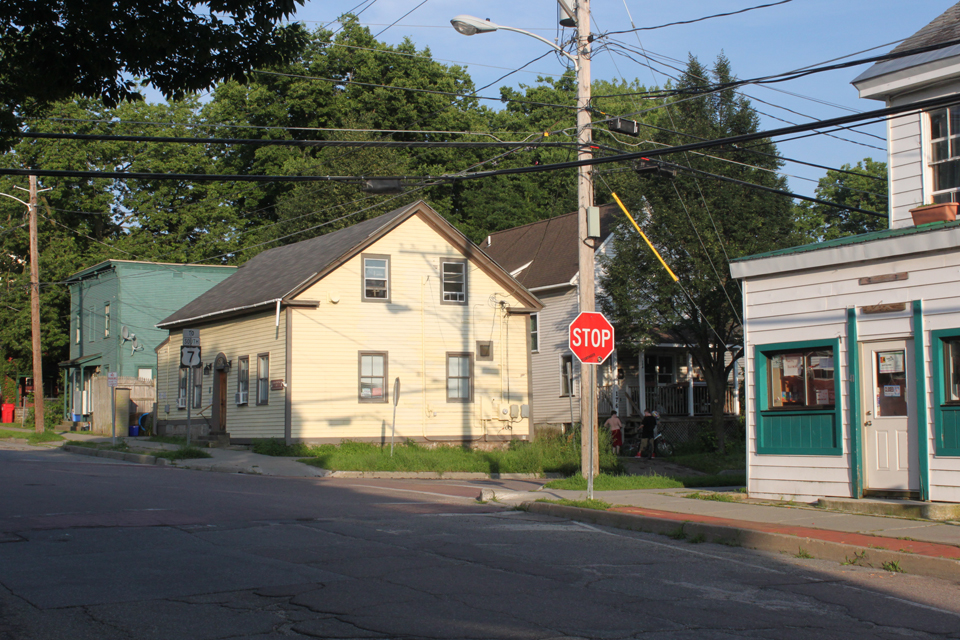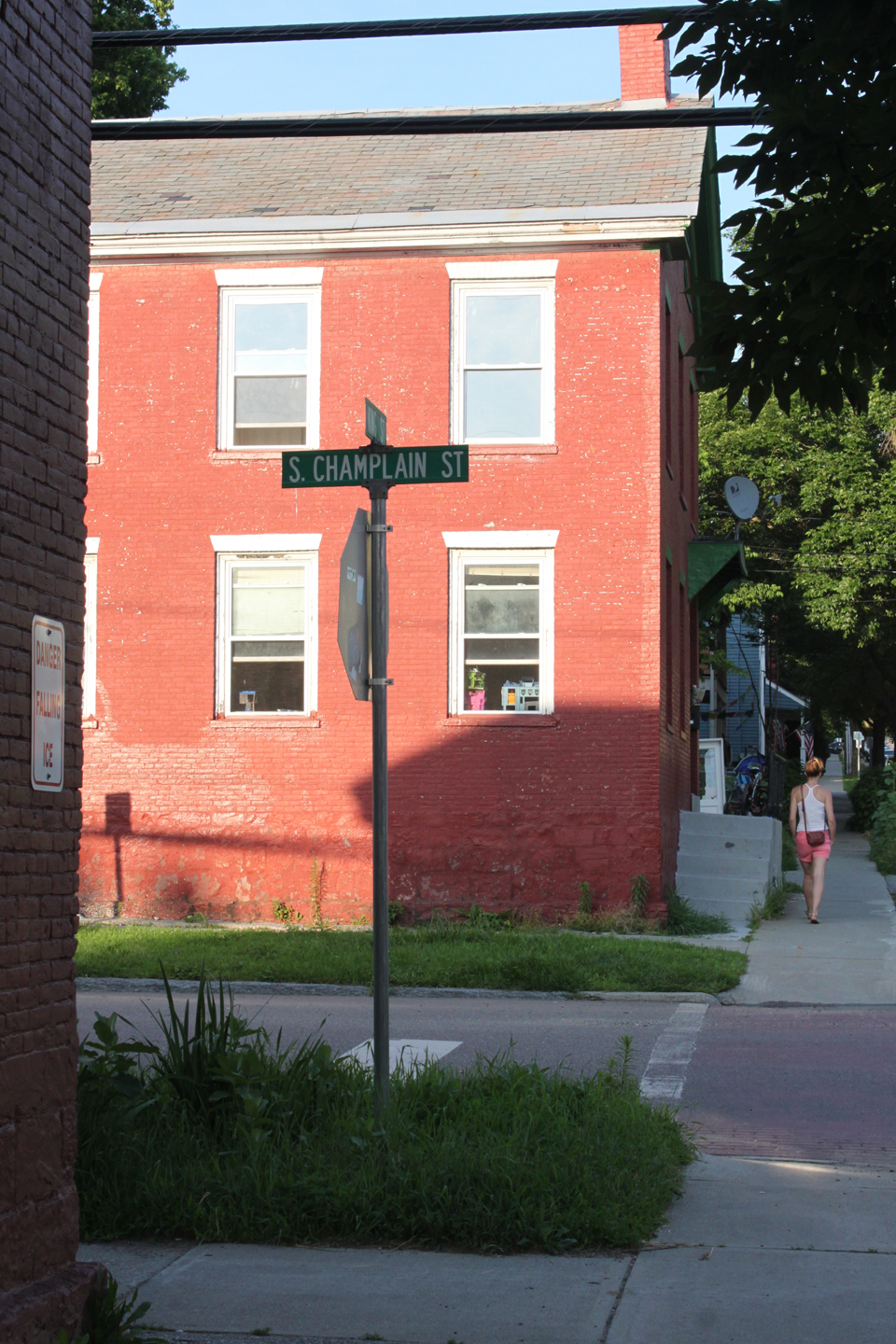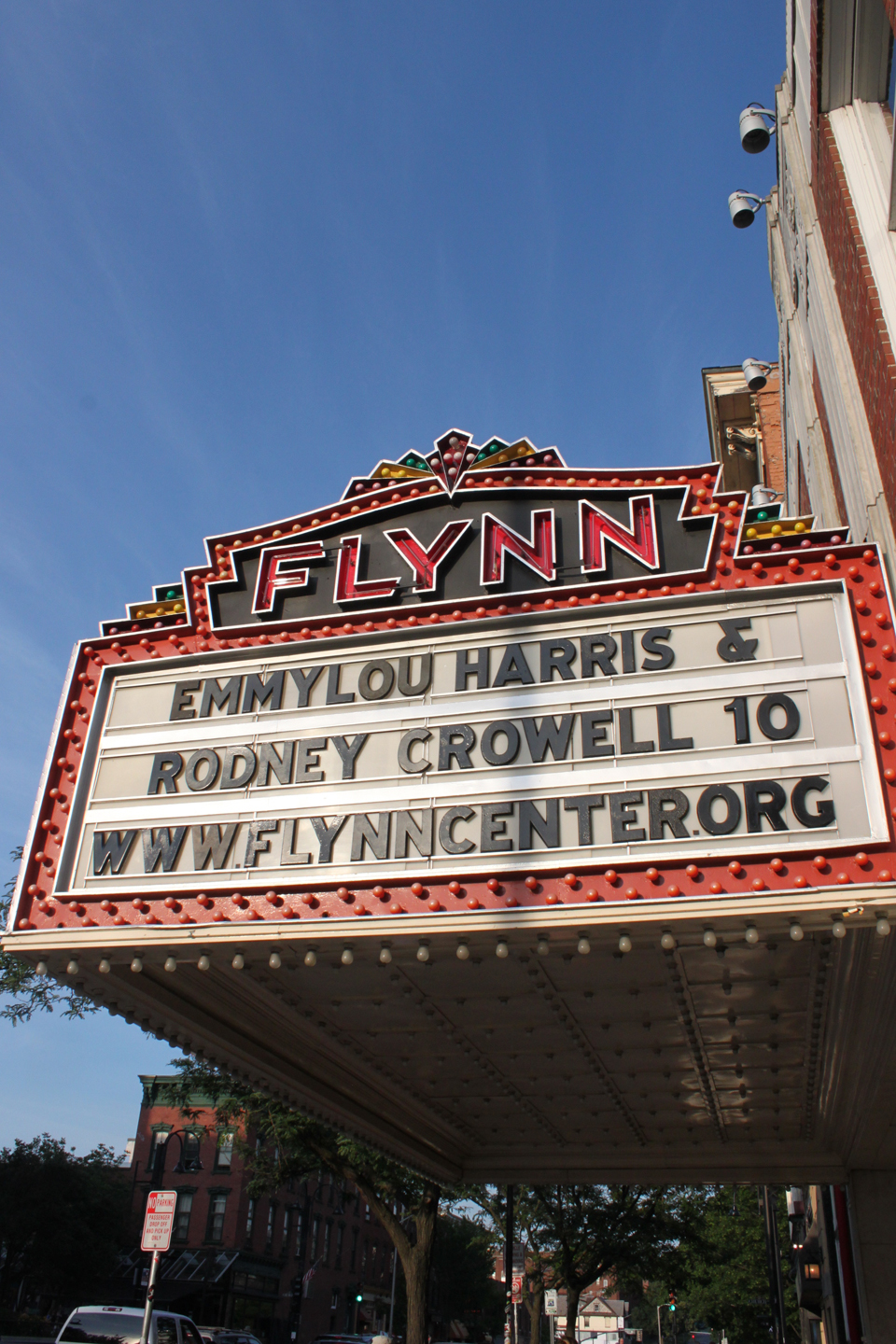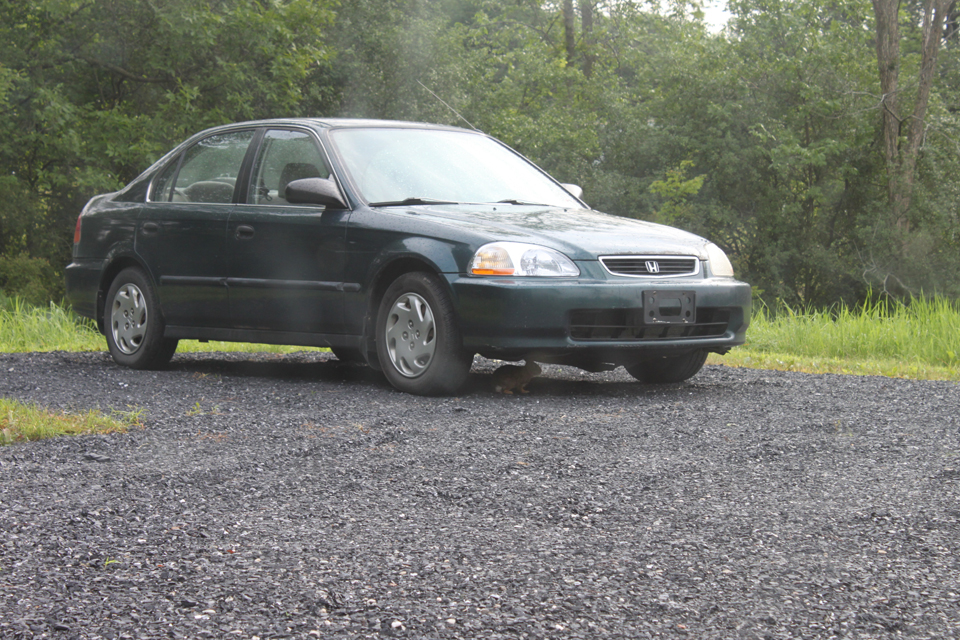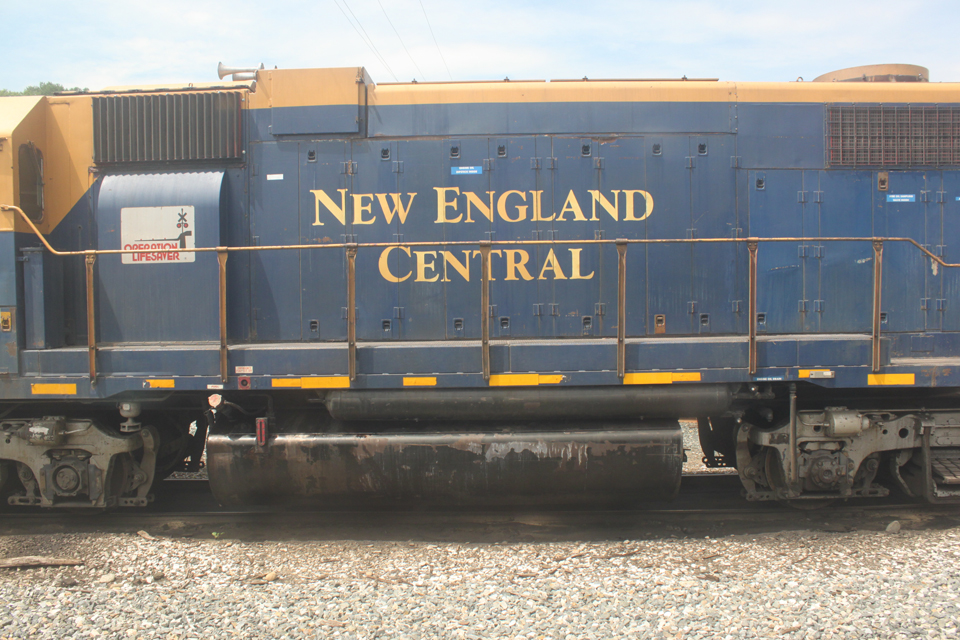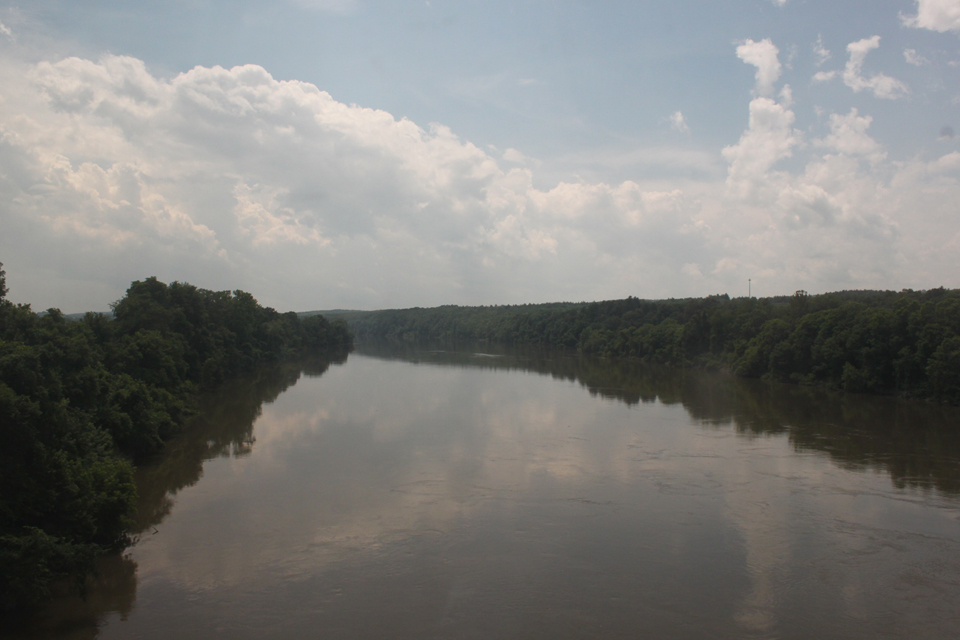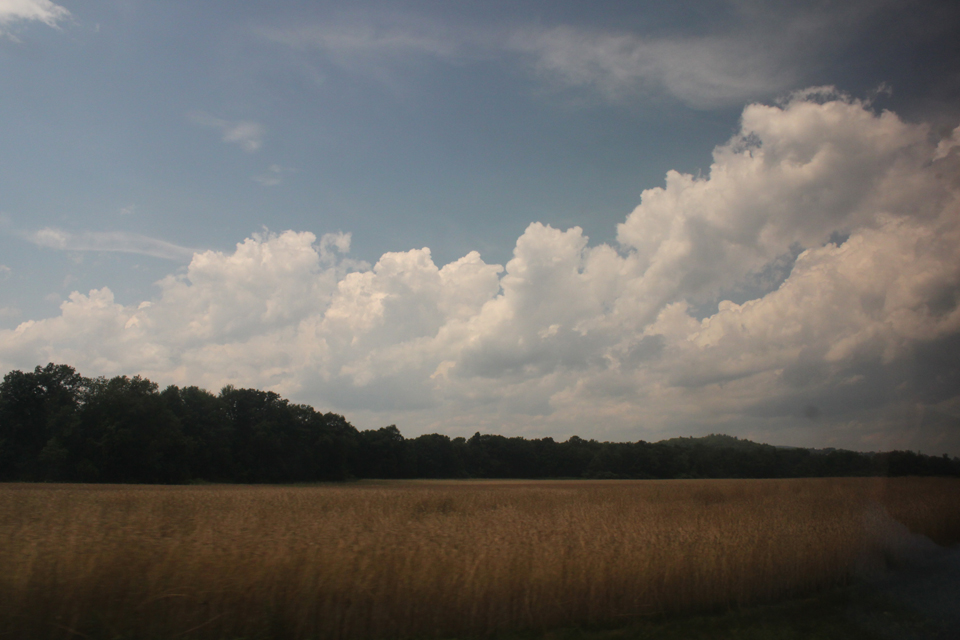A couple of years ago I wrote about what I had perceived as a growing trend in Hollywood for inserting the name of a movie’s main character into its title. While this tendency has not subsided completely, lately I’ve begun to notice other naming devices used by film and television producers (especially within the comedy genre) that do little to dispel perceptions that the industry’s creative well hath run dry. I no longer consider myself an avid viewer of network television, nor a frequent movie-goer (which I’d like to think says more about the deteriorating quality of both media than about me). But I live in New York City and have eyes, so I am well aware of what’s playing on screens both large and small, even if I would be reluctant to sit through most of it.
Using the character’s name as (or as part of) the title is a more recent phenomenon in relation to movies, but its application to the sitcom has a much longer tradition. This usually follows one of a number of successful formulas.
1) Character’s first name: Arsenio, Bette, Blossom, Cybill, Ellen, Frasier, Freddie, Hank, Jenny, Jesse, Joey, Kirstie, Mary, Maude, Nancy, Reba, Rhoda, Roseanne, Whitney;
2) Character’s name + character’s name: Dharma & Greg, Kate & Allie, Kath & Kim, Laverne & Shirley, Melissa & Joey, Mike & Molly, Mork & Mindy, Ozzie & Harriet, Will & Grace, and in a slight variation, Joanie Loves Chachi;
3) Character’s name + some kind of description of their state or circumstance: Caroline in the City, Everybody Loves Raymond, Everybody Hates Chris, Grace Under Fire, Hangin’ with Mr. Cooper, Samantha Who?, Suddenly Susan, Veronica’s Closet;
4) Multiple character names presented as a list: Bob & Carol & Ted & Alice or Zoe, Duncan, Jack and Jane. Seinfeld and Becker are rarities in that they used the title character’s last name, a convention more often applied to police detective series (it’s worth noting that neither show could be called “cozy” while both employed a more sarcastic brand of humour.)
As you will have noted some of these character names are supplied by the star on whom they are often loosely based. Lucille Ball (I Love Lucy, The Lucy Show, Here’s Lucy, Life With Lucy) and Bill Cosby (The Bill Cosby Show, The New Bill Cosby Show, The Cosby Show, The Cosby Mysteries) were rarely involved in anything that didn’t have their own name attached. The convention of The [insert star actor’s name here] Show has been applied to almost every beloved entertainer in American TV history. This year Michael J. Fox adds his name to a list that includes Andy Griffin, Bernie Mac, Betty White, Drew Carey, Doris Day, Donna Reed, Geena Davis, George Wendt, Jimmy Stewart, Jamie Foxx, Joey Bishop, Larry Sanders, Michael Richards, Mary Tyler Moore, Mickey Rooney, Phil Silvers, Paul Reiser, Tony Danza, Tony Randall and Tom Ewell.
Many sitcoms continue to revolve around the family unit — or some unconventional twenty-first century version of it — and it’s remarkable how many have included the word “family” in the title (All in the Family, Family Ties, Family Matters, Happy Family). This fall two more domestic comedies, Welcome to the Family and Family Guide, have landed on our screens, perhaps seeking to cash in on the recent success of Modern Family. A less common alternative is the cozy pluralization of the fictional family’s last name a la The Jeffersons, though we currently have two new families feuding for ratings: The Goldbergs and The Millers (not to be confused with the contemporaneous movie release, We’re The Millers).
Given the recent disintegration of the classic American sitcom format, there is something particularly quaint about such tried and trusted naming conventions. Far less appealing is the latest tendency for many recent shows to be lumbered with non-titles, or rather barely descriptive labels. This is by no means a new development, but perhaps gained popularity following the huge success of a mid-90s ensemble sitcom that started life as “Insomnia Café”, later becoming “Friends Like Us” before being abbreviated simply to Friends. Lately it seems this approach has reached absurd extremes. This fall season kids across America can see Mom on CBS and Dads on Fox. Perhaps the worst examples are Men of a Certain Age, We Are Men and Guys with Kids, all short-lived shows about, well, you guessed it). I was recently surprised to see a trailer for an Italian movie called 4 padri single (“4 single dads”), proof that the trend is not exclusive to this country or even to the English language.
This meta approach to giving shows deliberately uncreative titles reaches its nadir with what I call the “list” approach. I don’t know if Three Men and a Baby was the earliest case, but several sitcoms followed whose titles essentially described the cast in the most basic of terms: My Two Dads, Two Guys And A Girl (originally called Two Guys, a Girl and a Pizza Place, and not to be confused with the Robert Downey Jr. movie Two Girls and a Guy), Two and a Half Men, 2 Broke Girls and Girls are the best examples.
I’m not sure if cinema trends influence television or vice-versa, but there have been several movies (all comedies) in the last couple of years that do nothing to eradicate this annoying habit: Grown-Ups, Bridesmaids, Spring Breakers, Horrible Bosses, Identity Thief, Tower Heist, Zookeeper, Bad Teacher, even Bad Grandpa. In an age in which television seems to exist primarily for the purpose of generating social media posts it’s not surprising that priorities have shifted. Few people actually sit down to watch TV as it airs; instead the best parts of shows are enjoyed after the fact on YouTube or as live trending tweets. Similarly most movies are available on DVD or streaming before their cinema run has ended. Faced with such an excess of competition, the titles of TV shows and movies no longer have to appeal or intrigue, but rather explain a premise as quickly as possible, that would-be viewers can understand without even watching it. I can only assume that this irritating fad will subside only after reaching its obvious conclusion, in which titles are combined with a one-word review. Although incredibly, neither “Unfunny Sitcom” nor “Bad Movie” sound particularly far-fetched.
